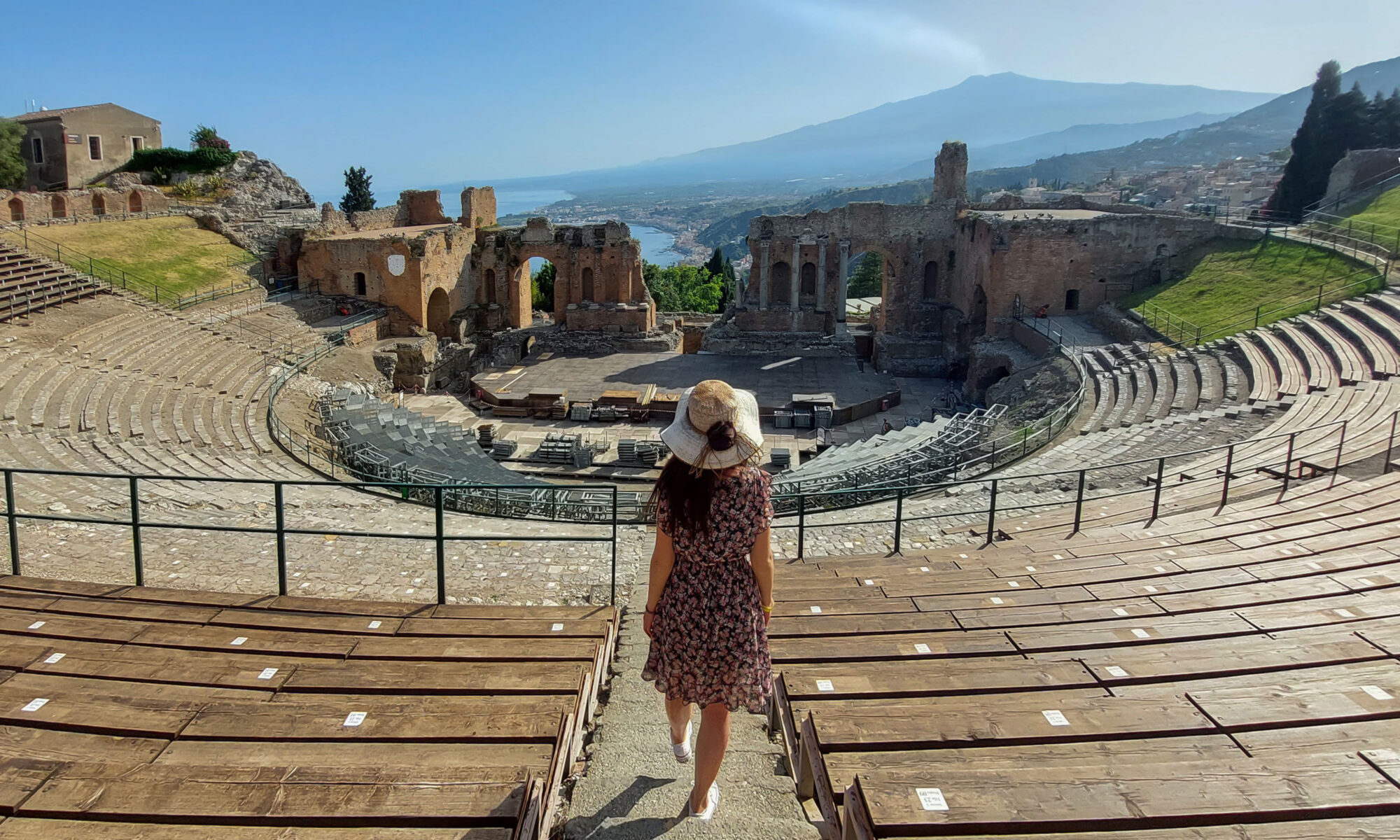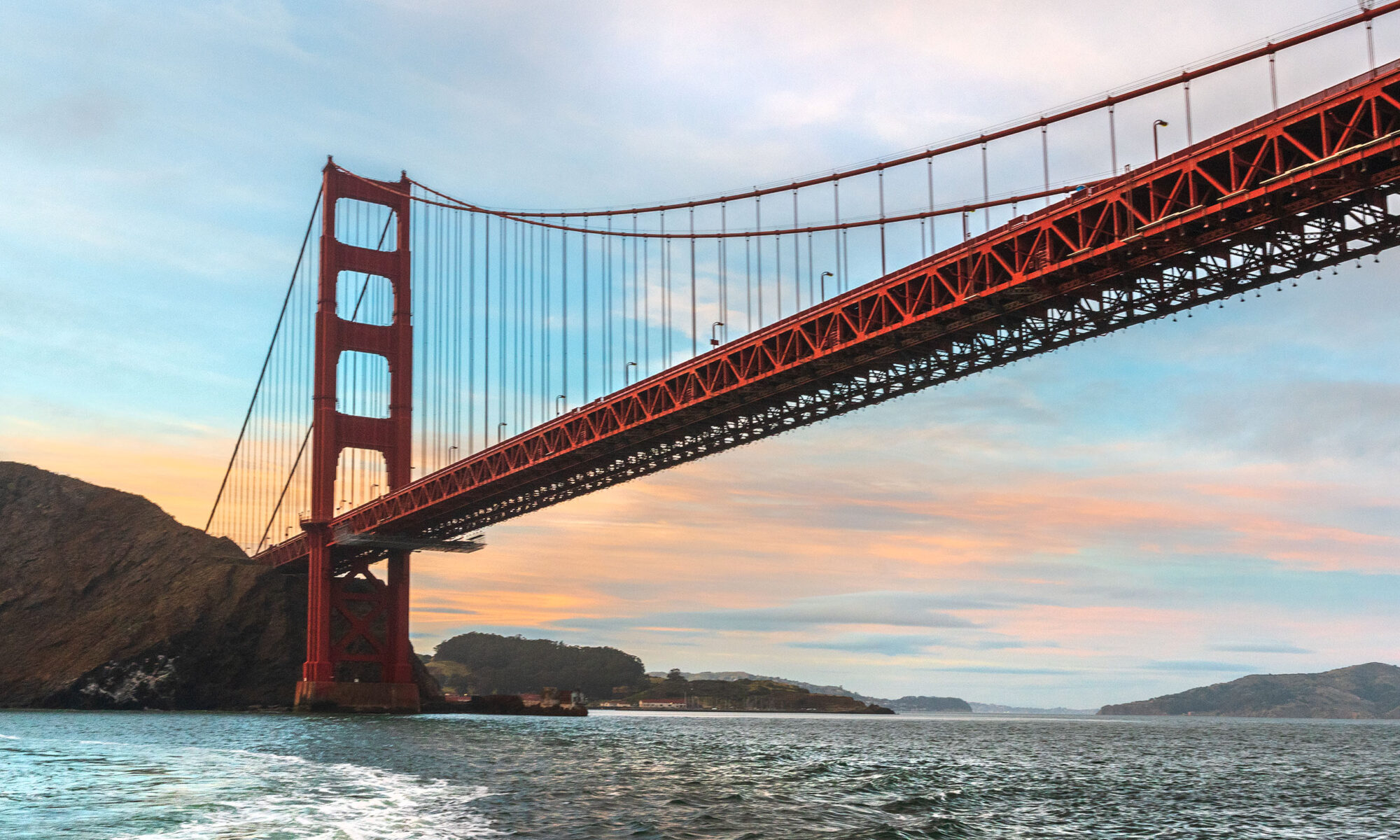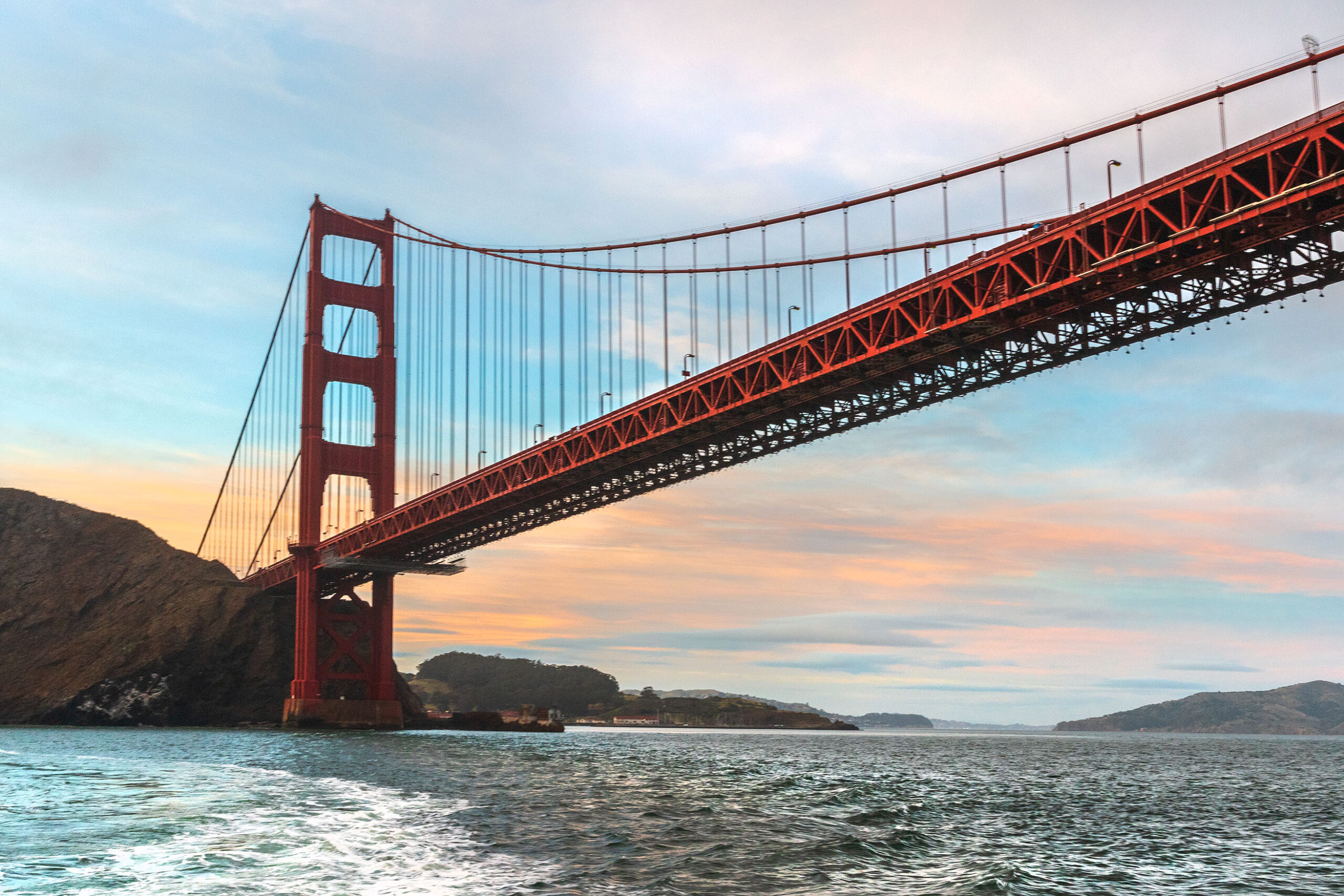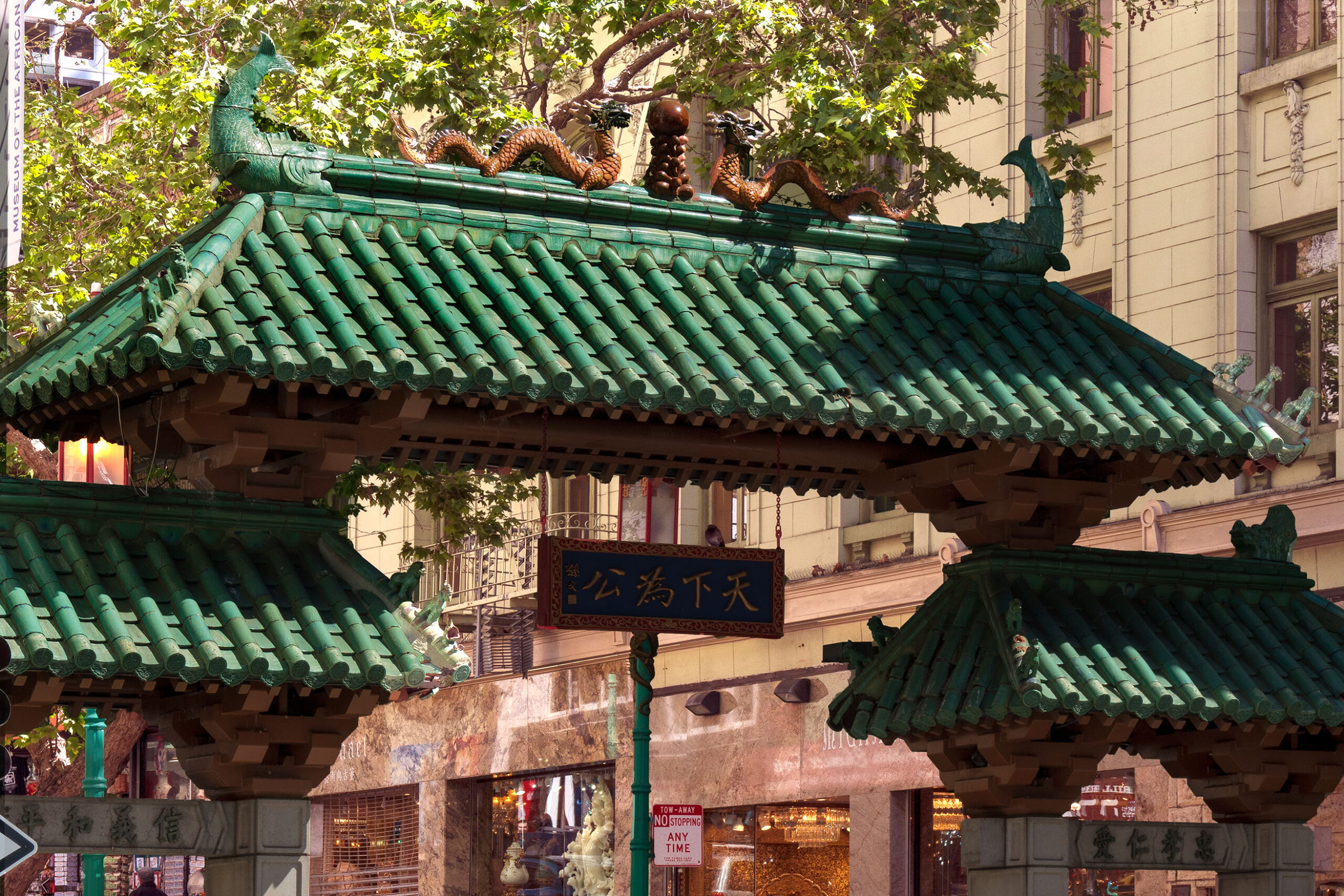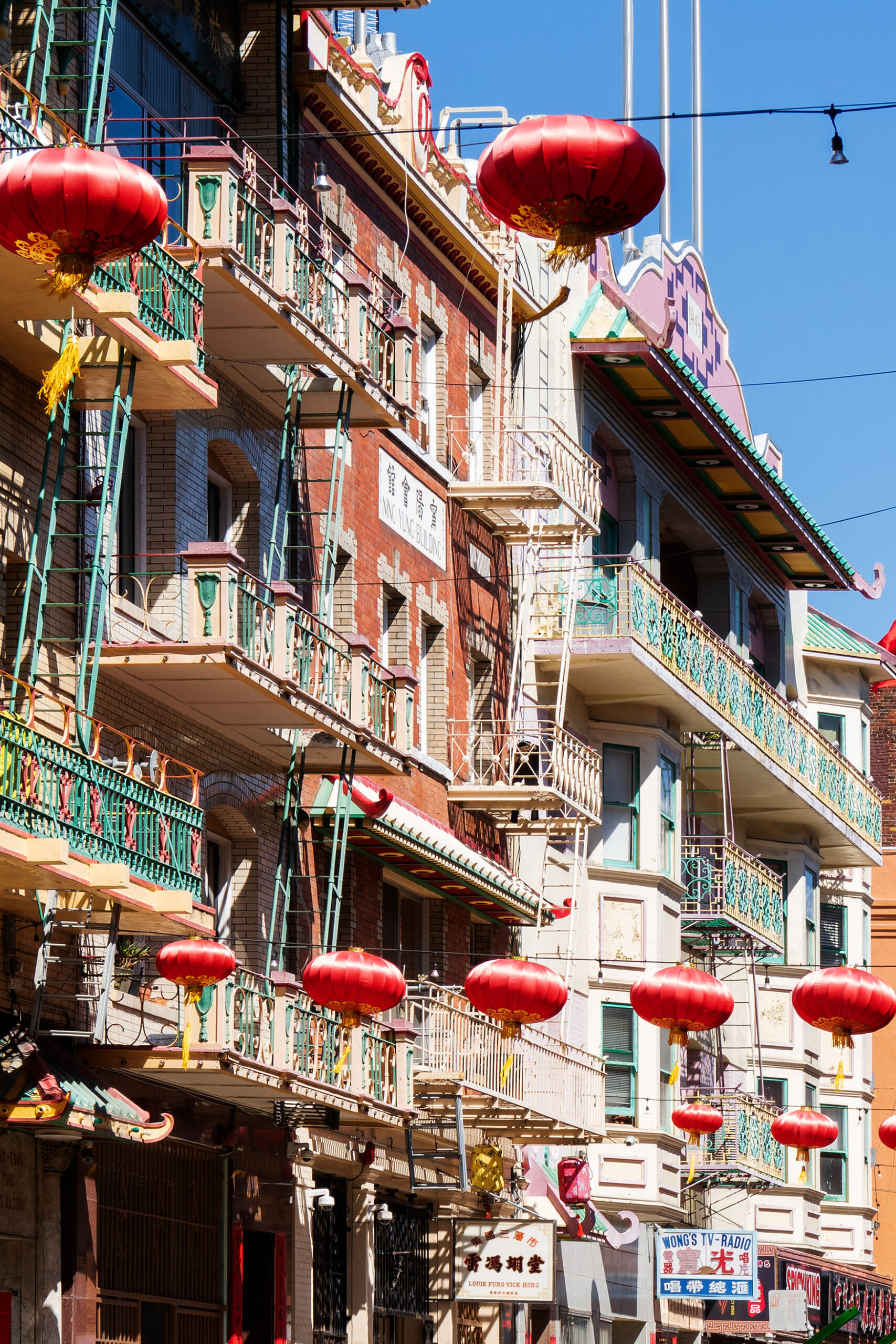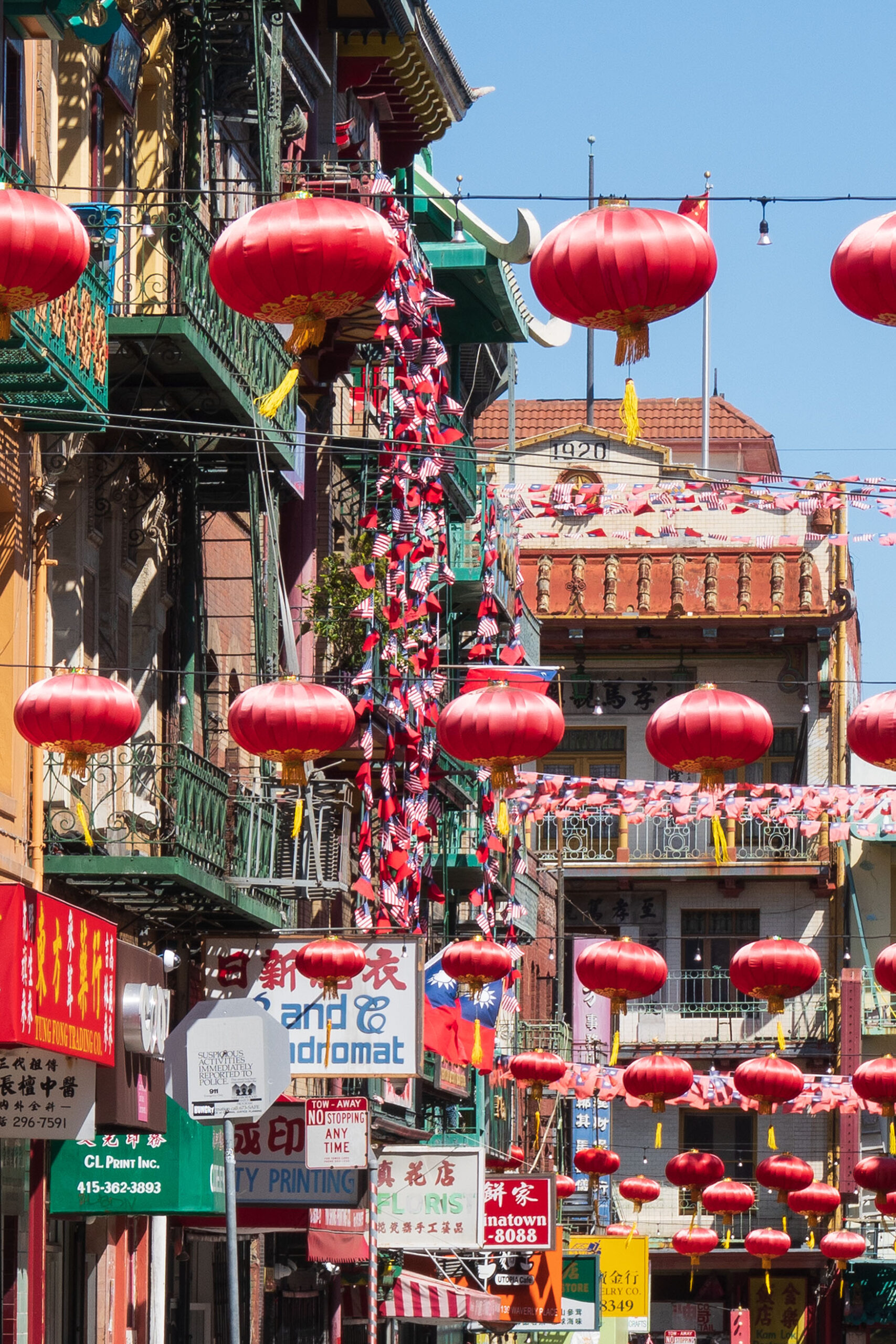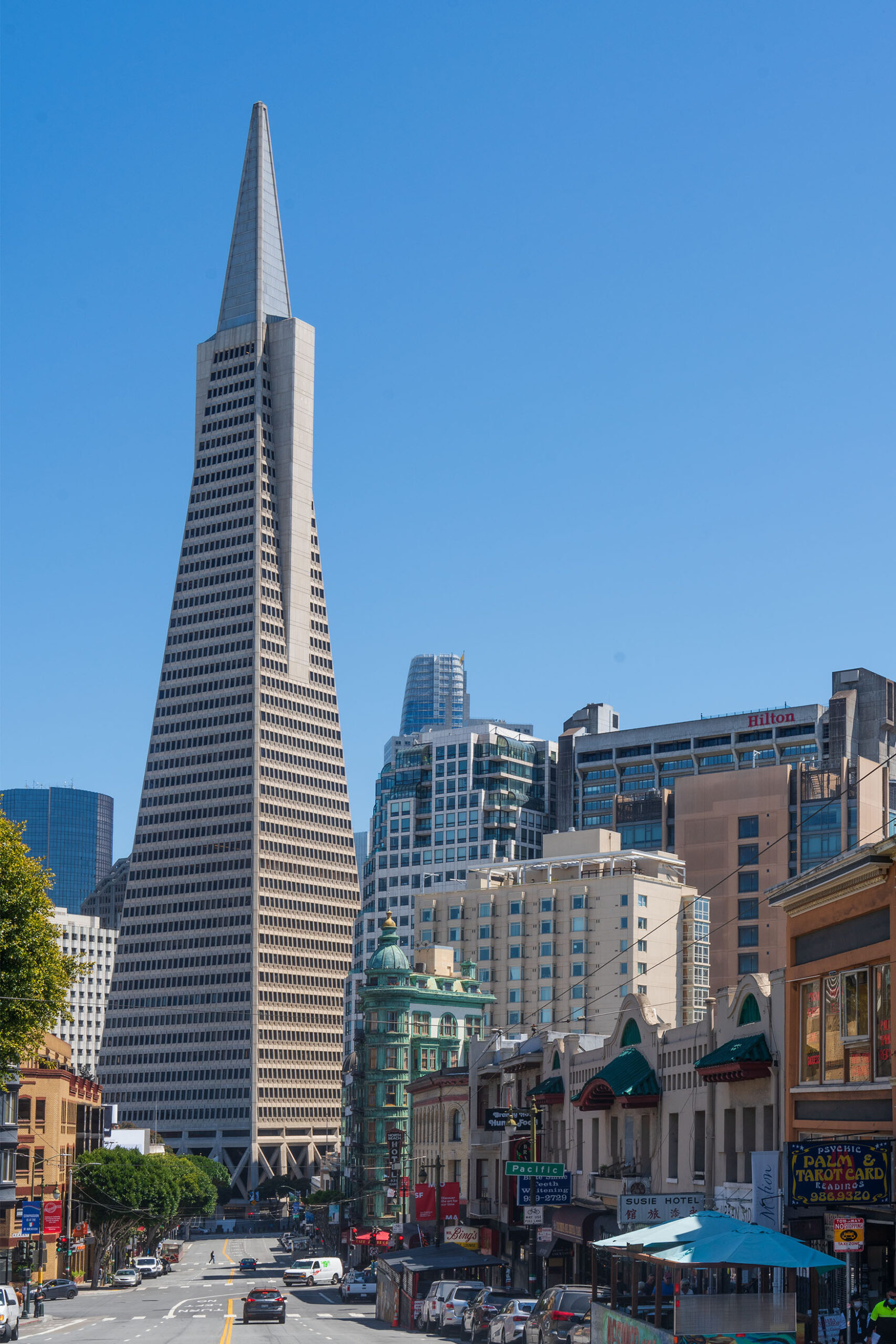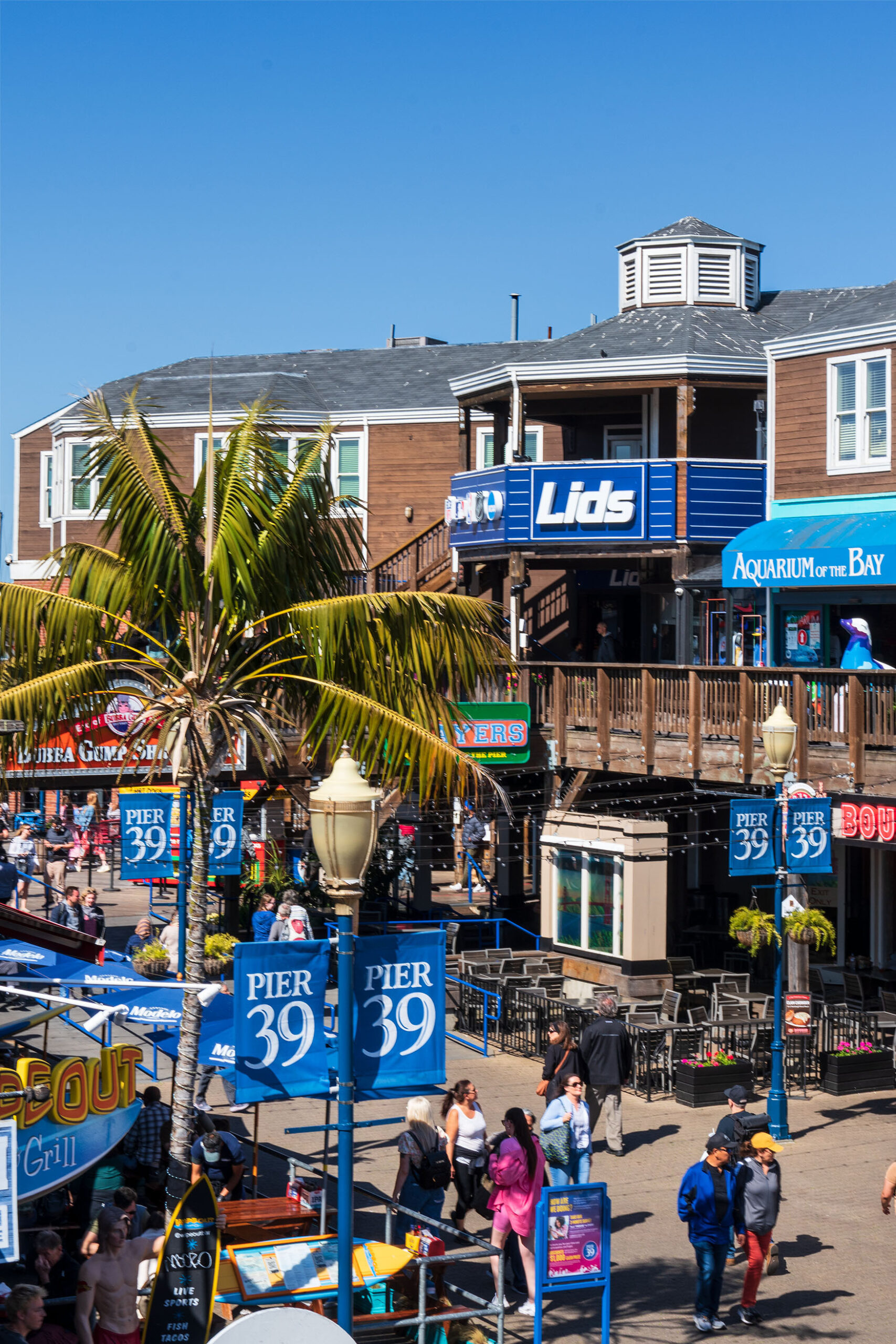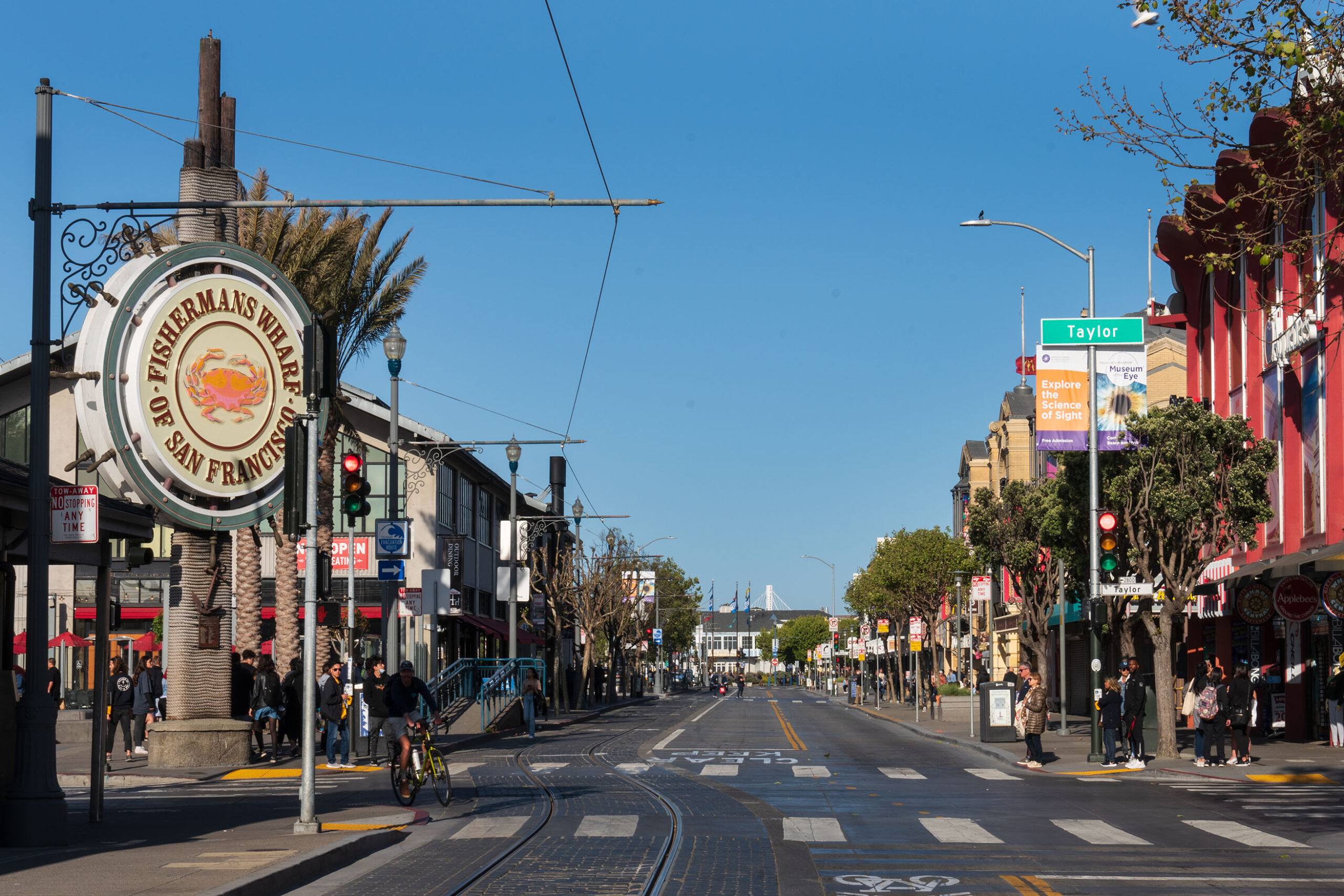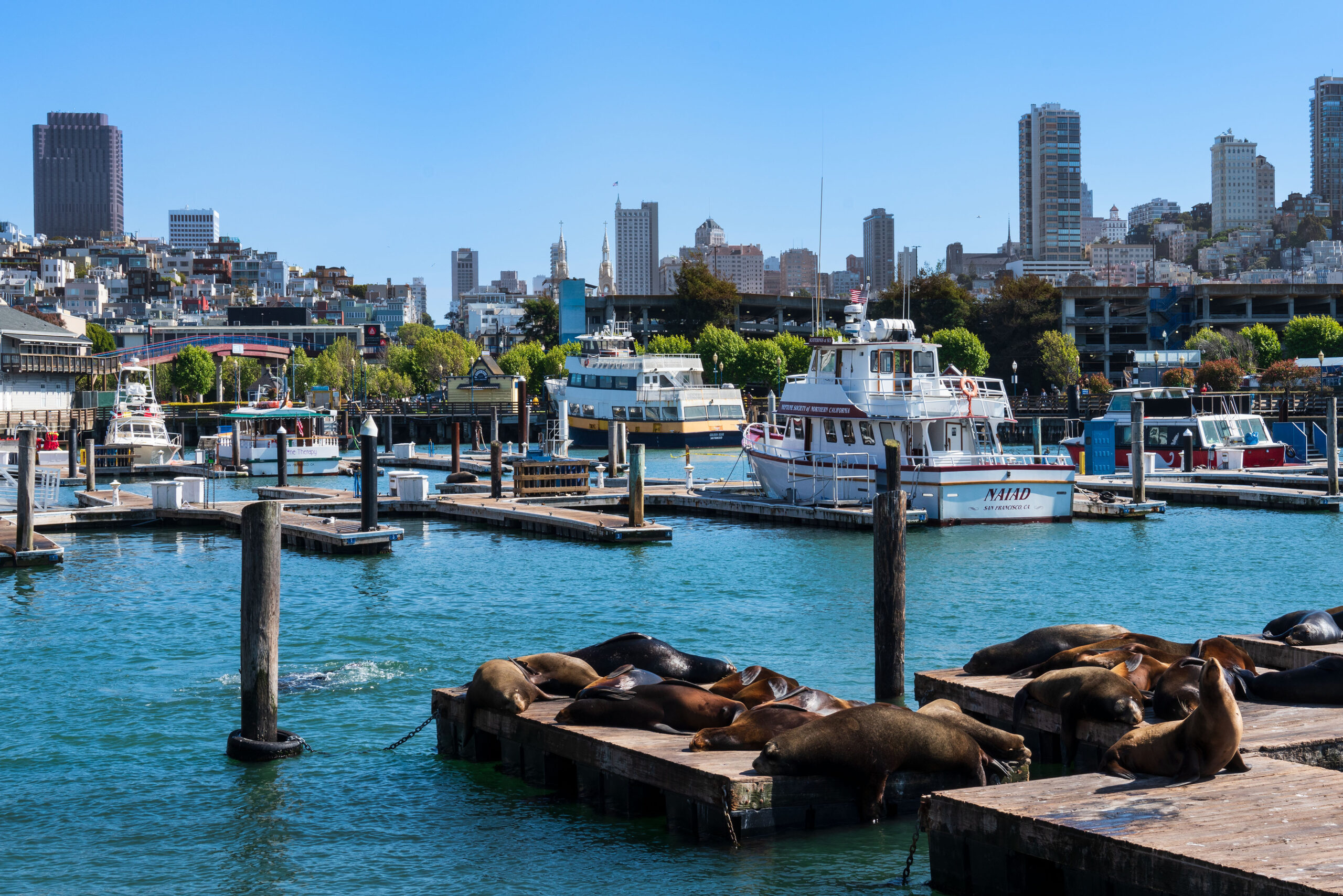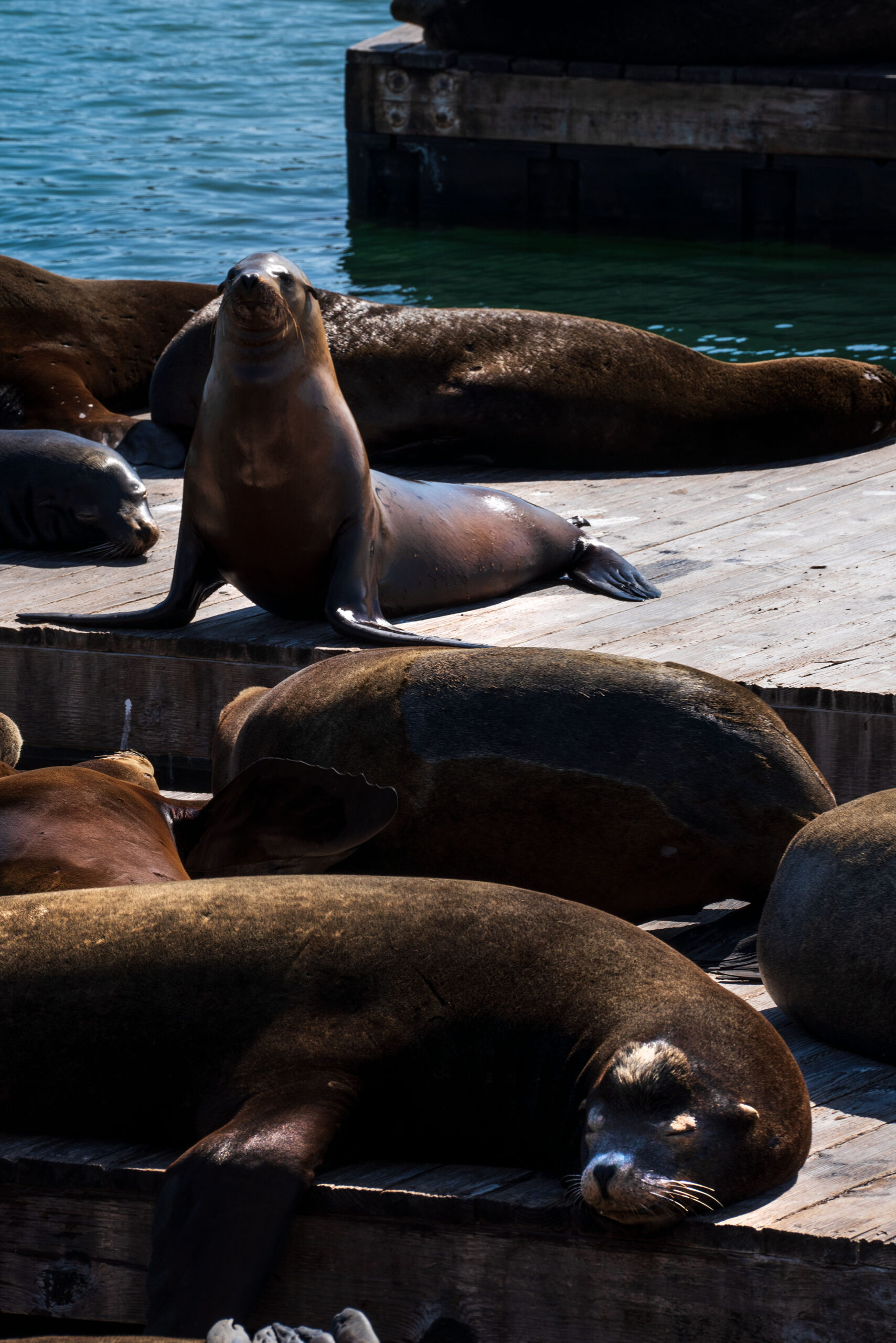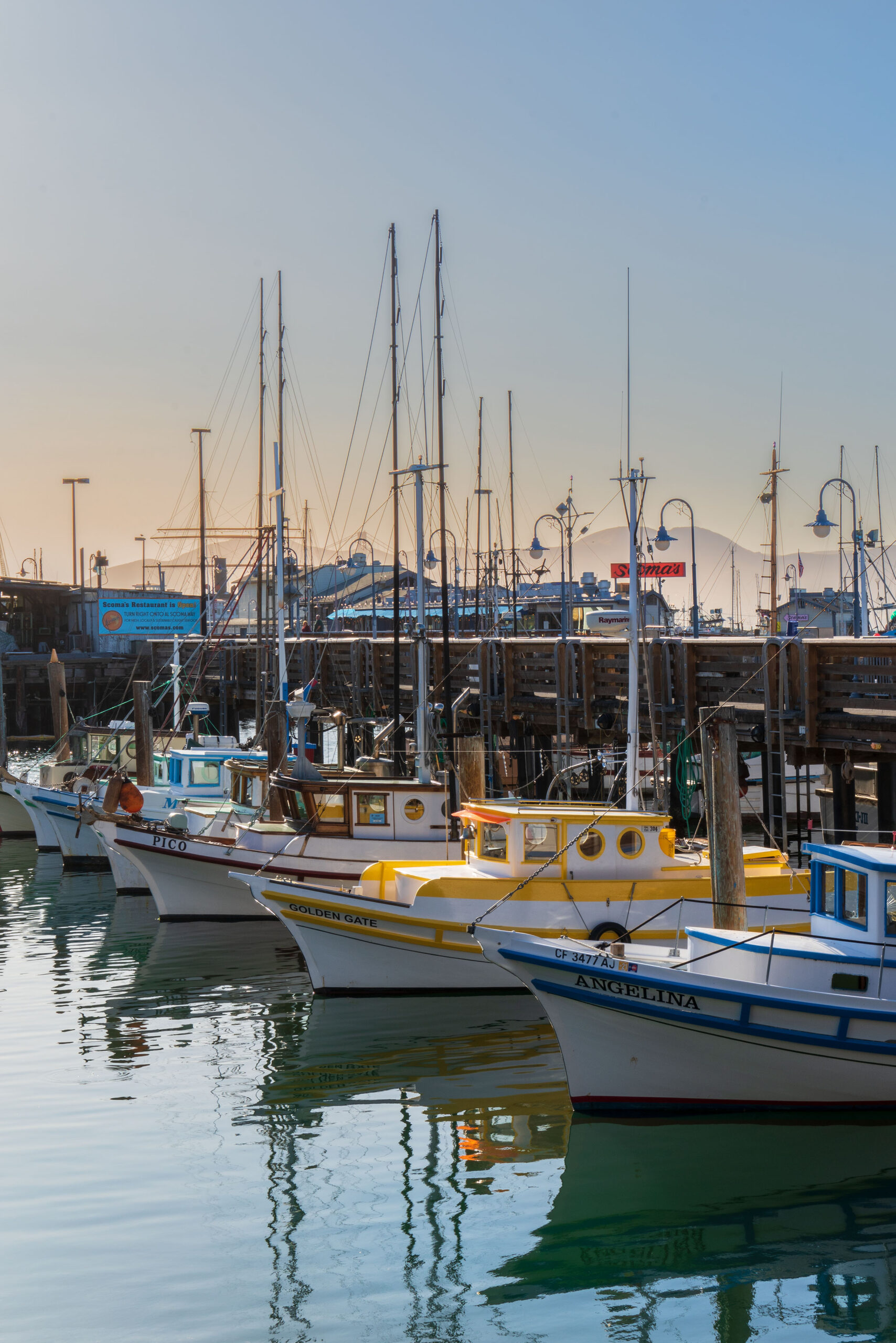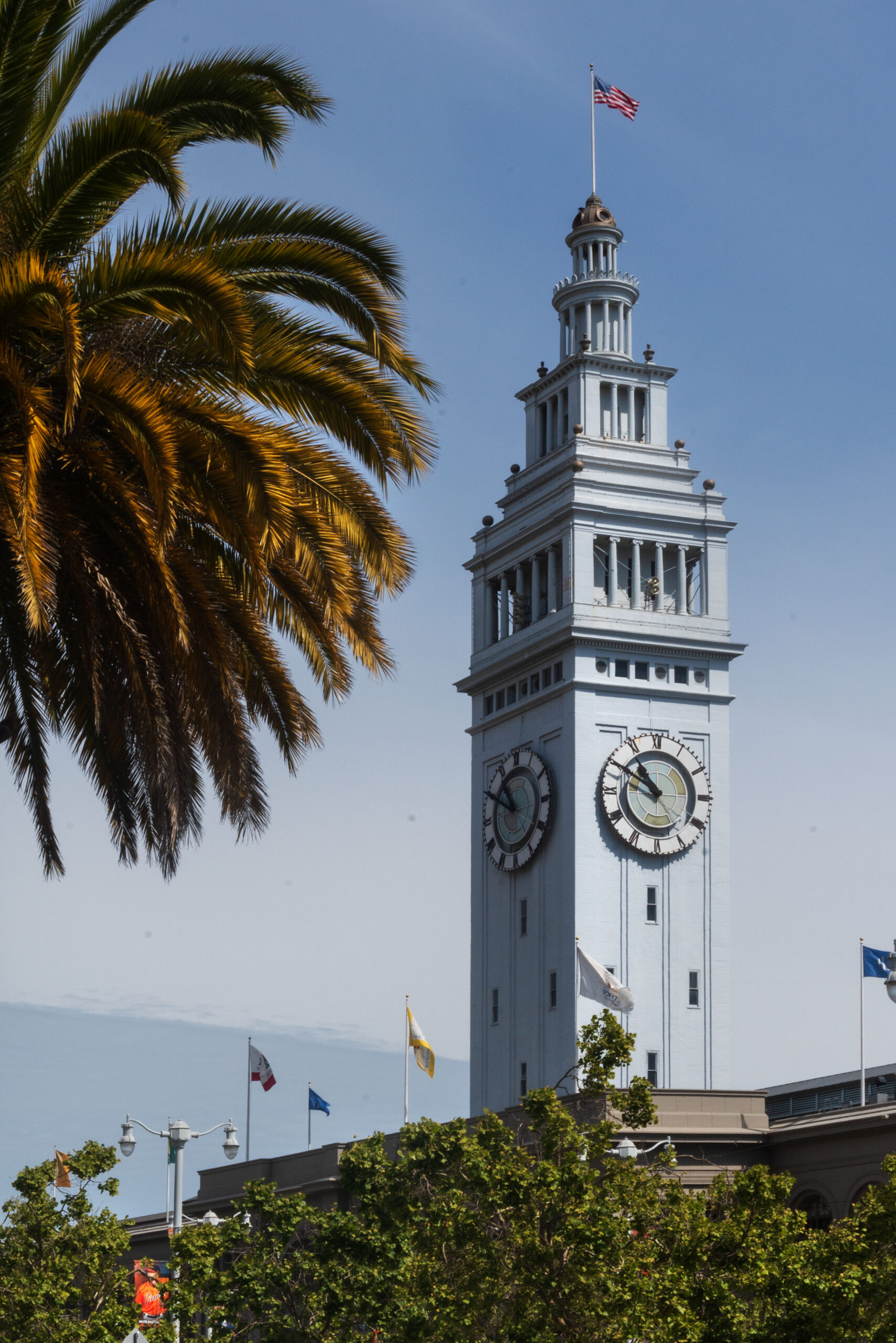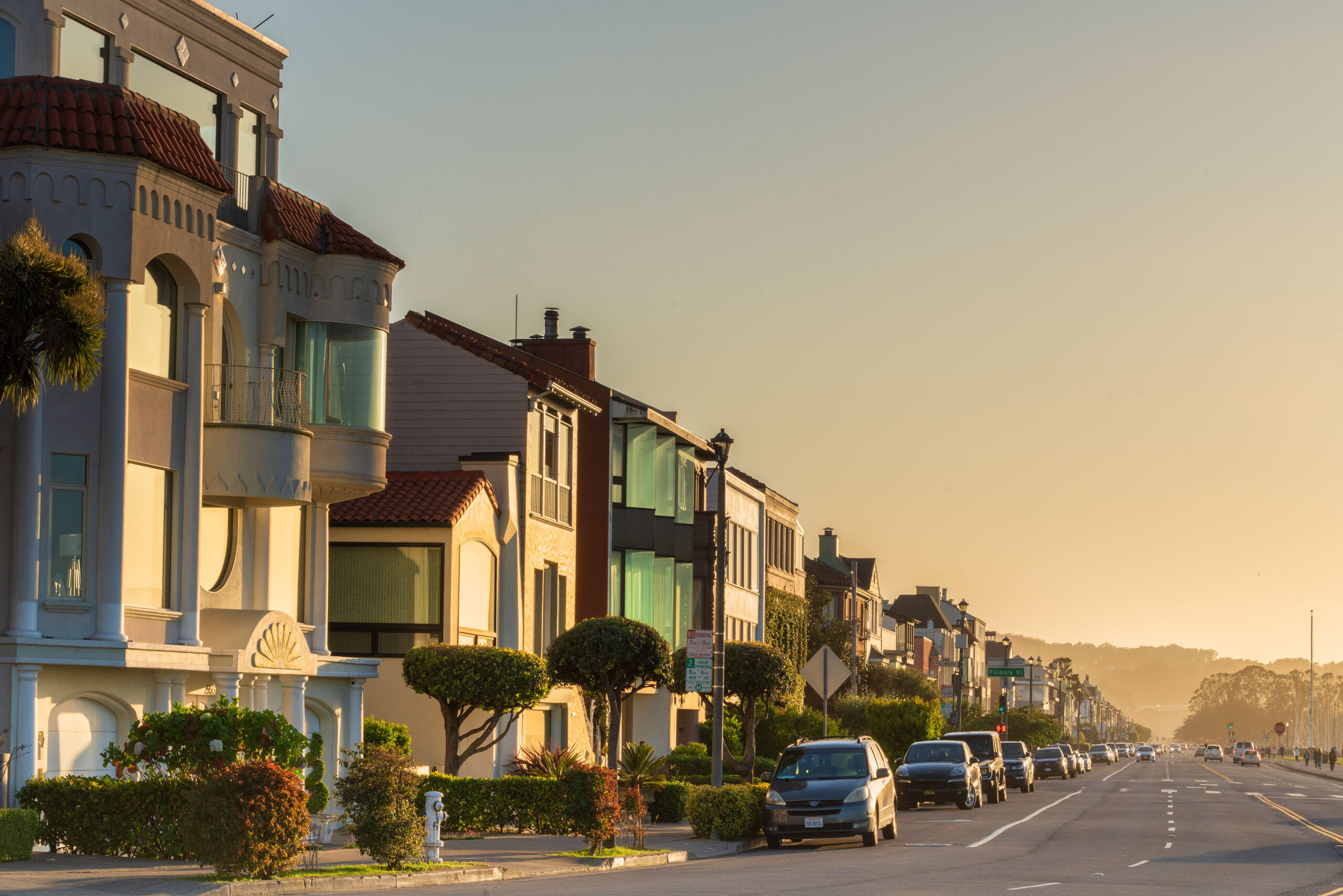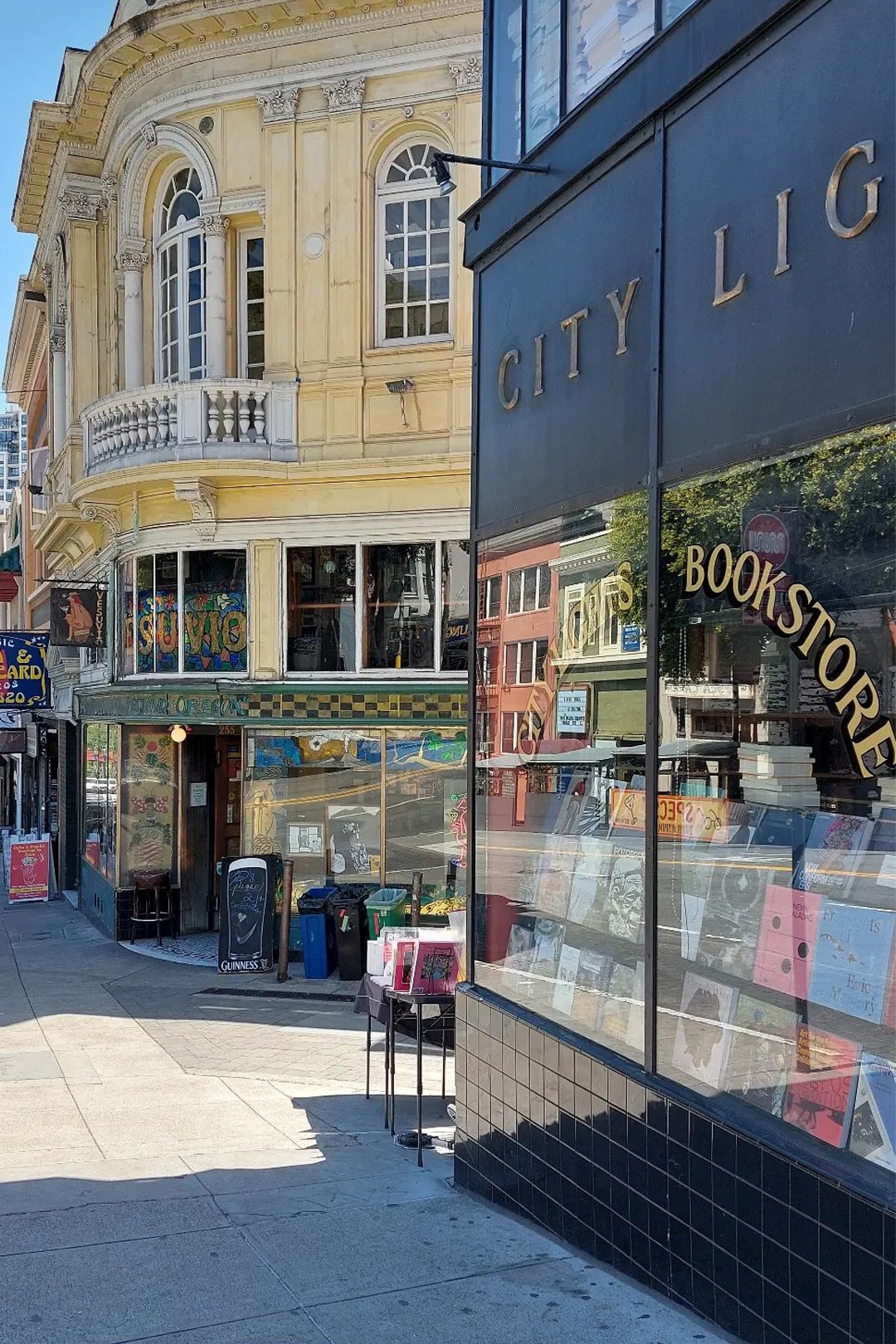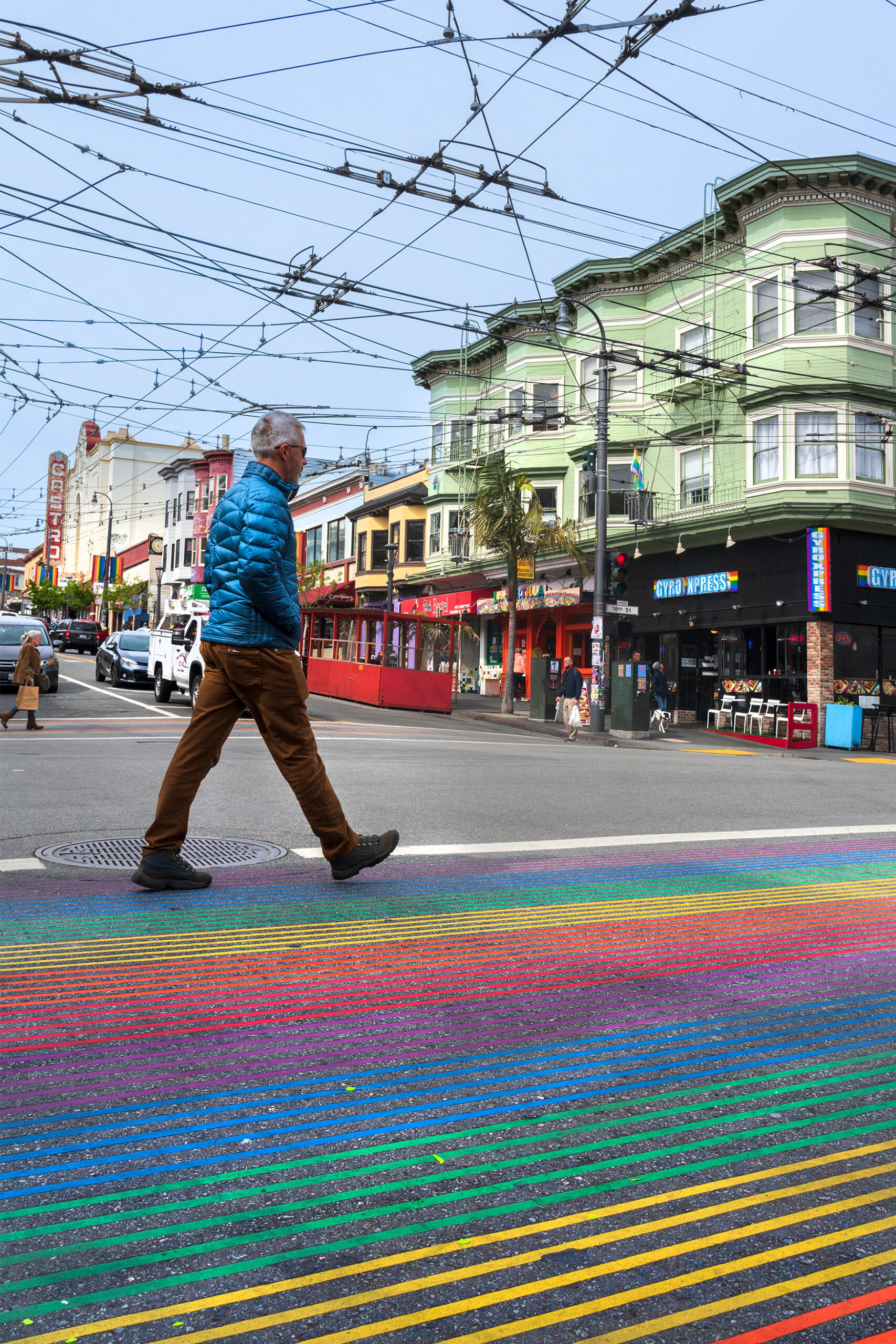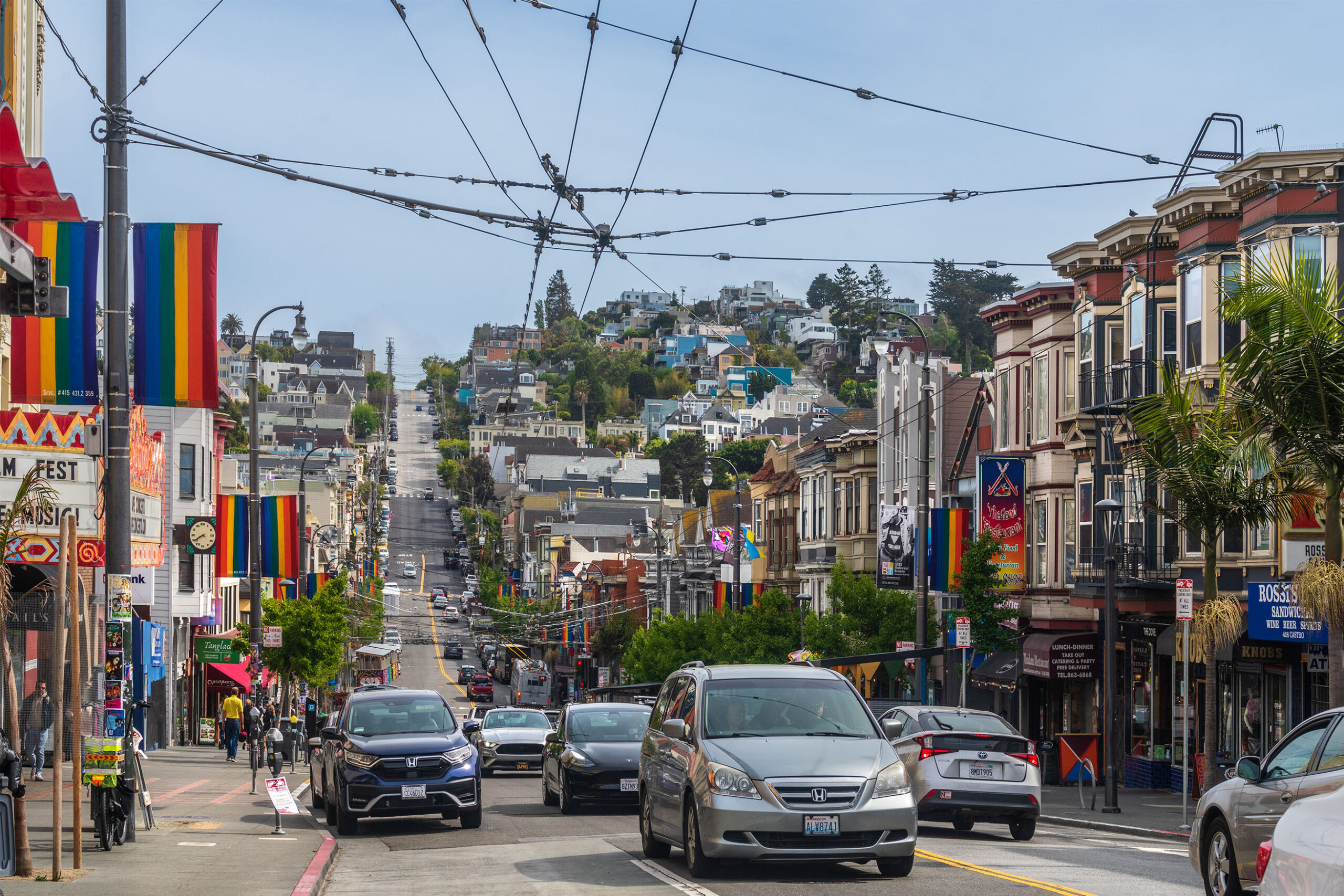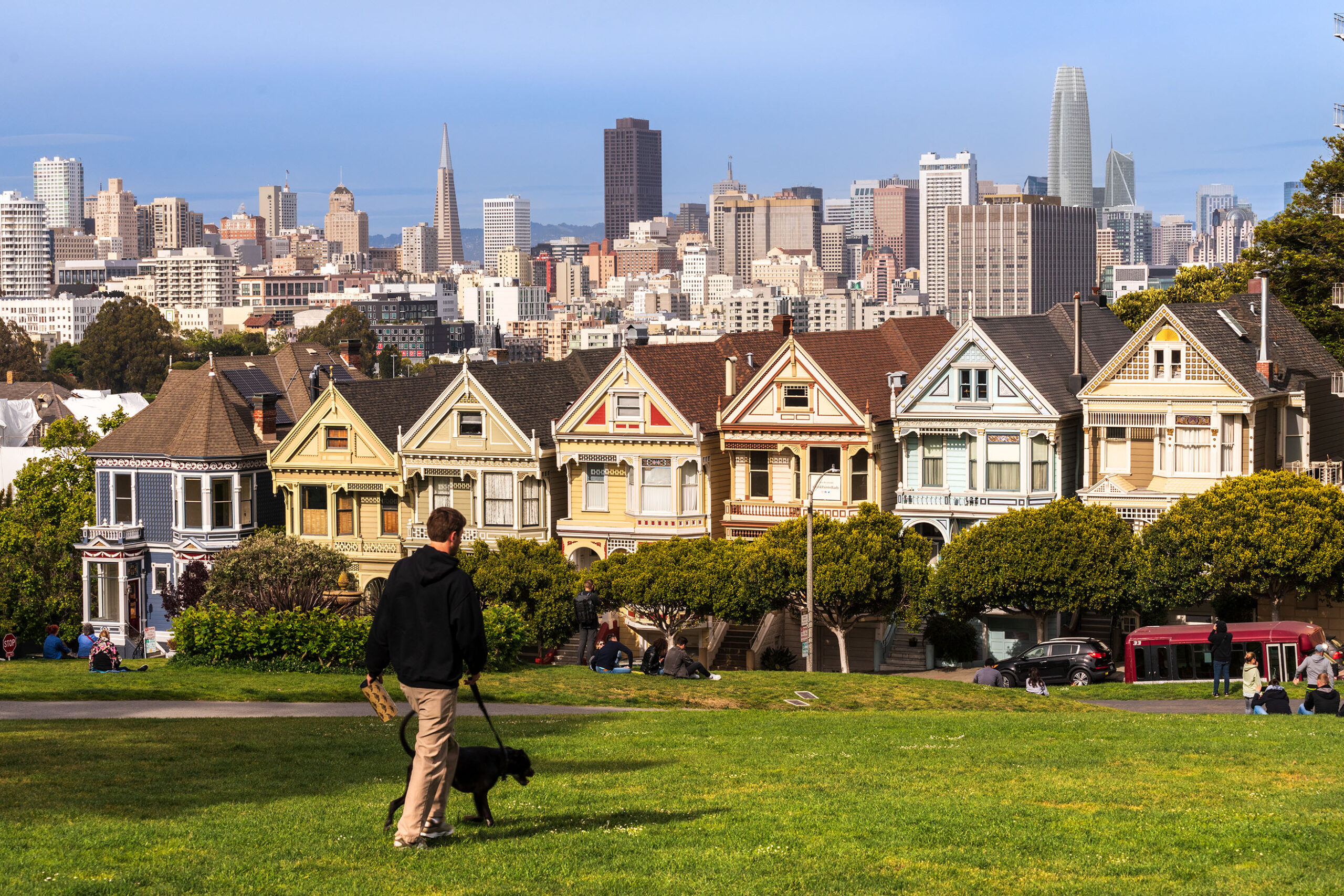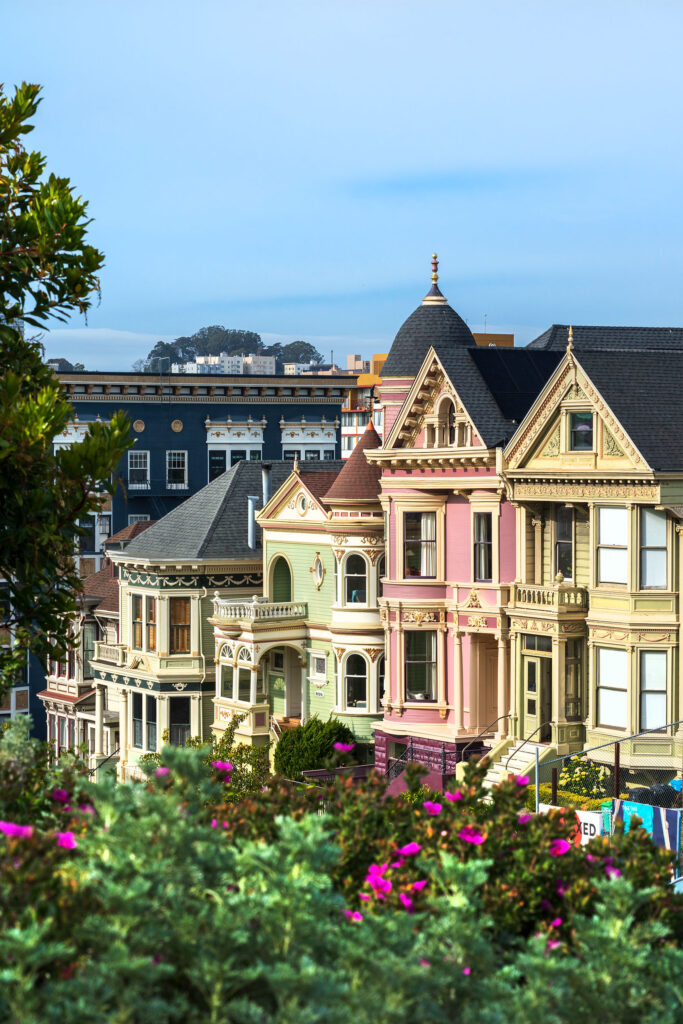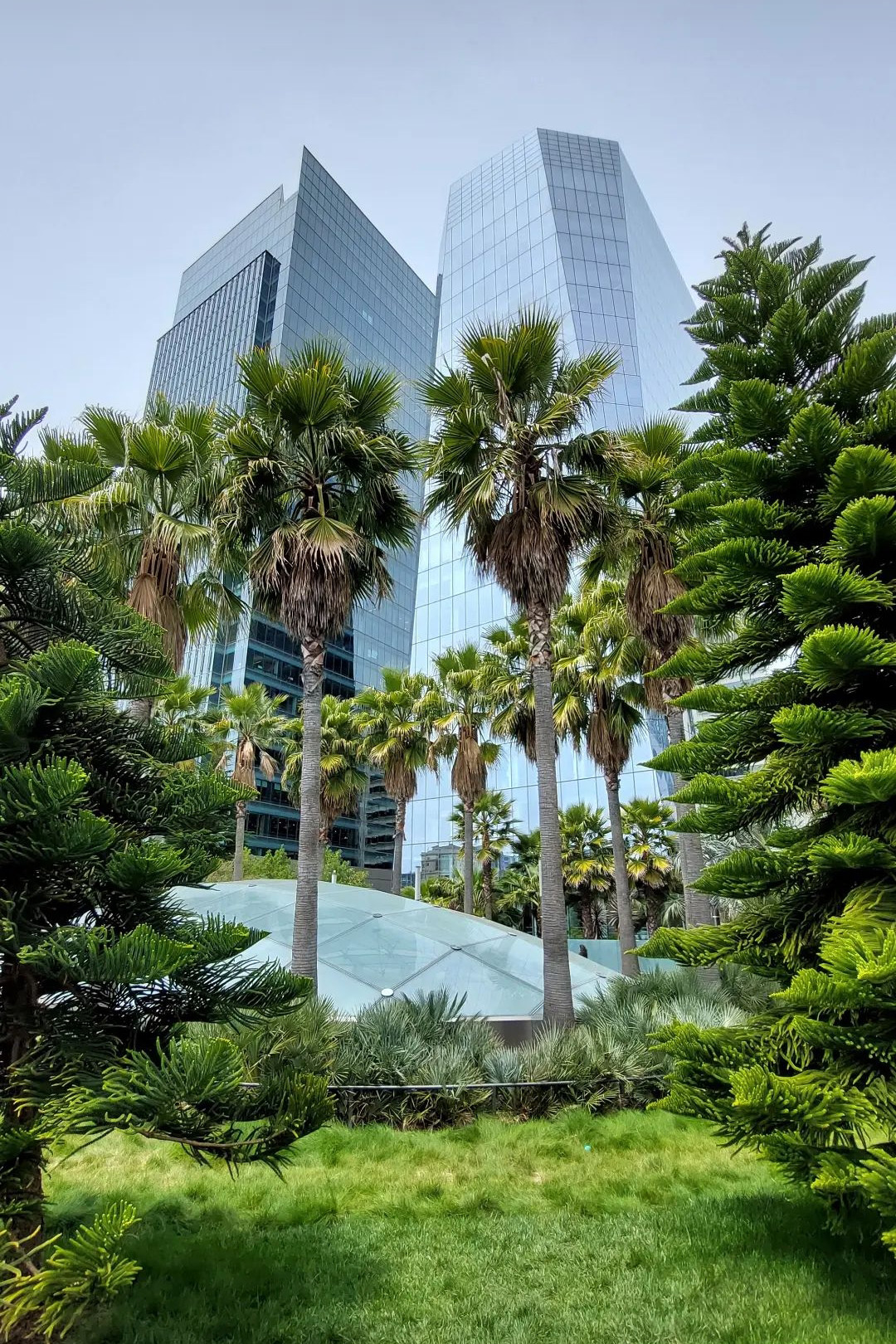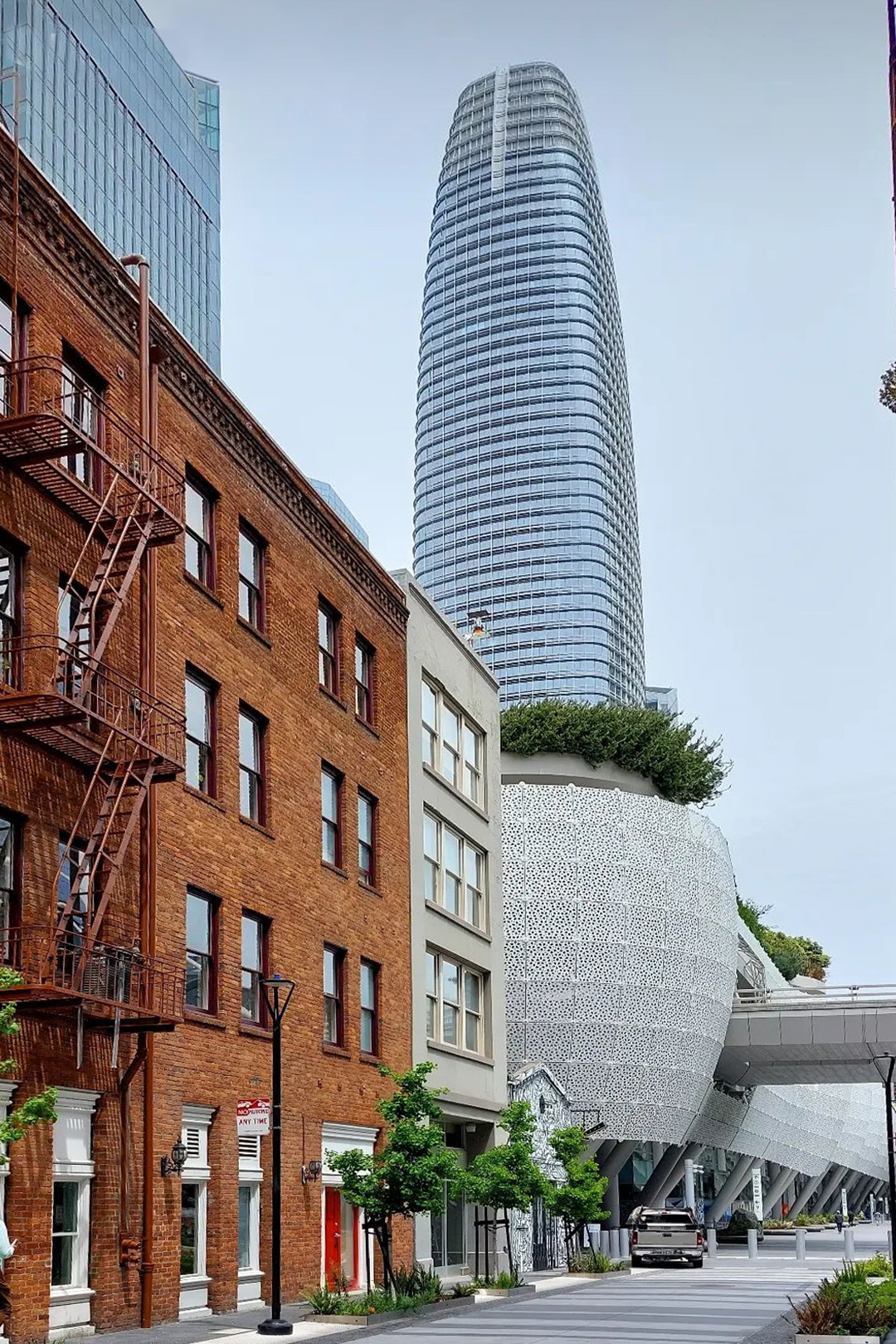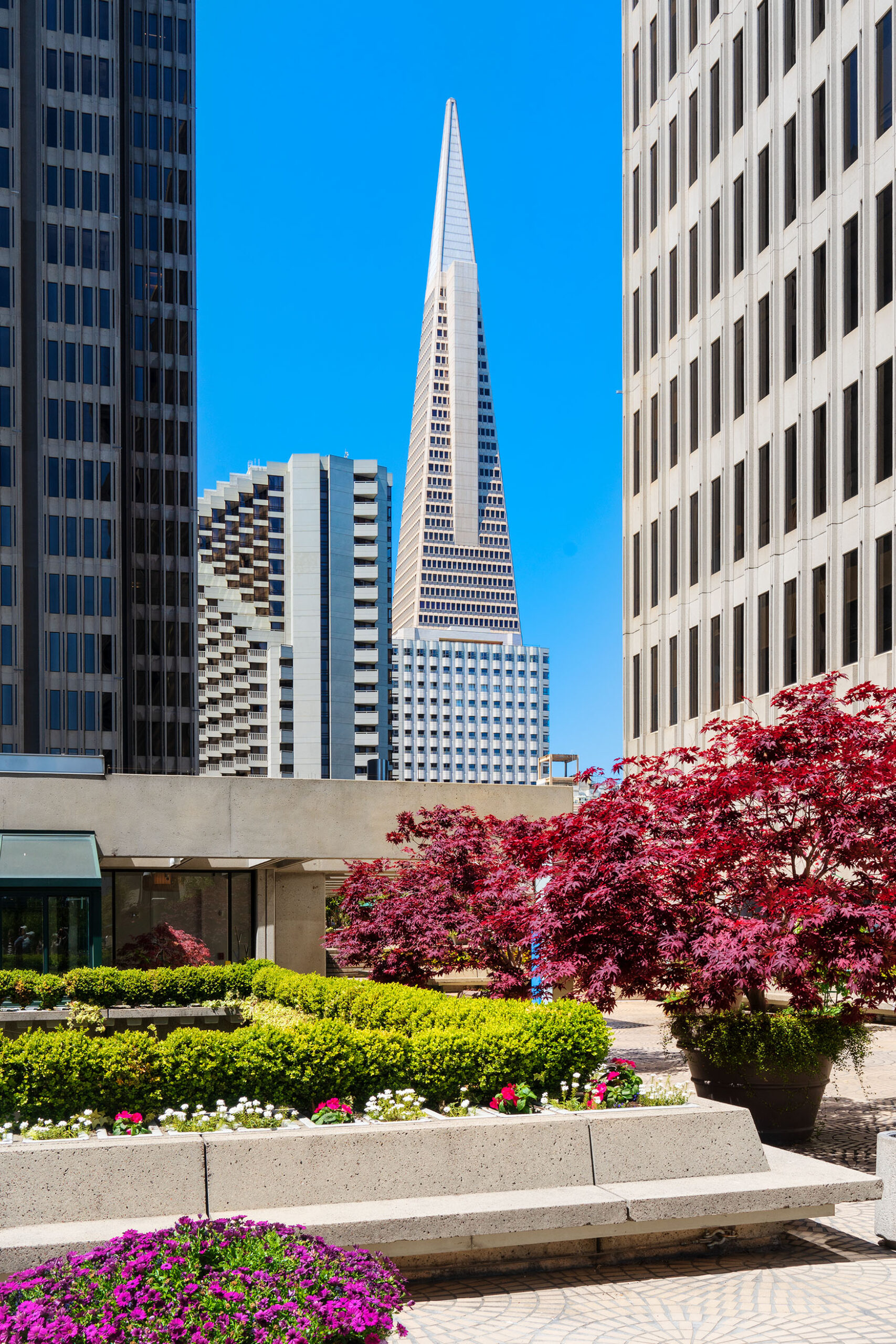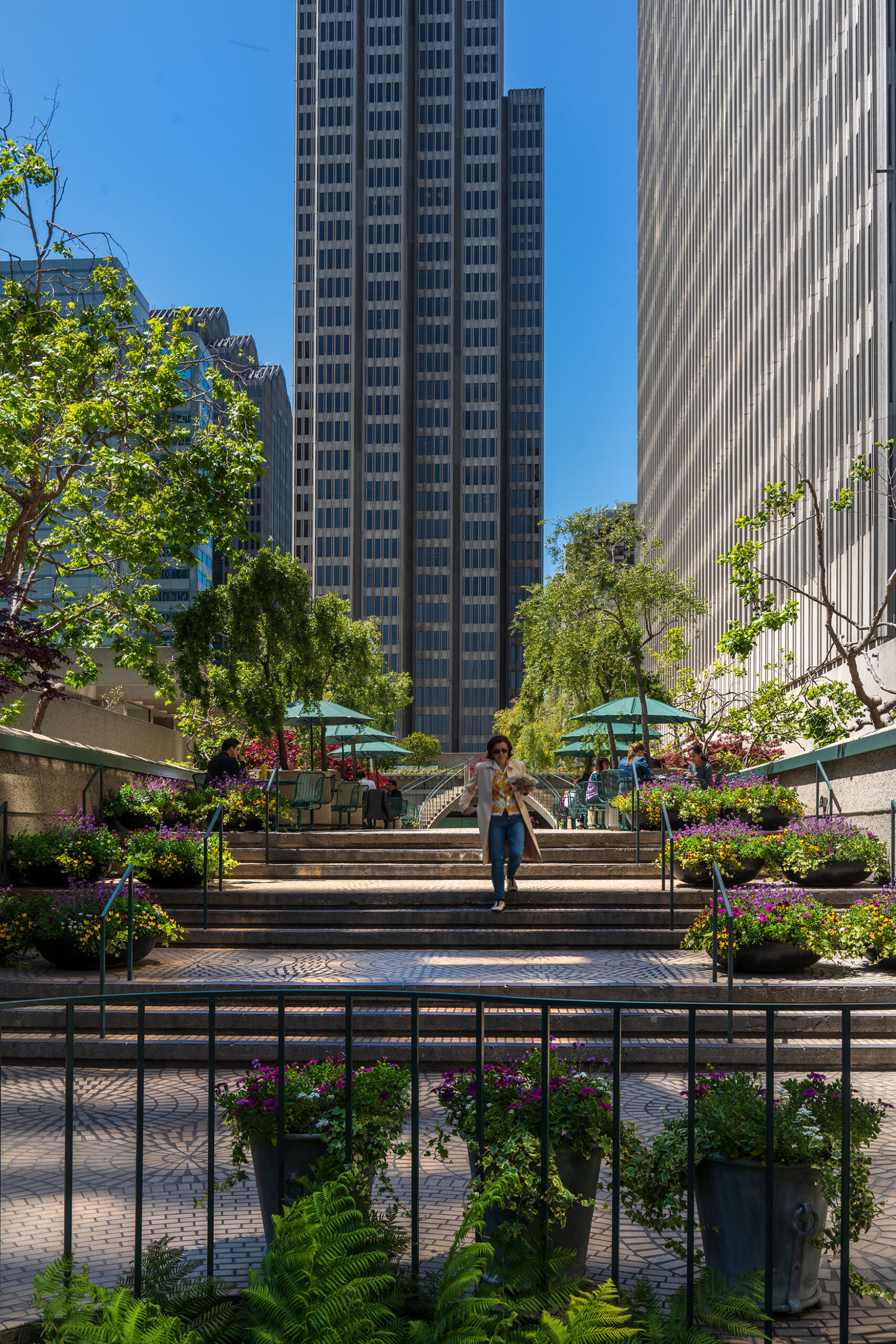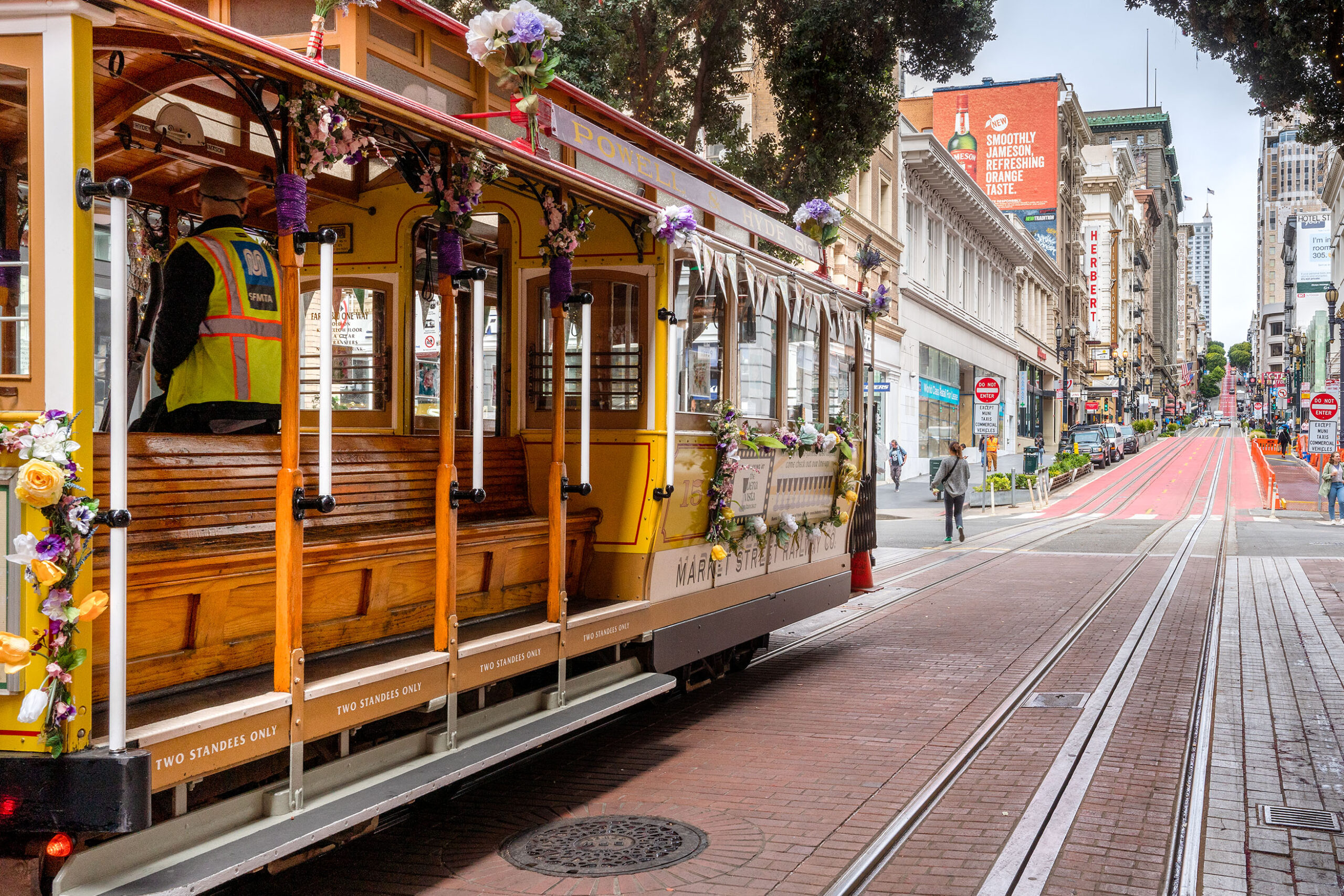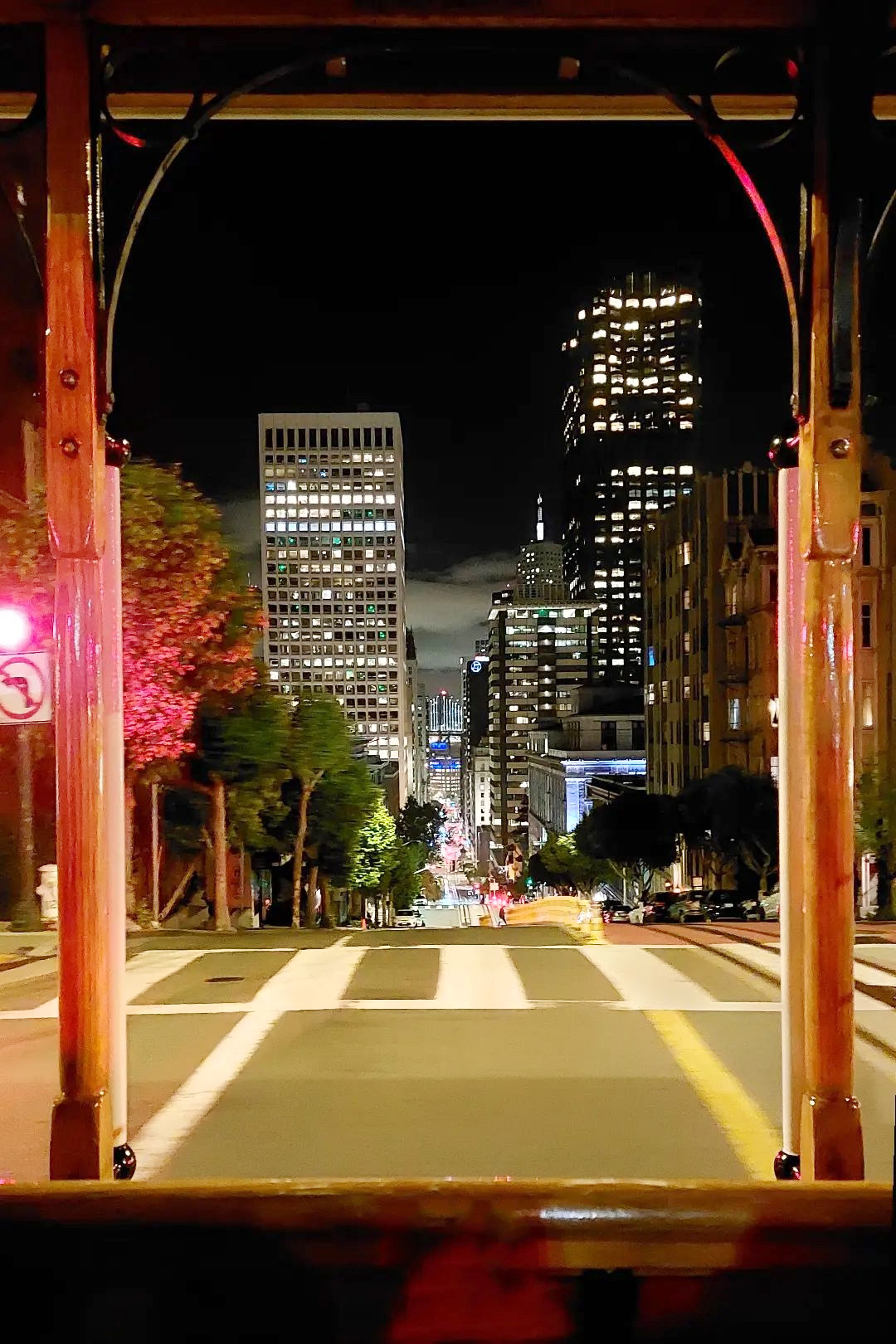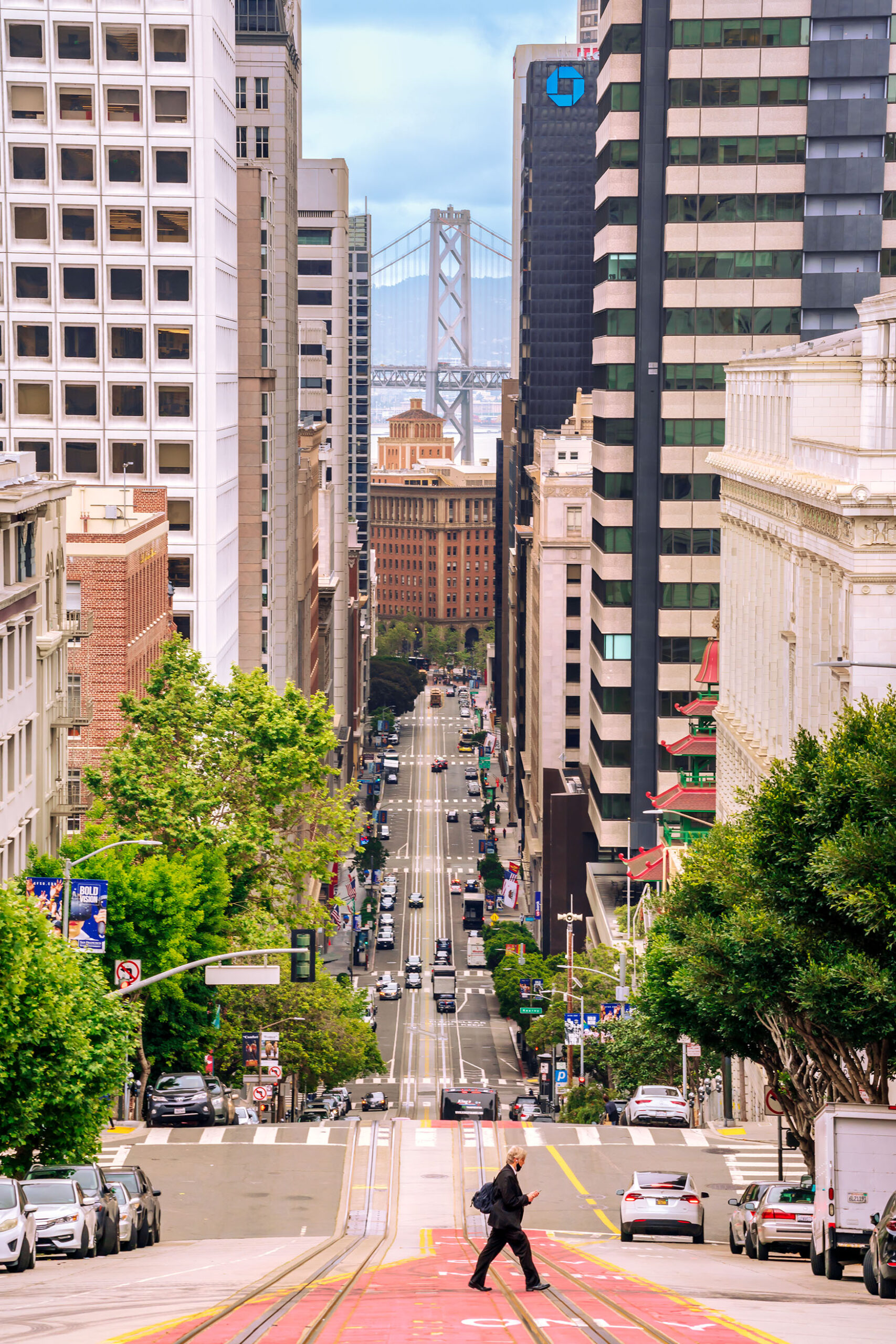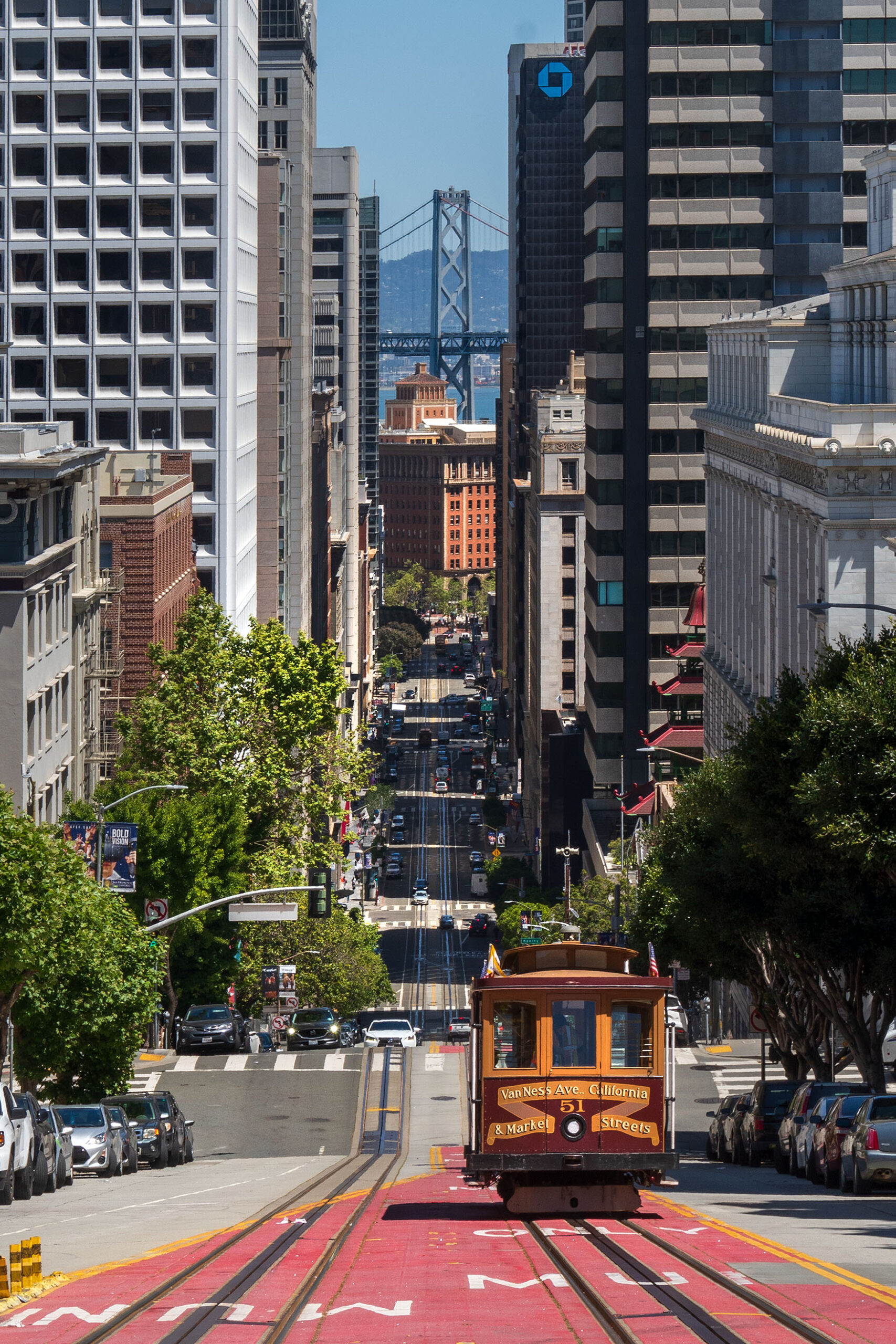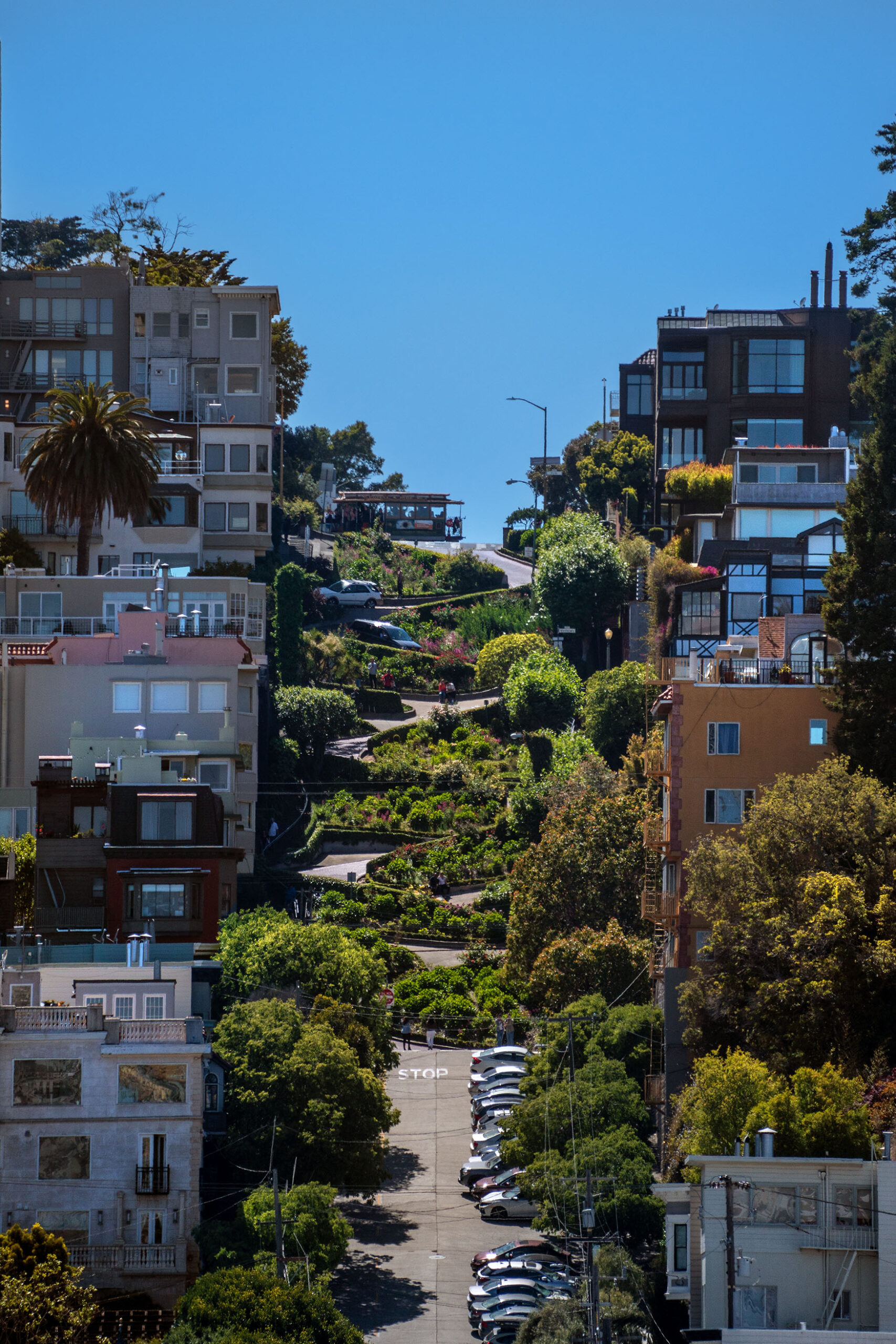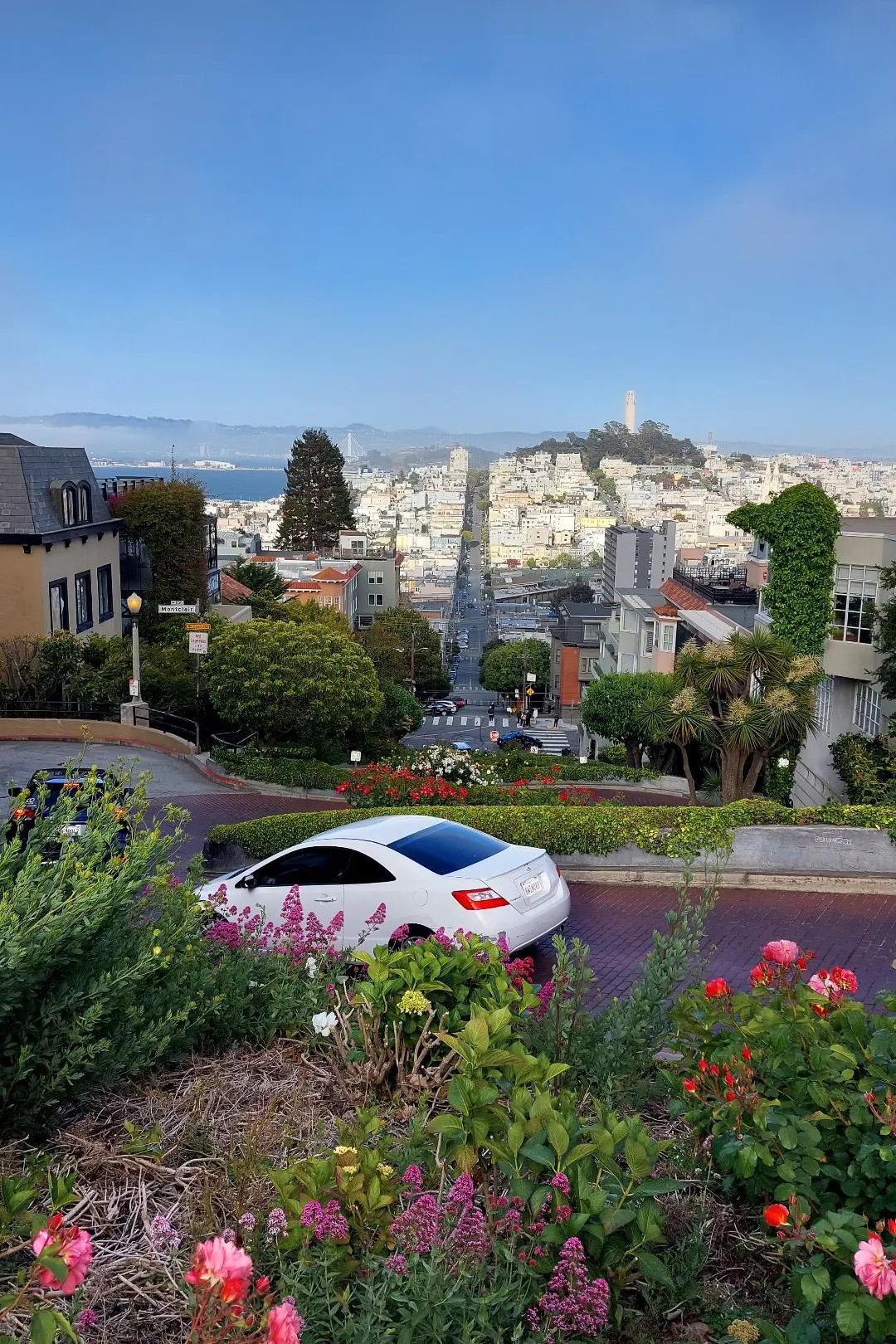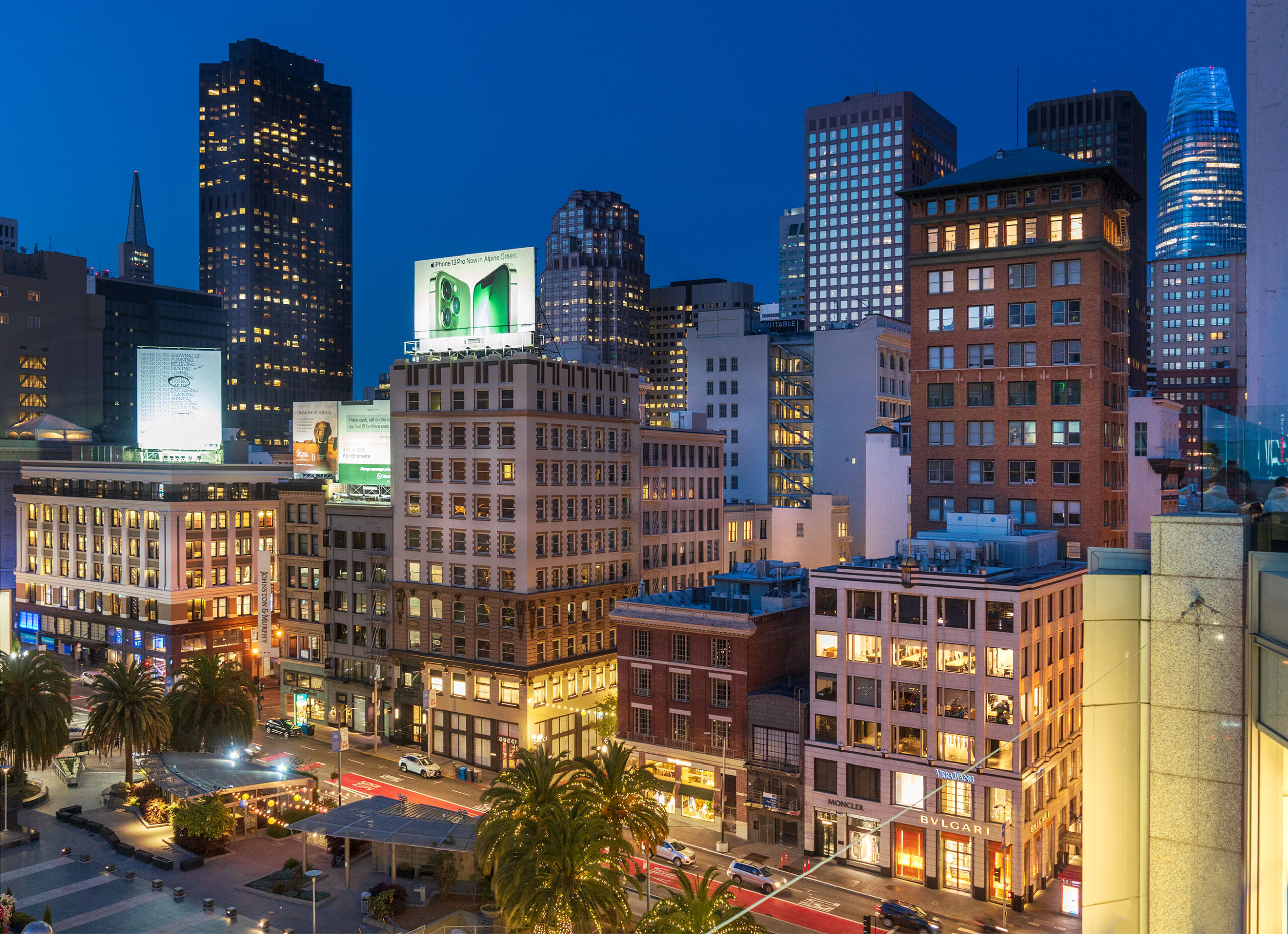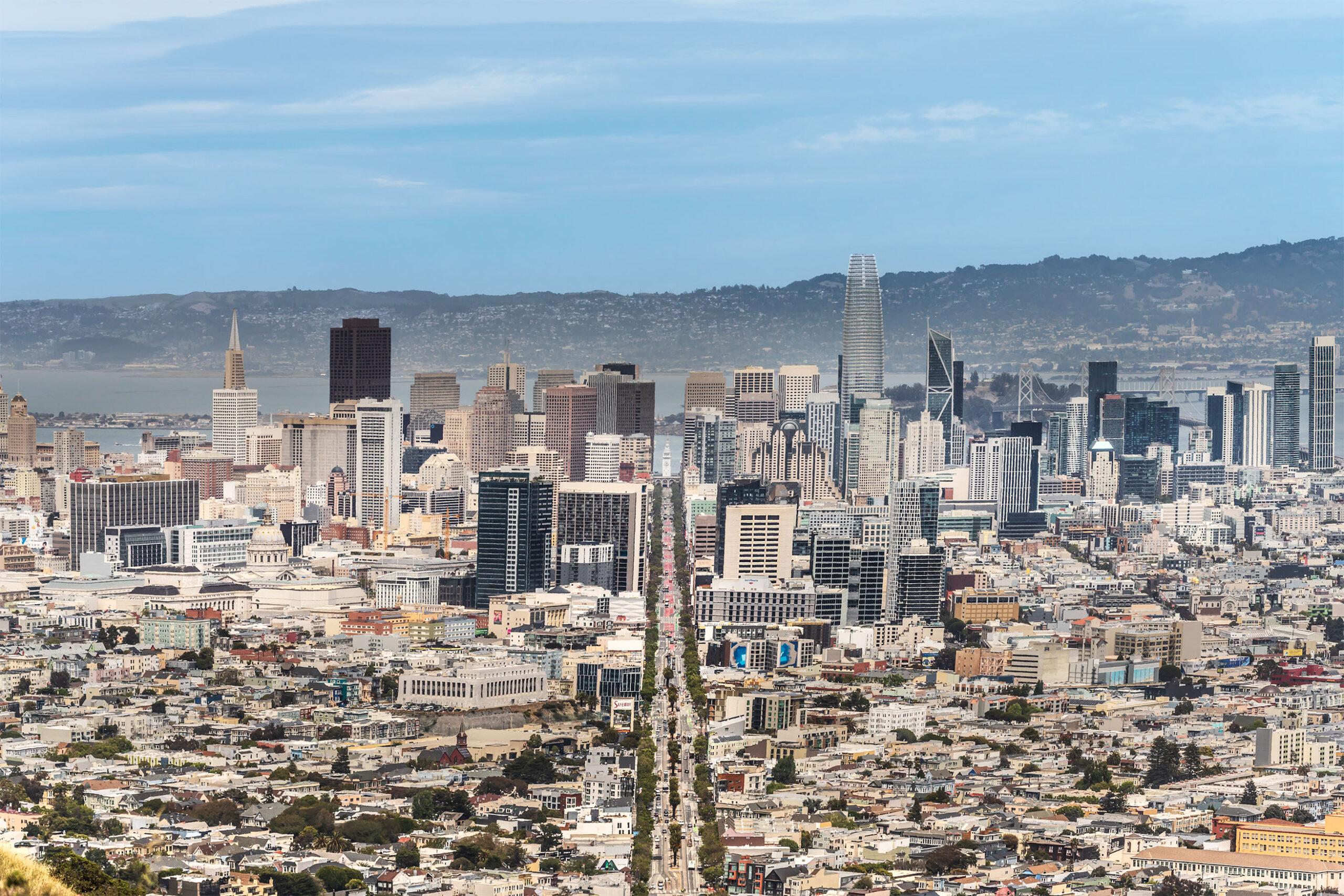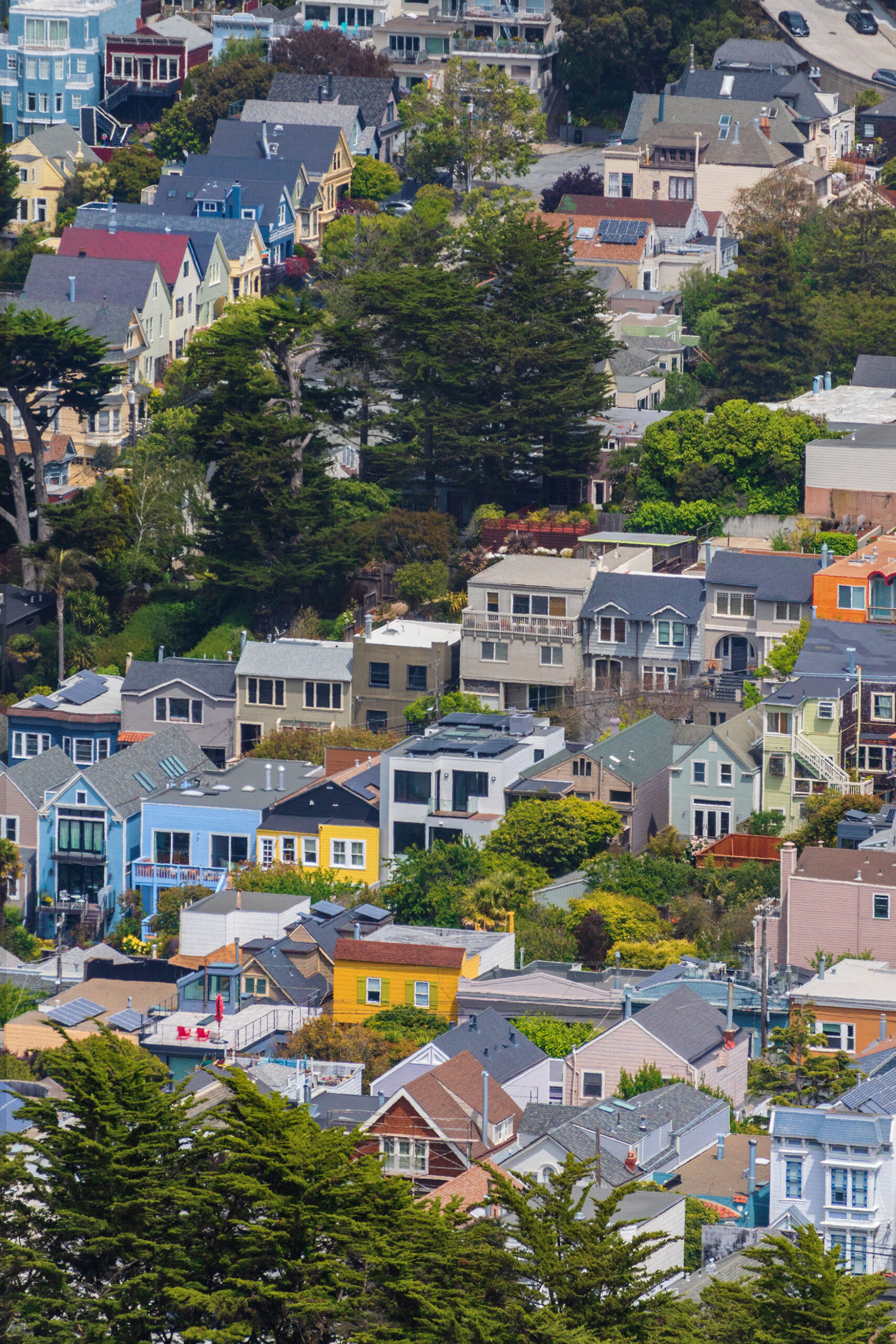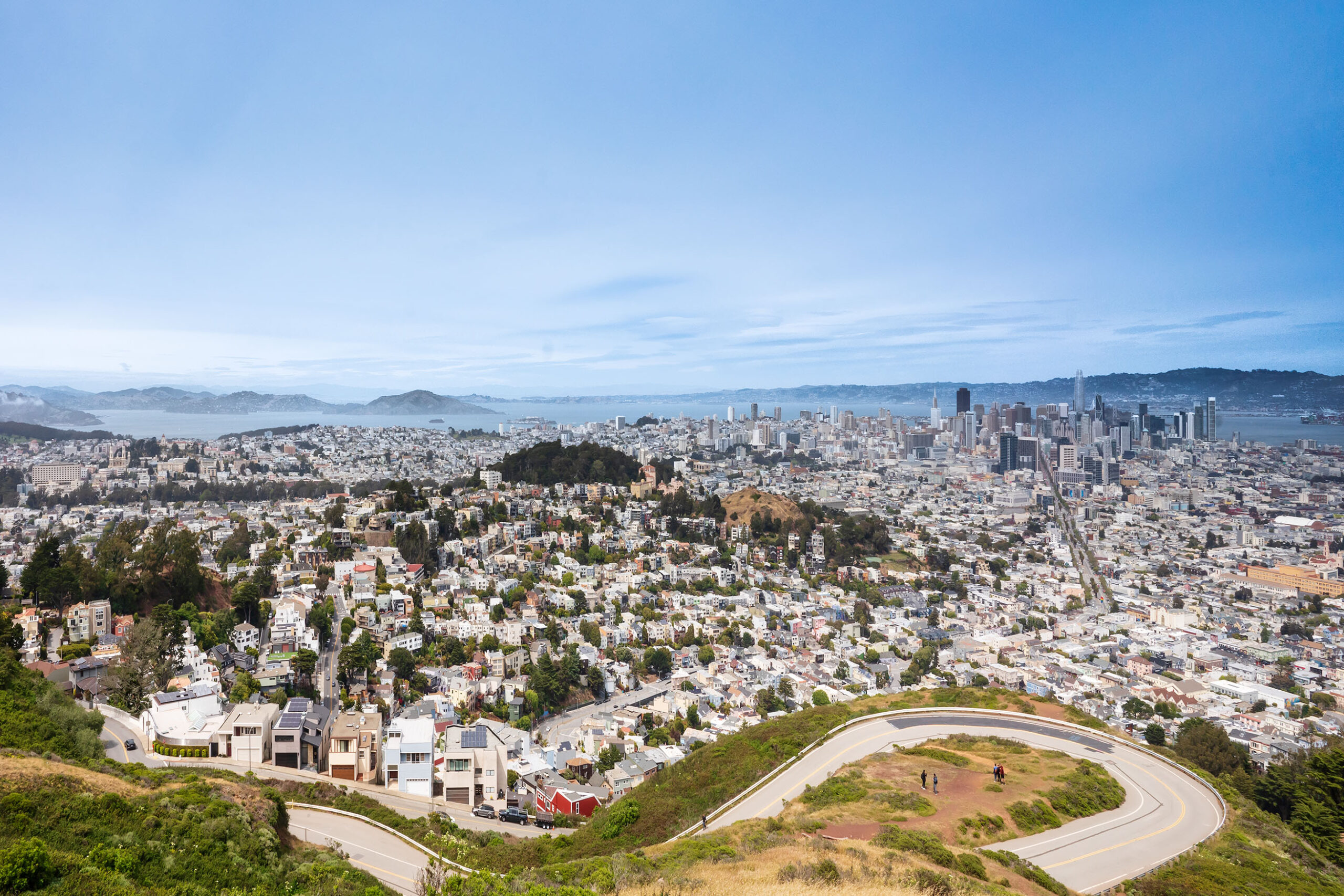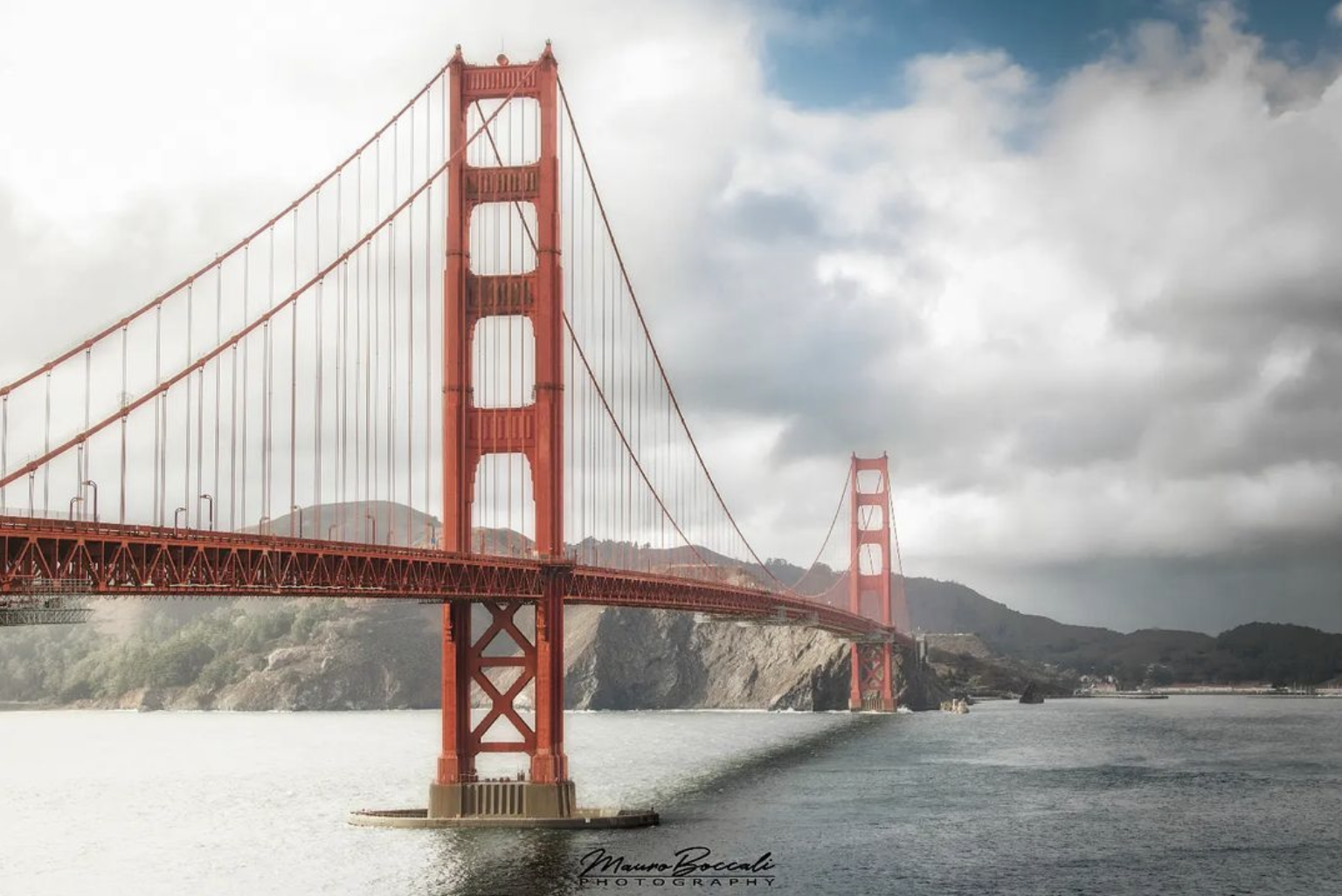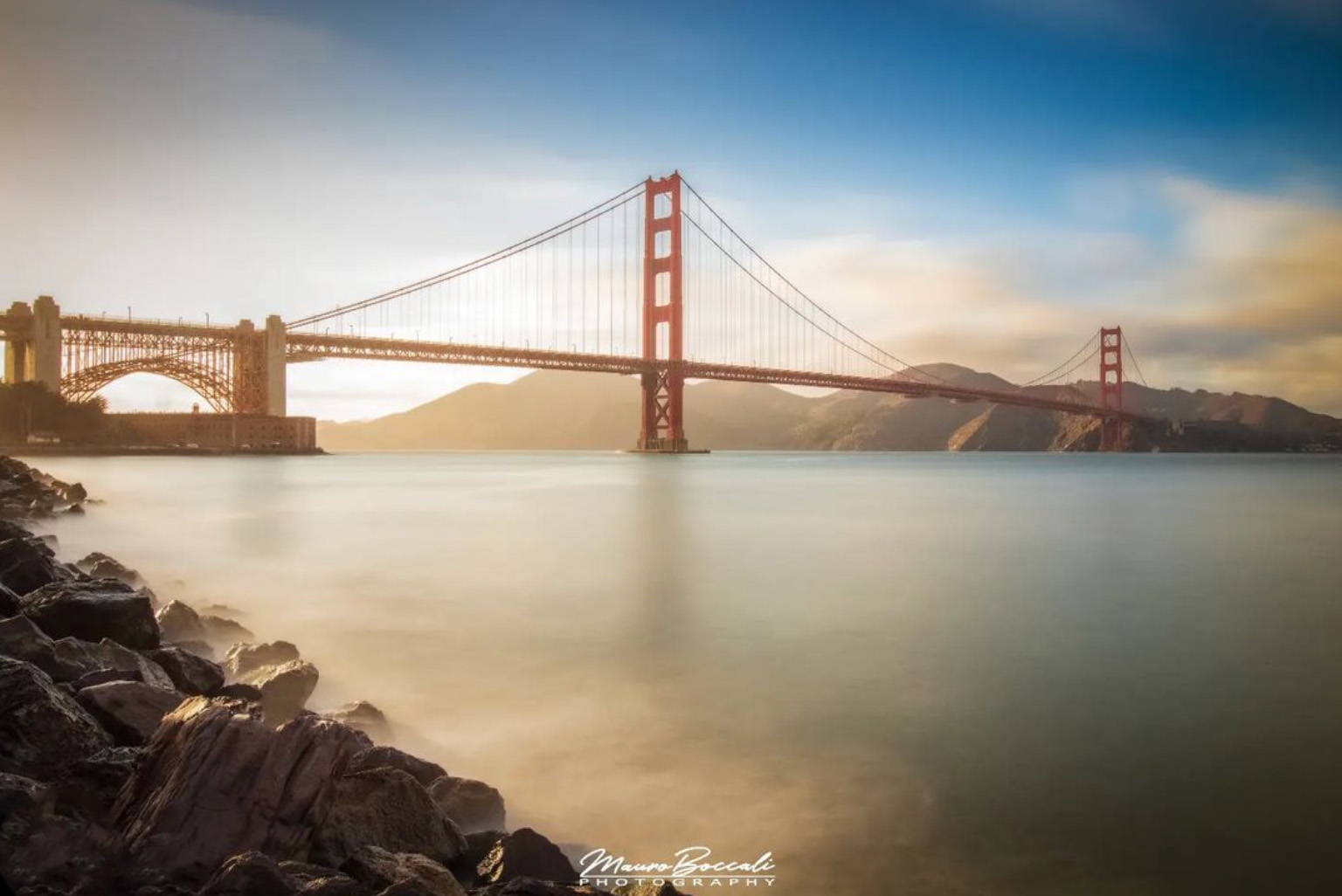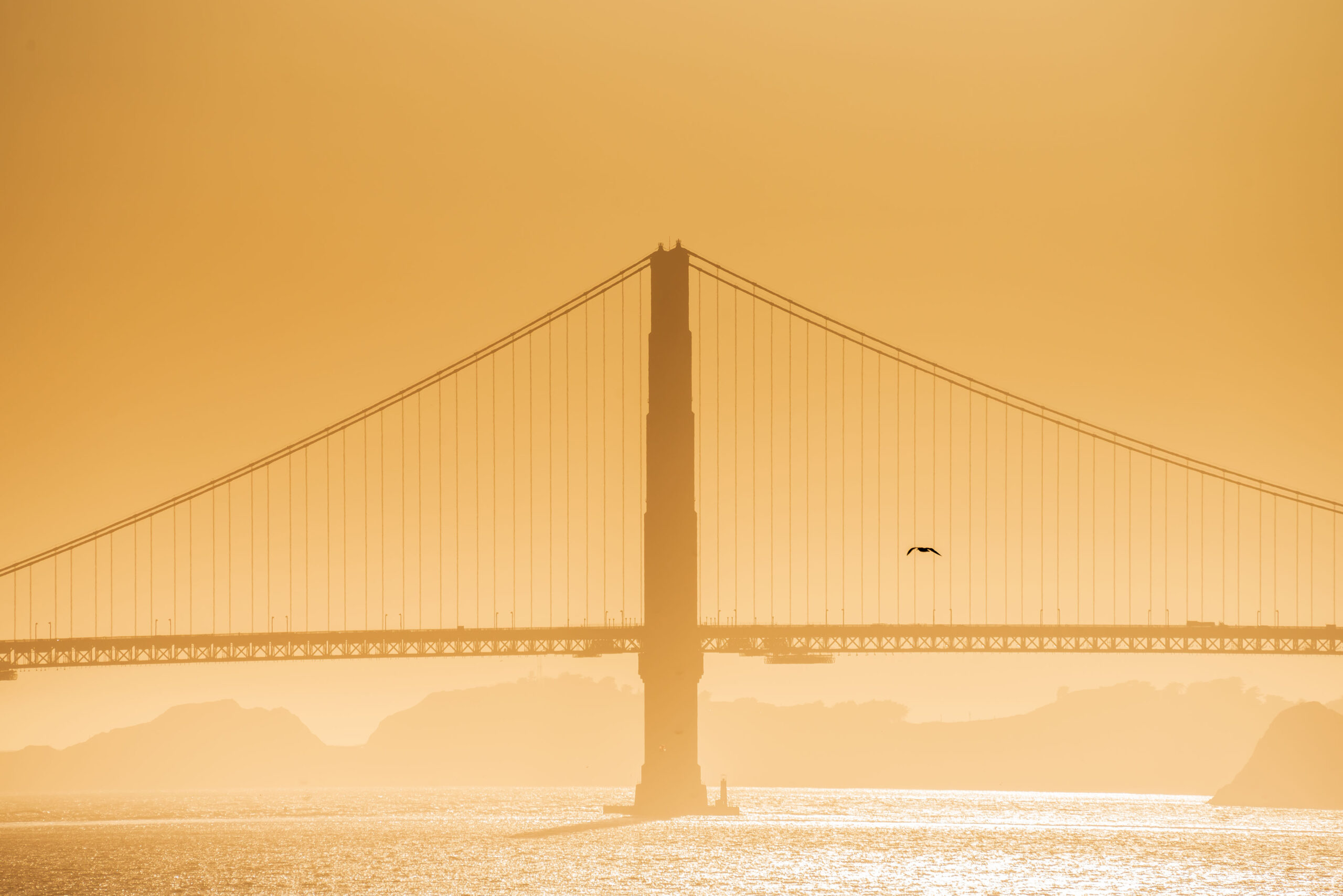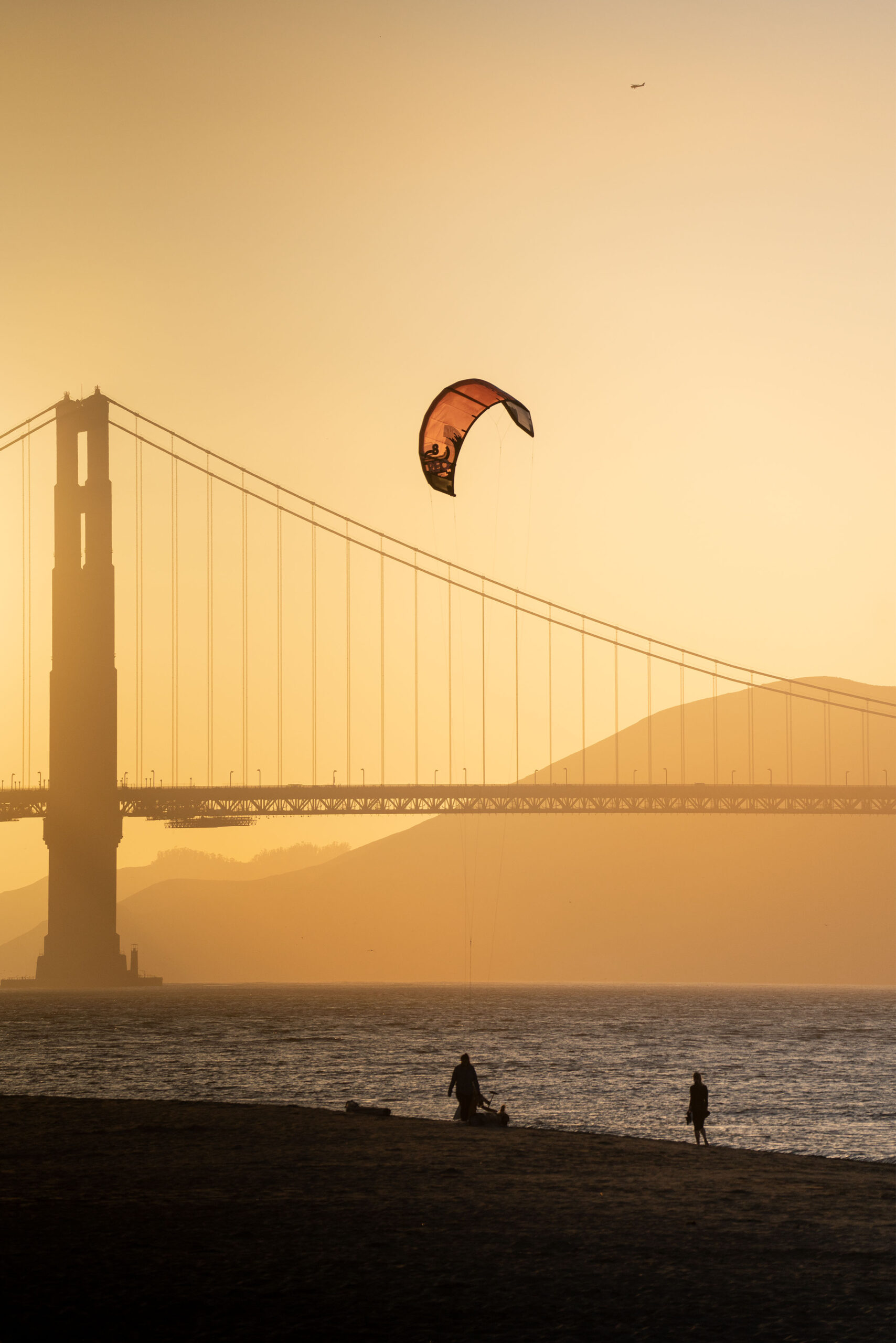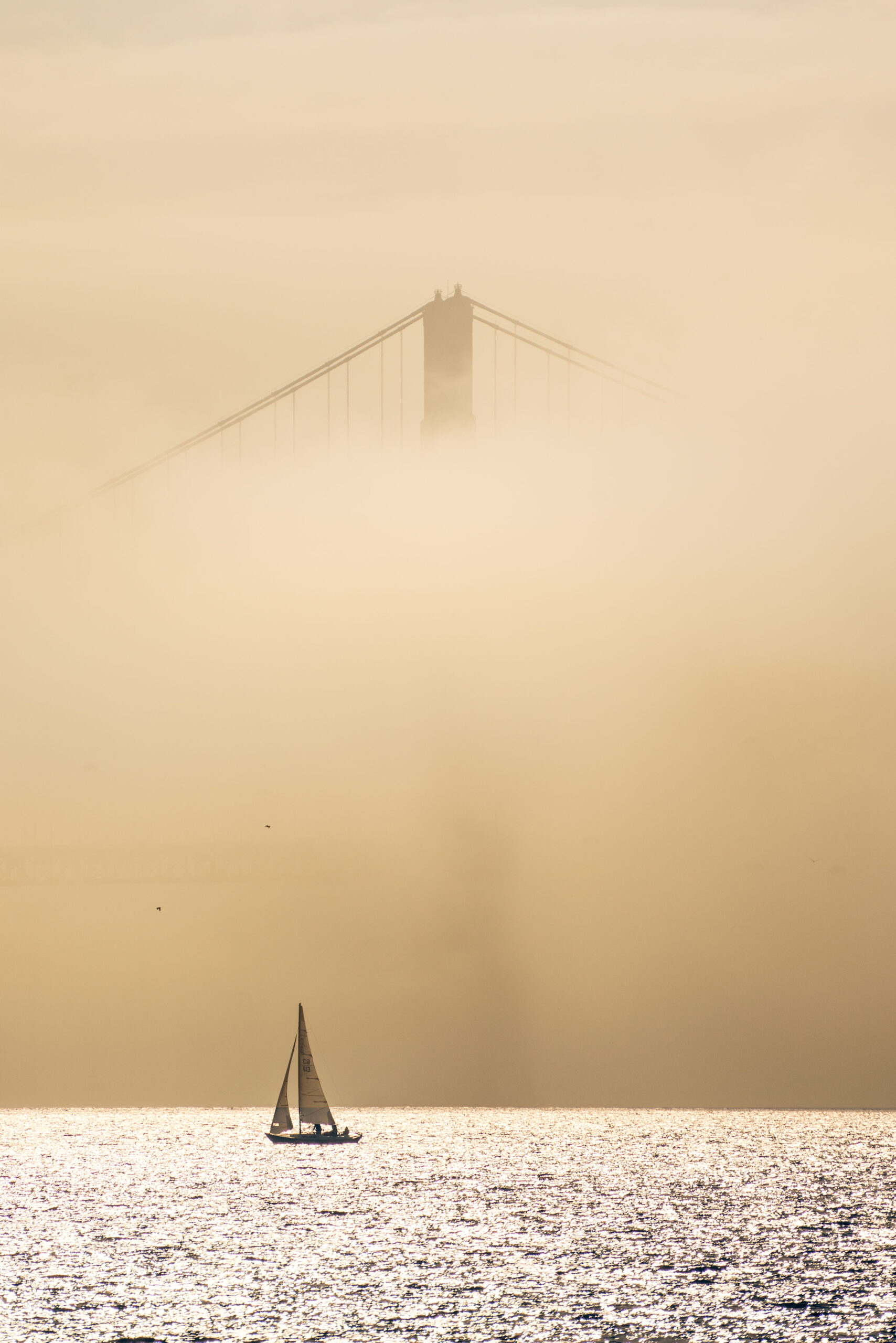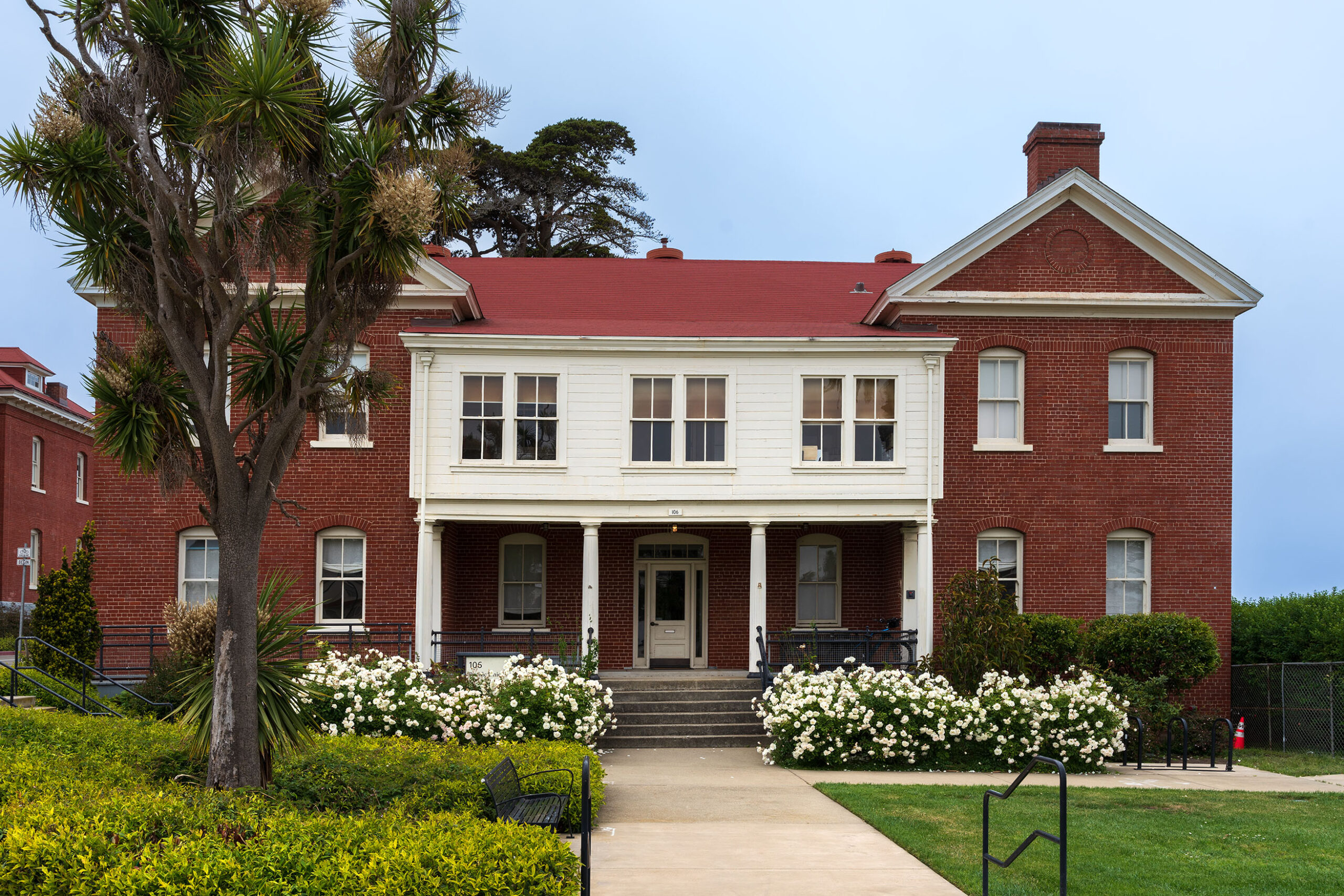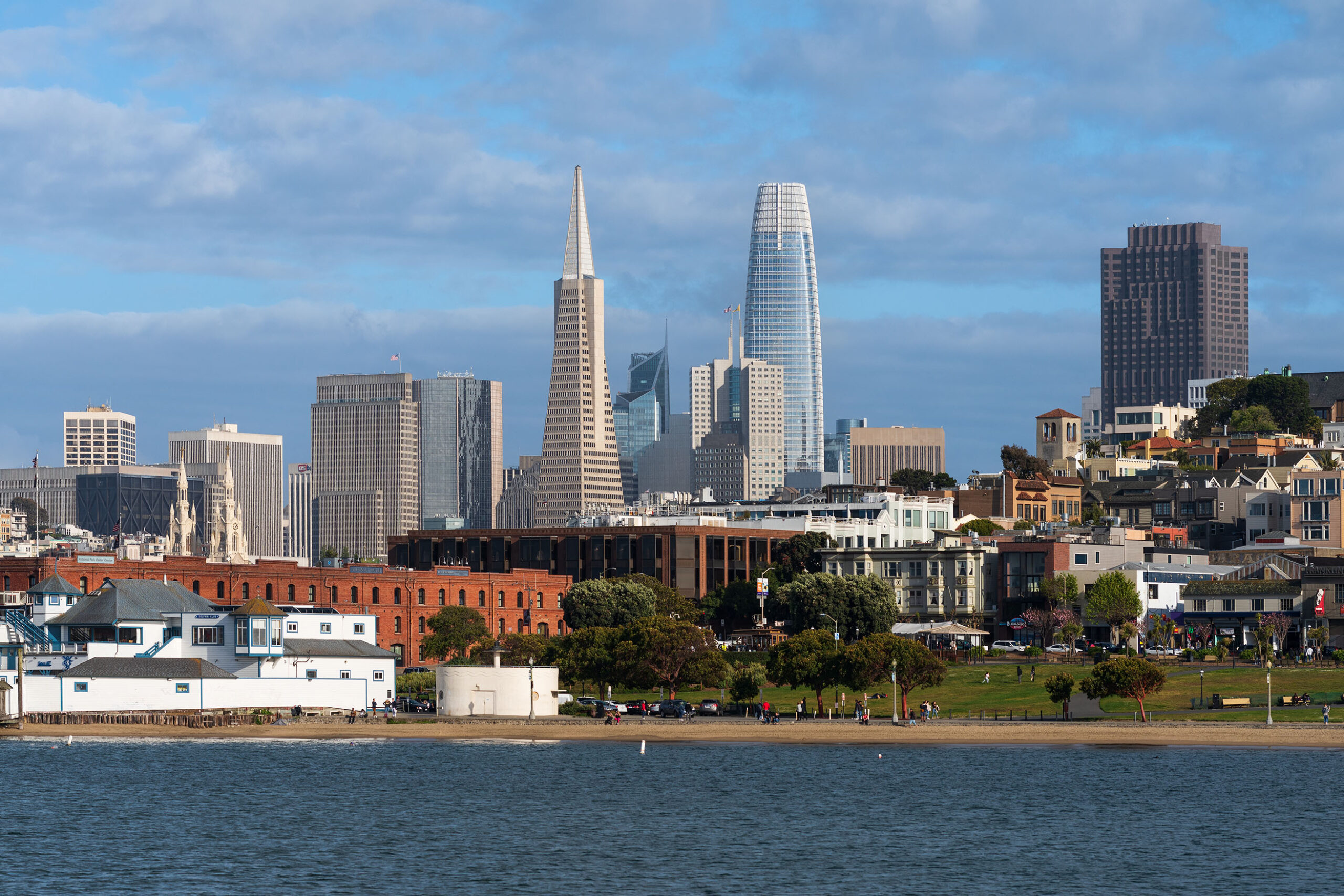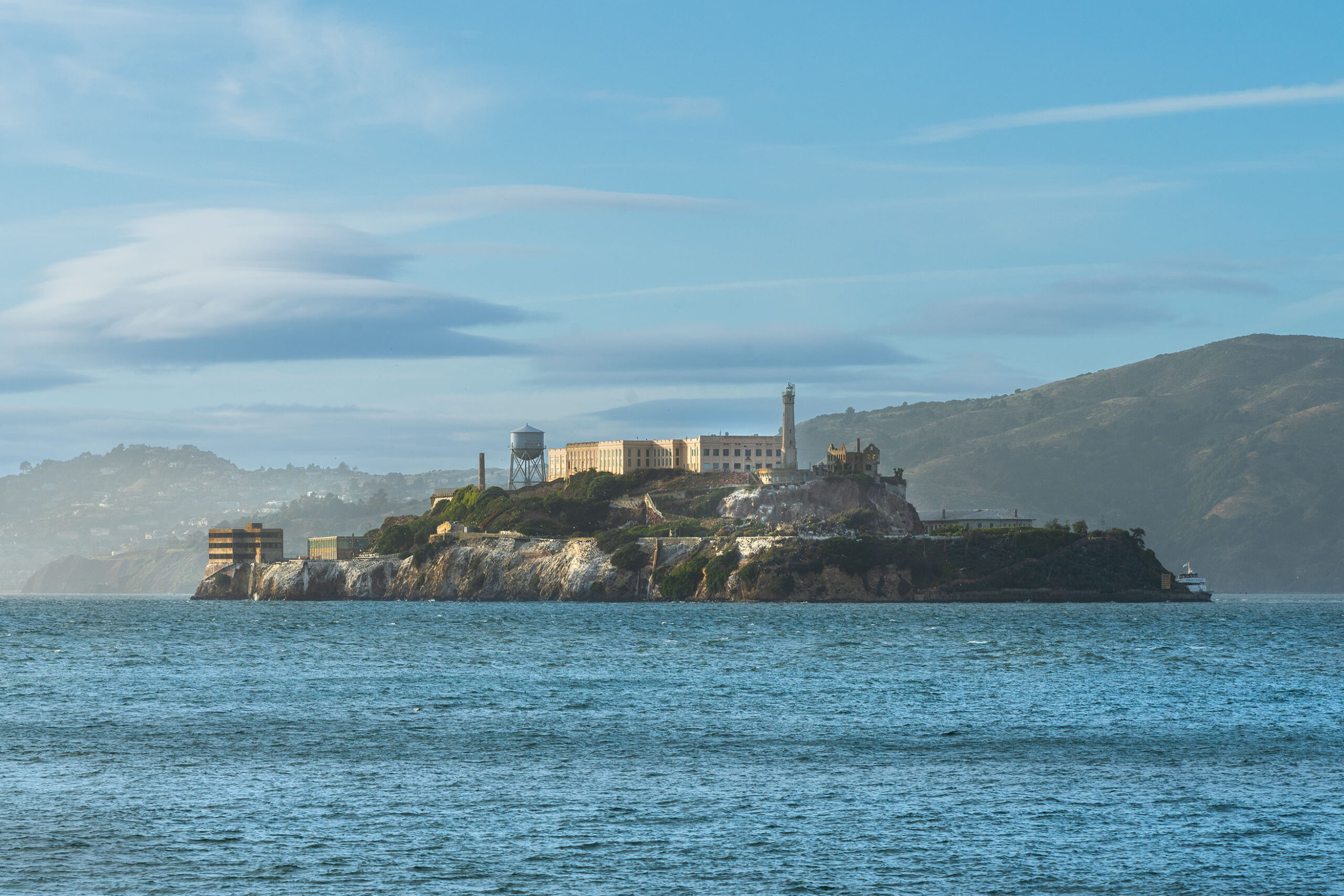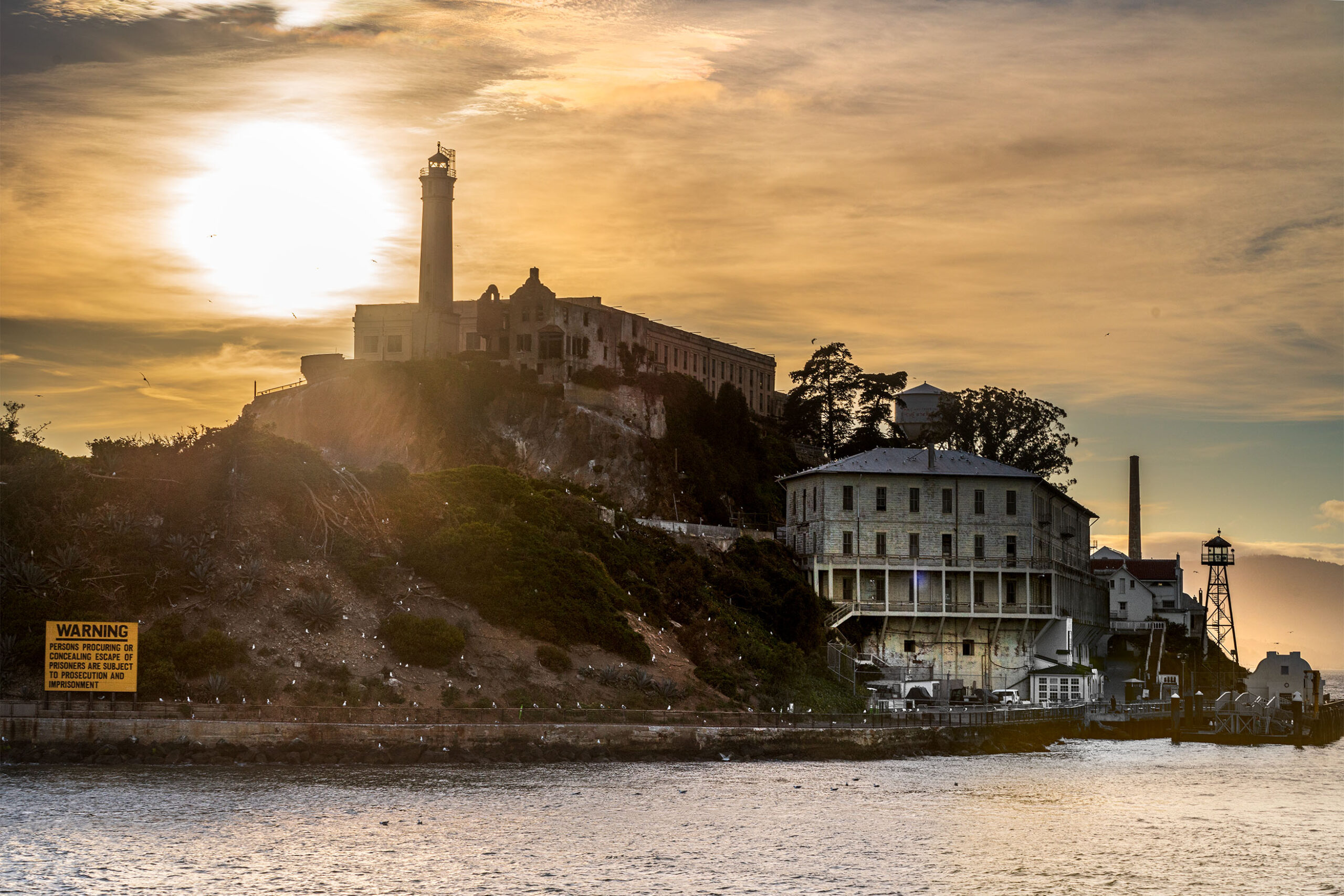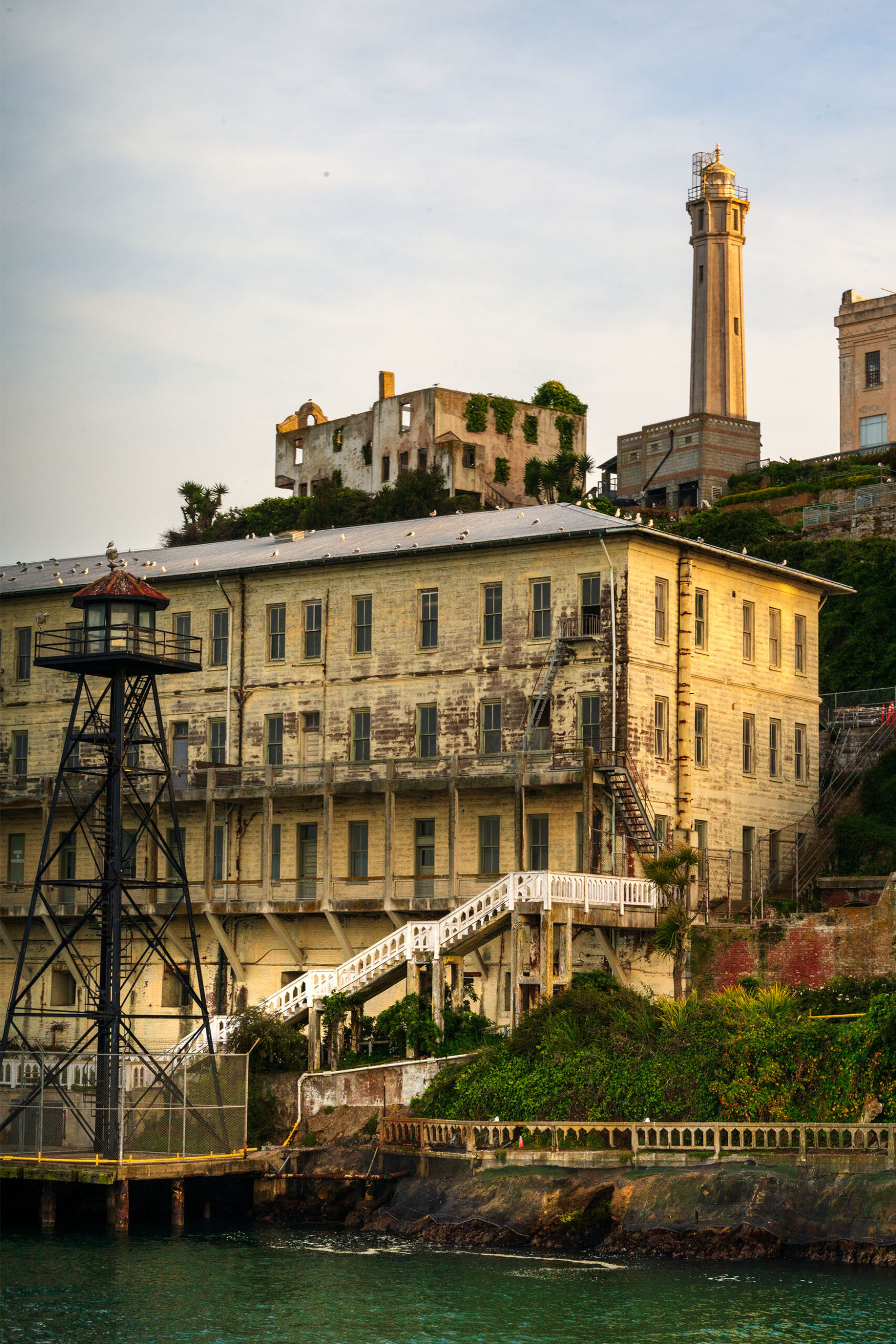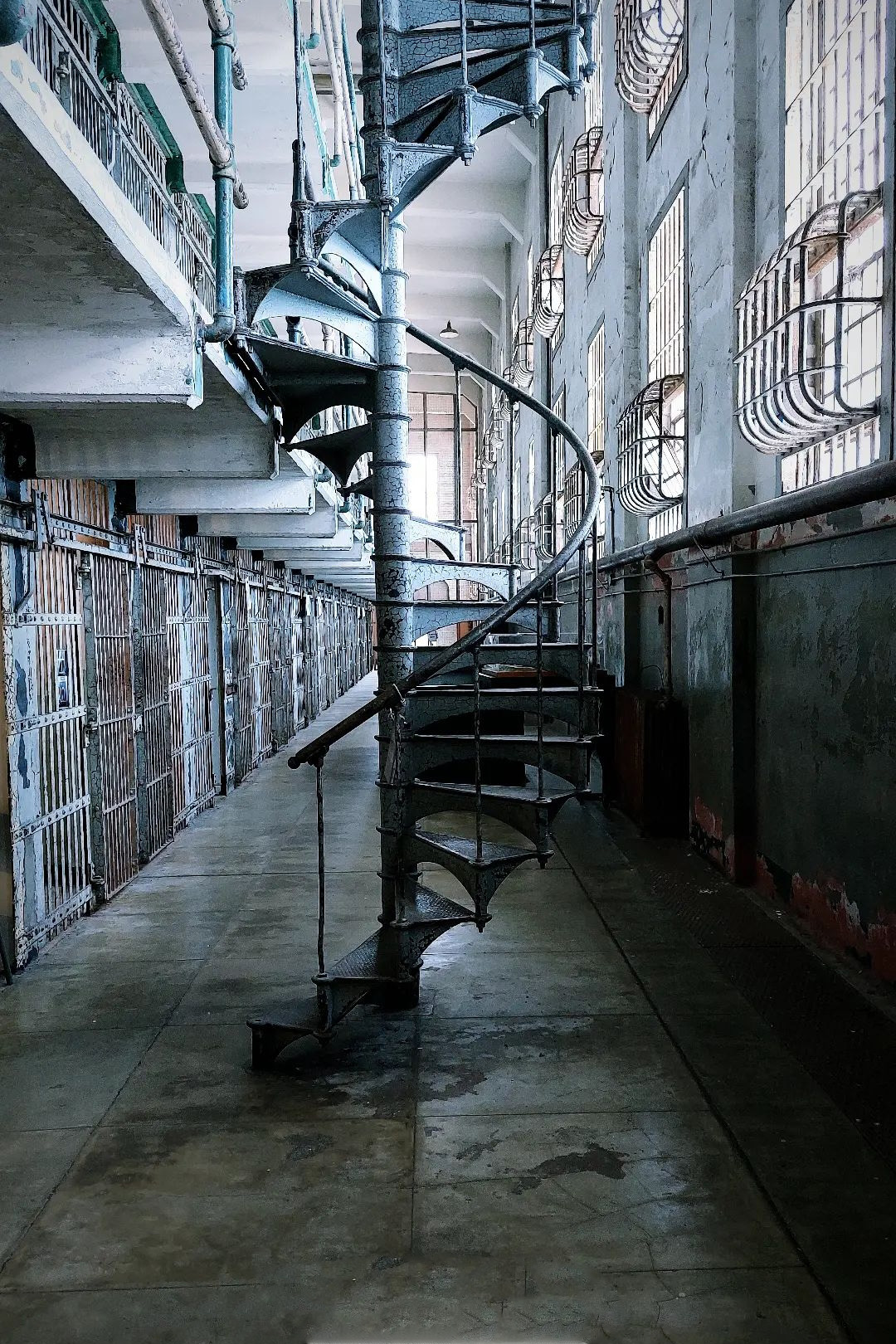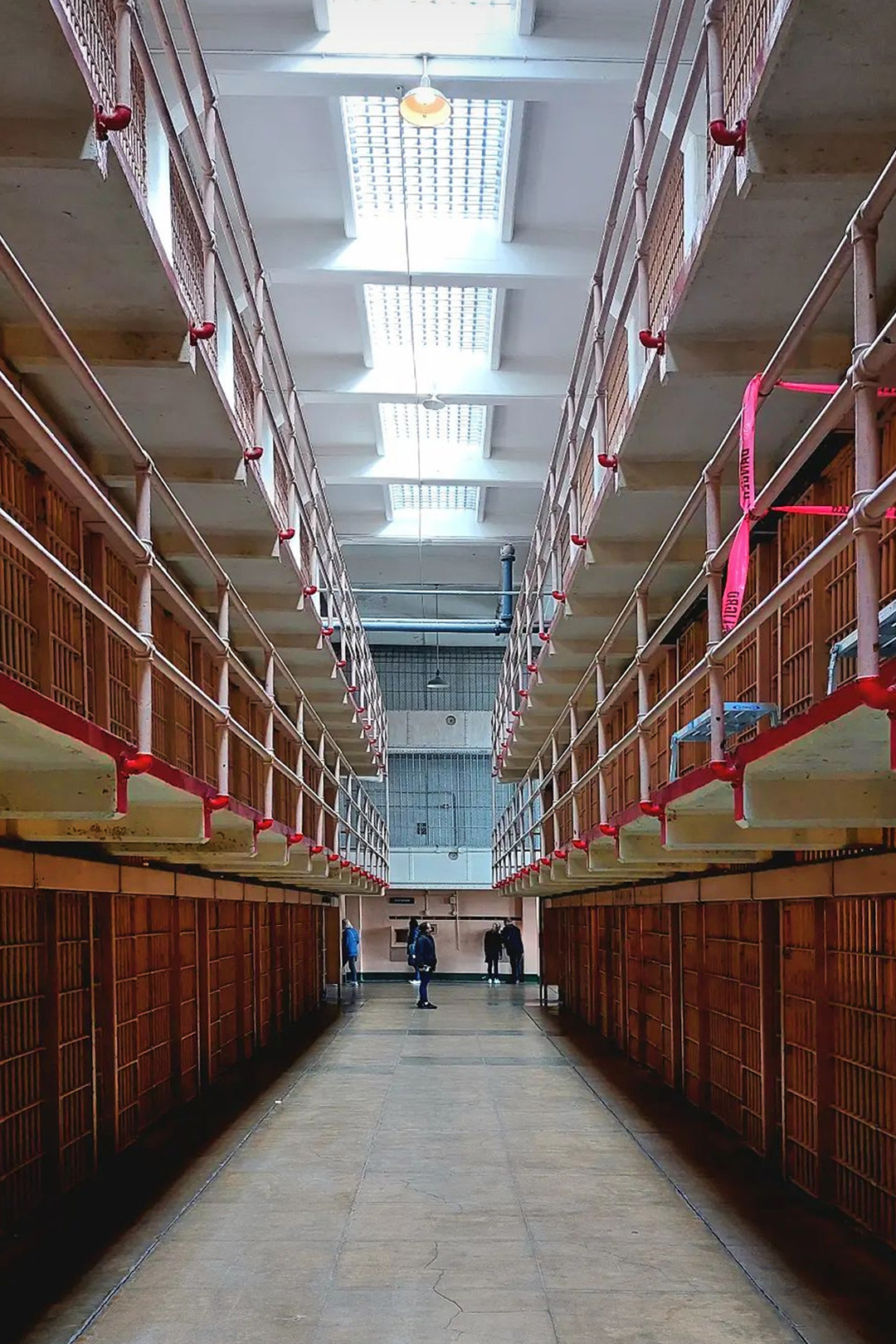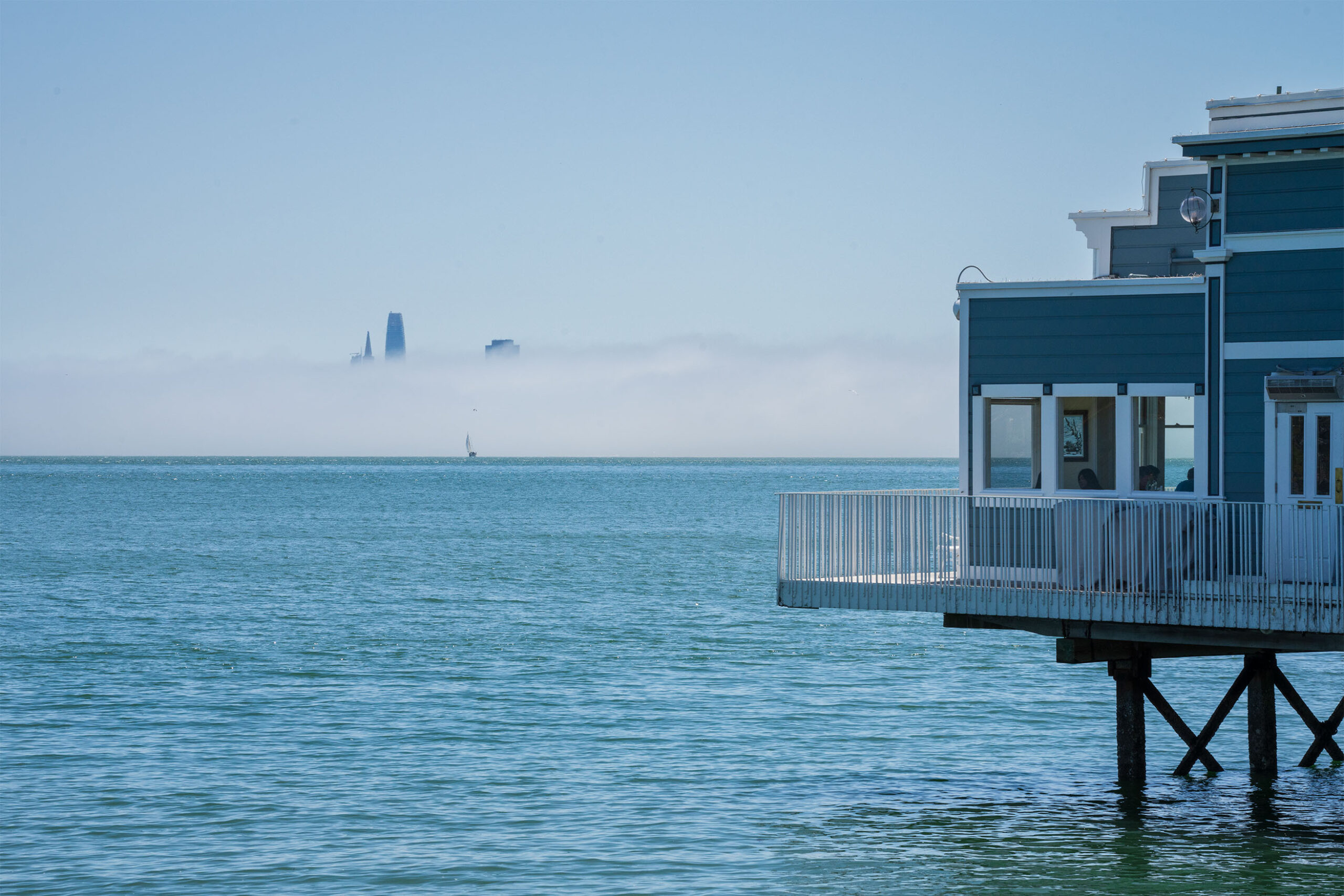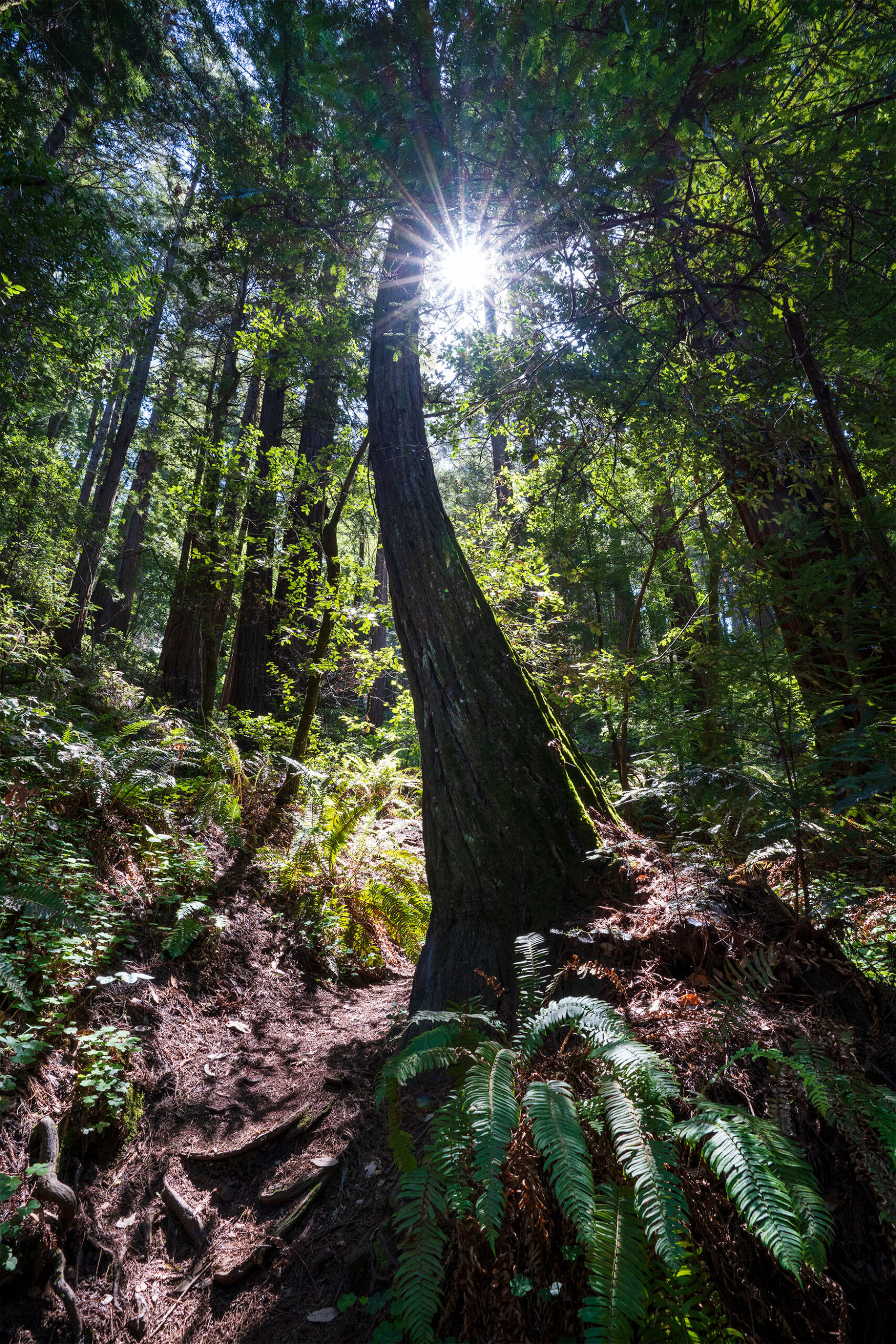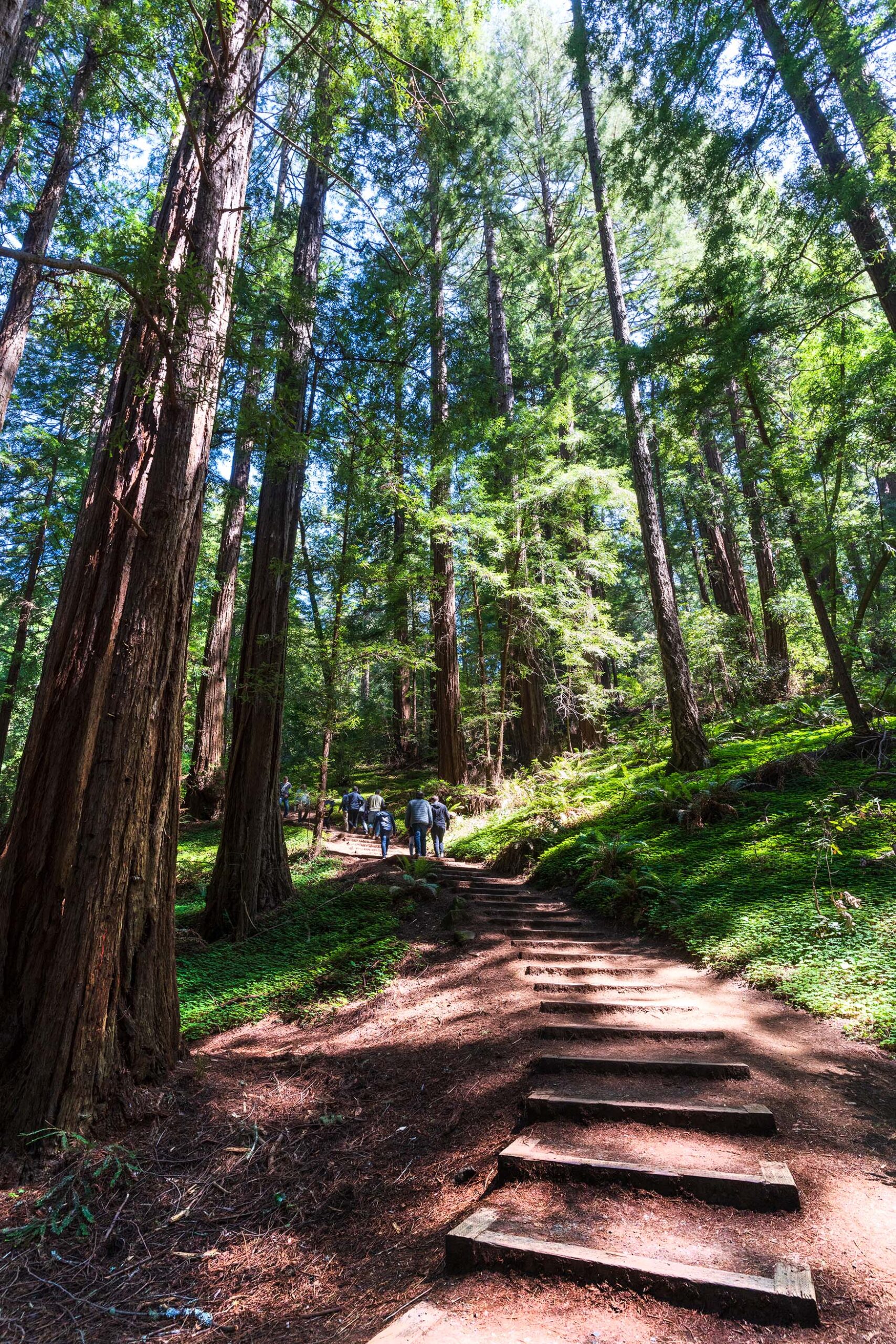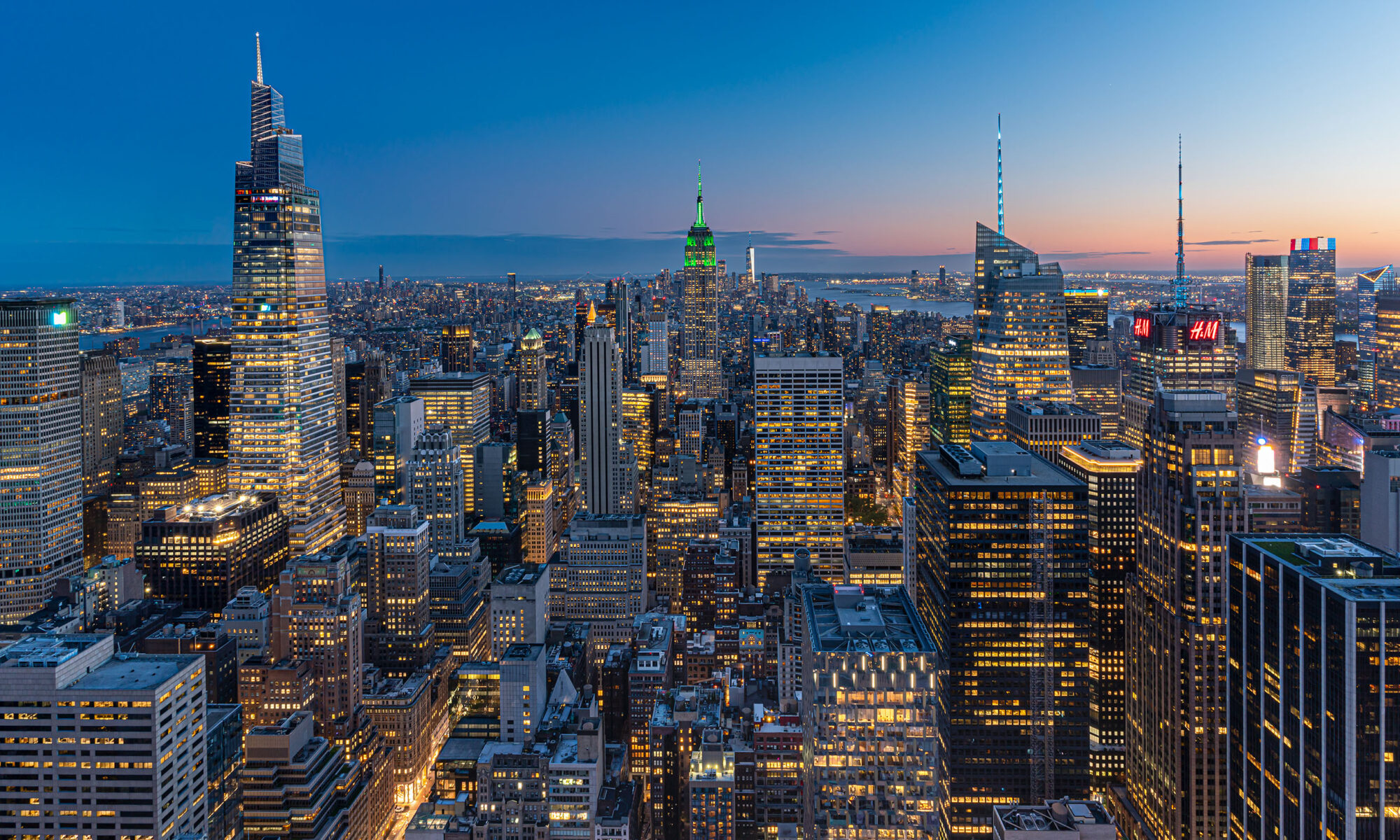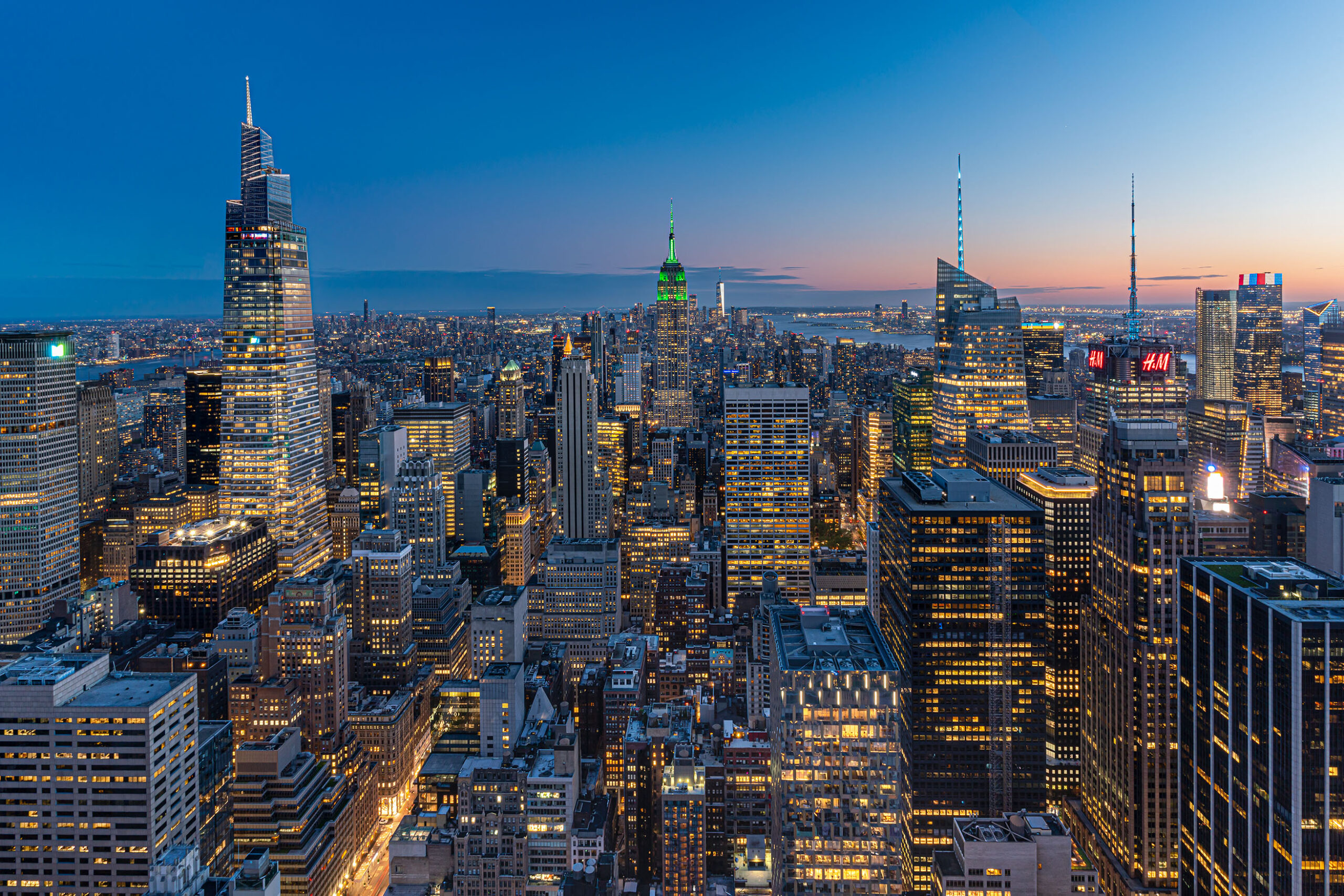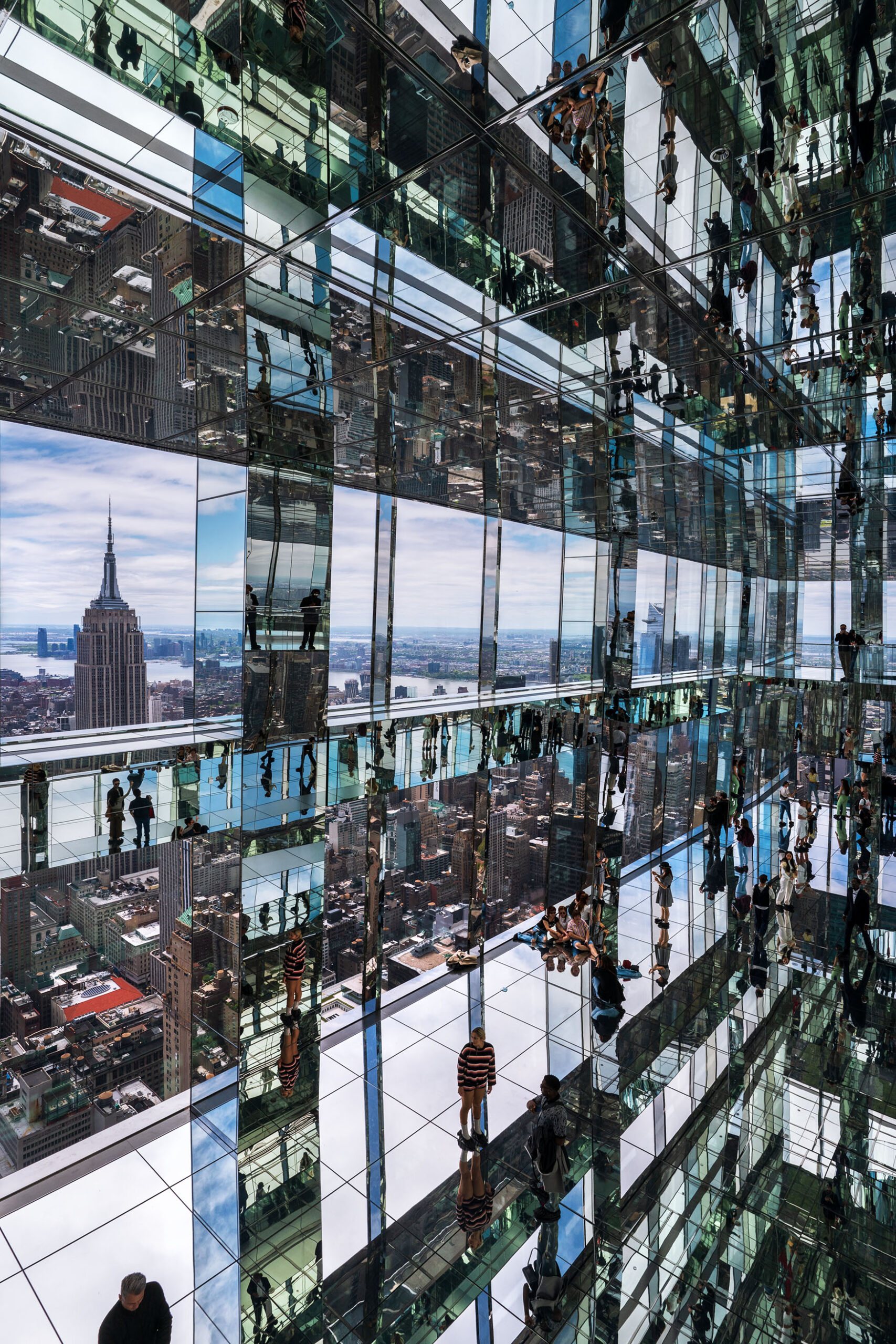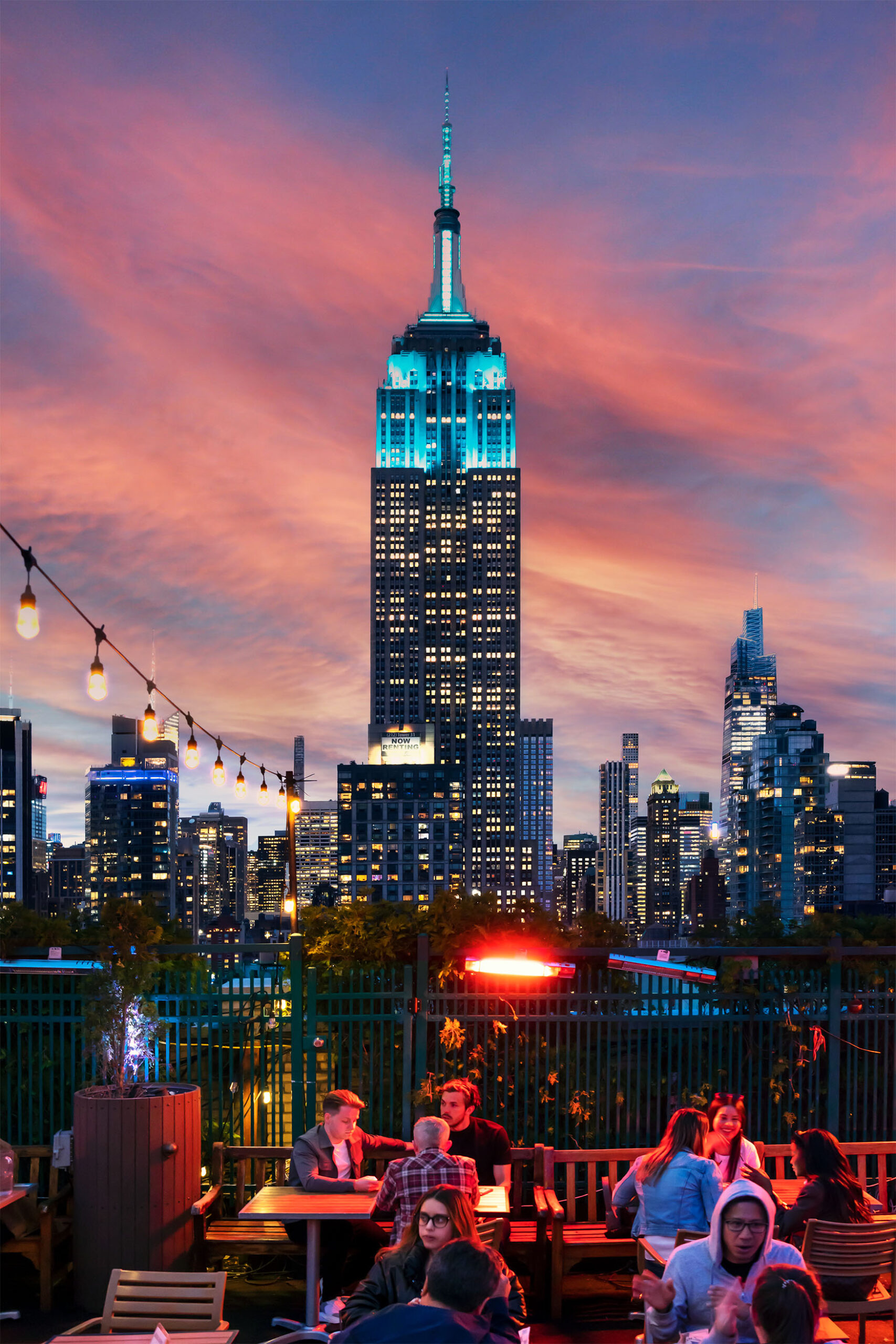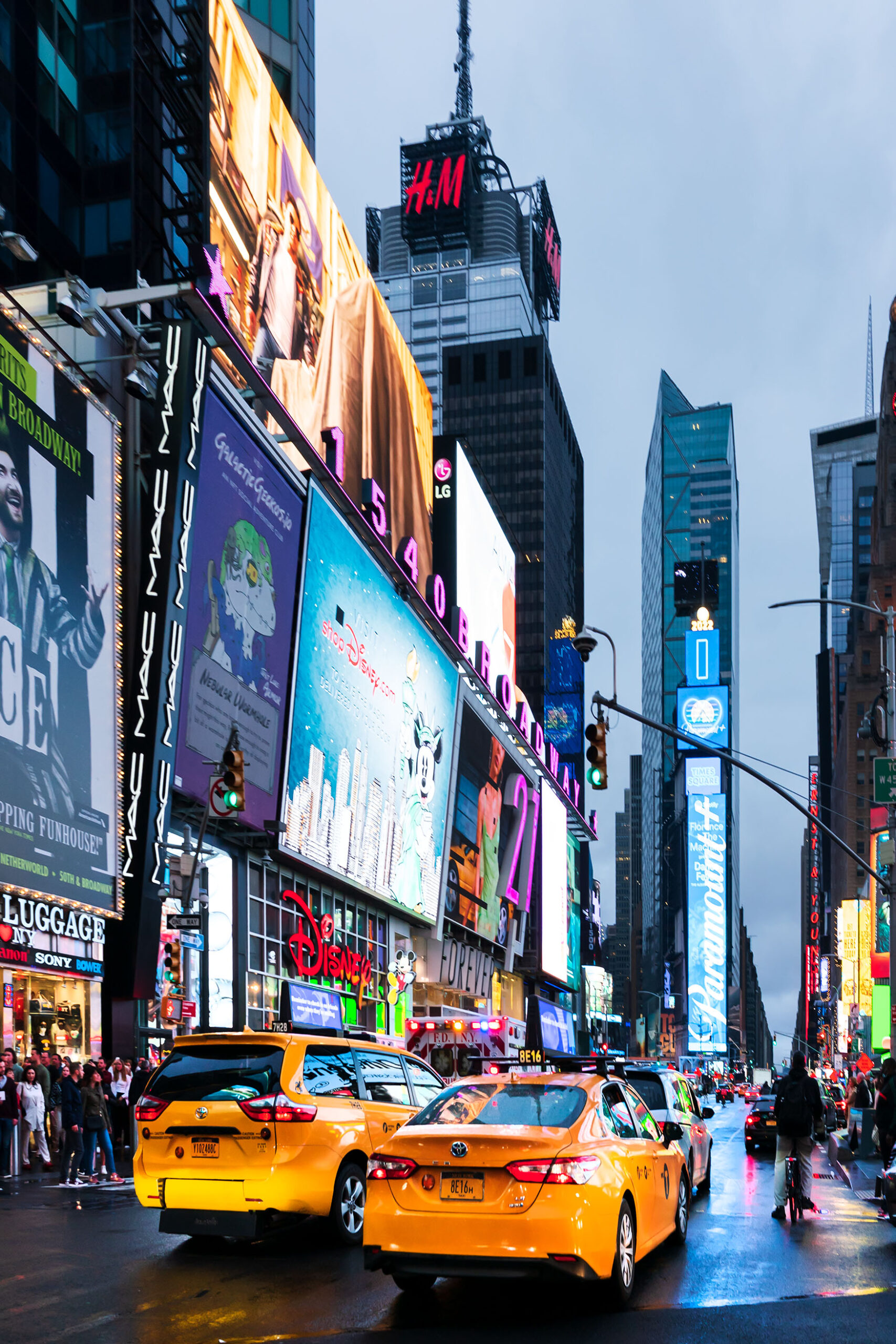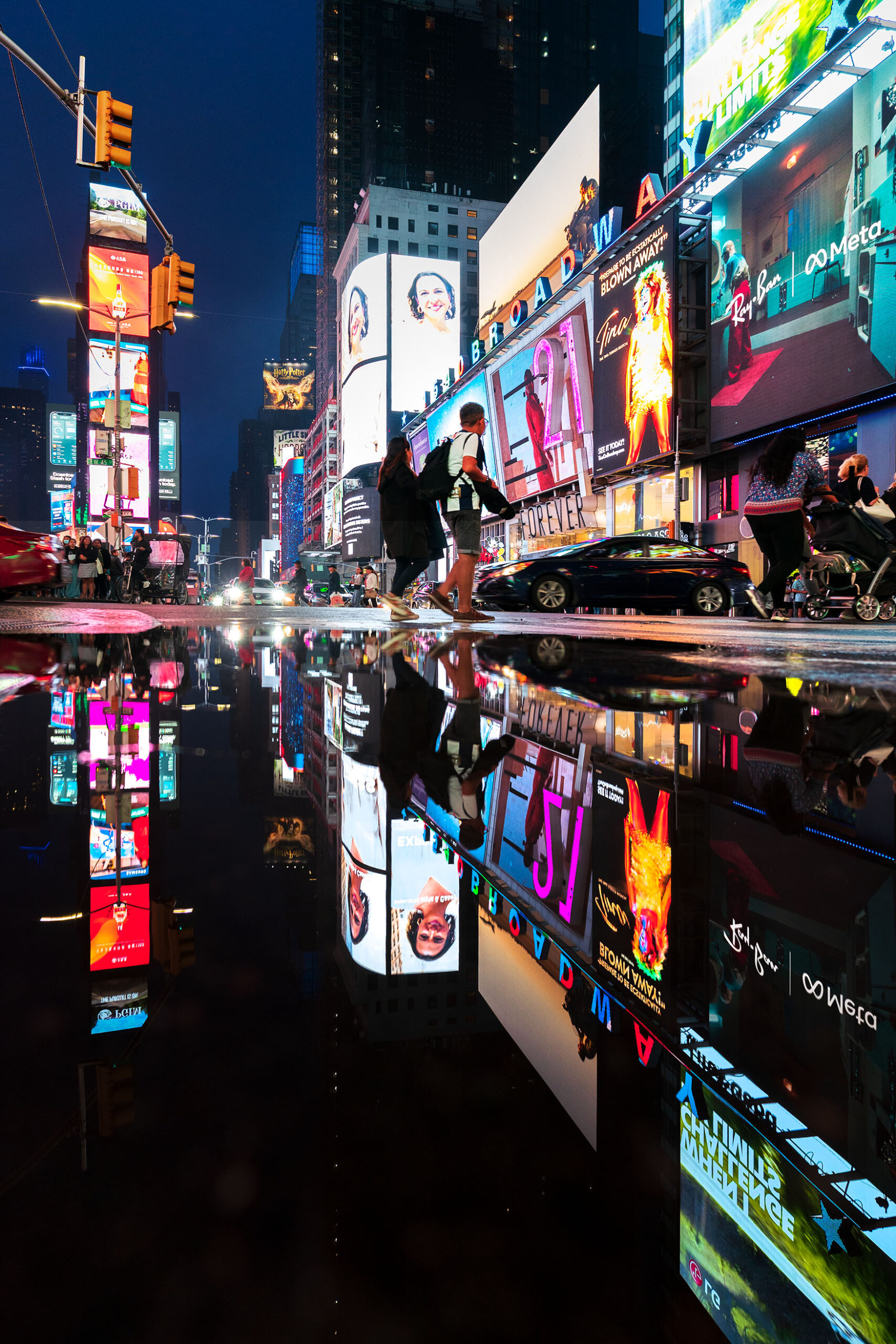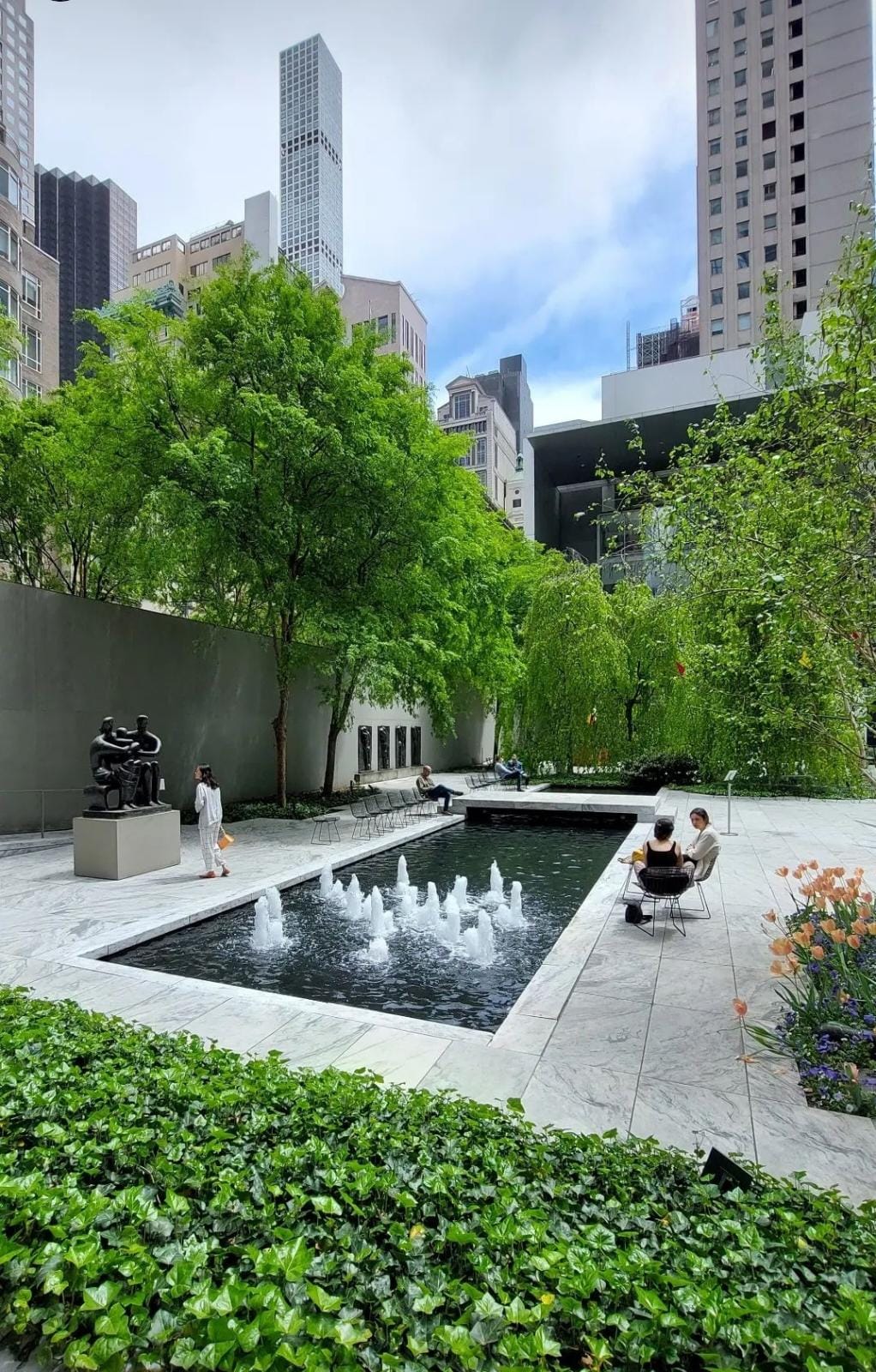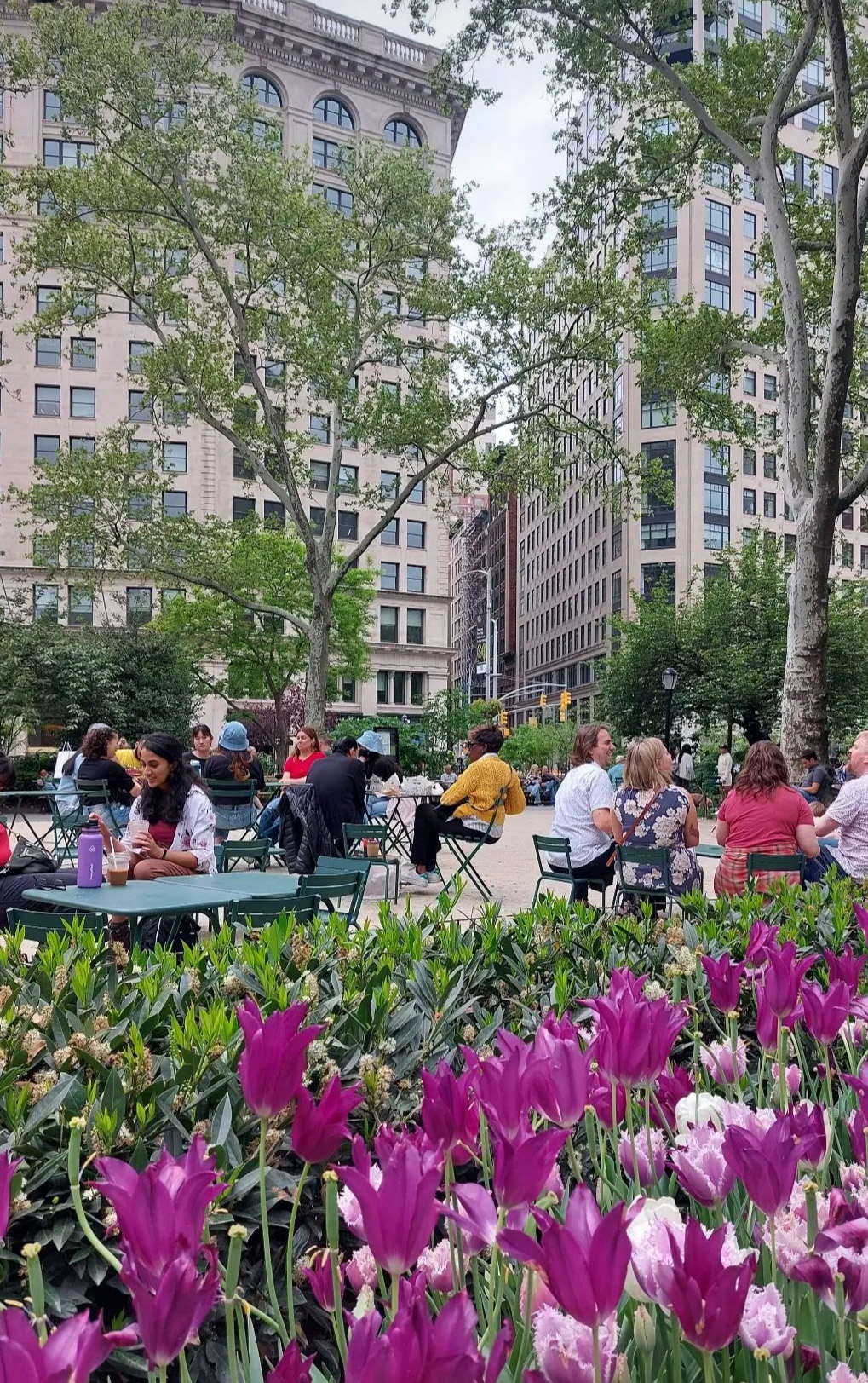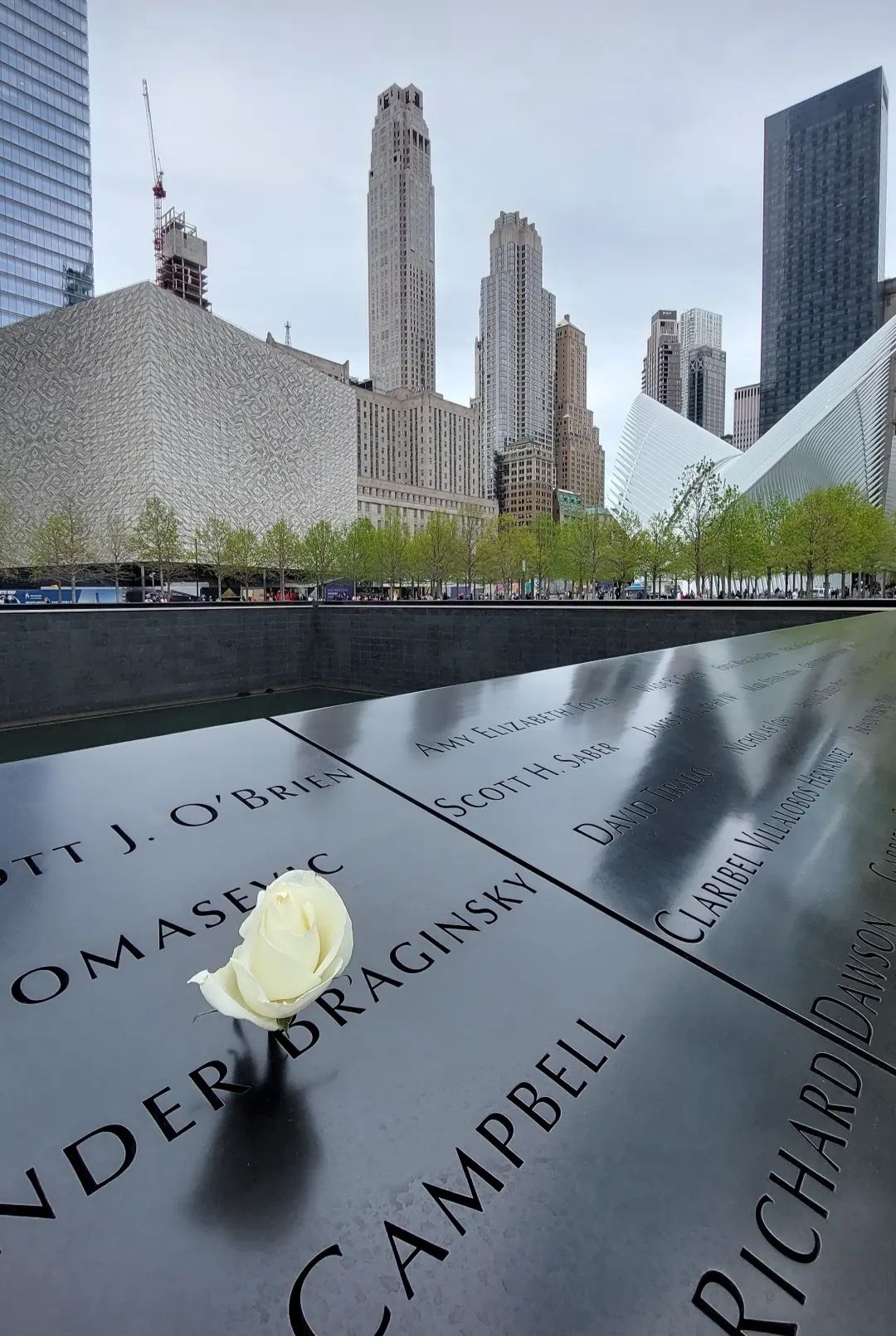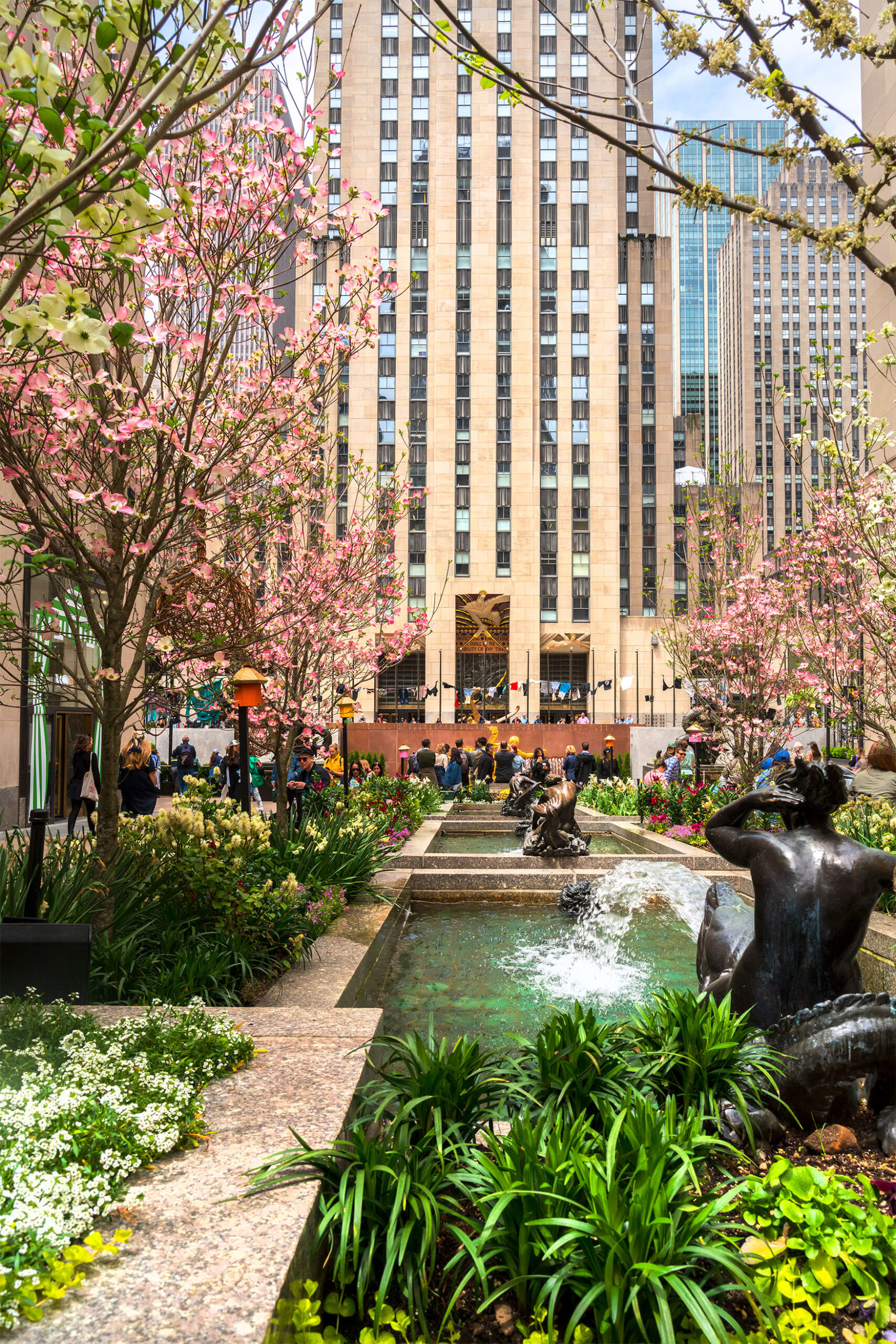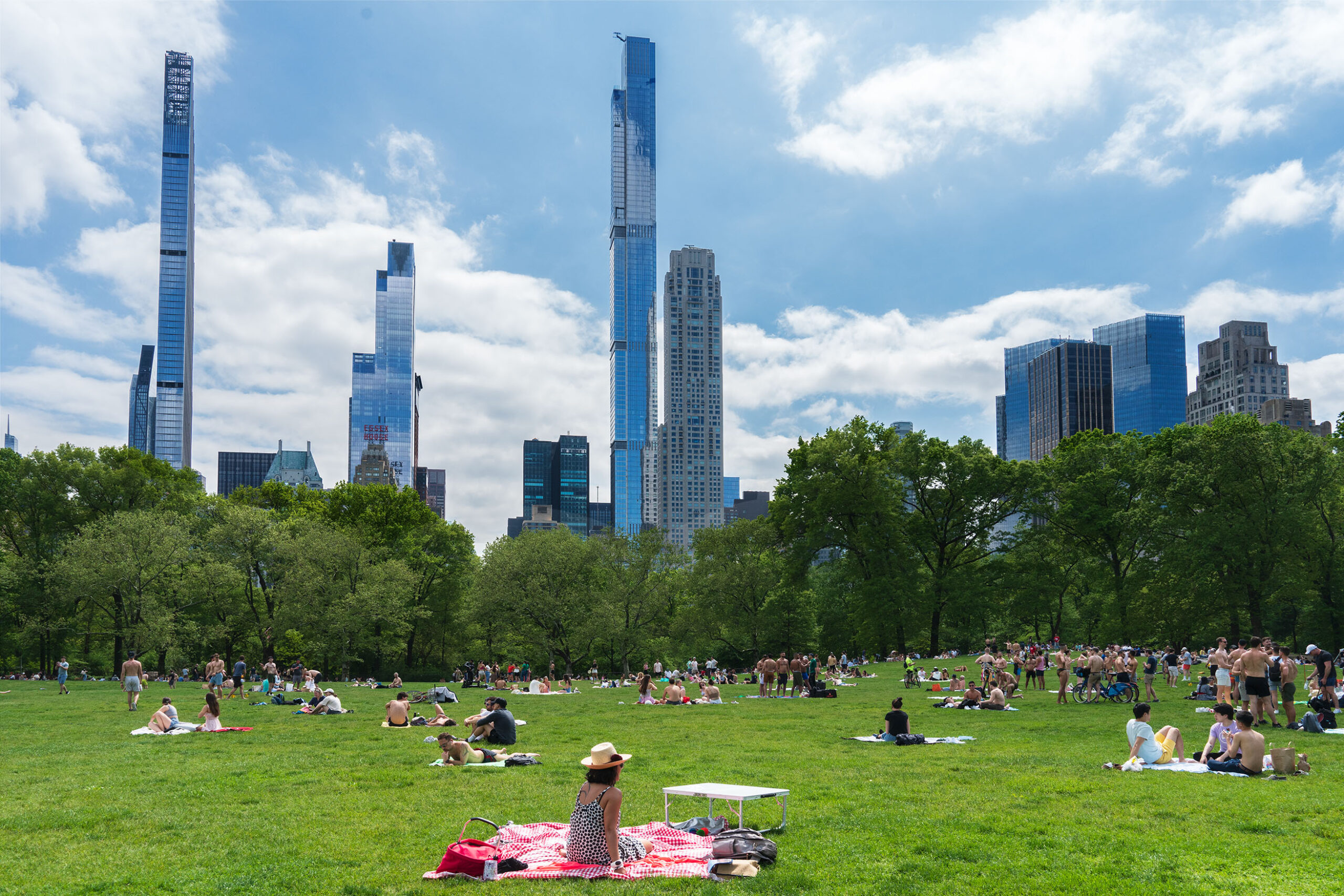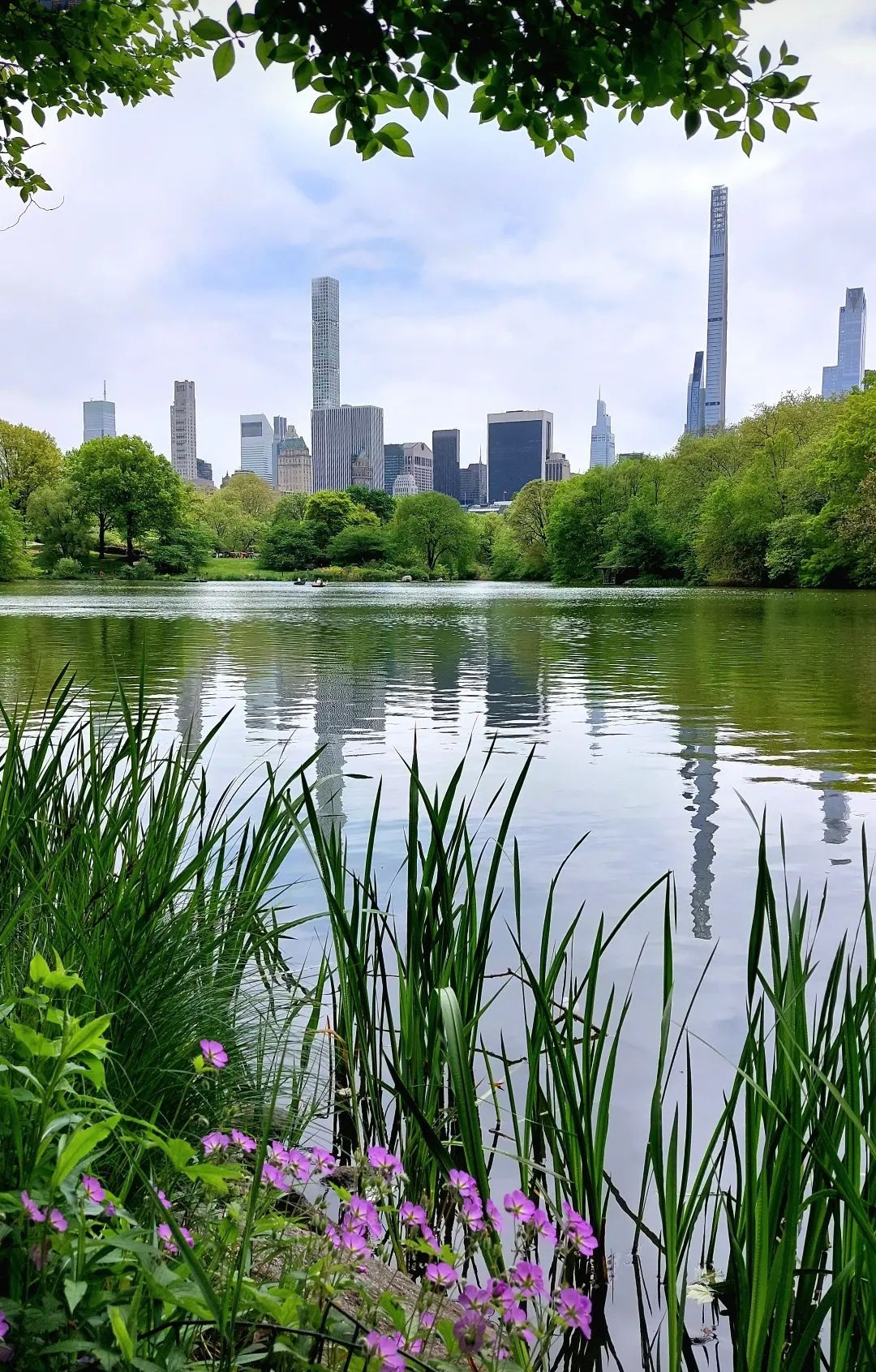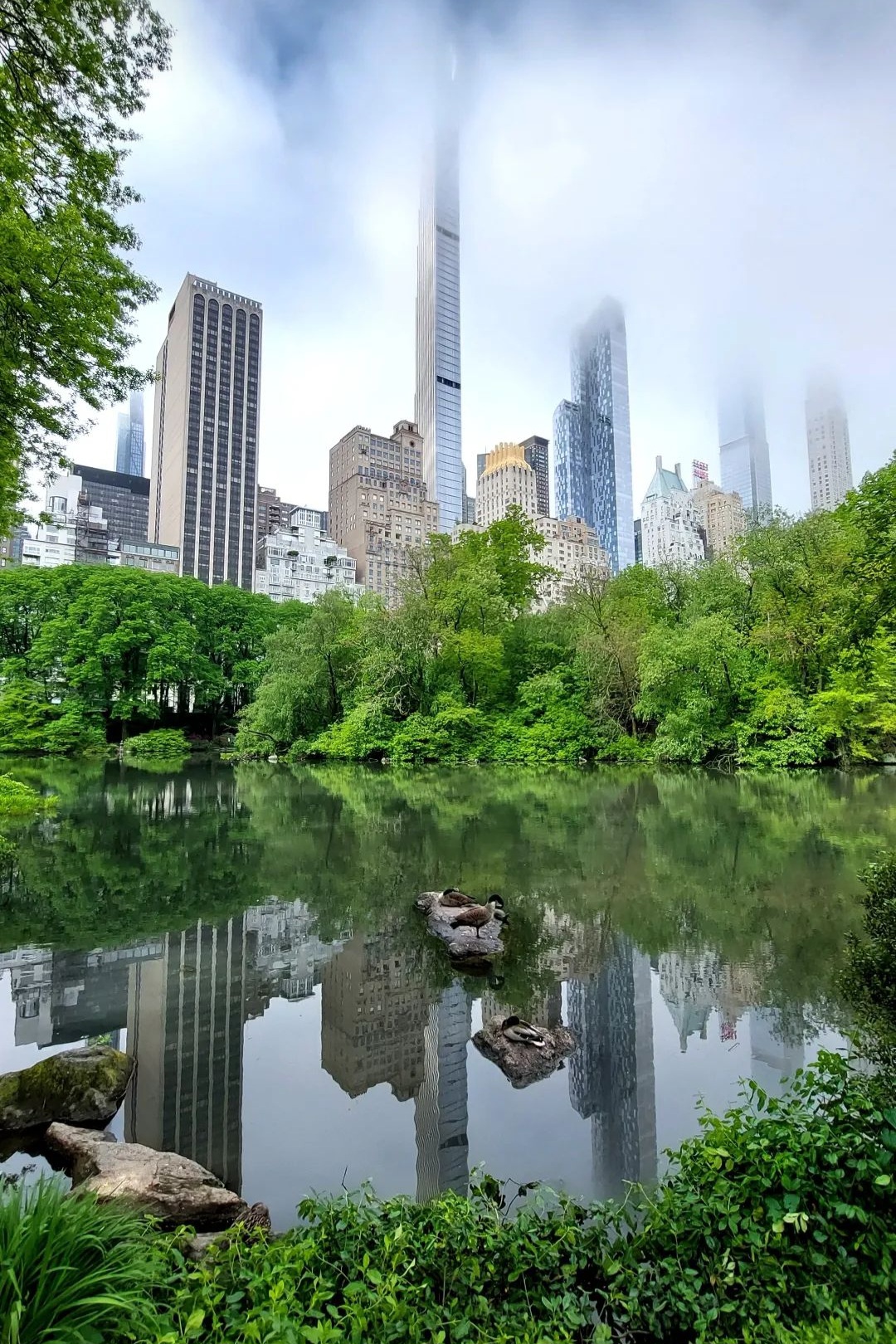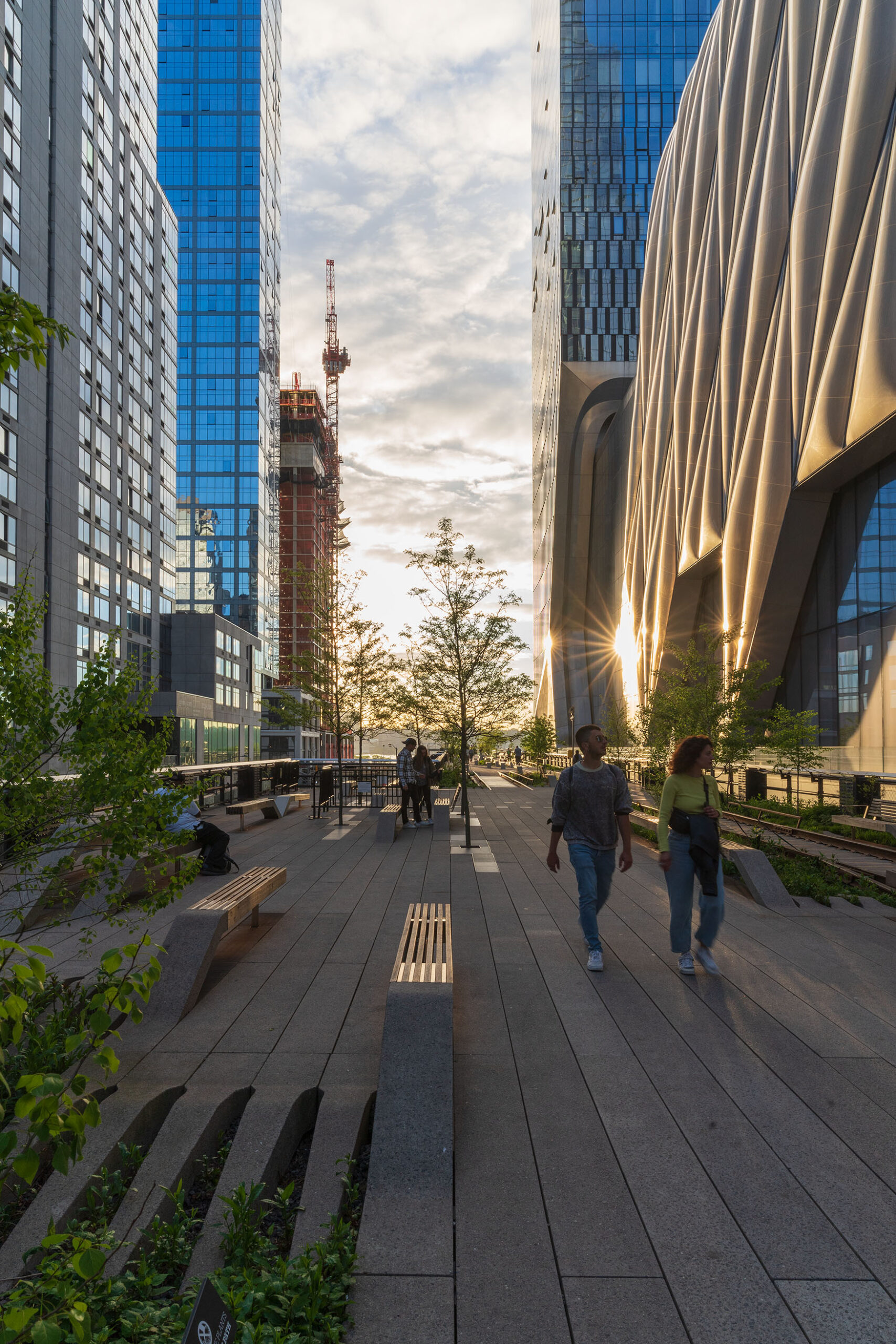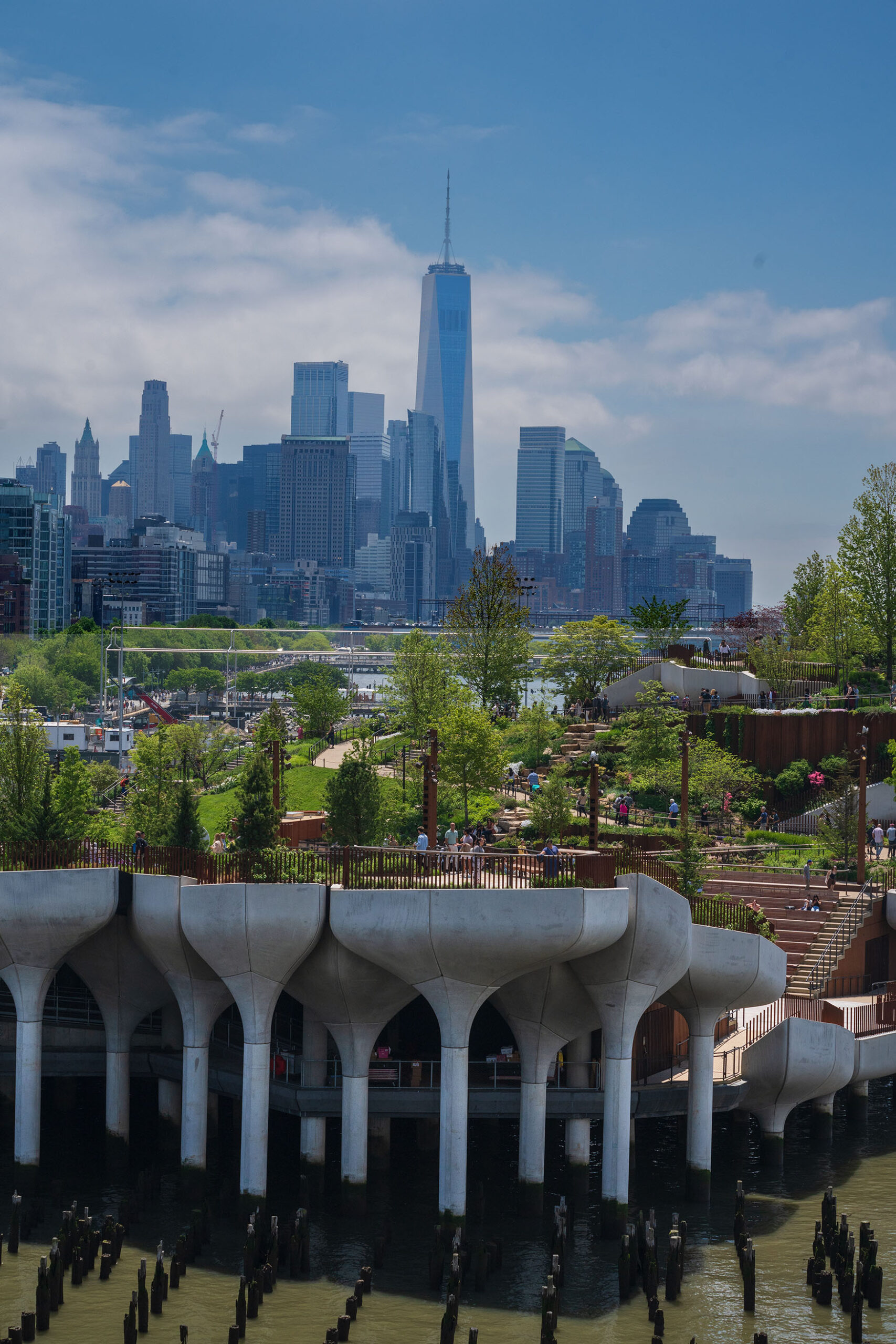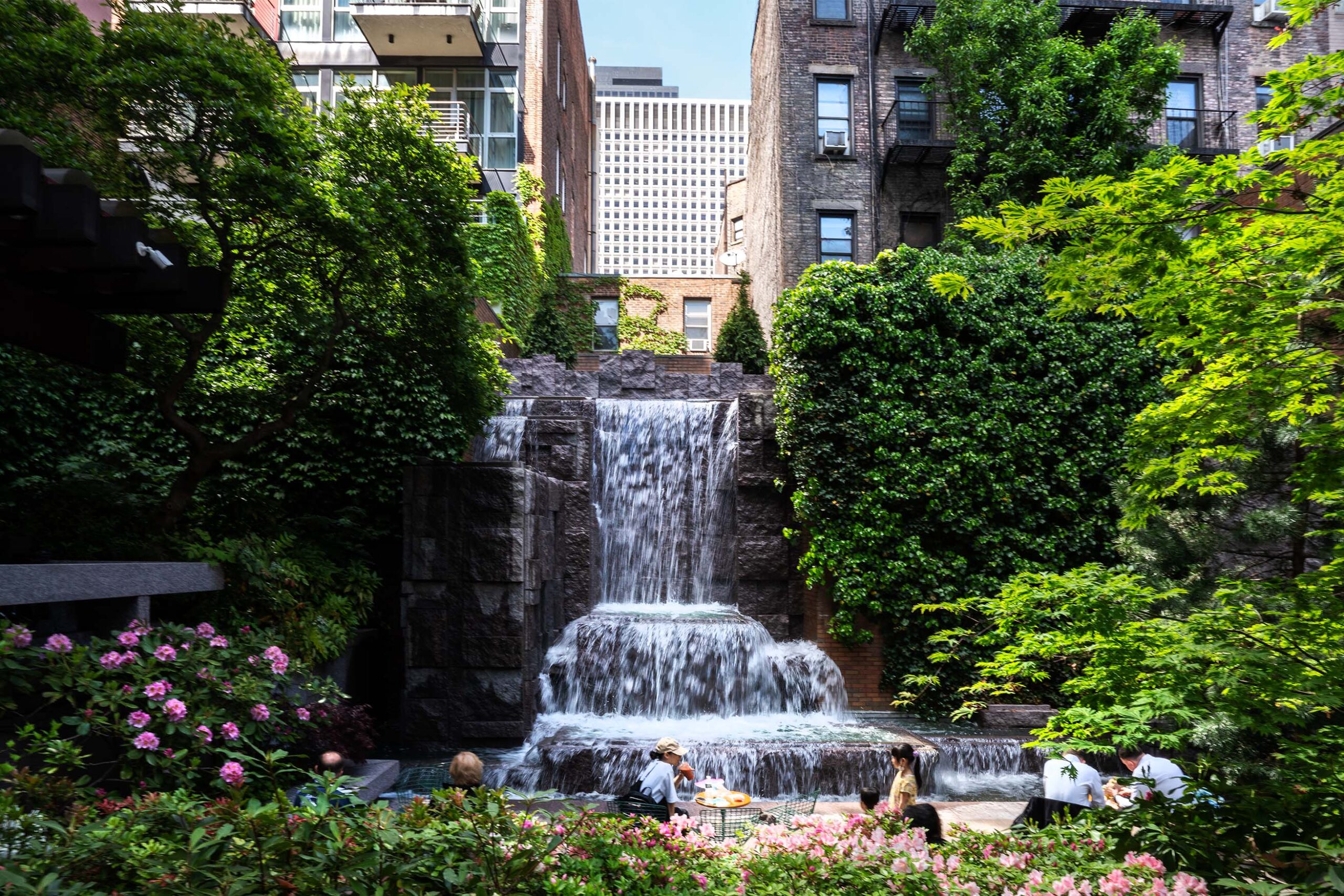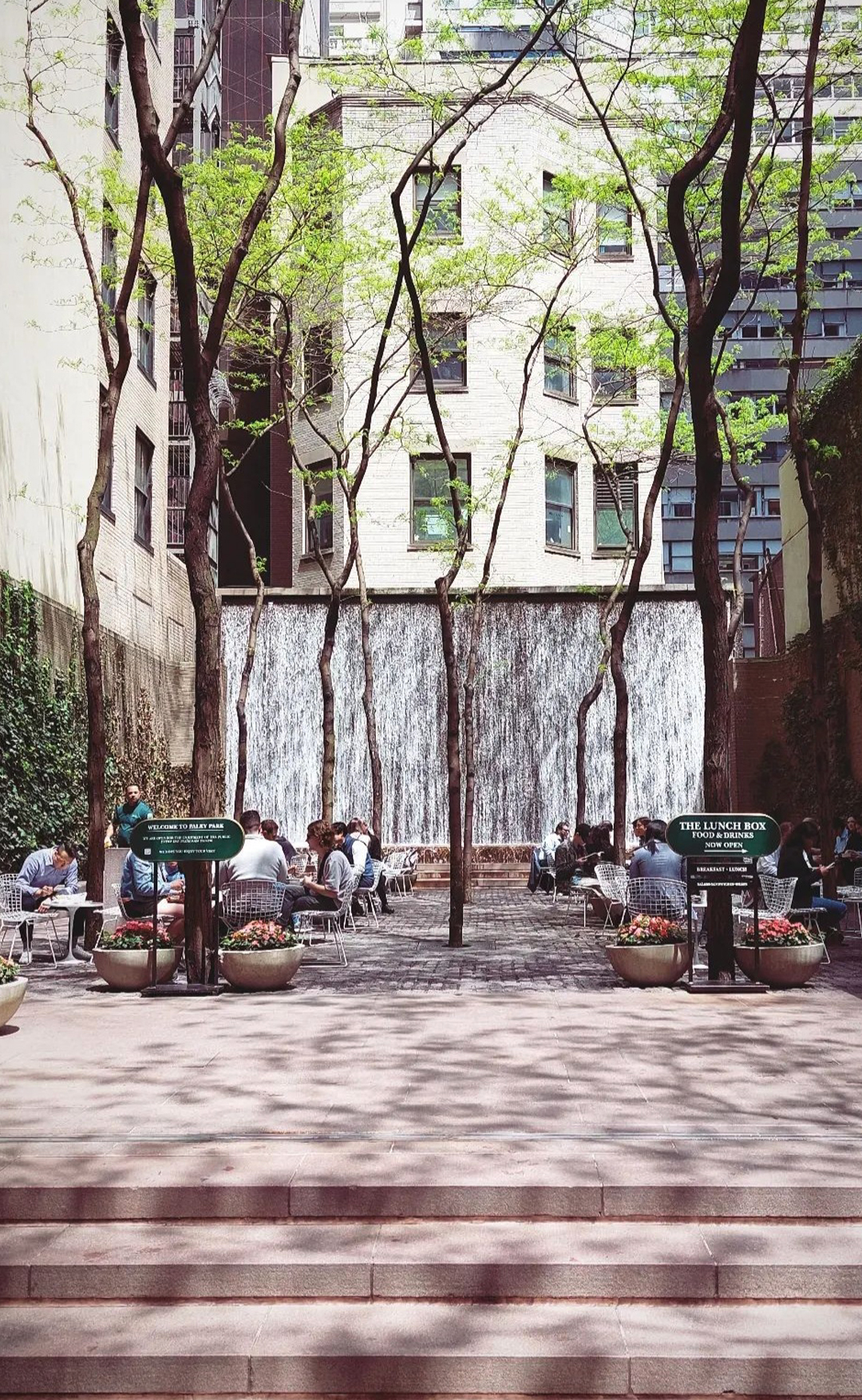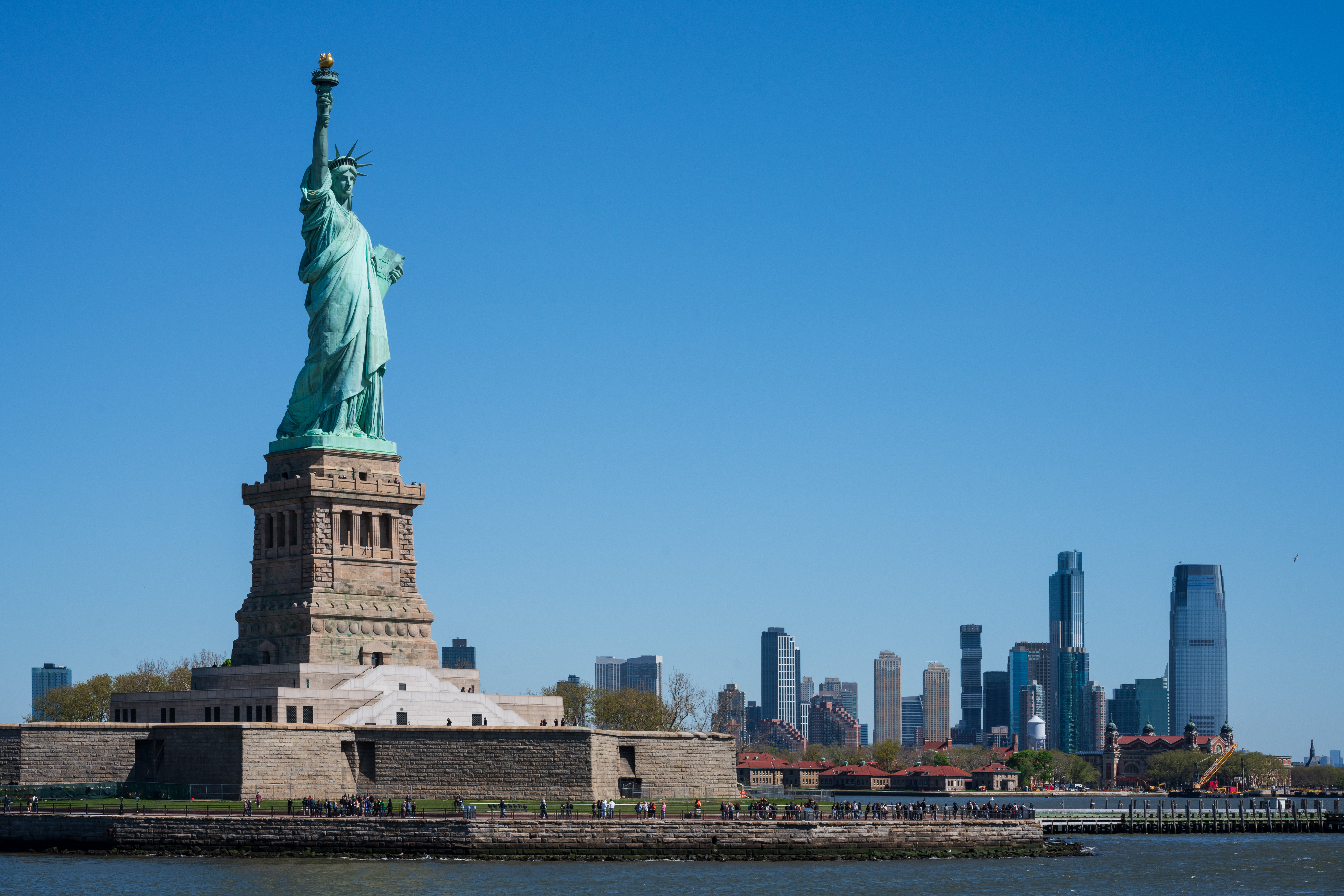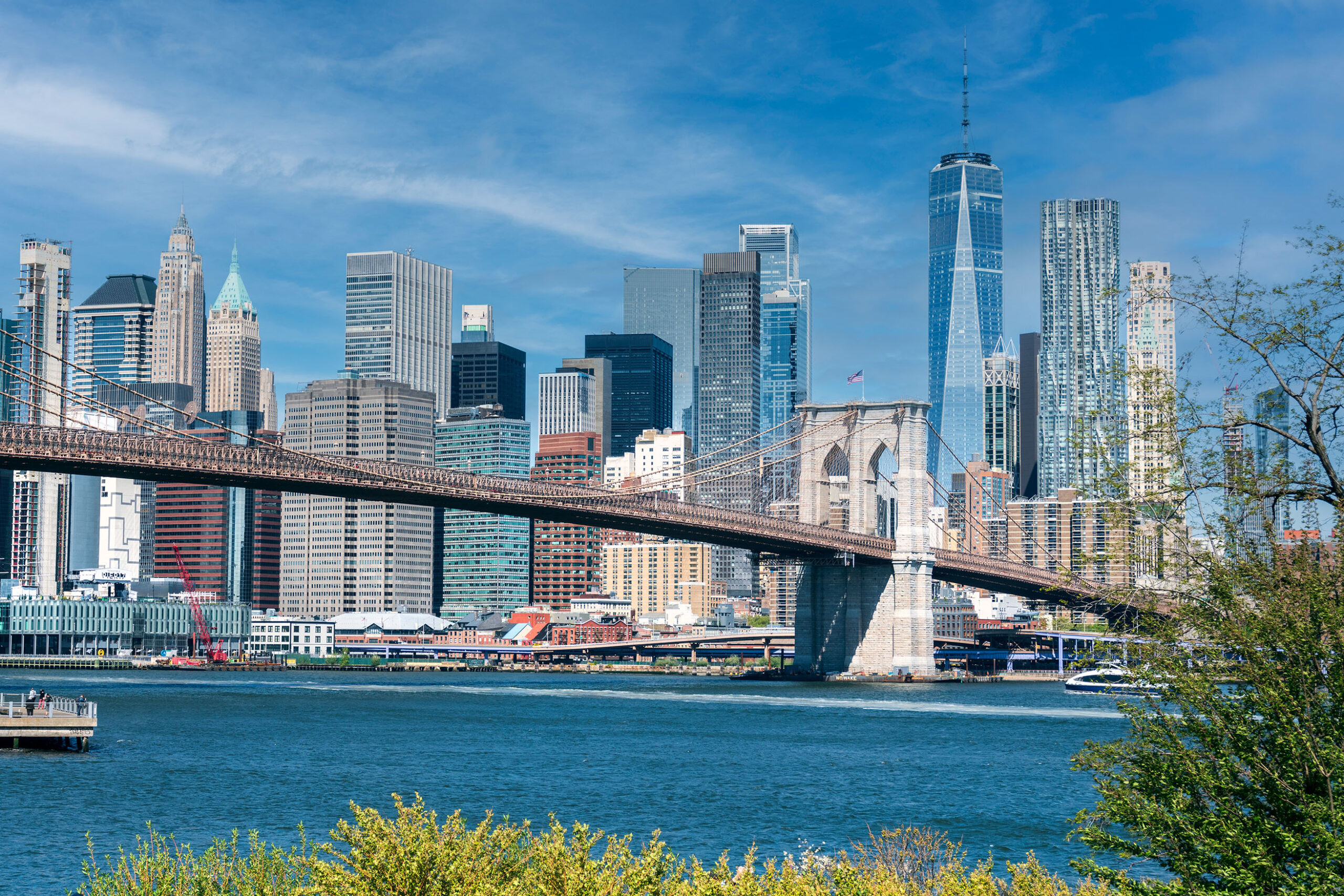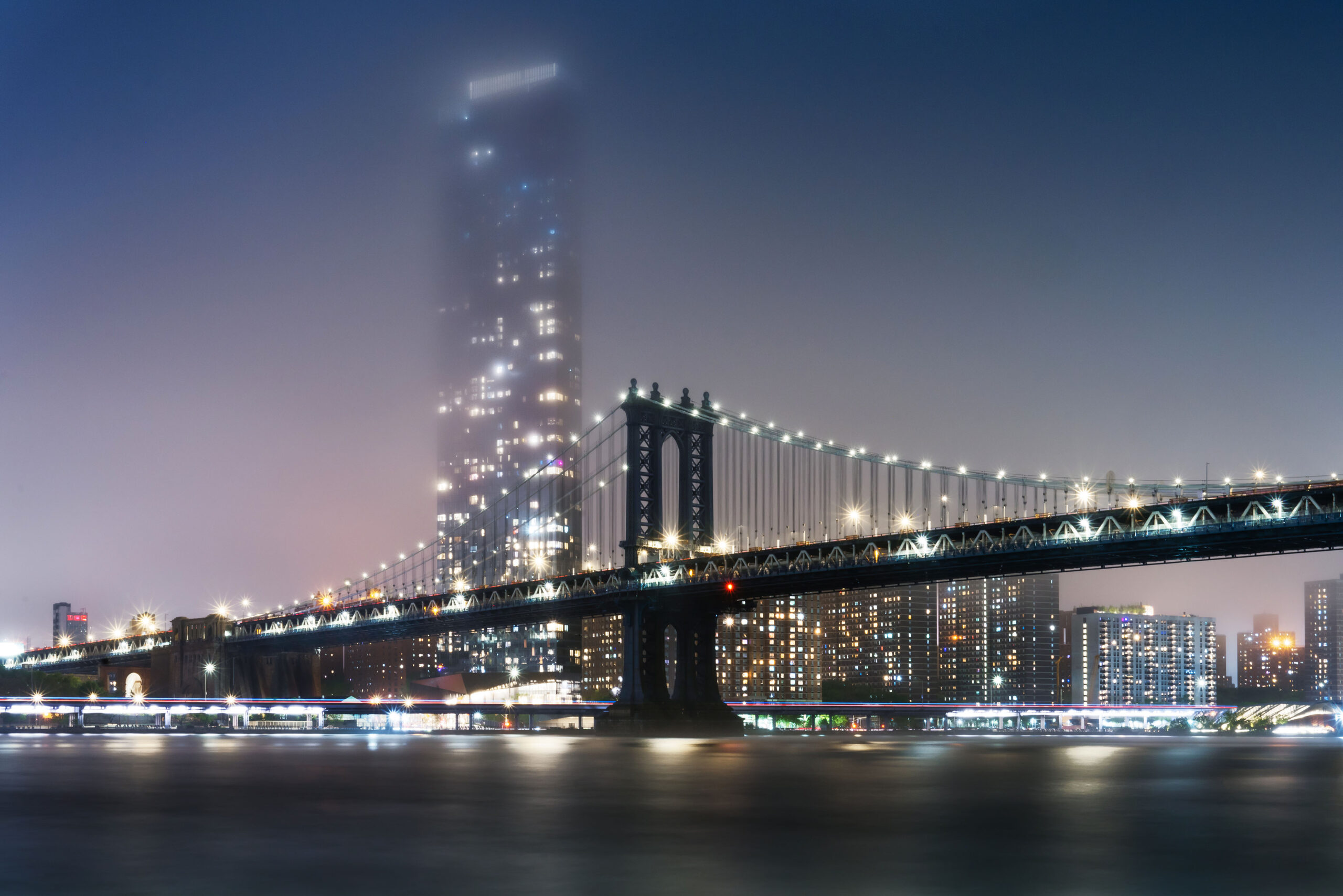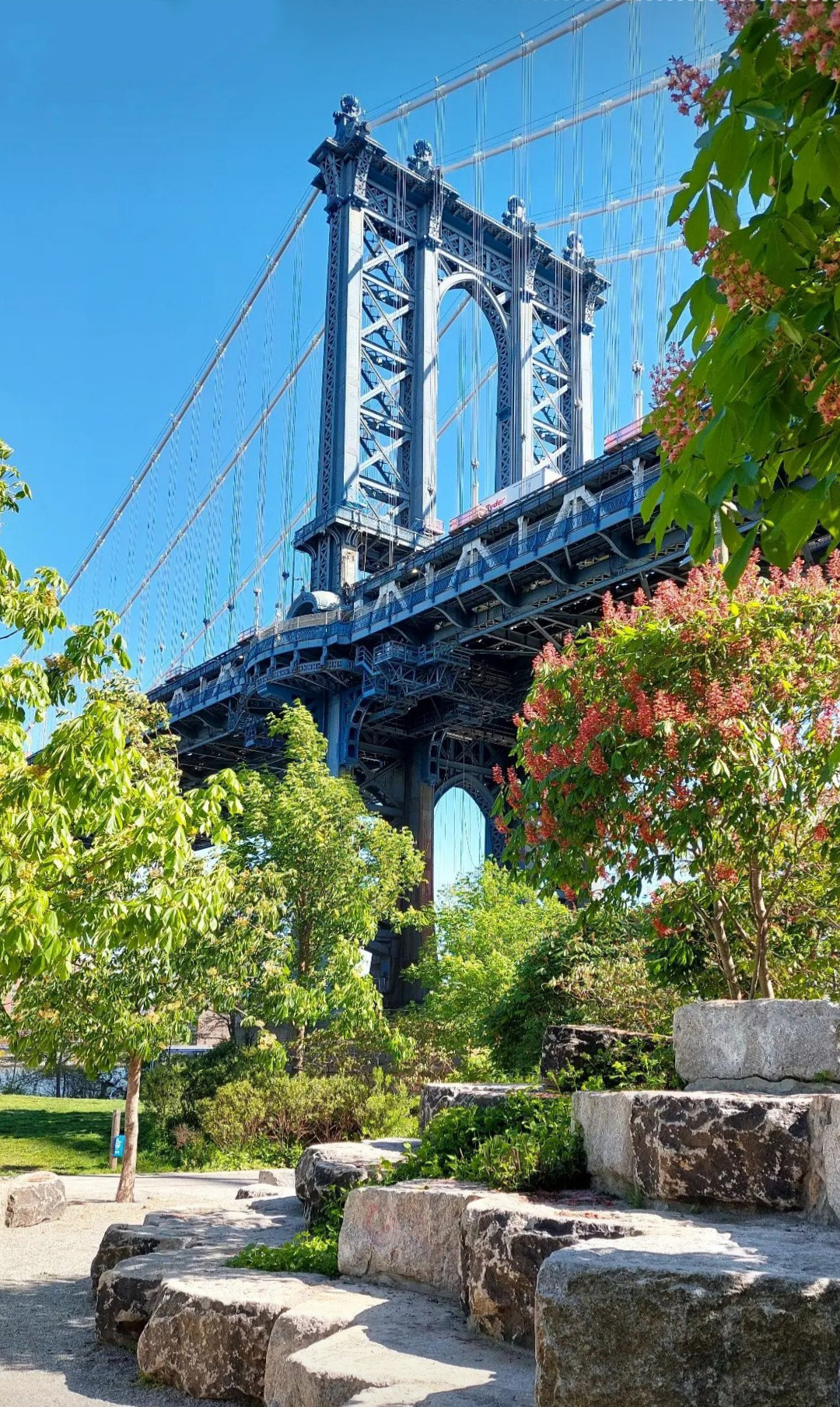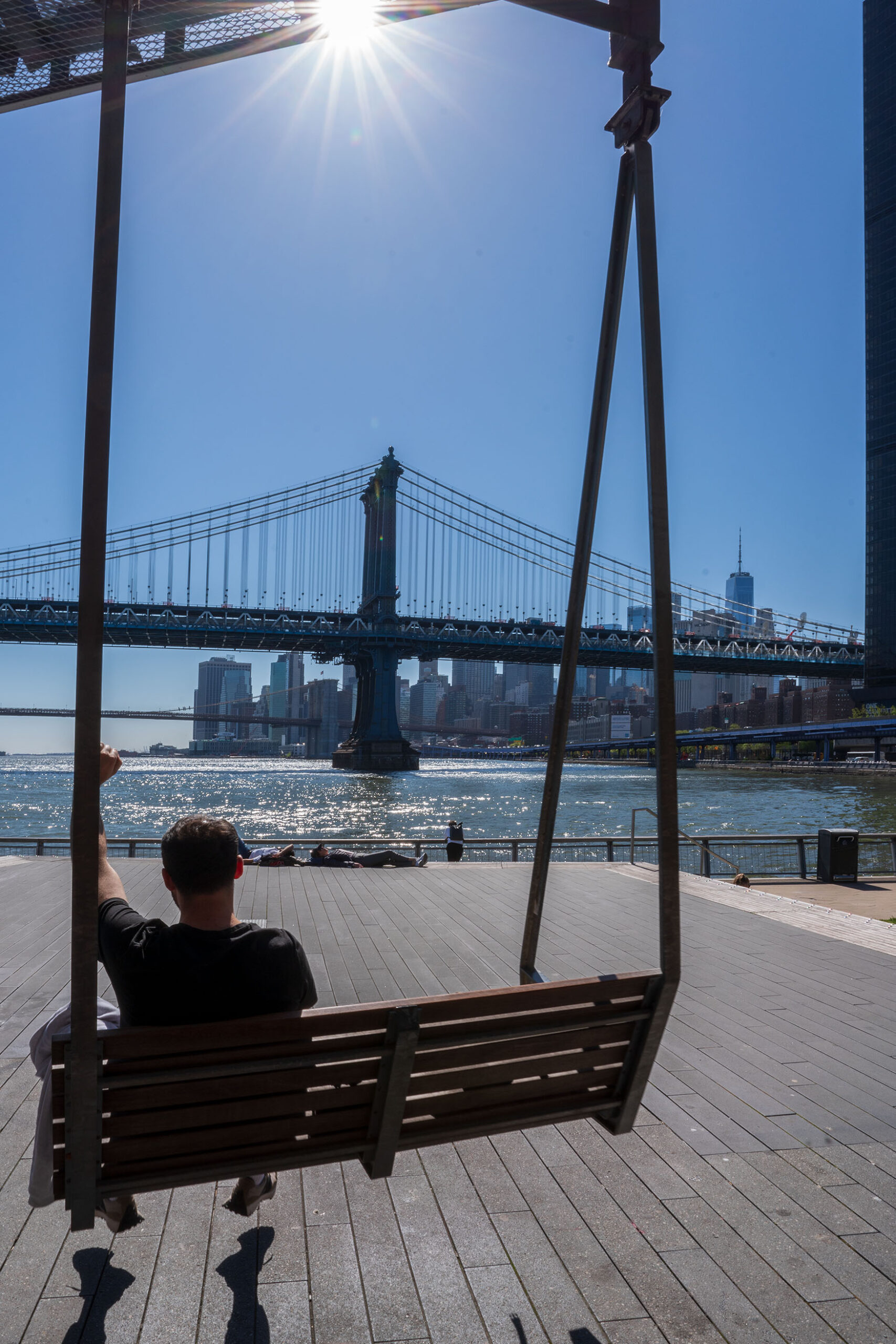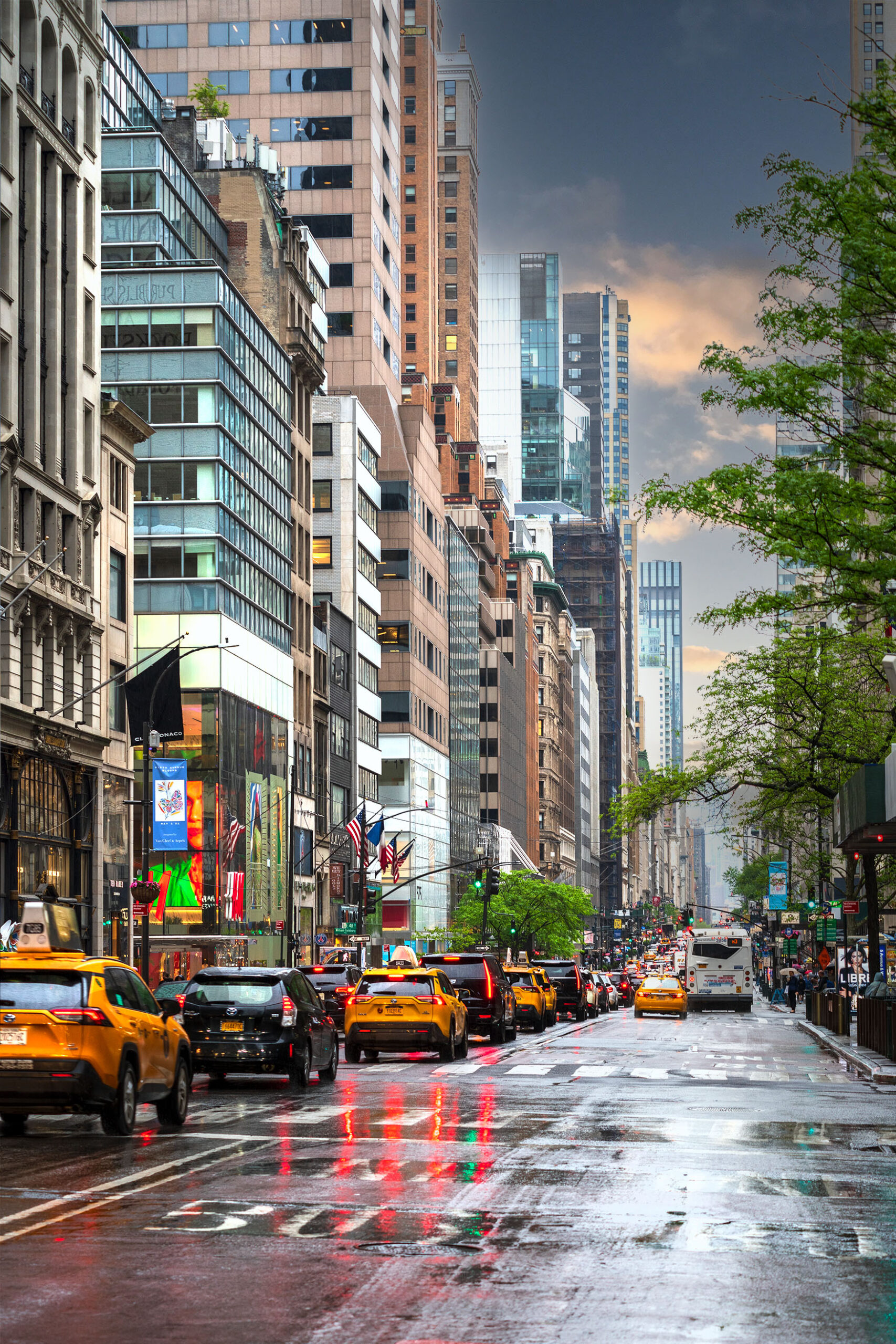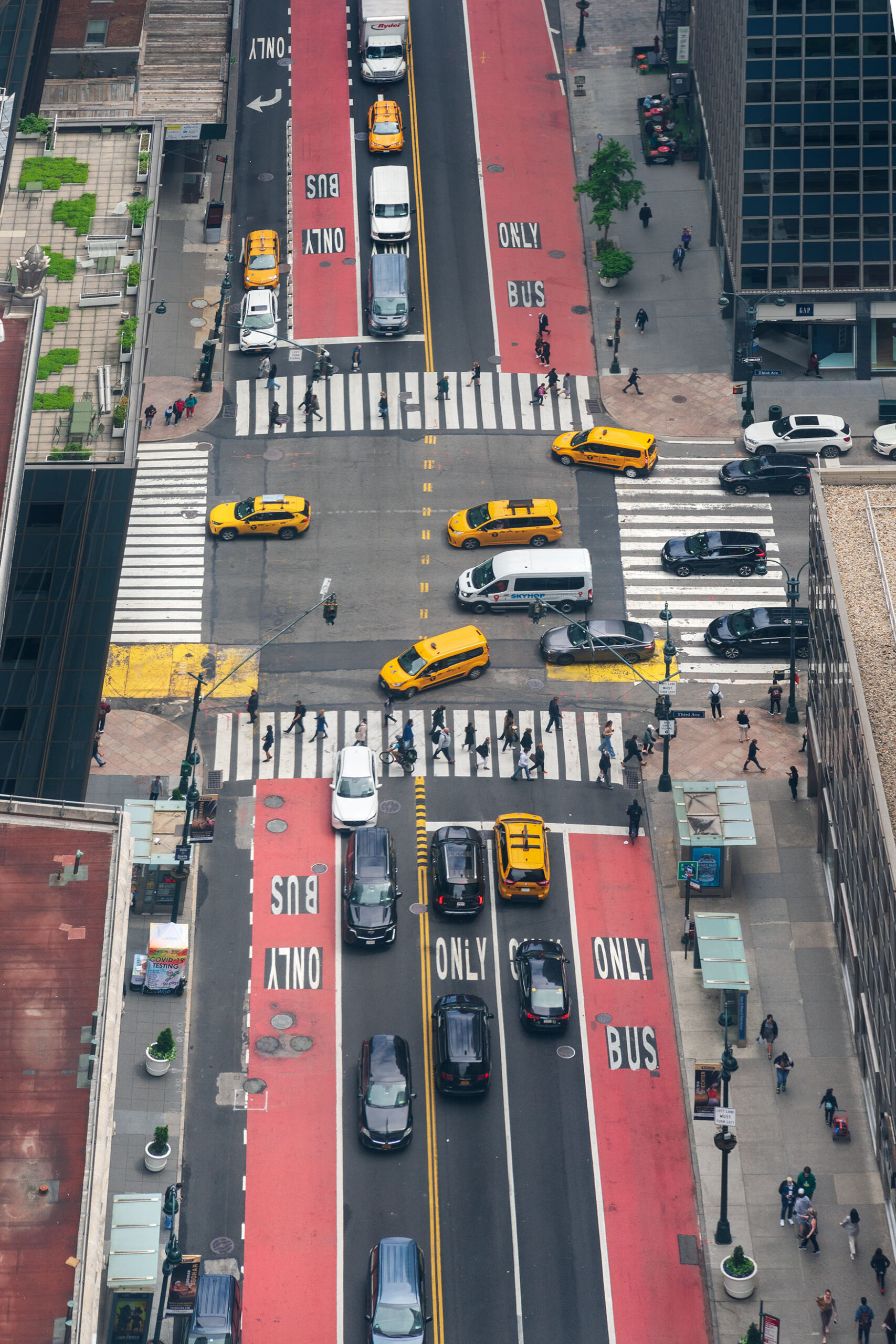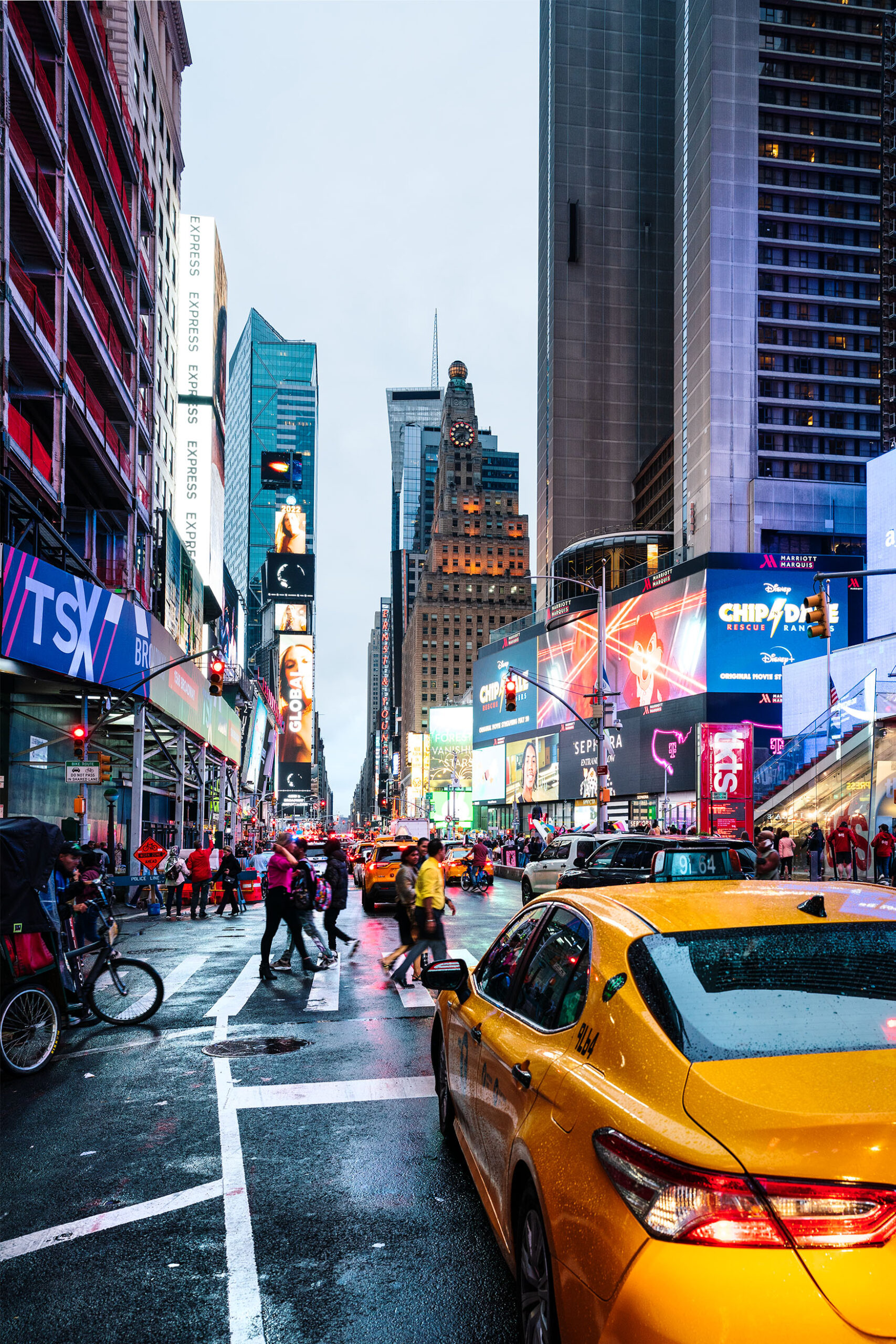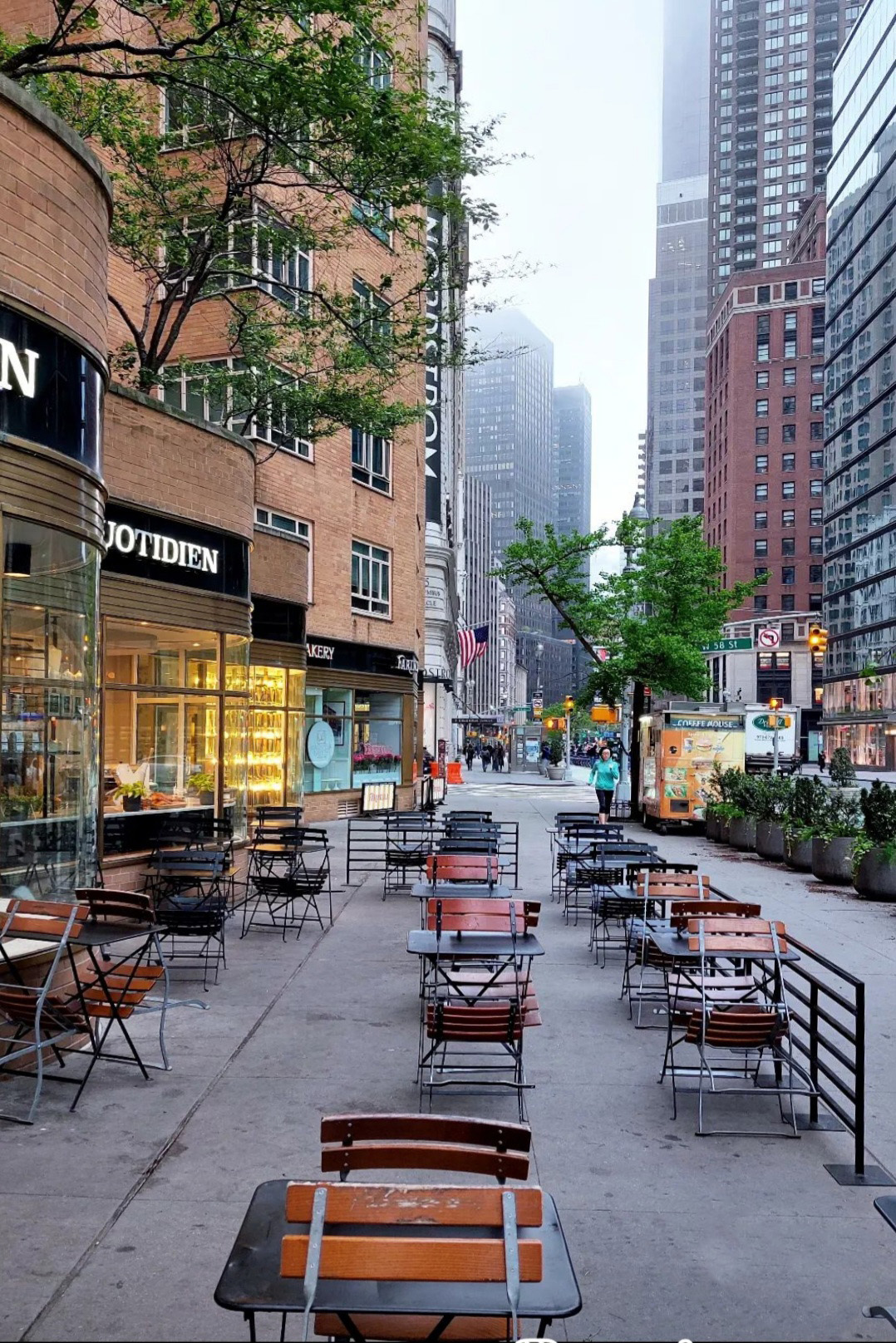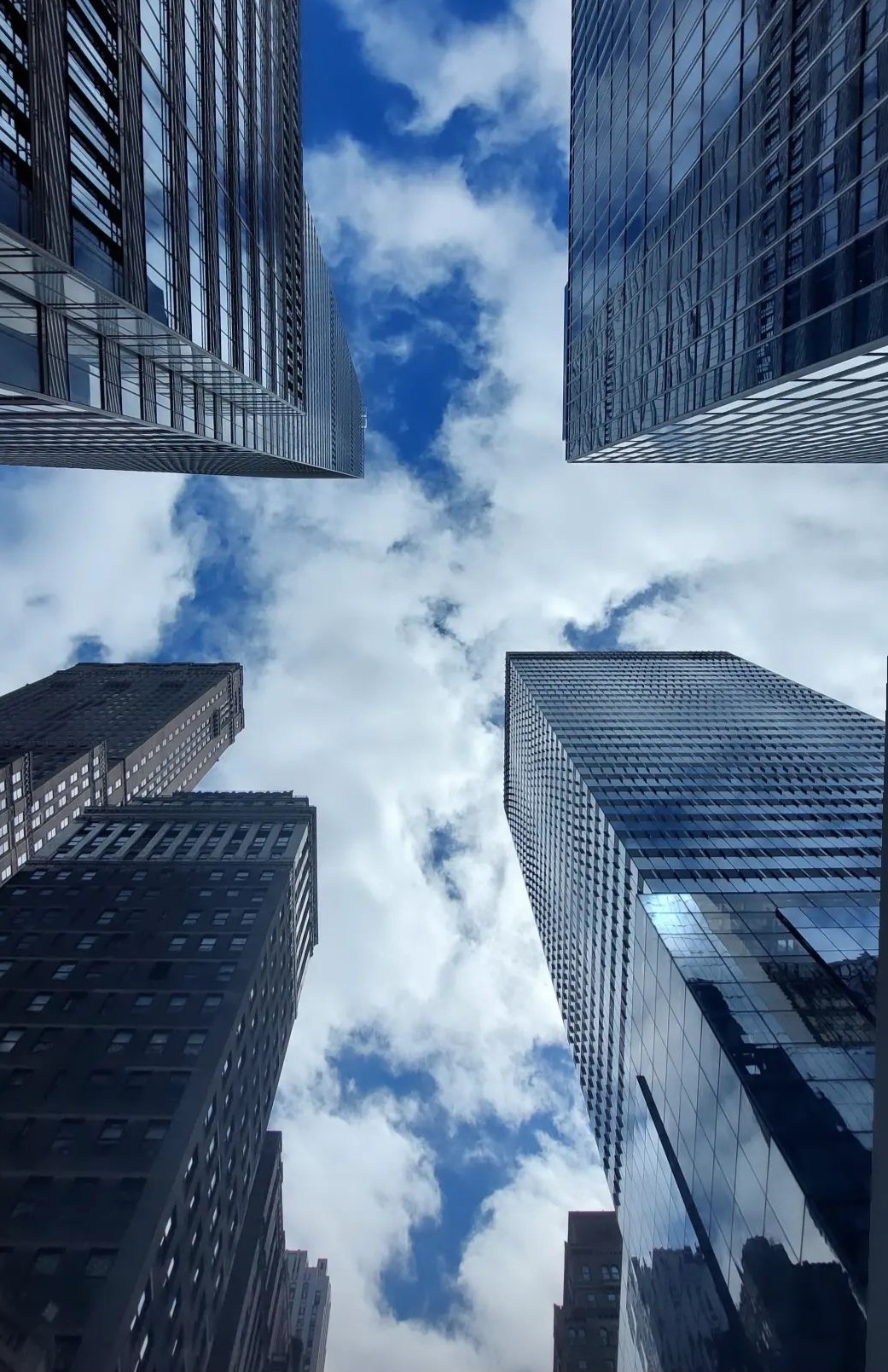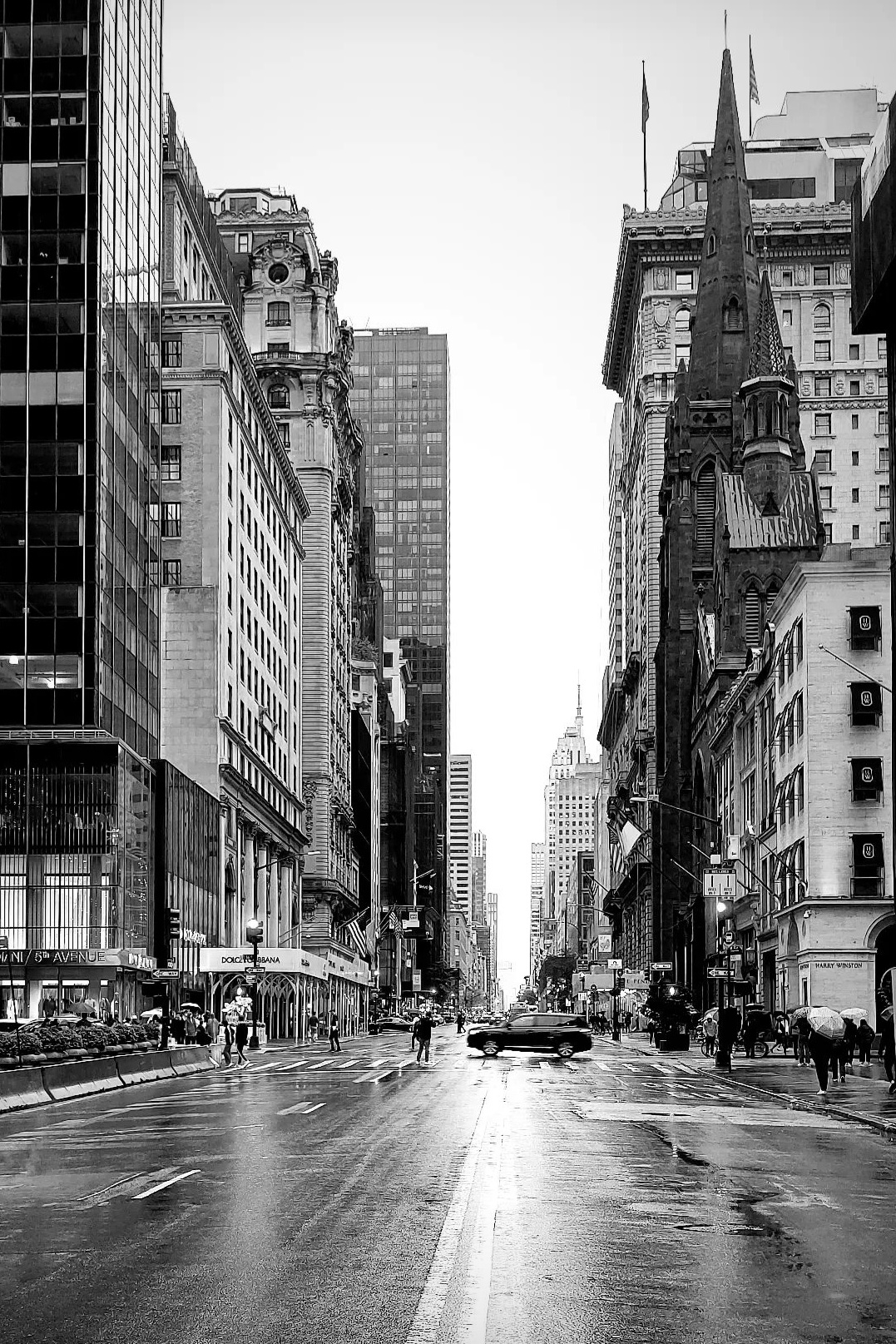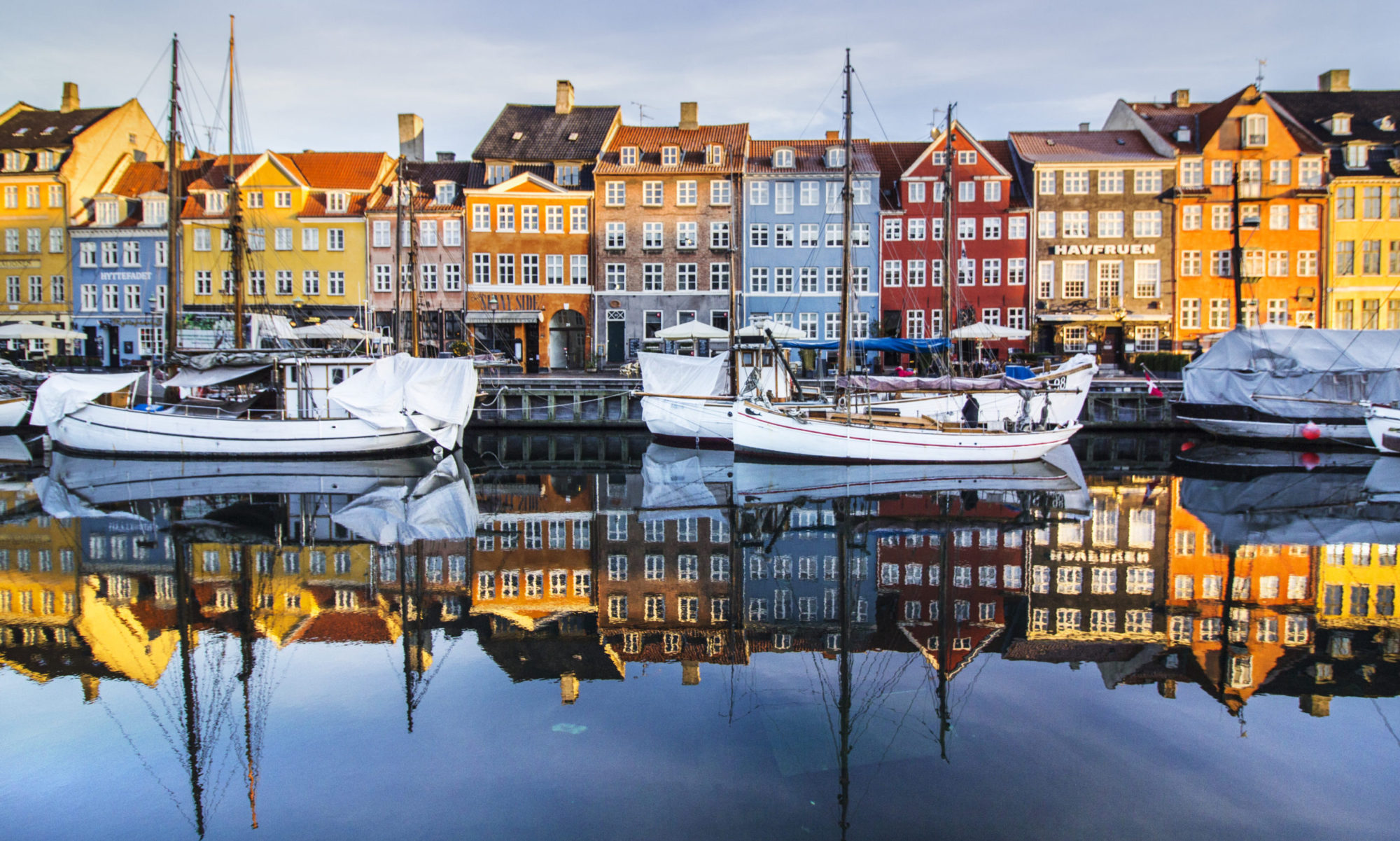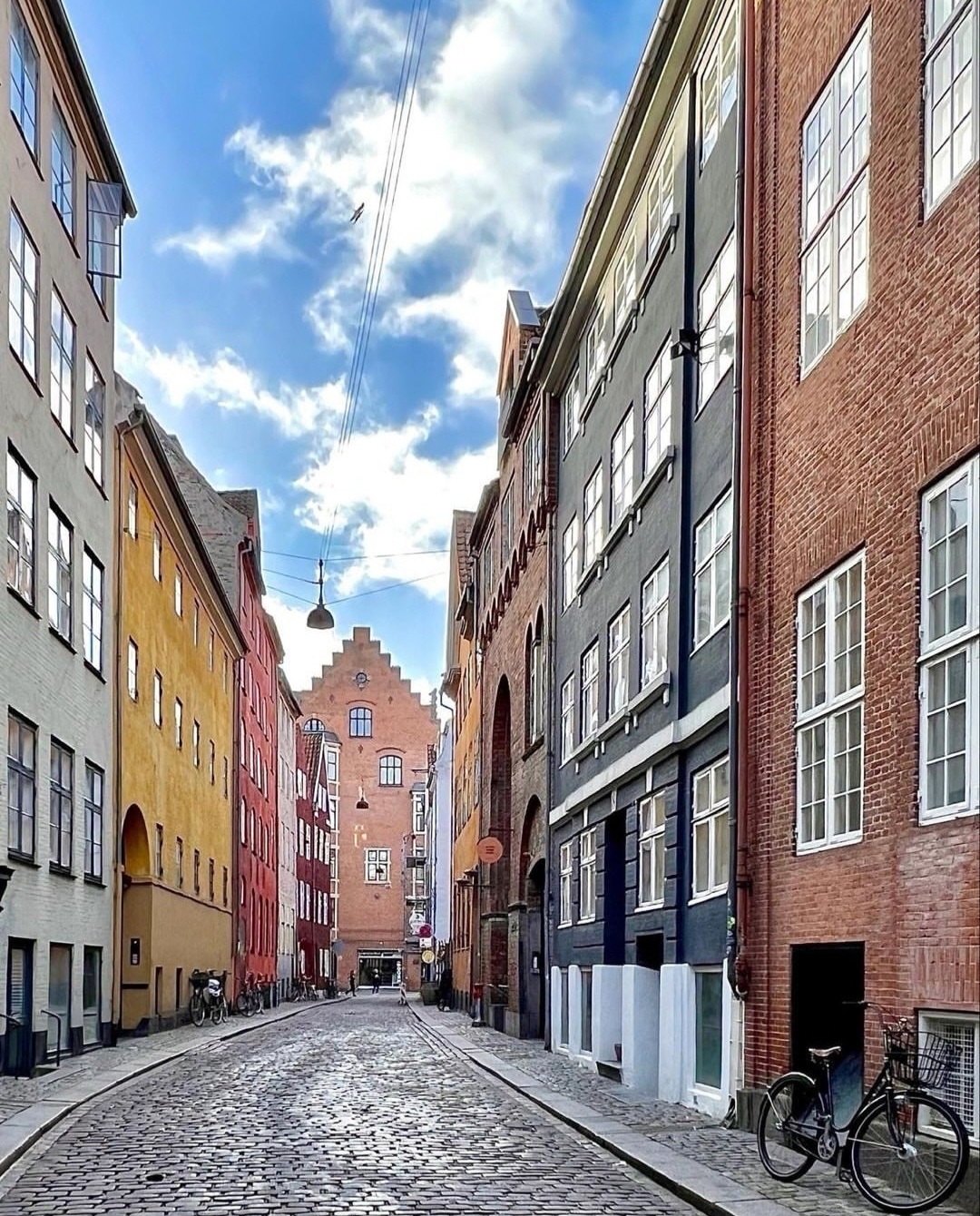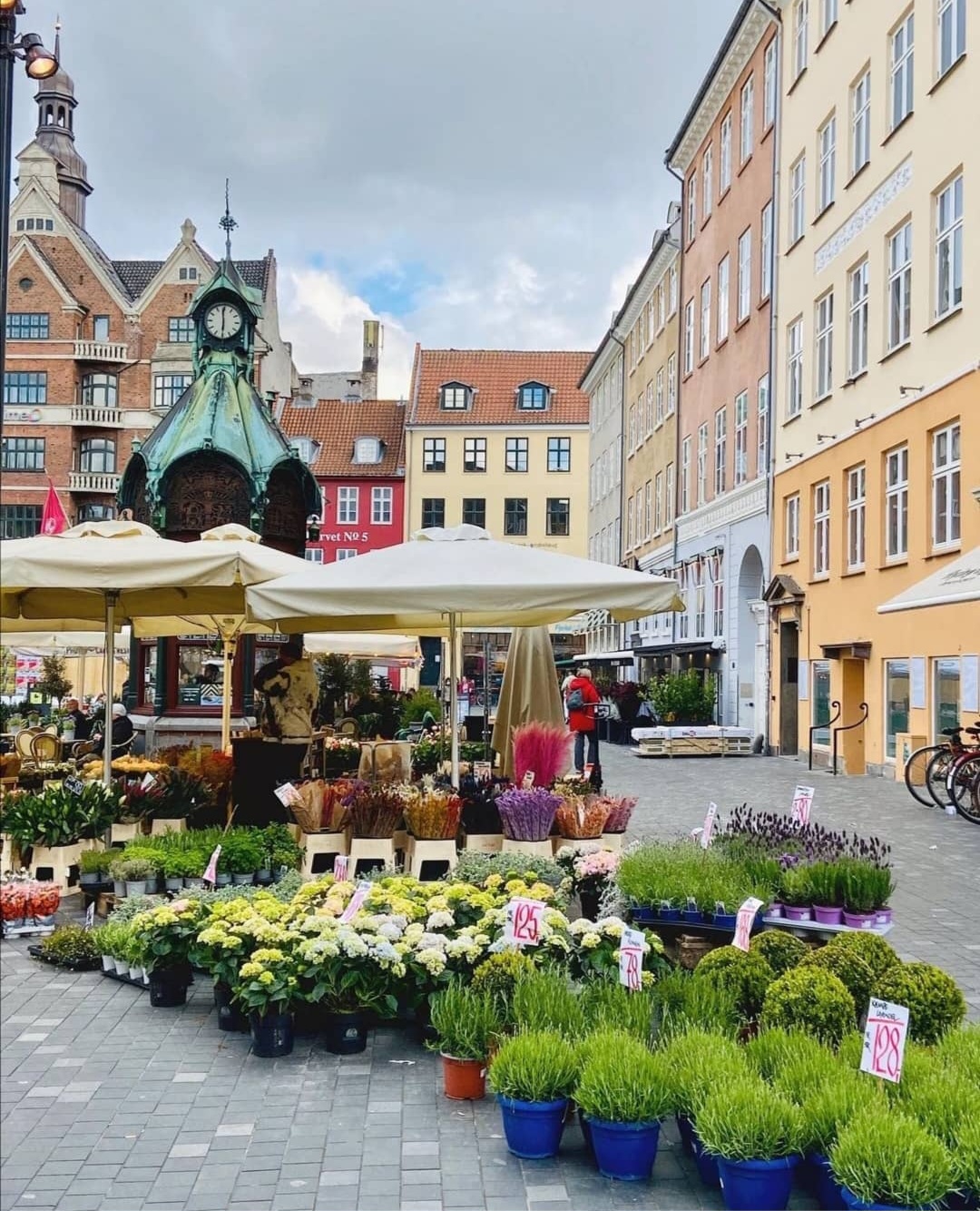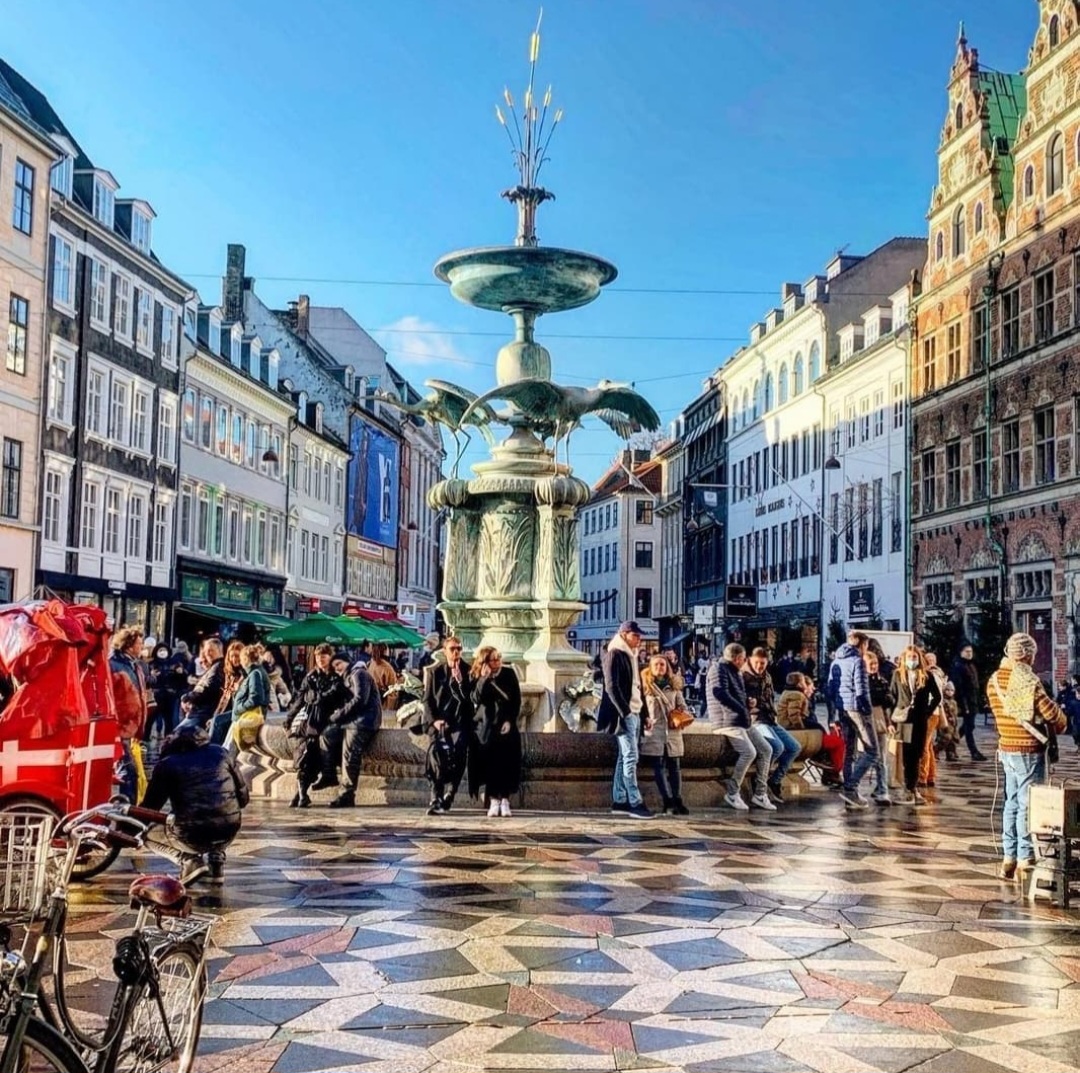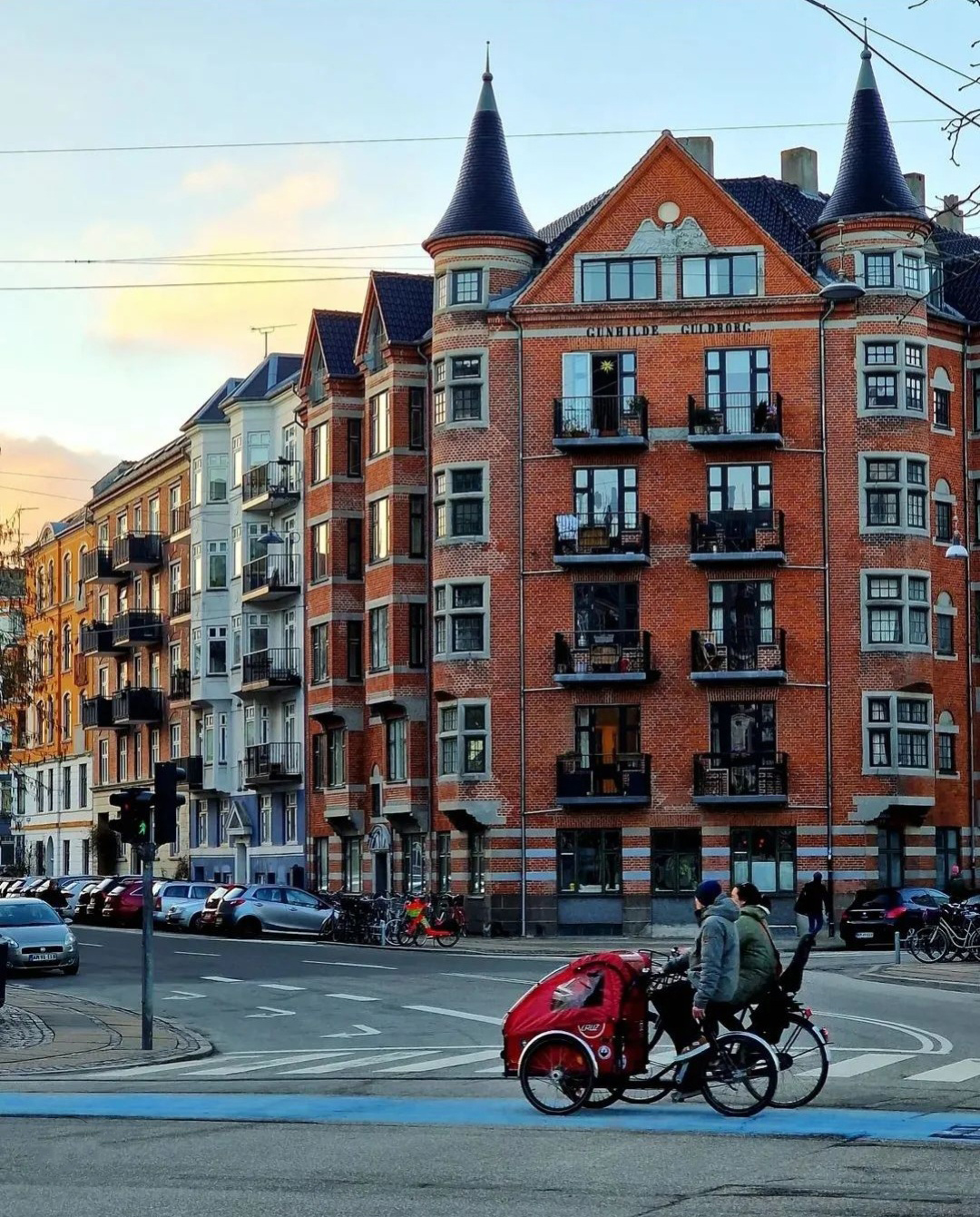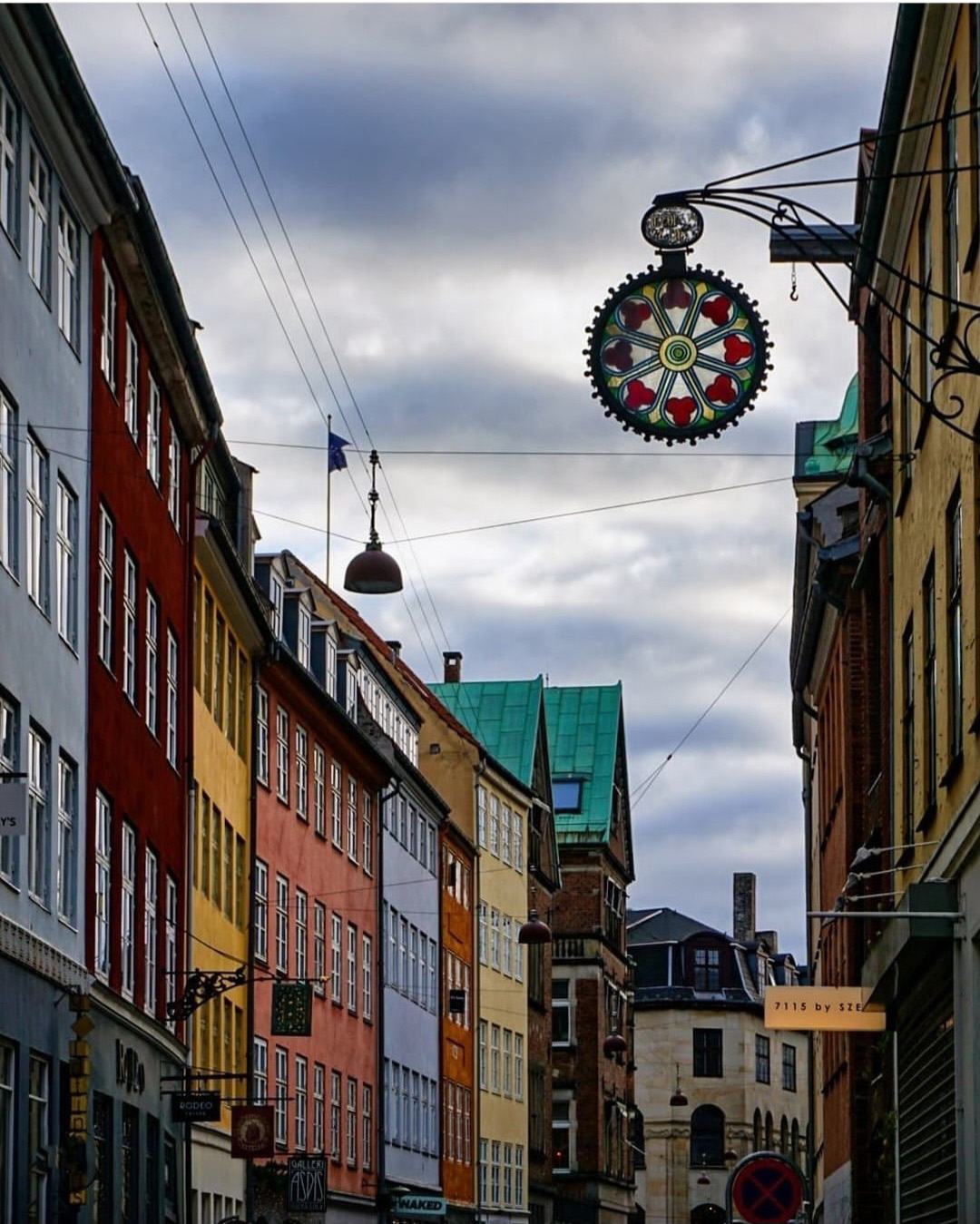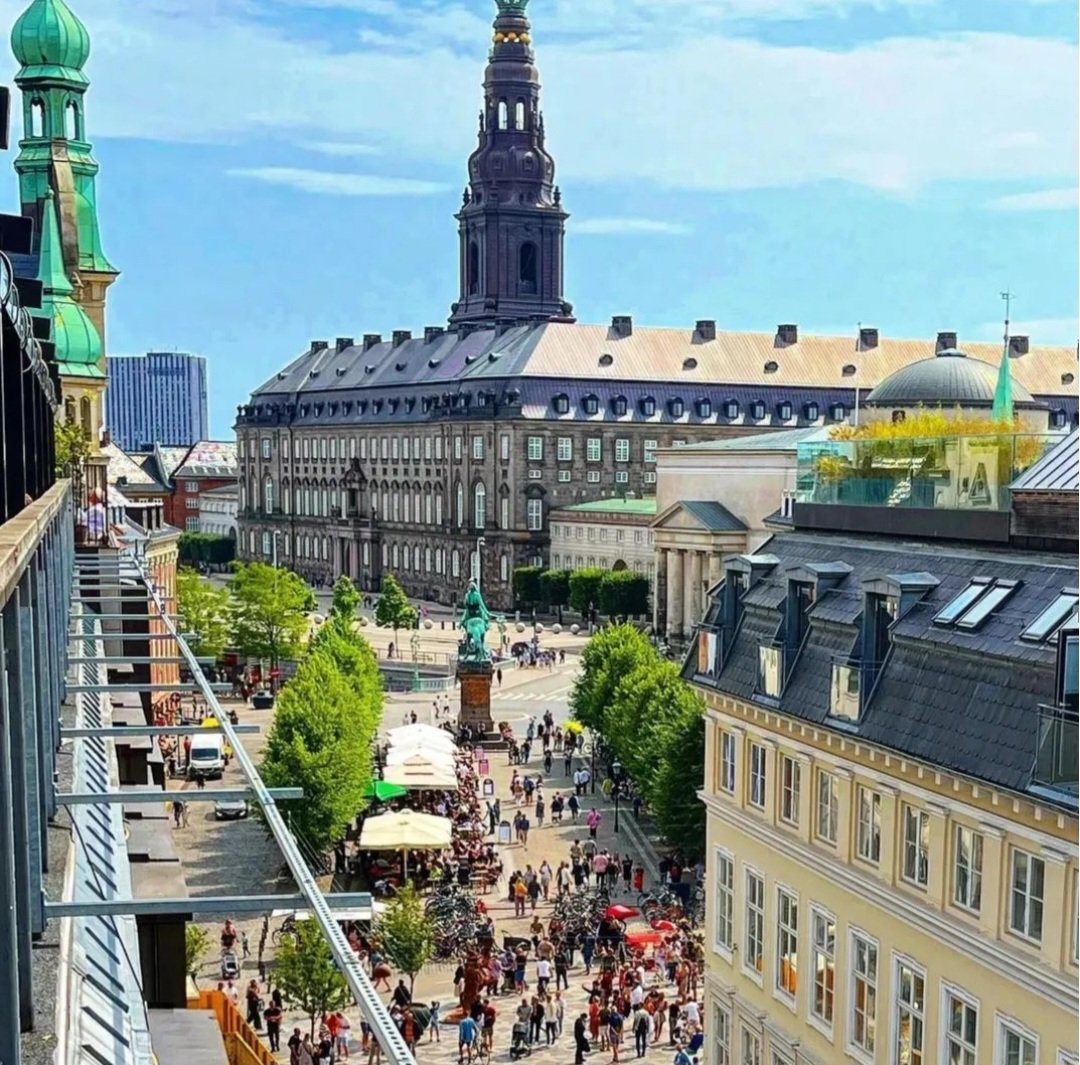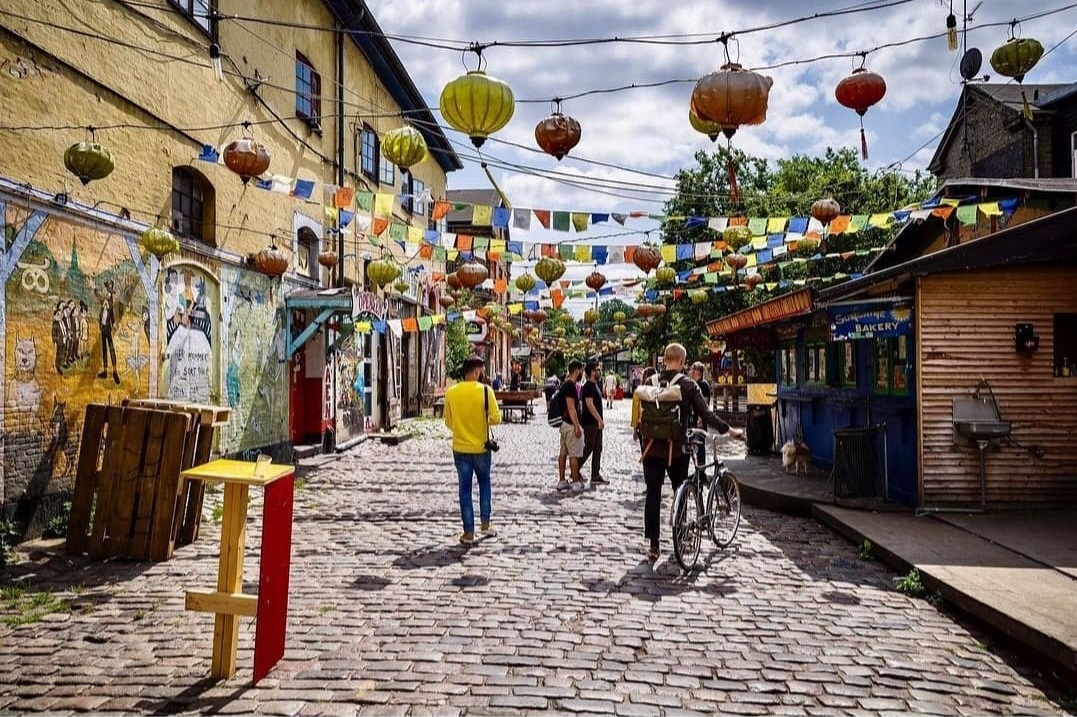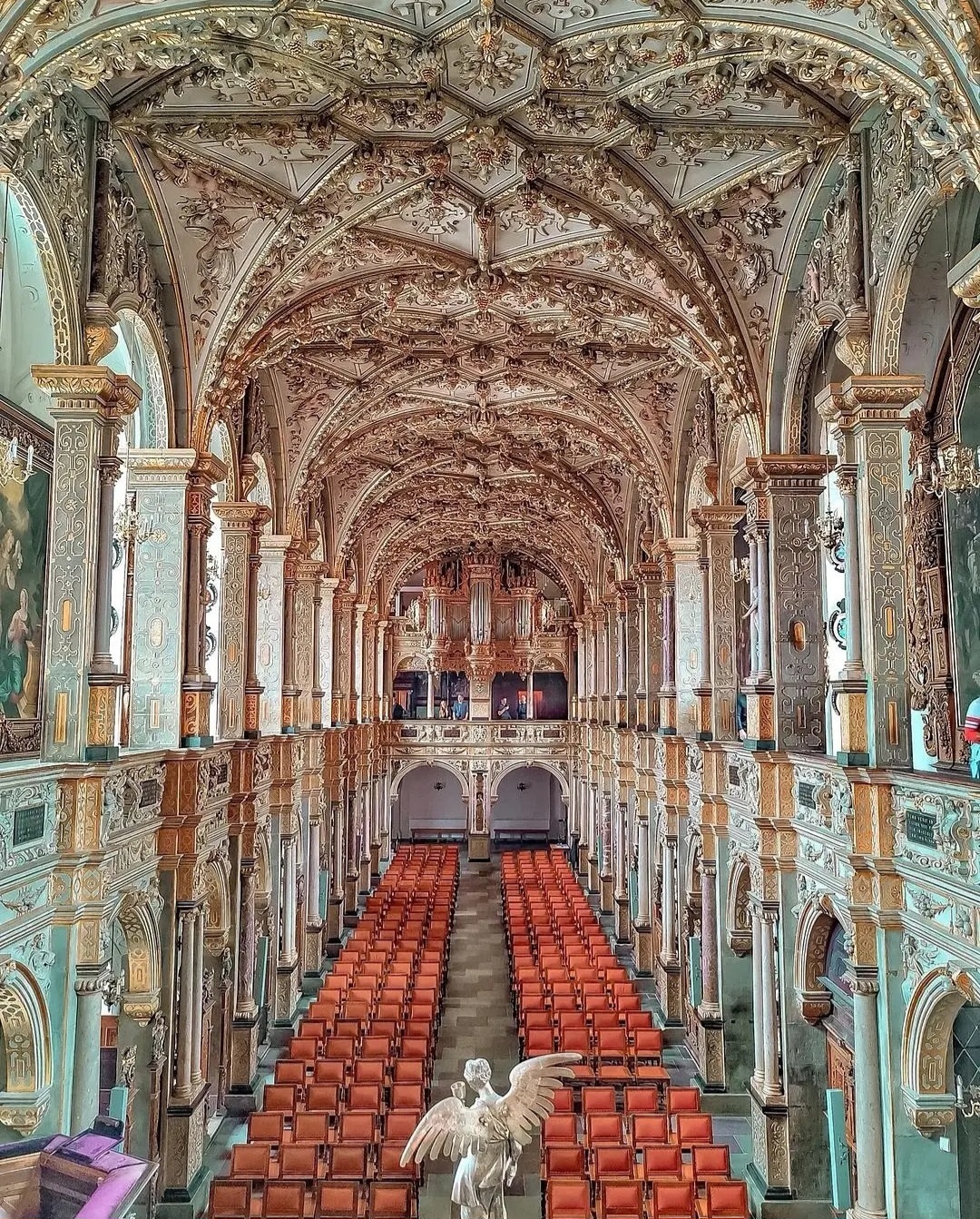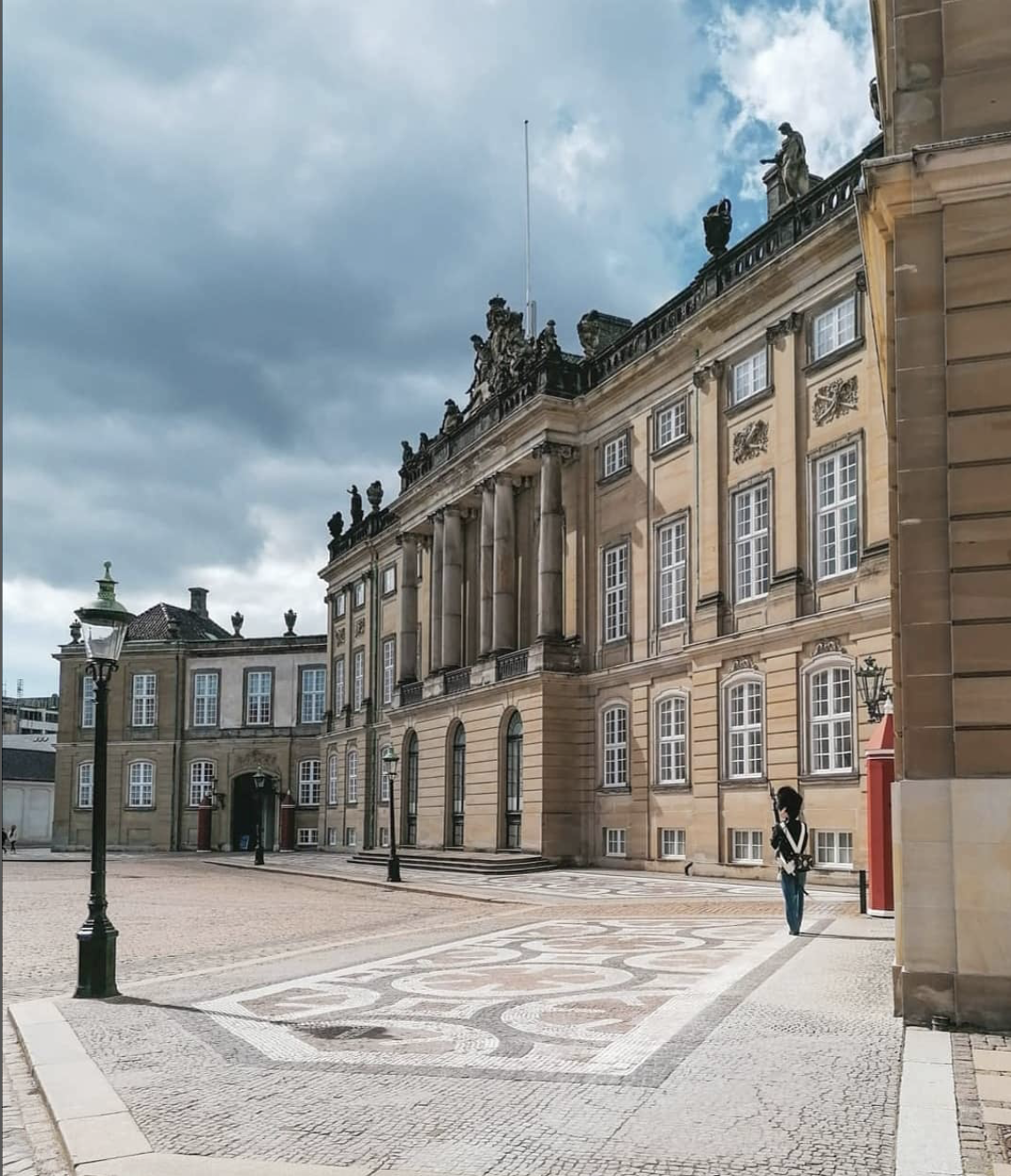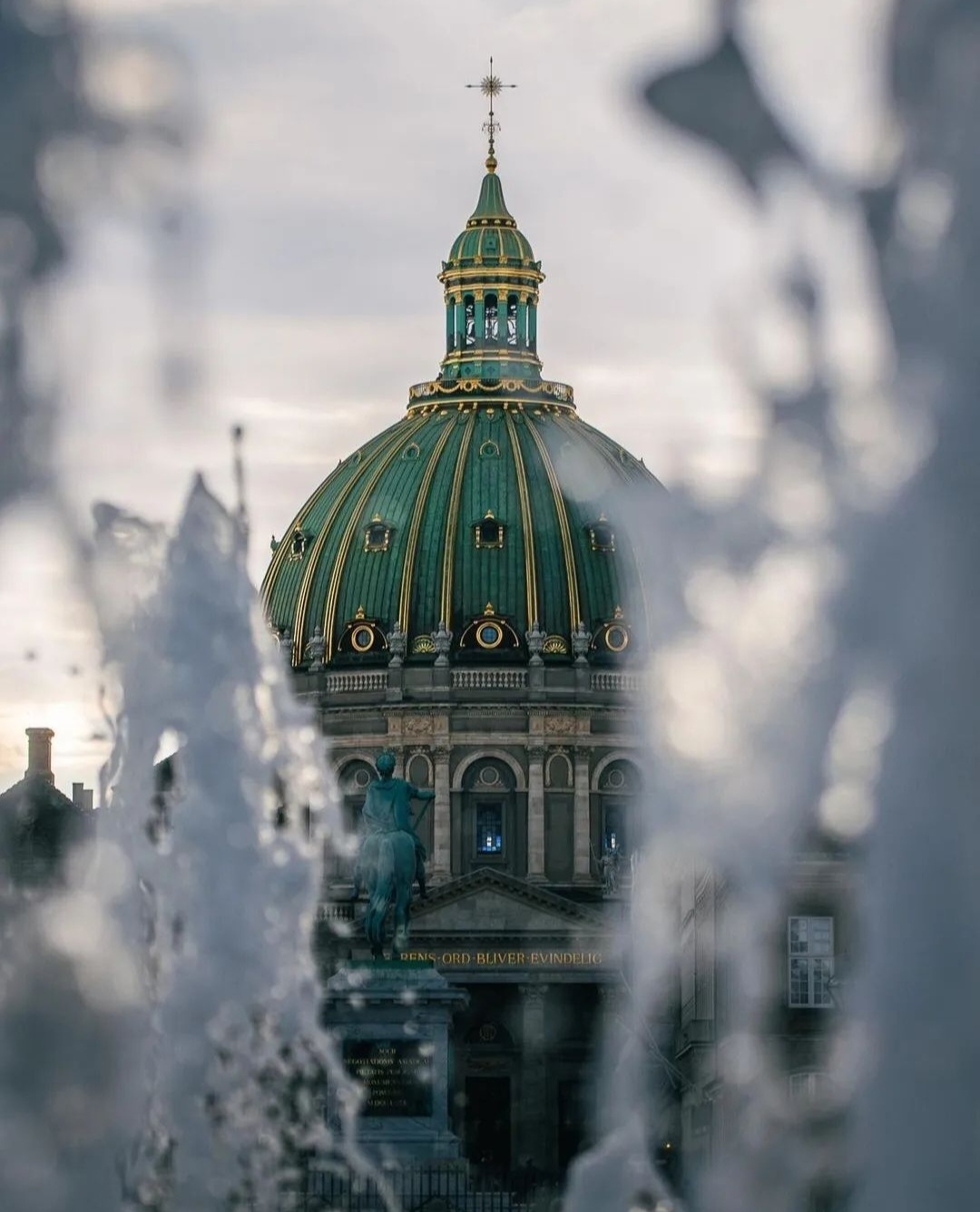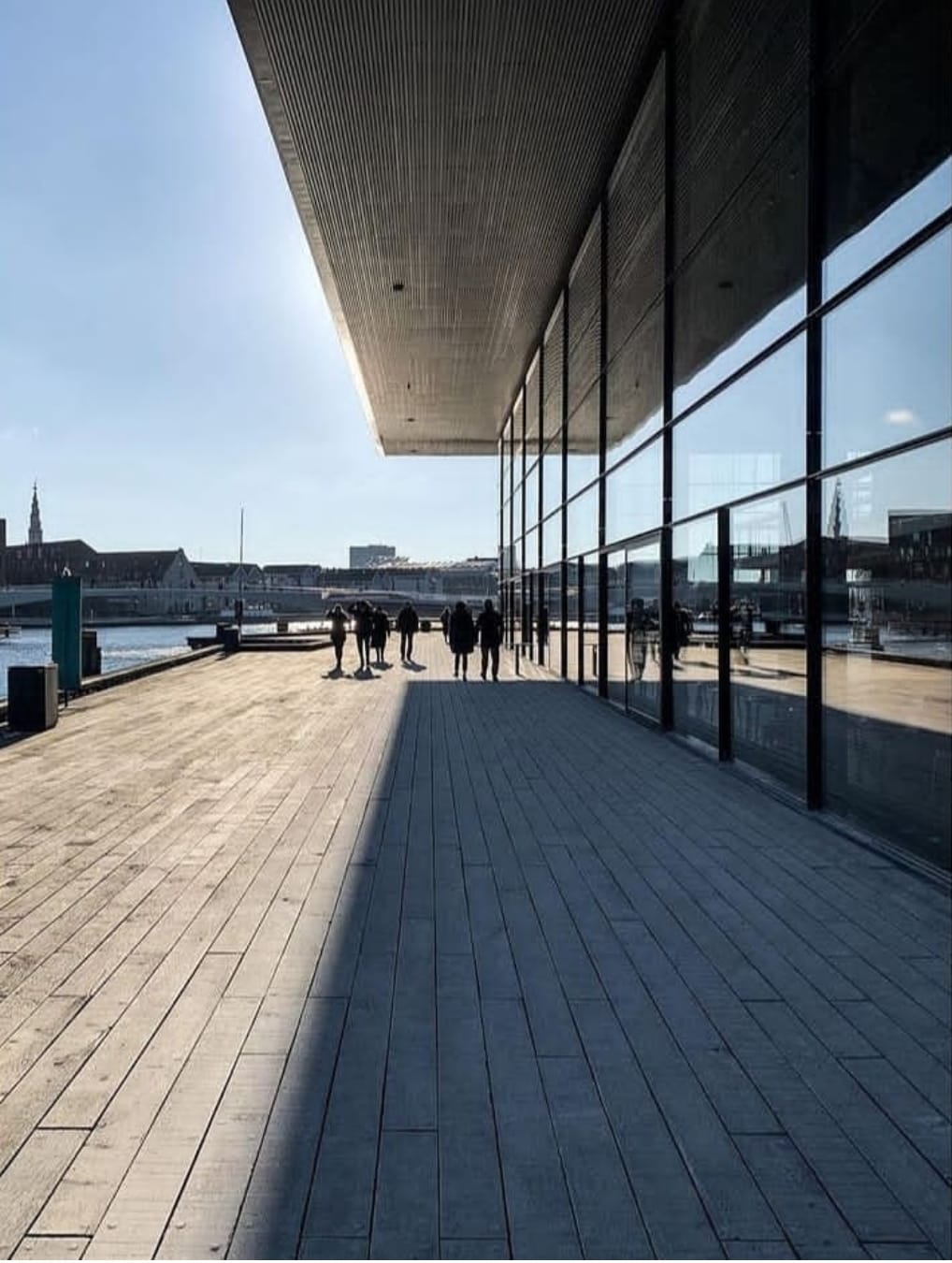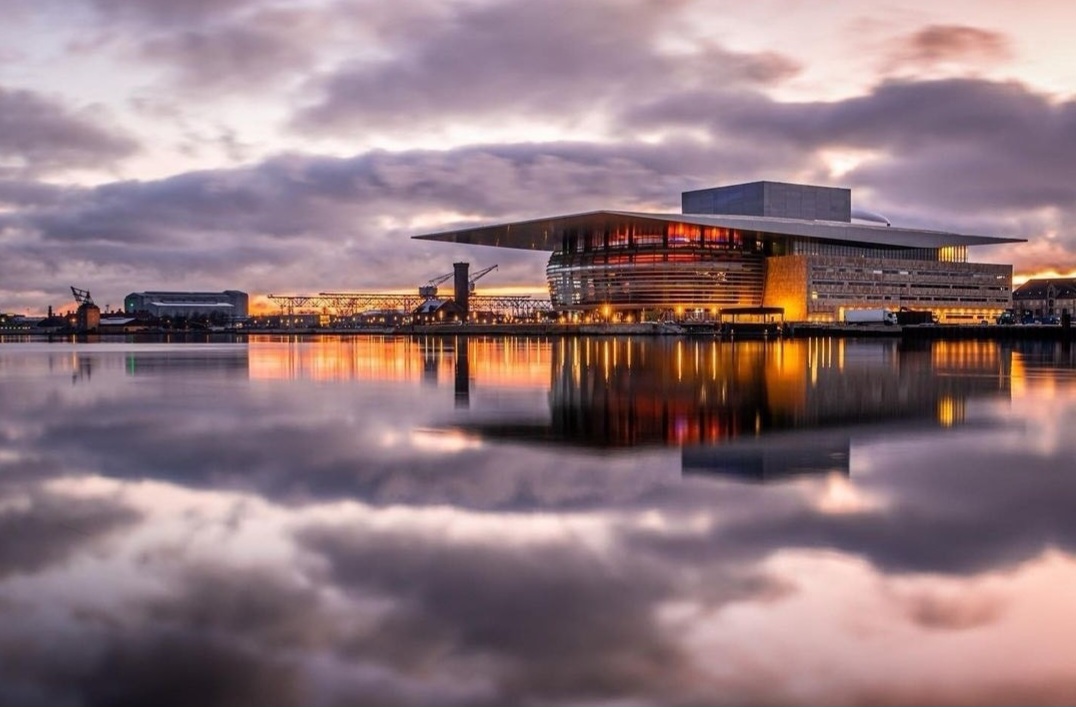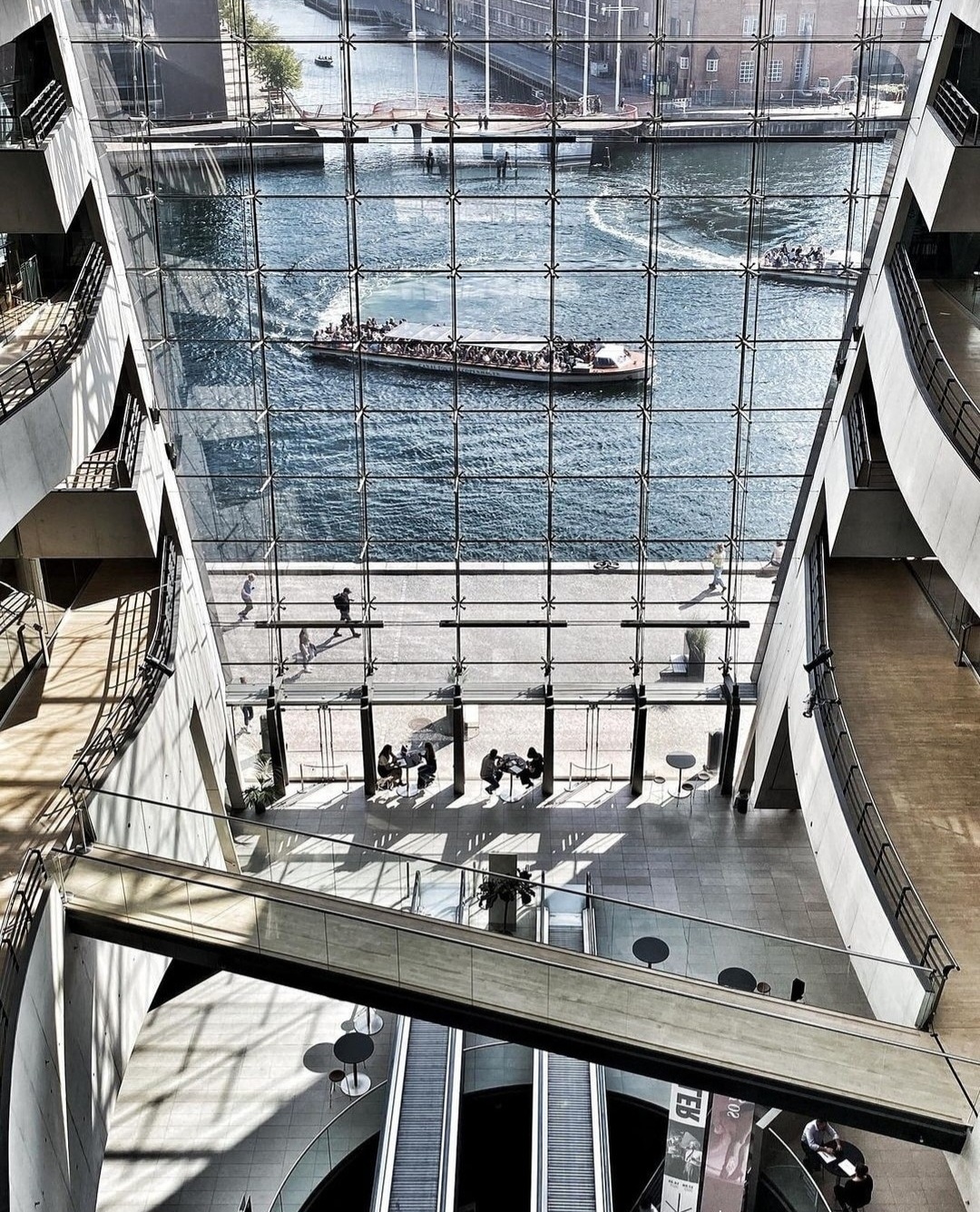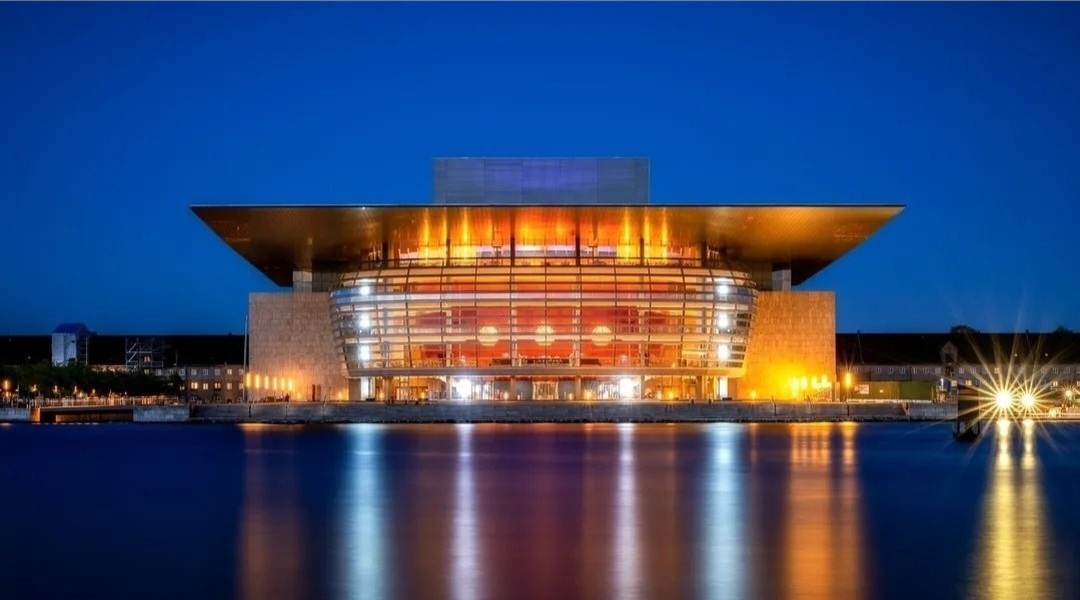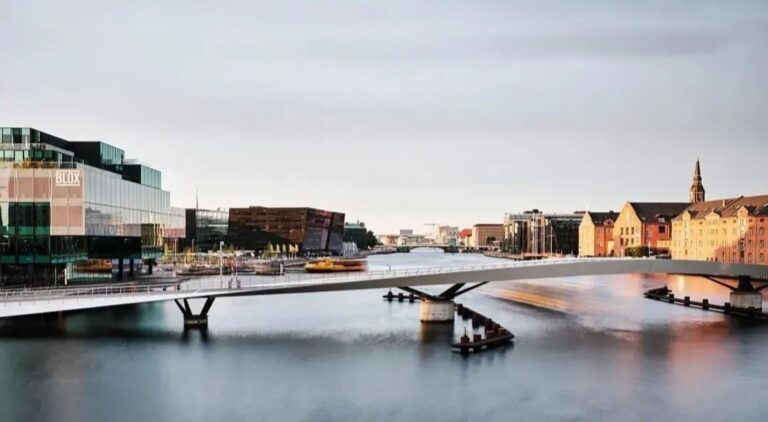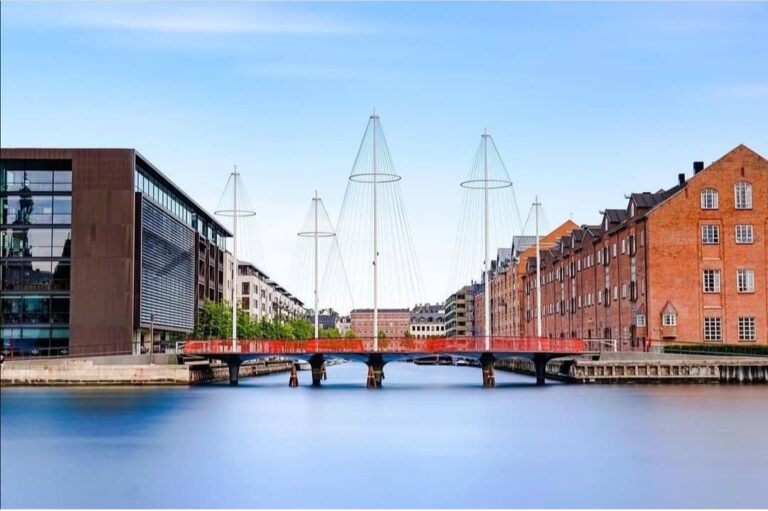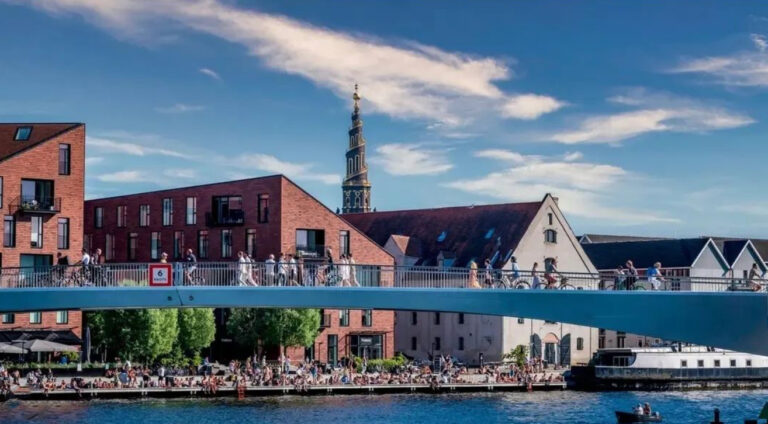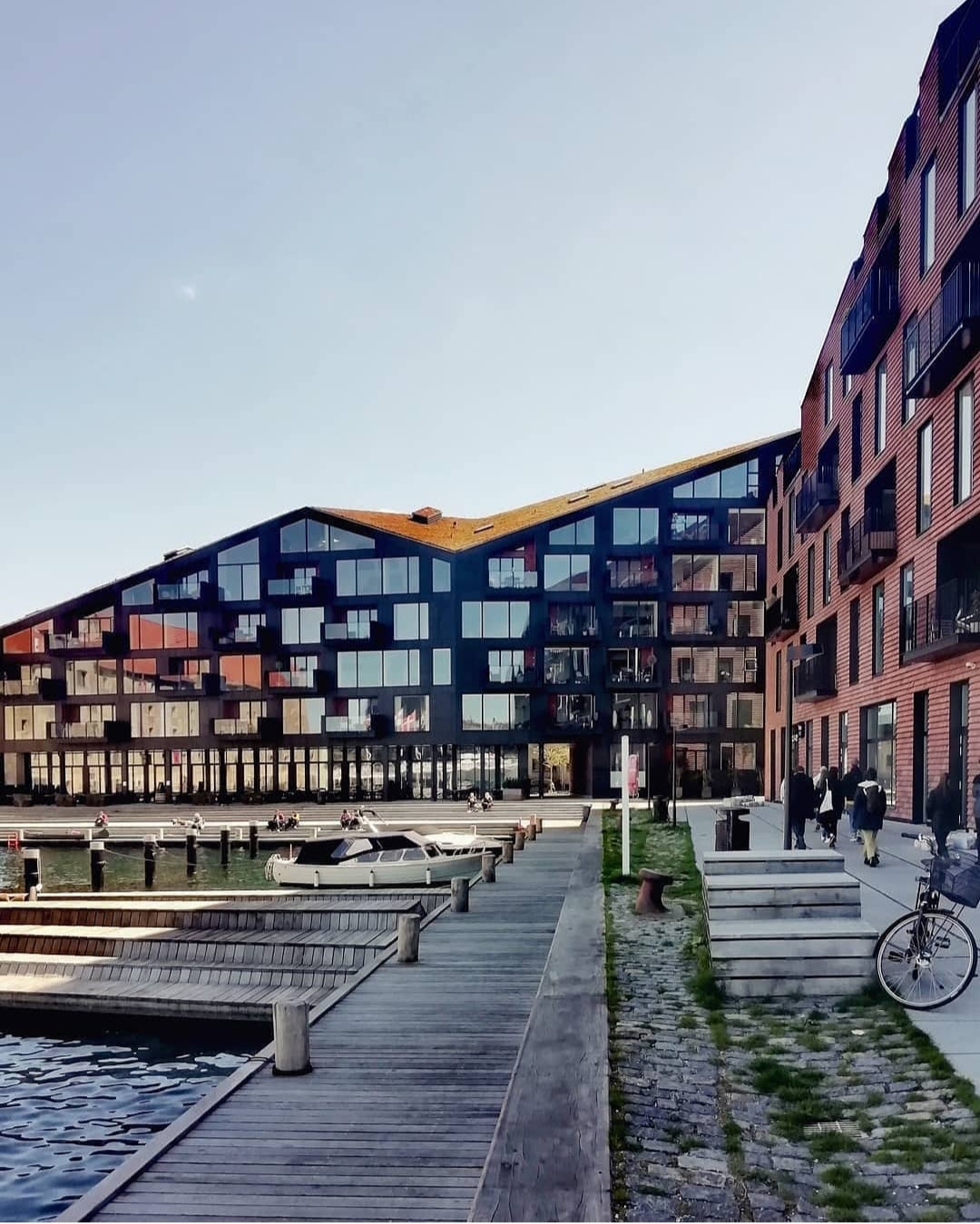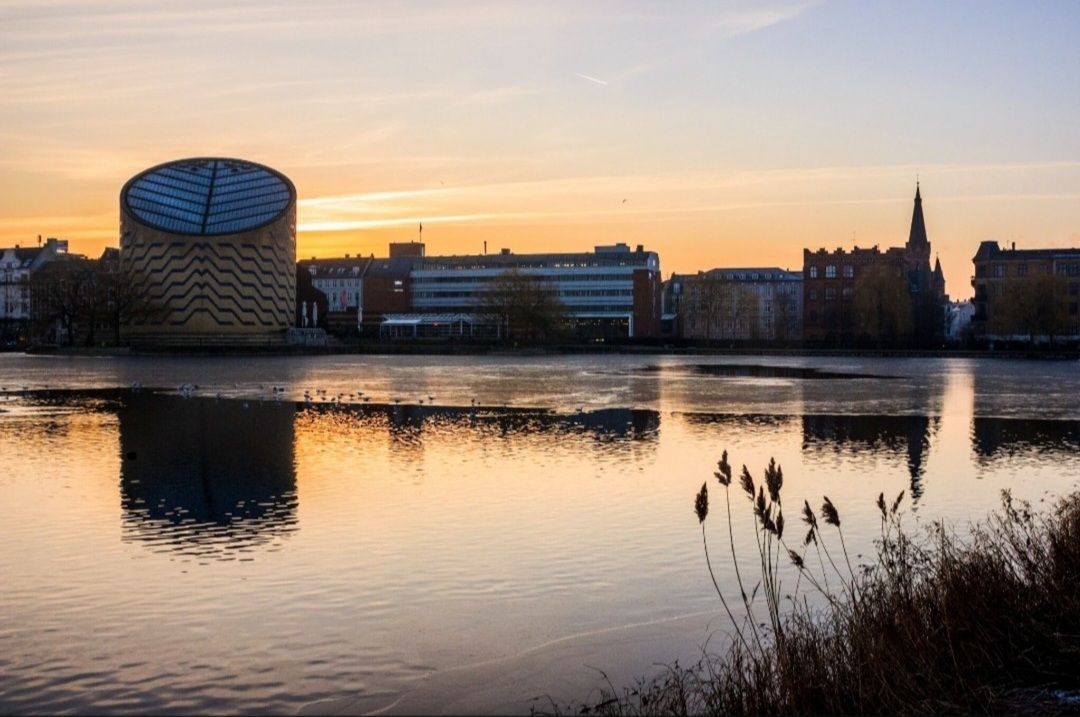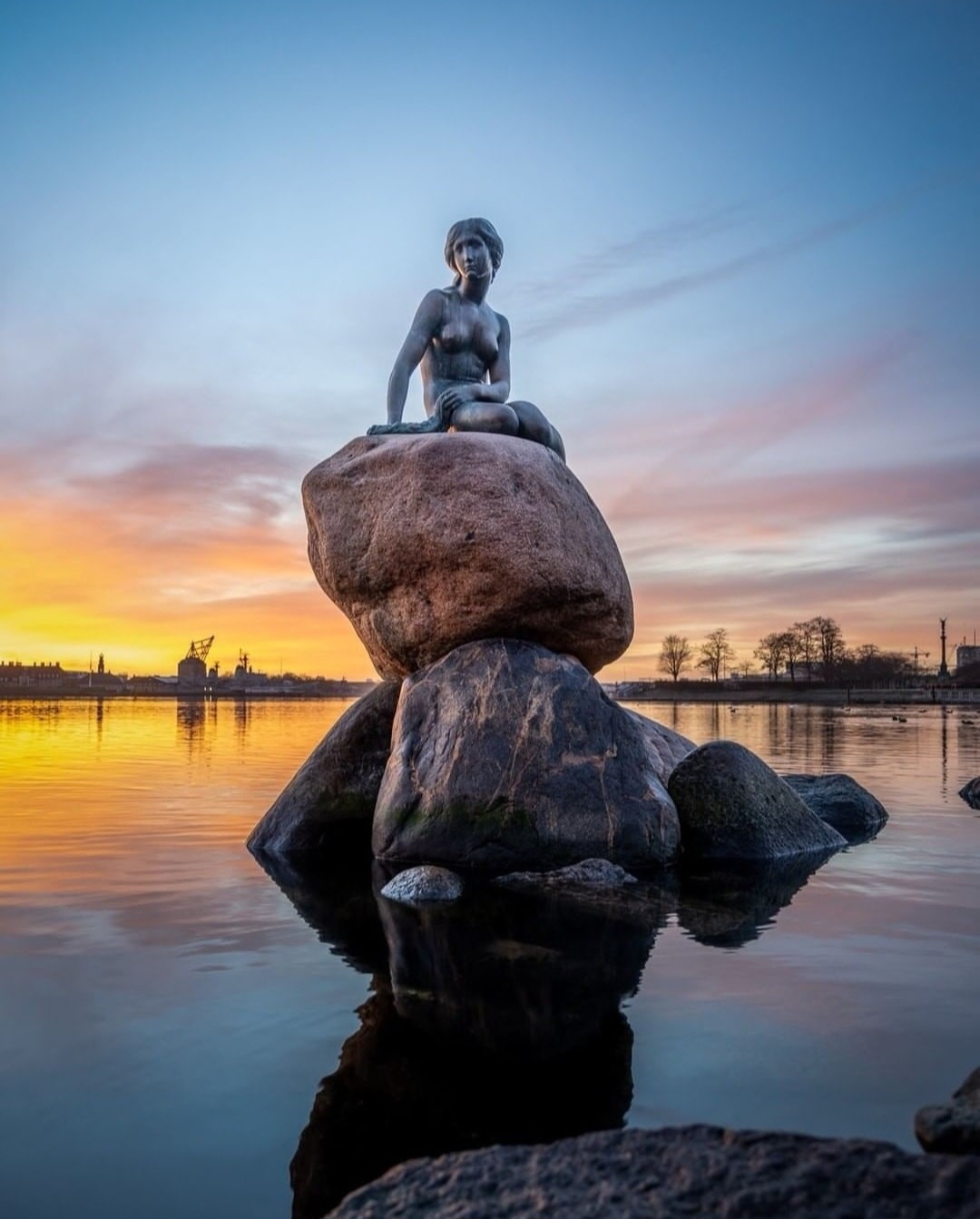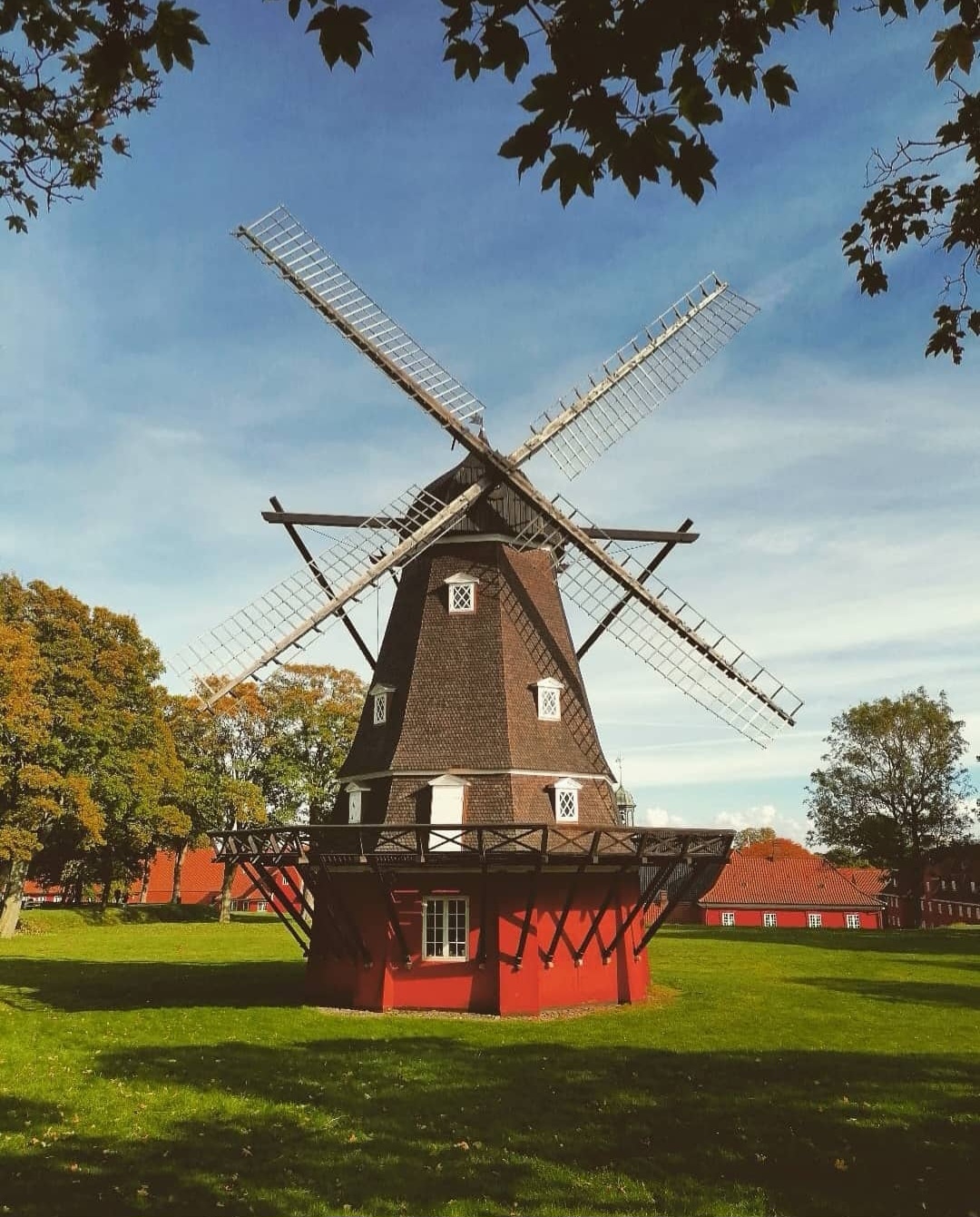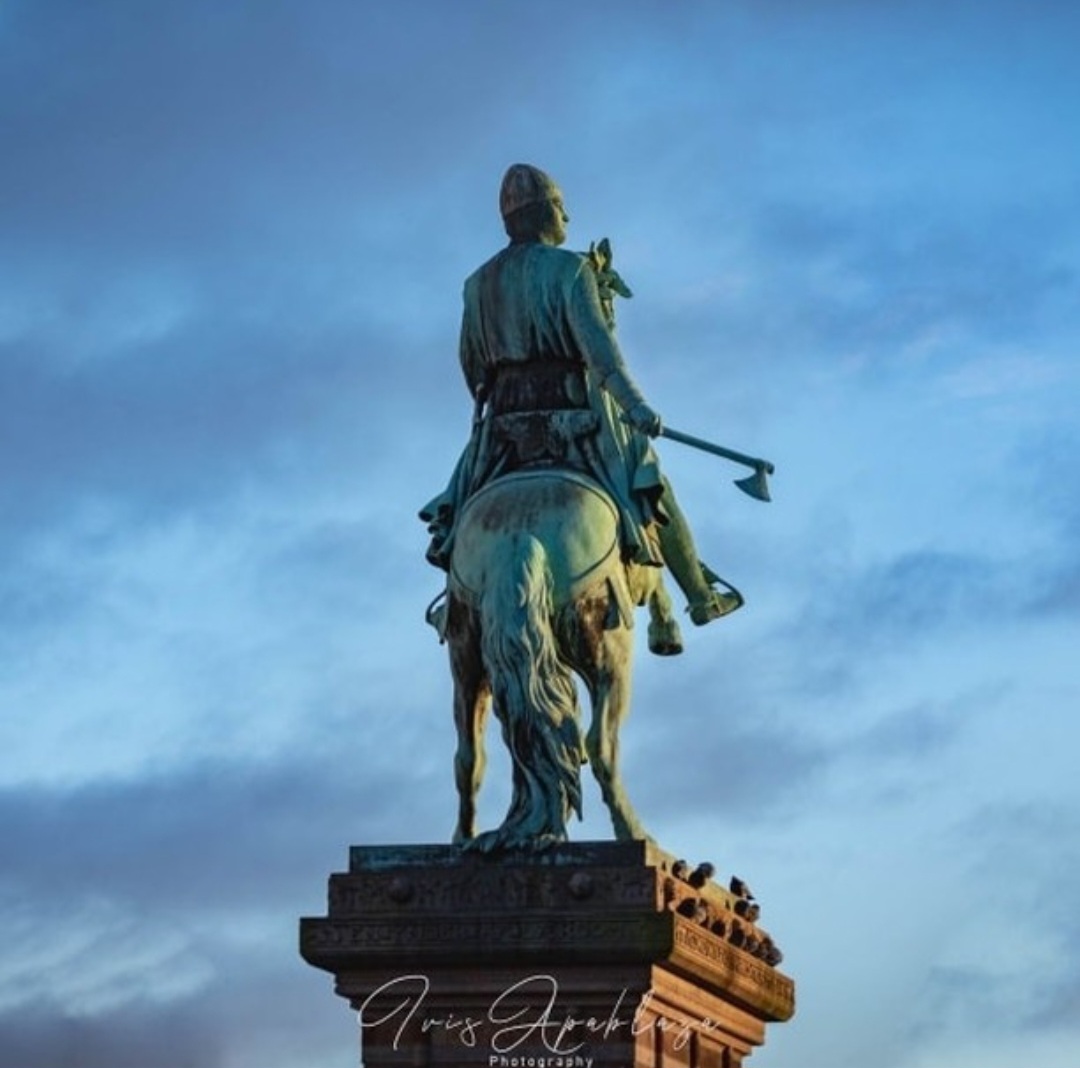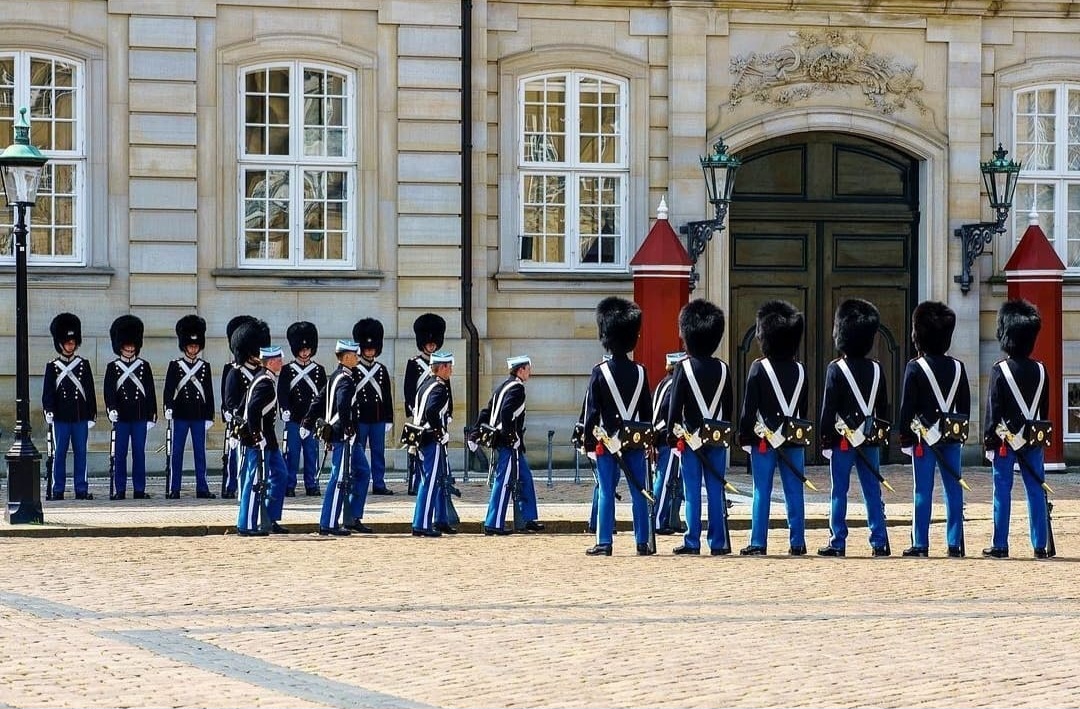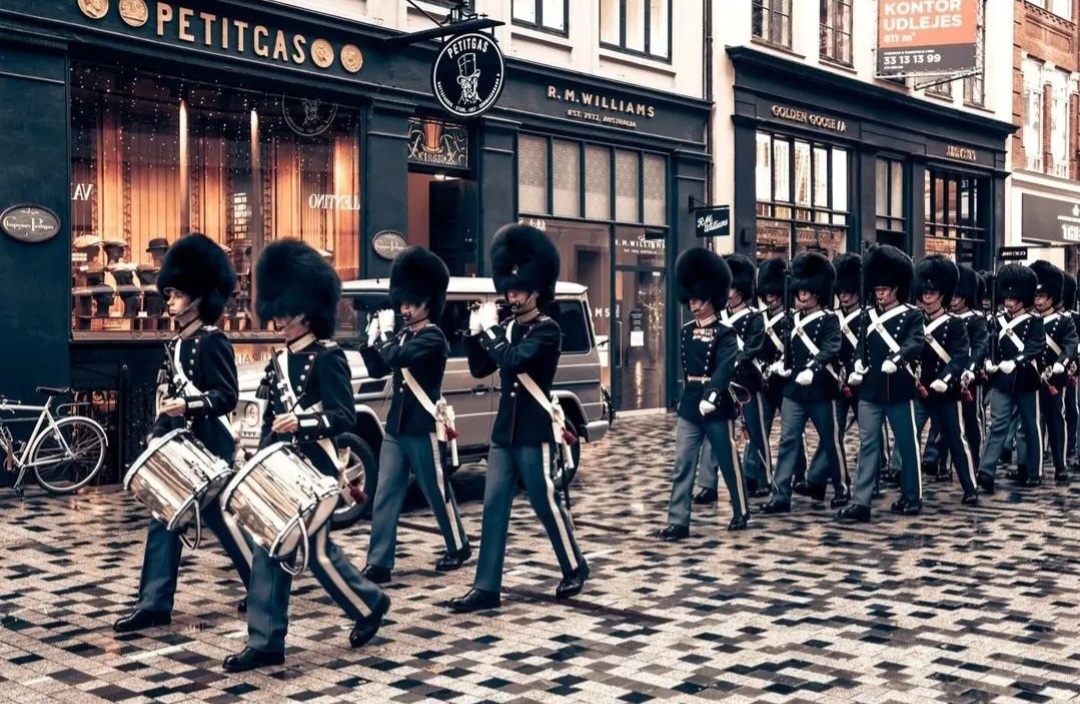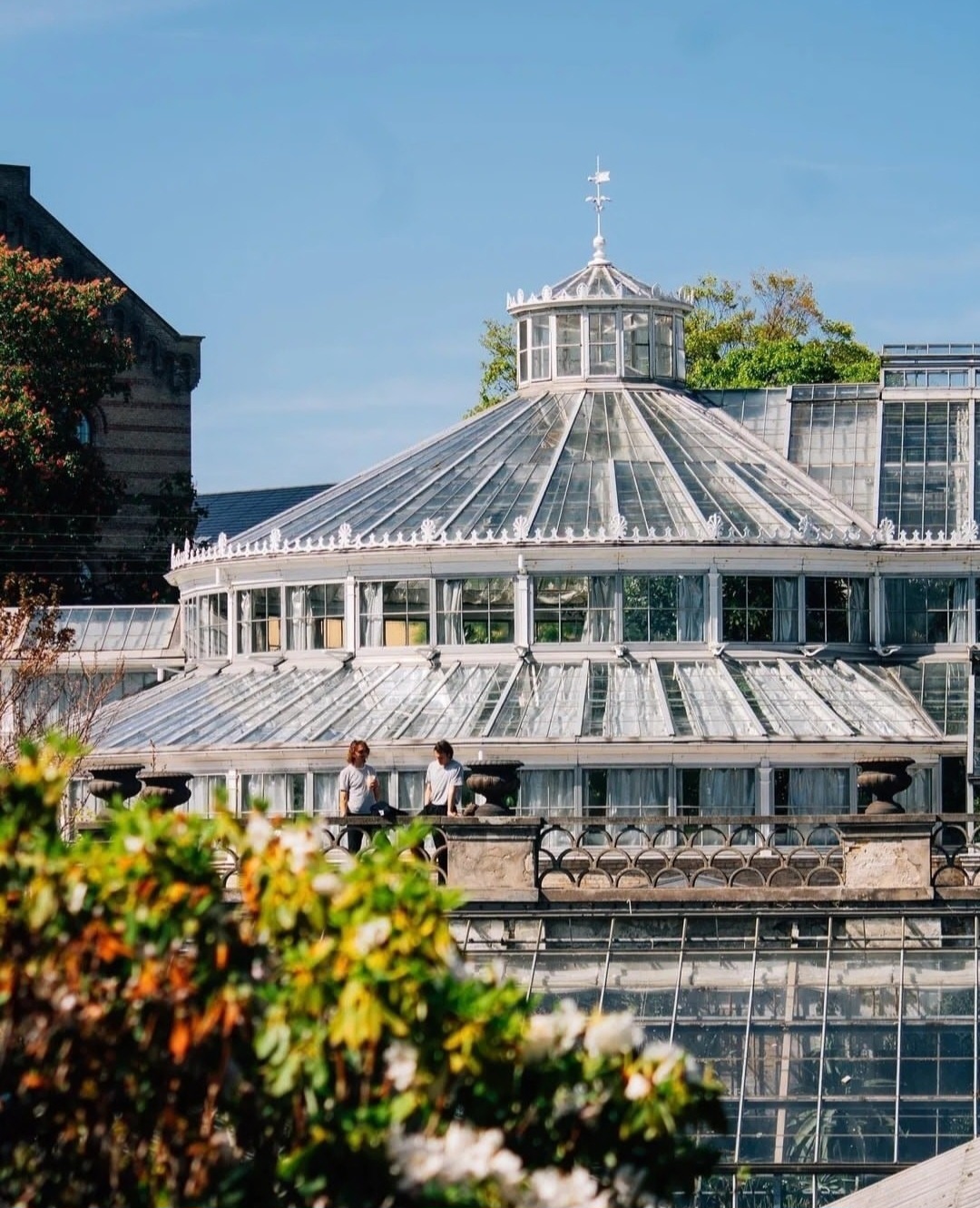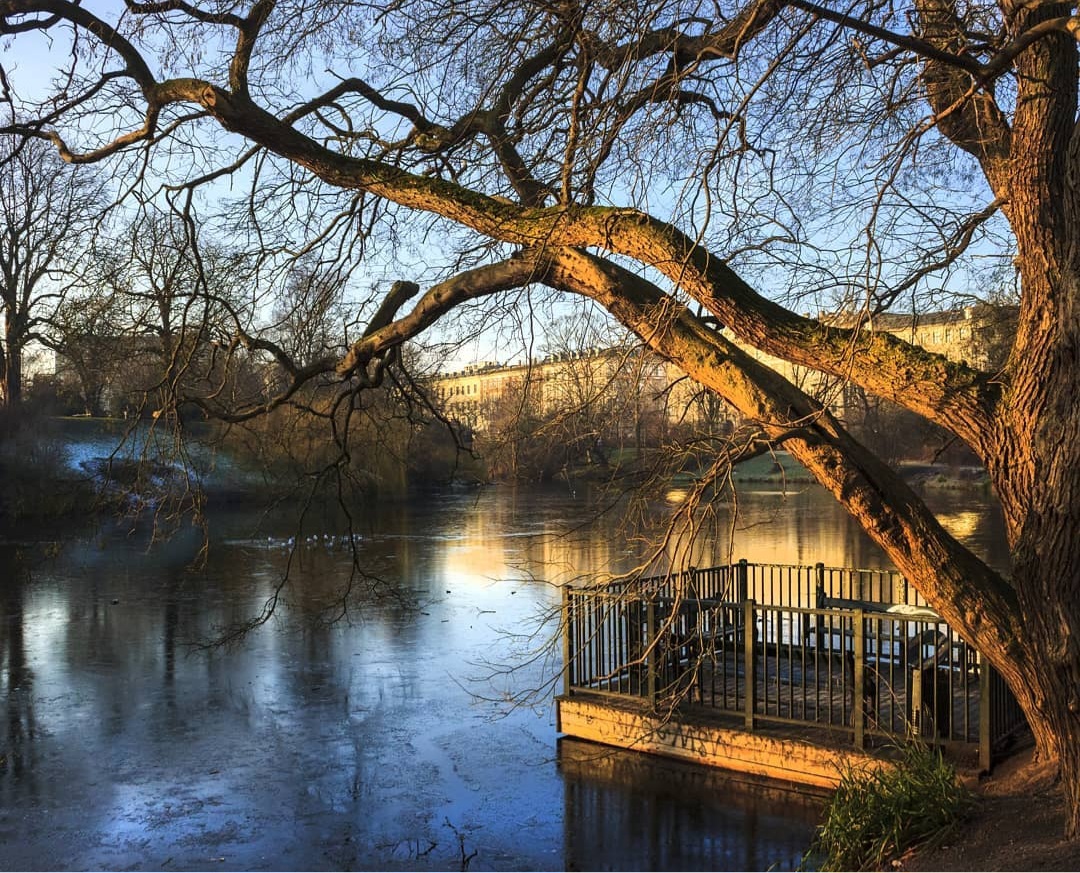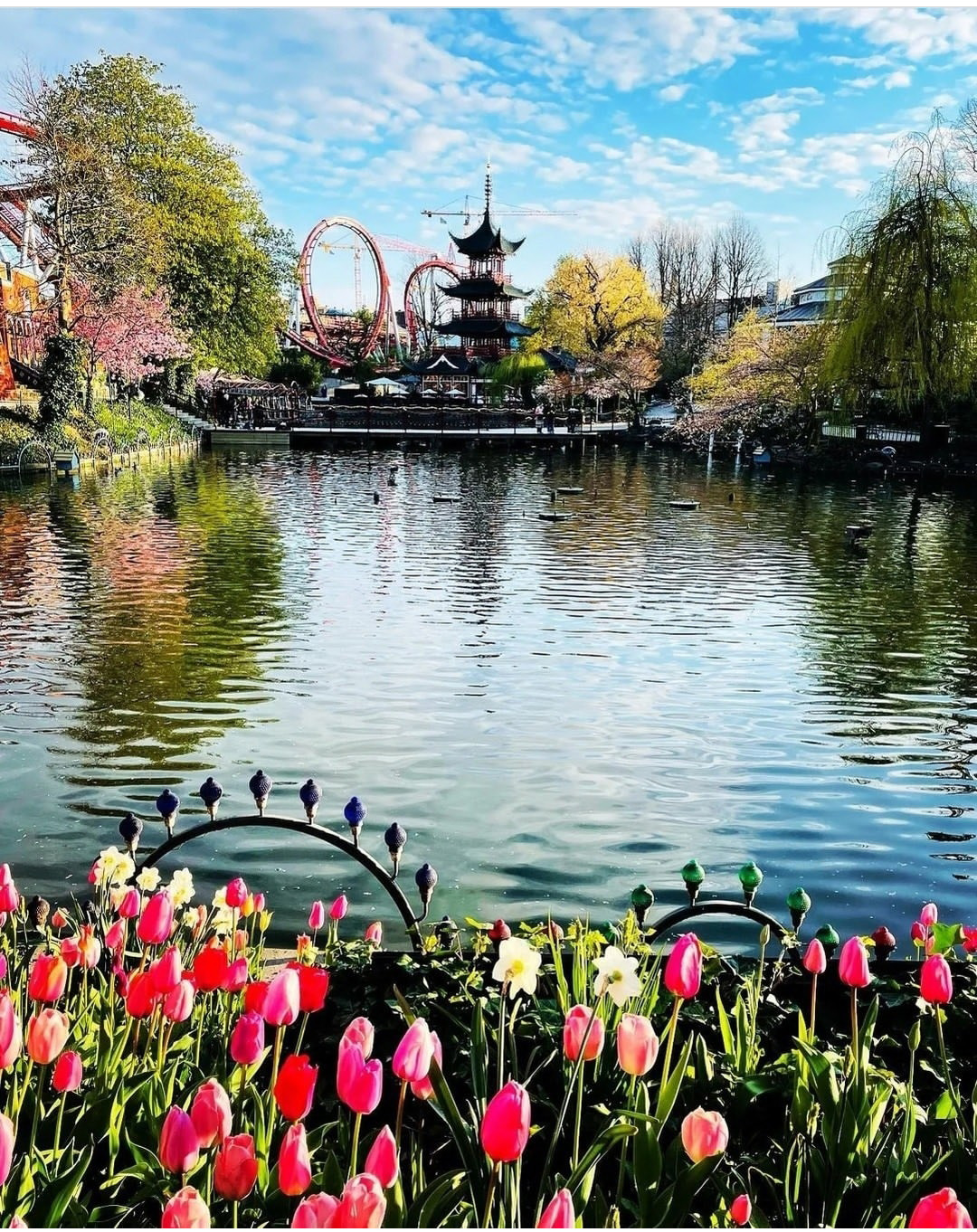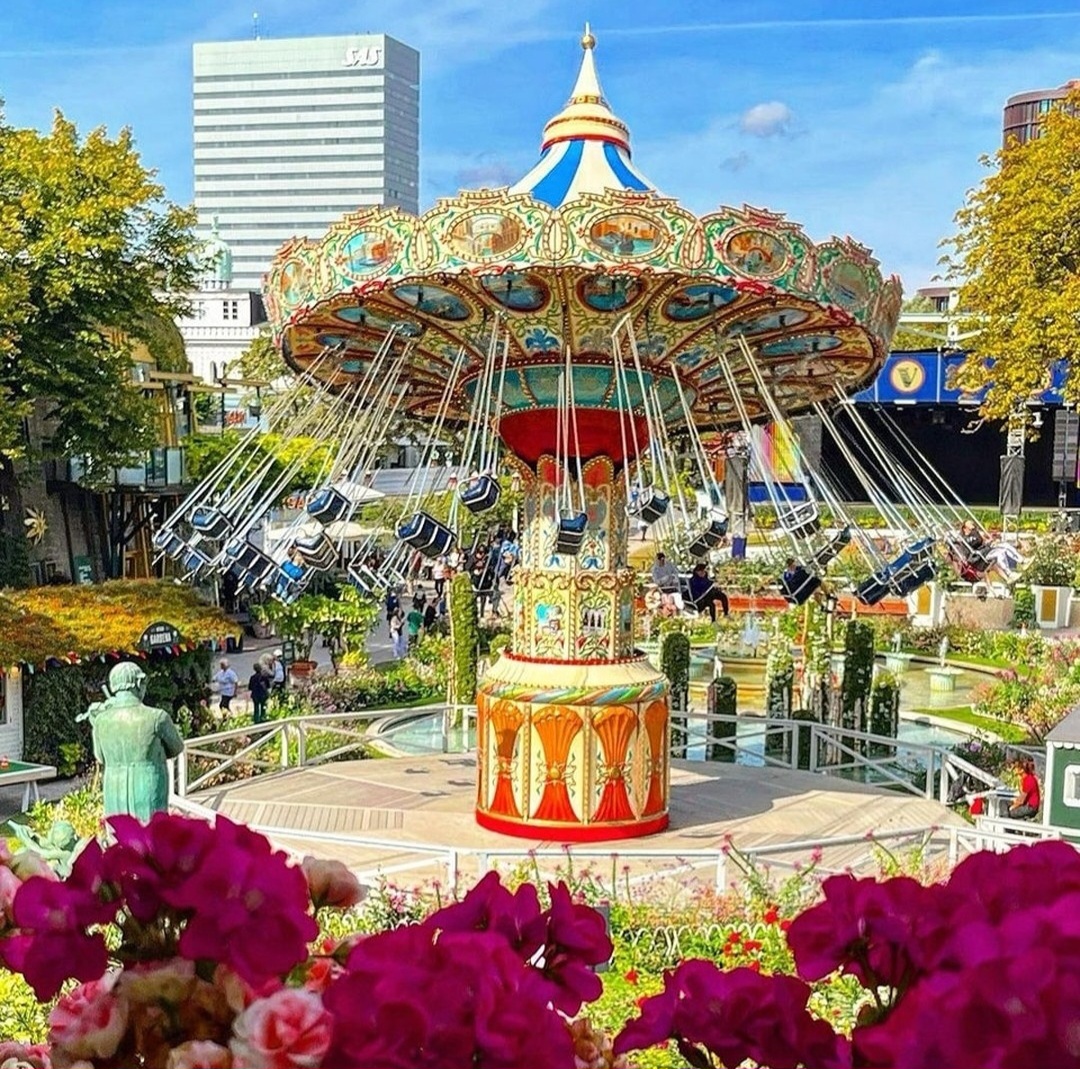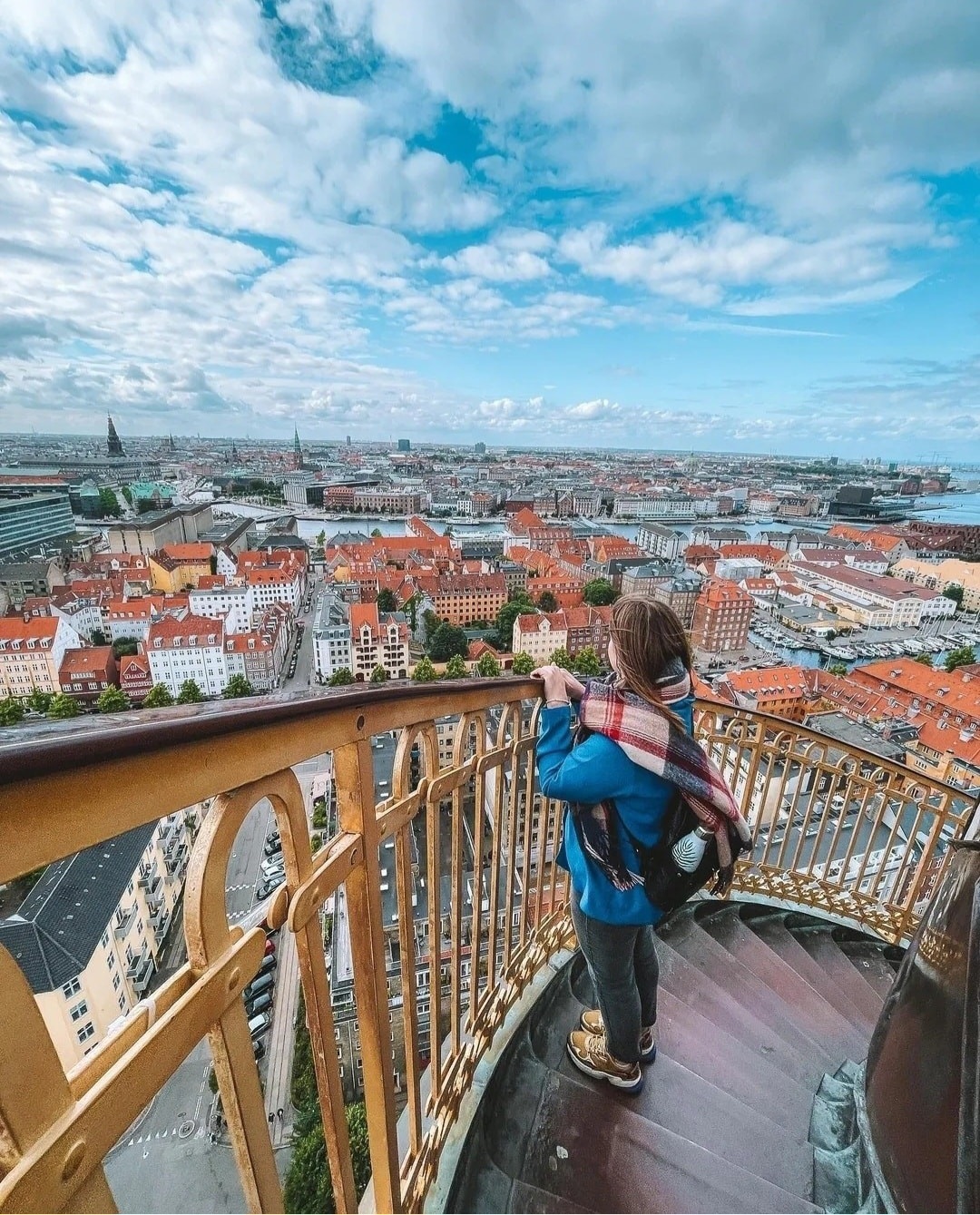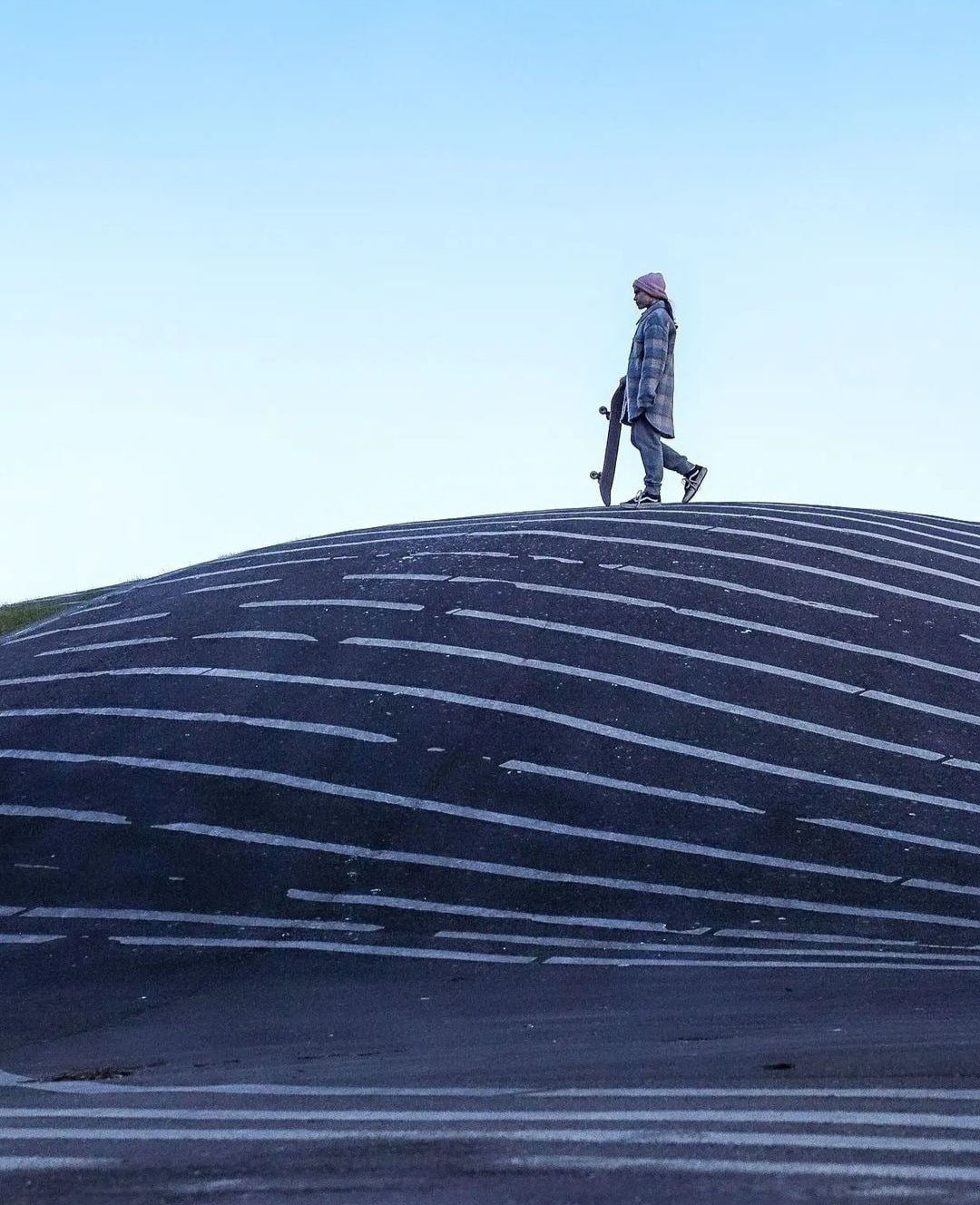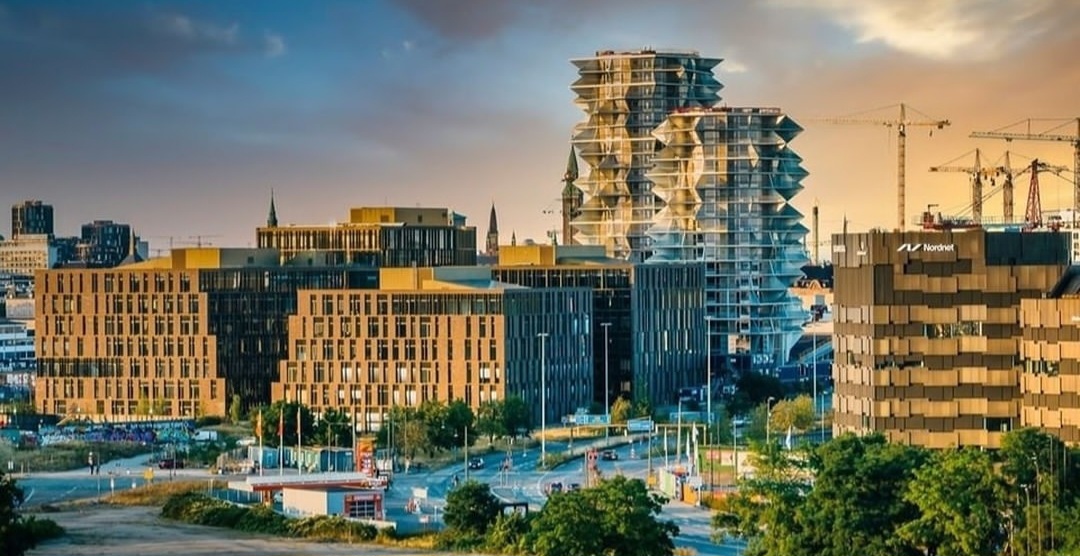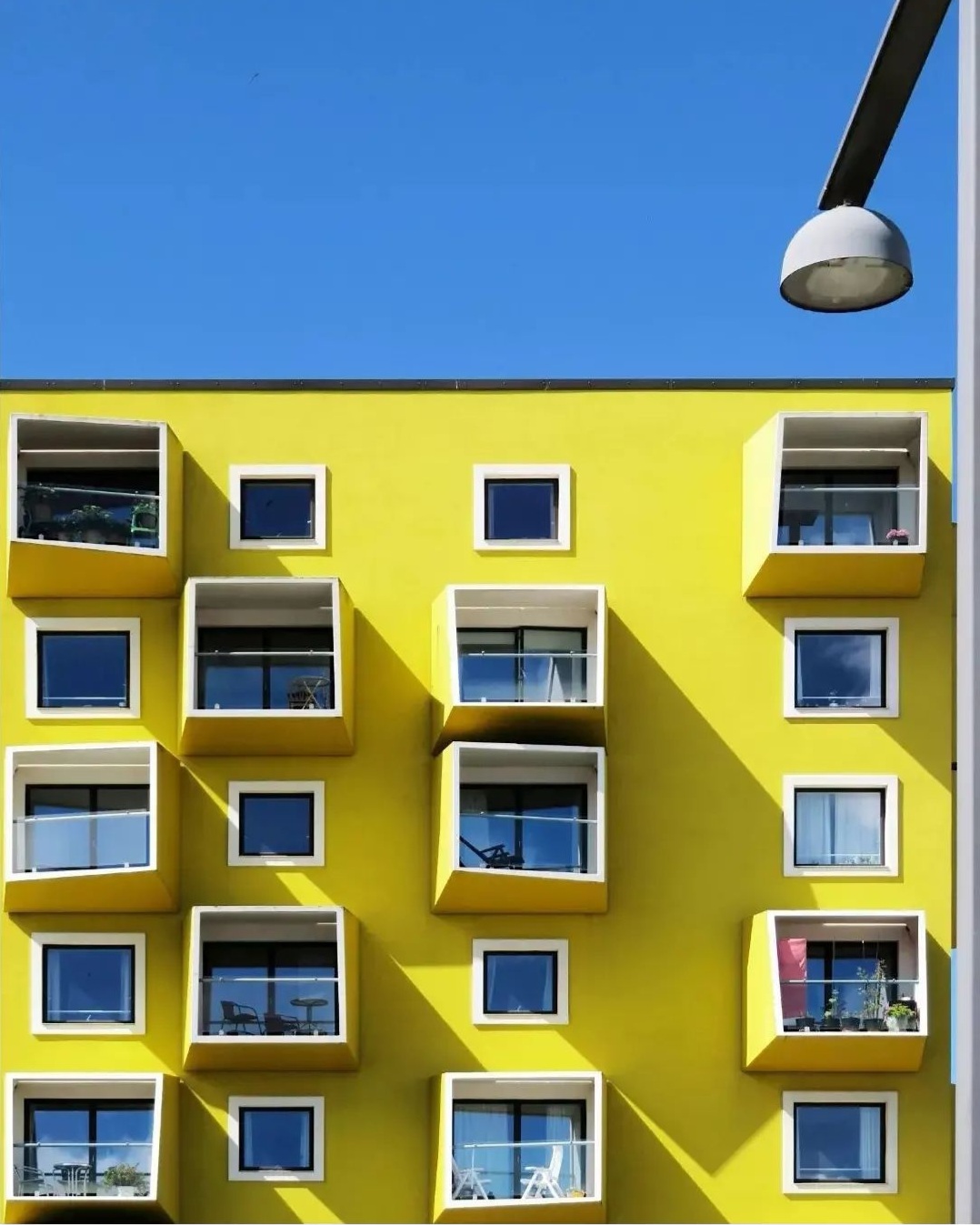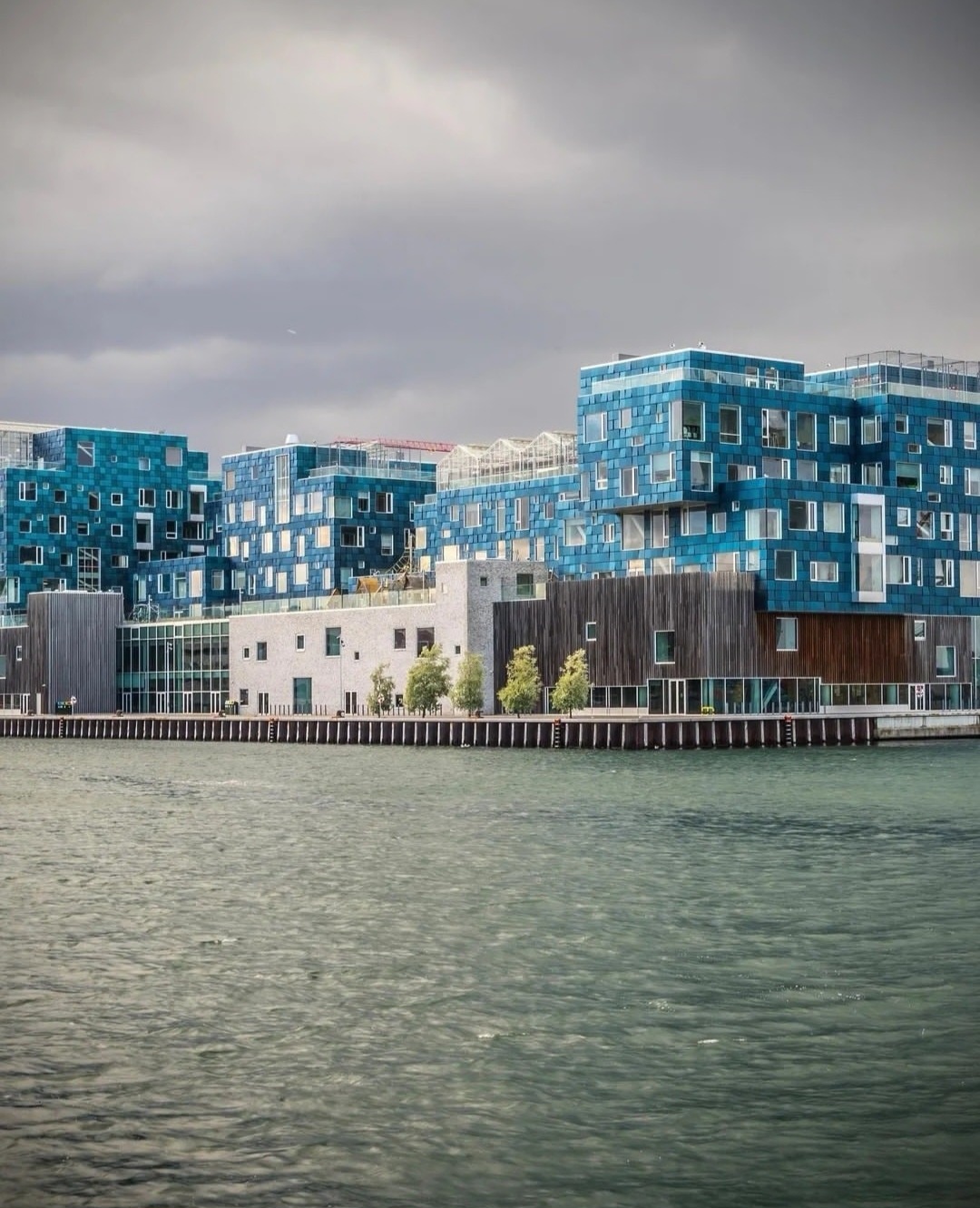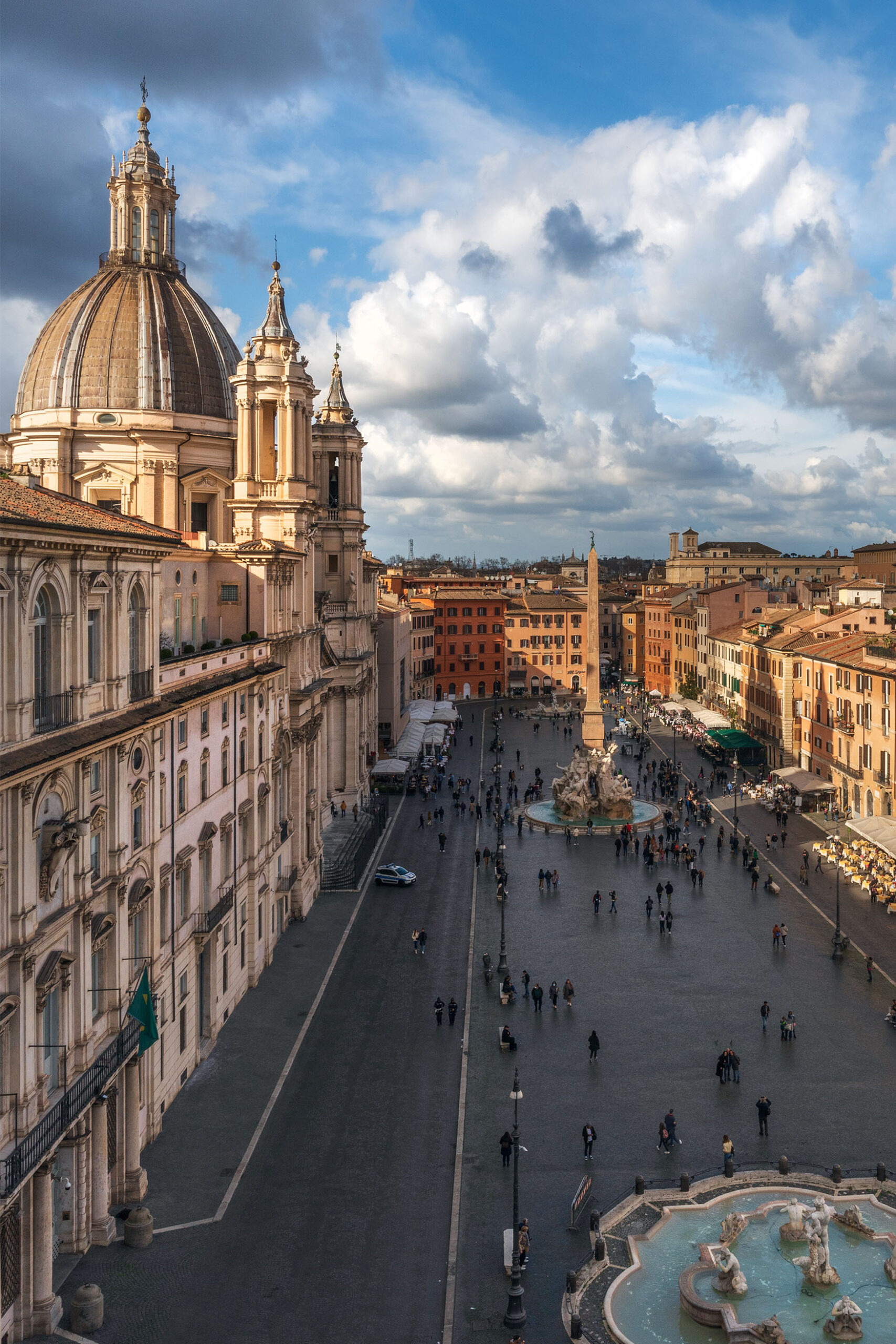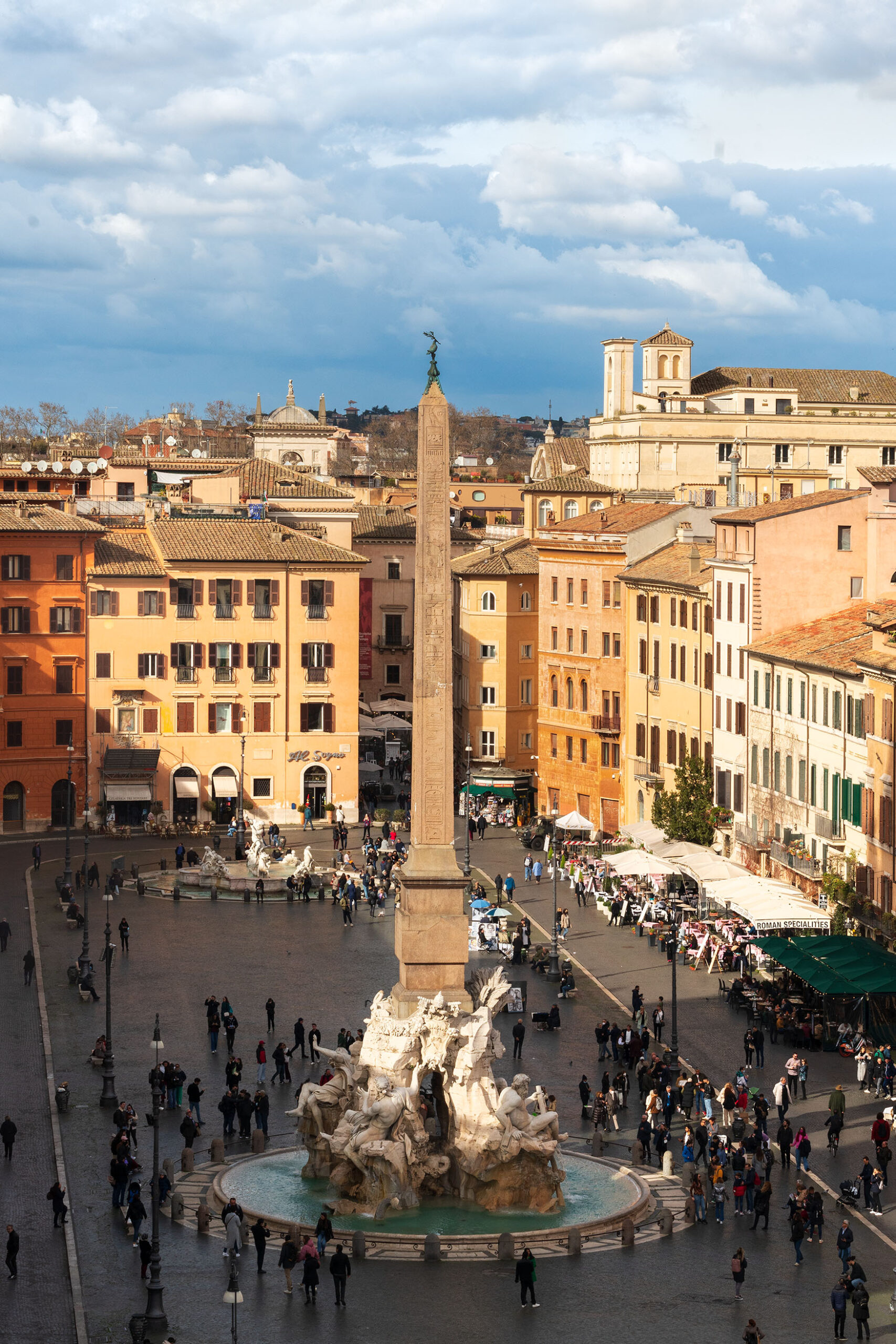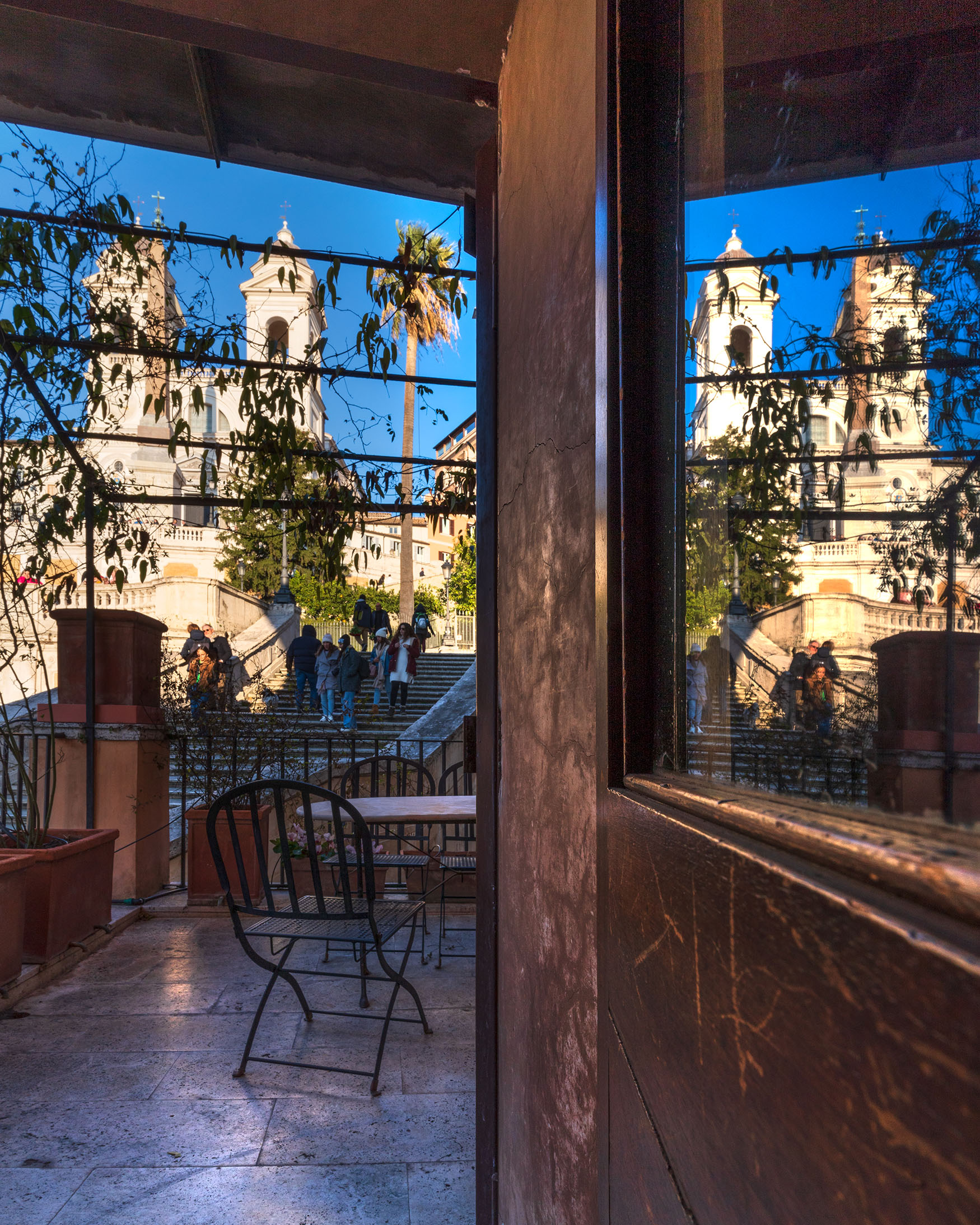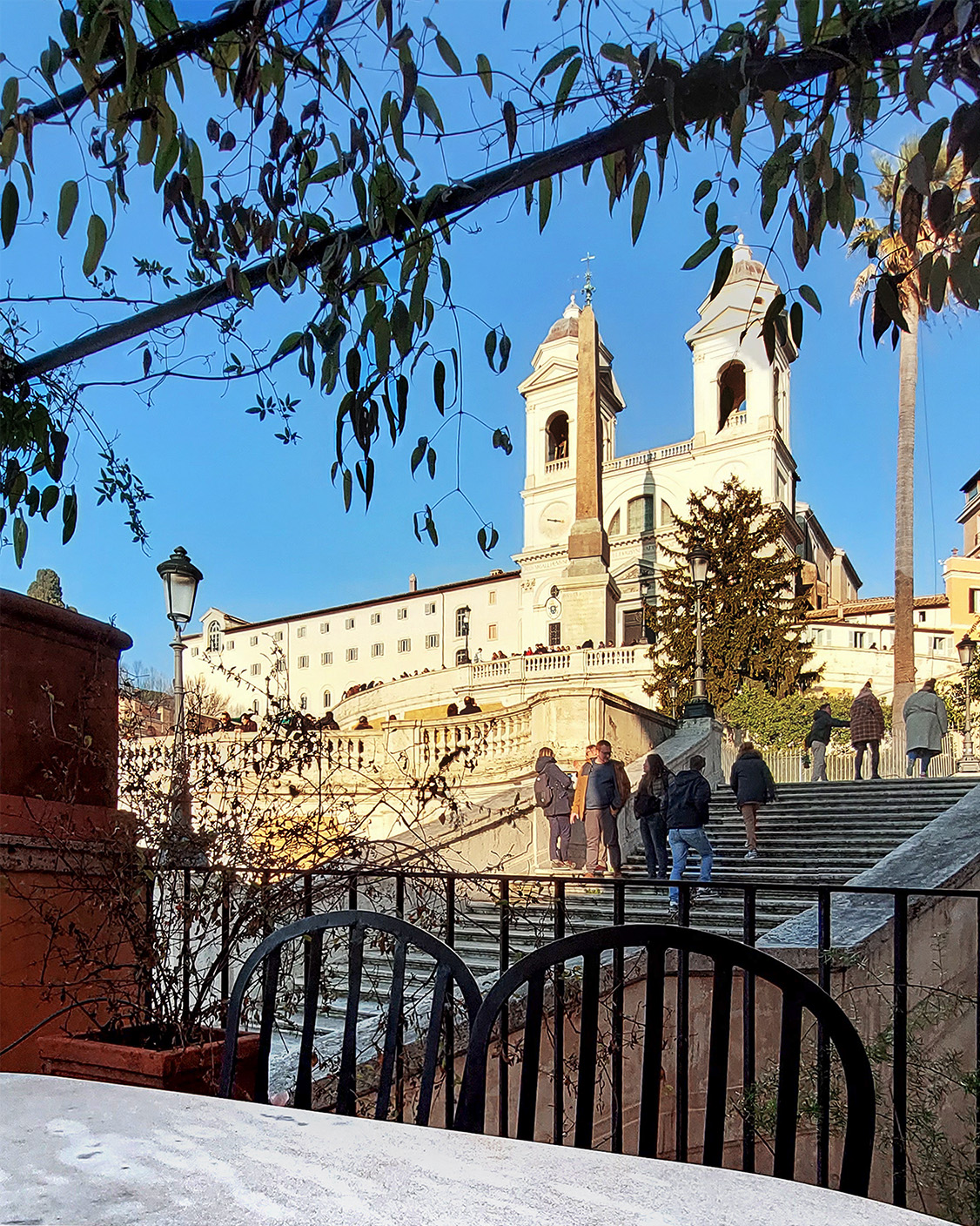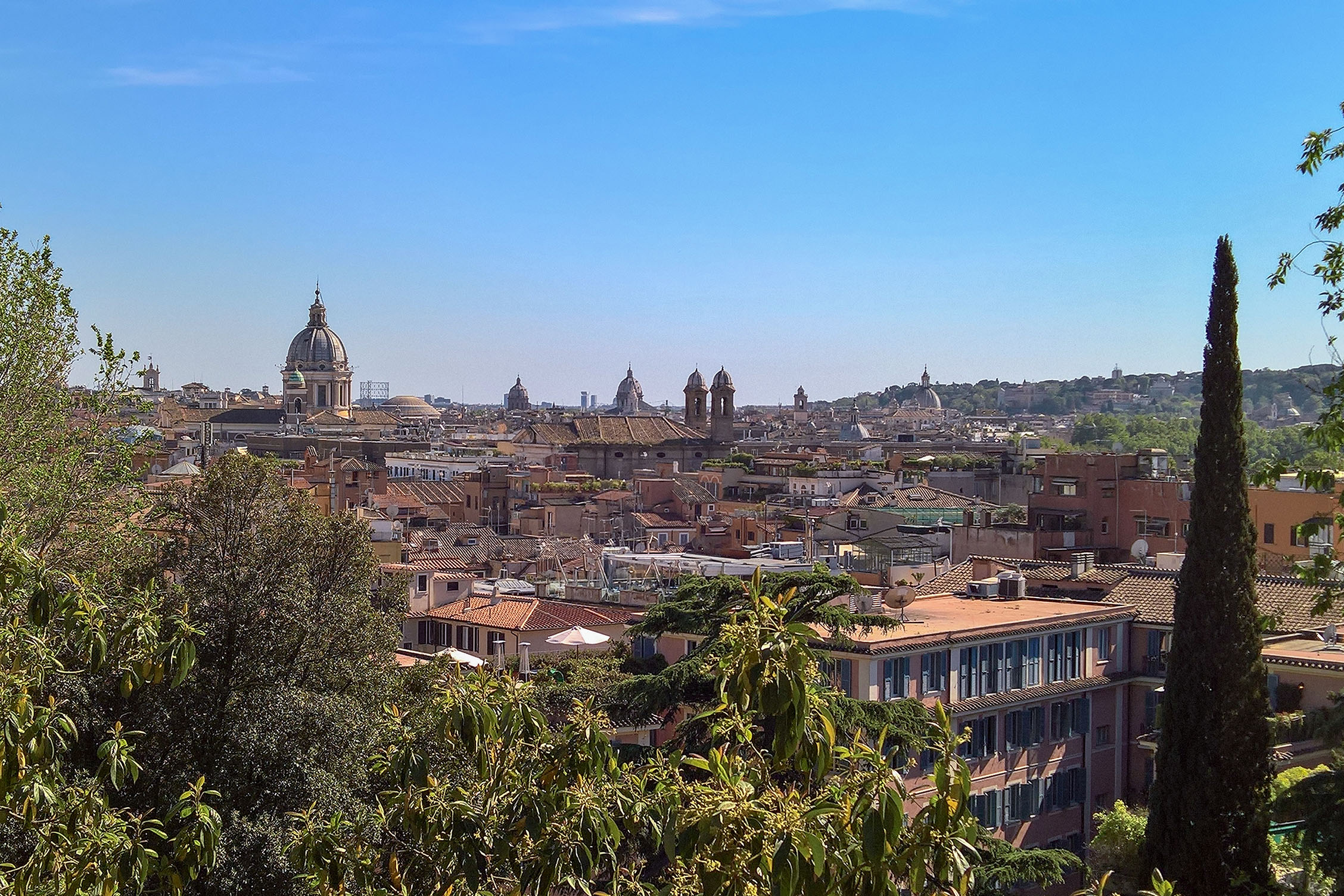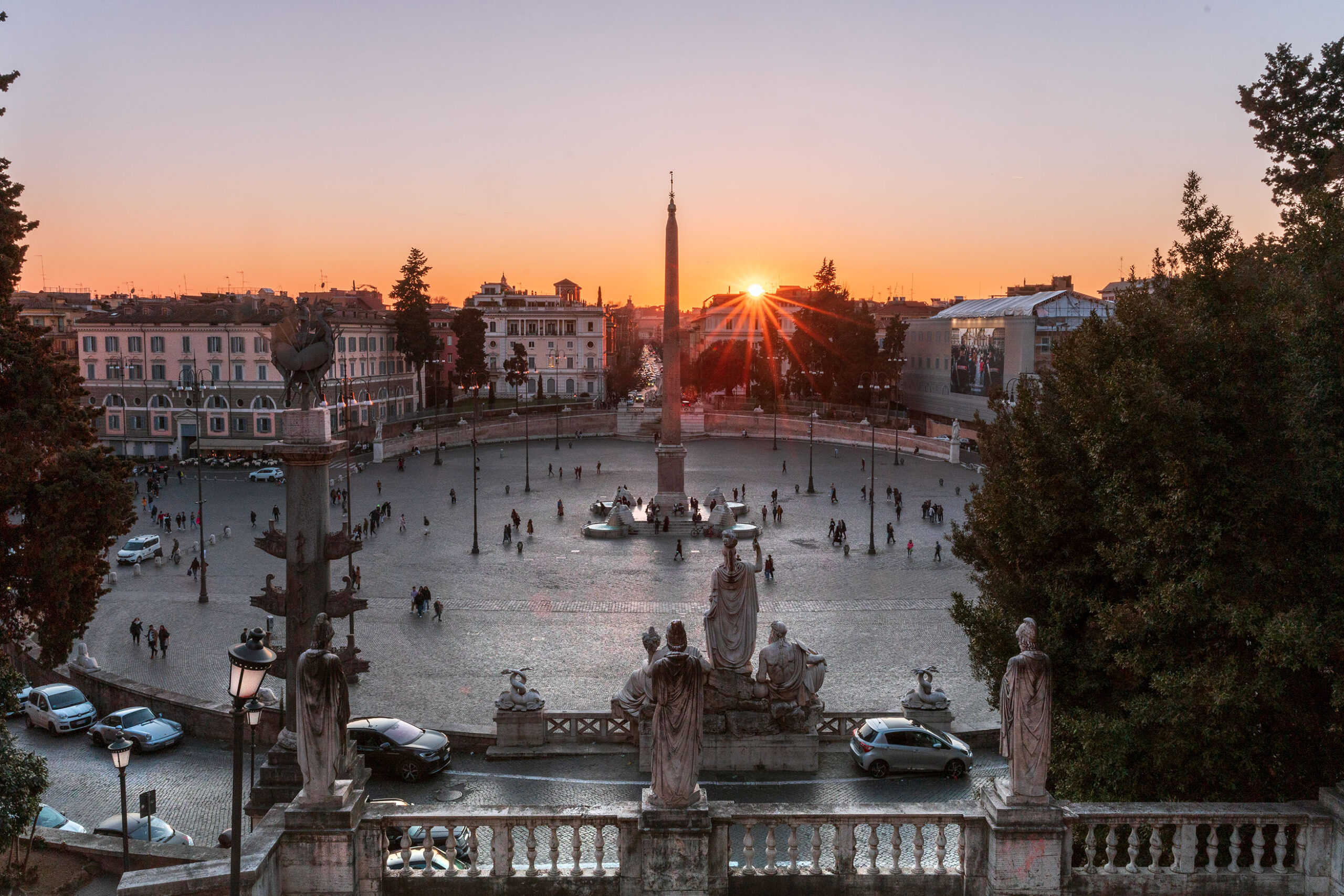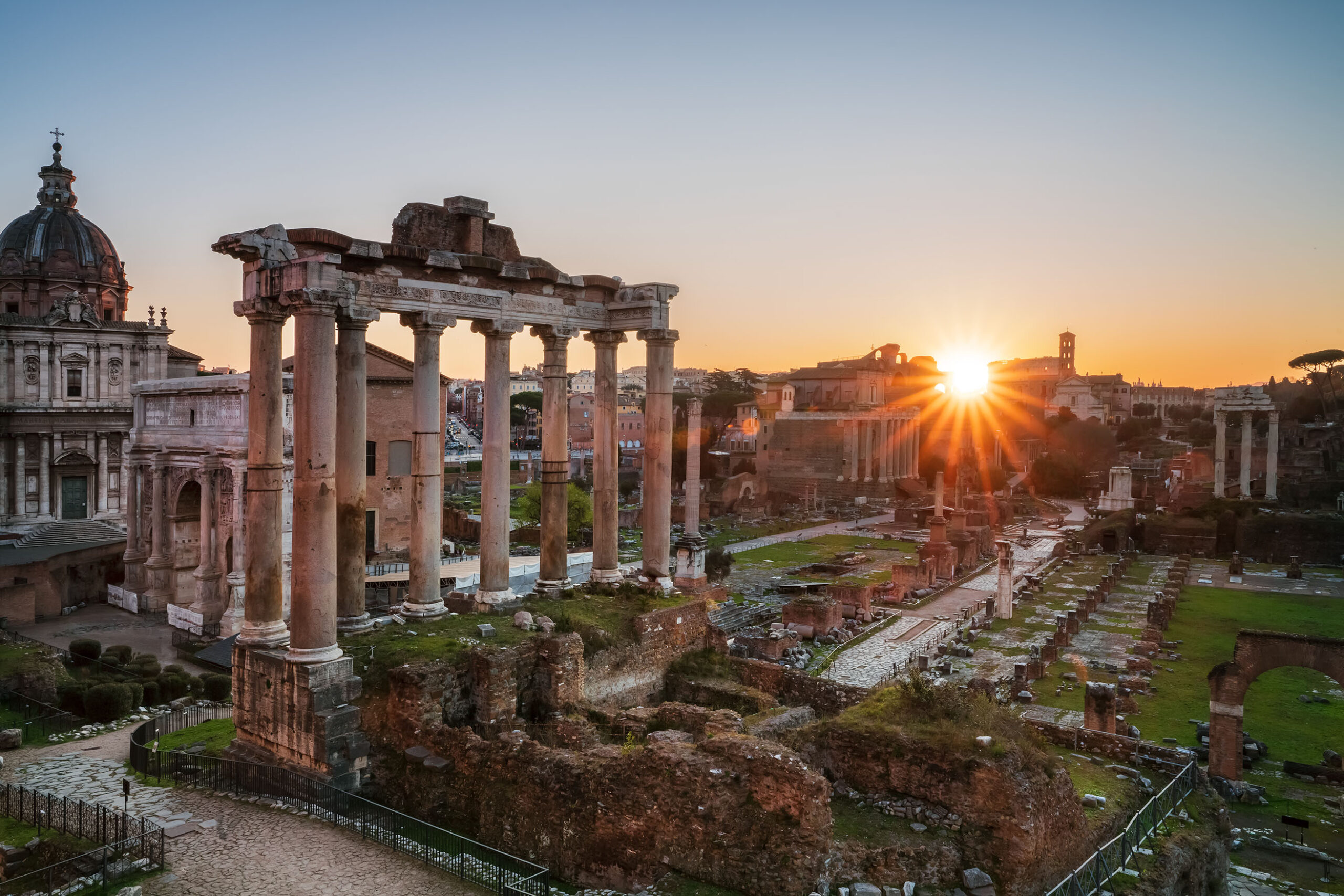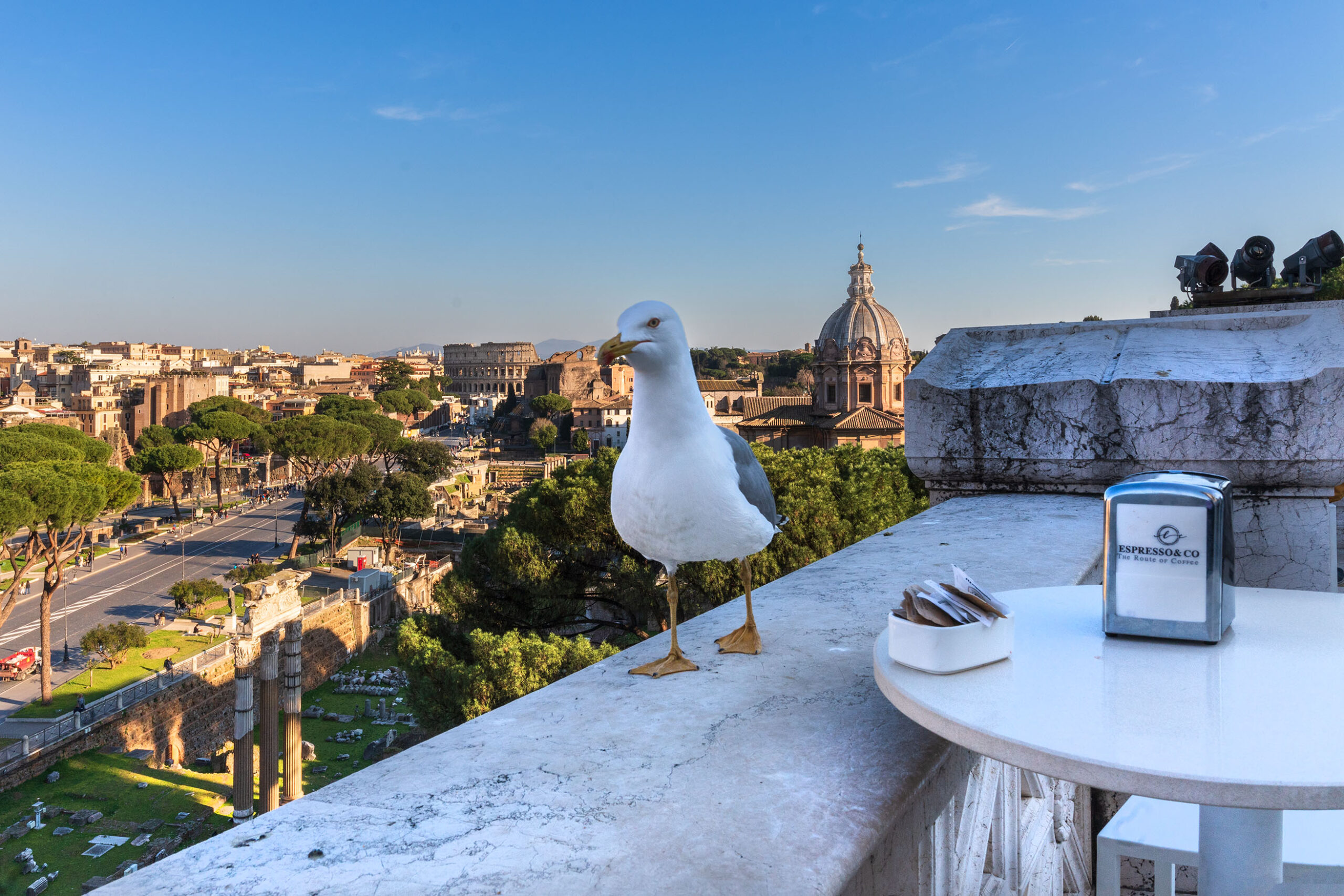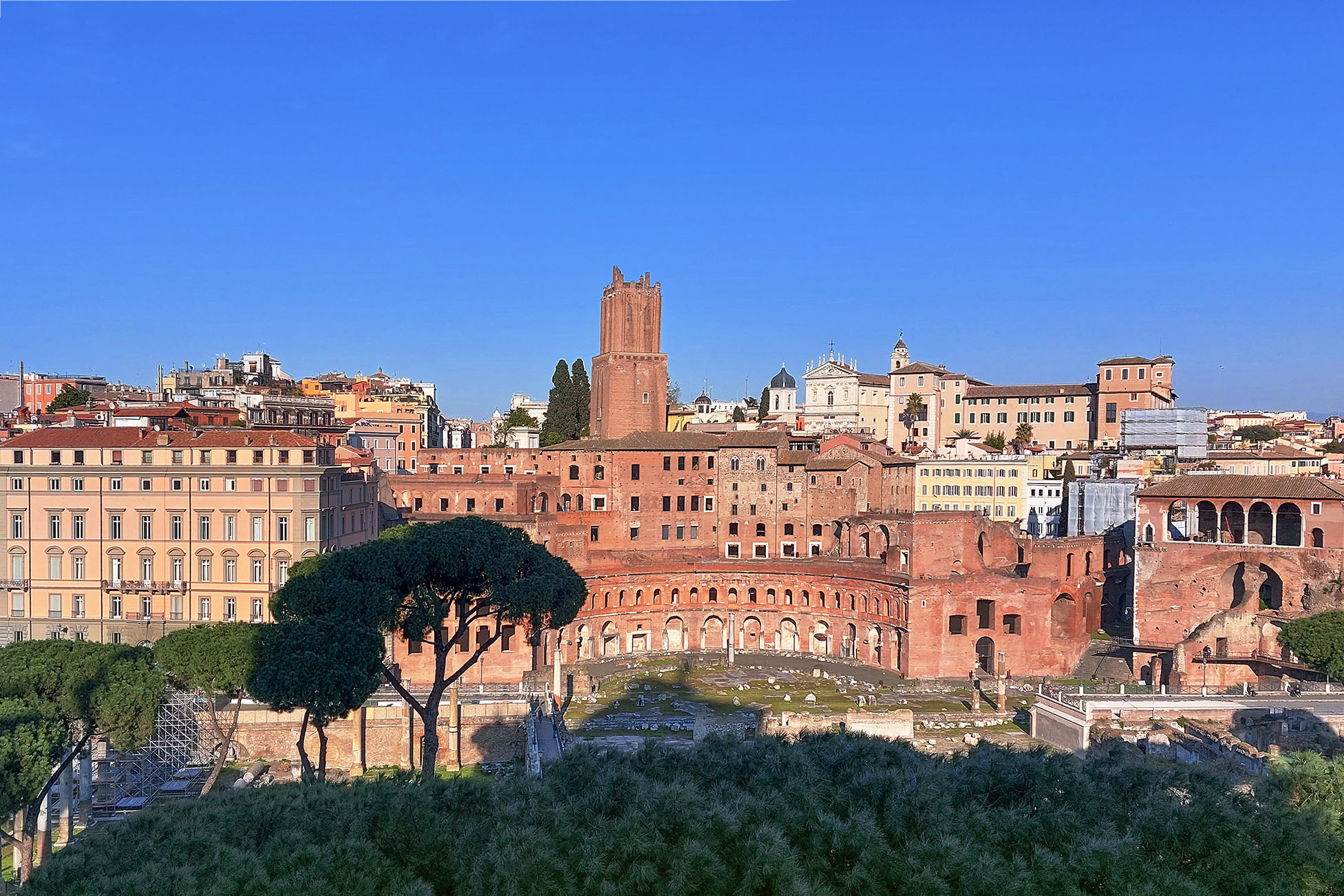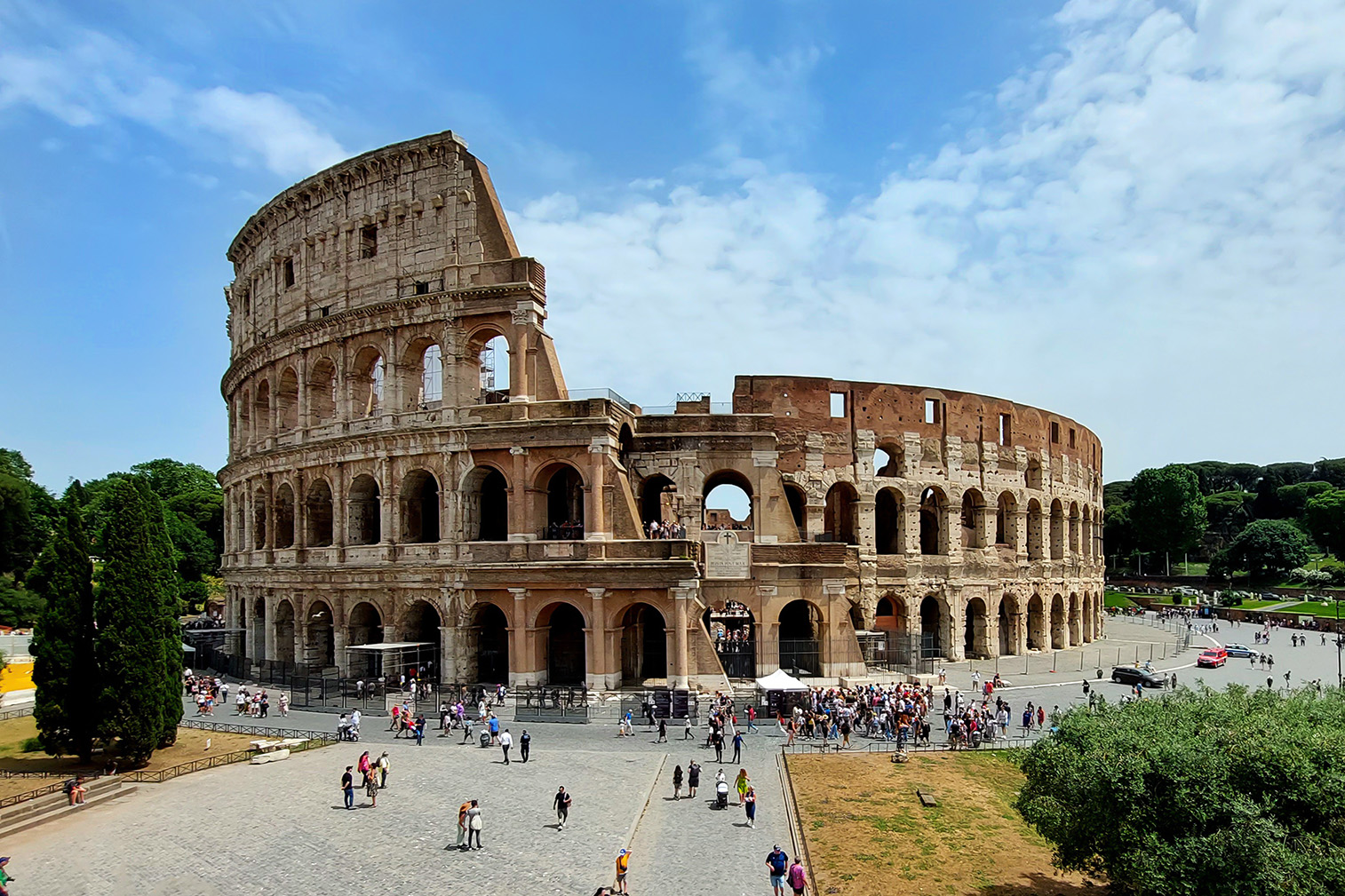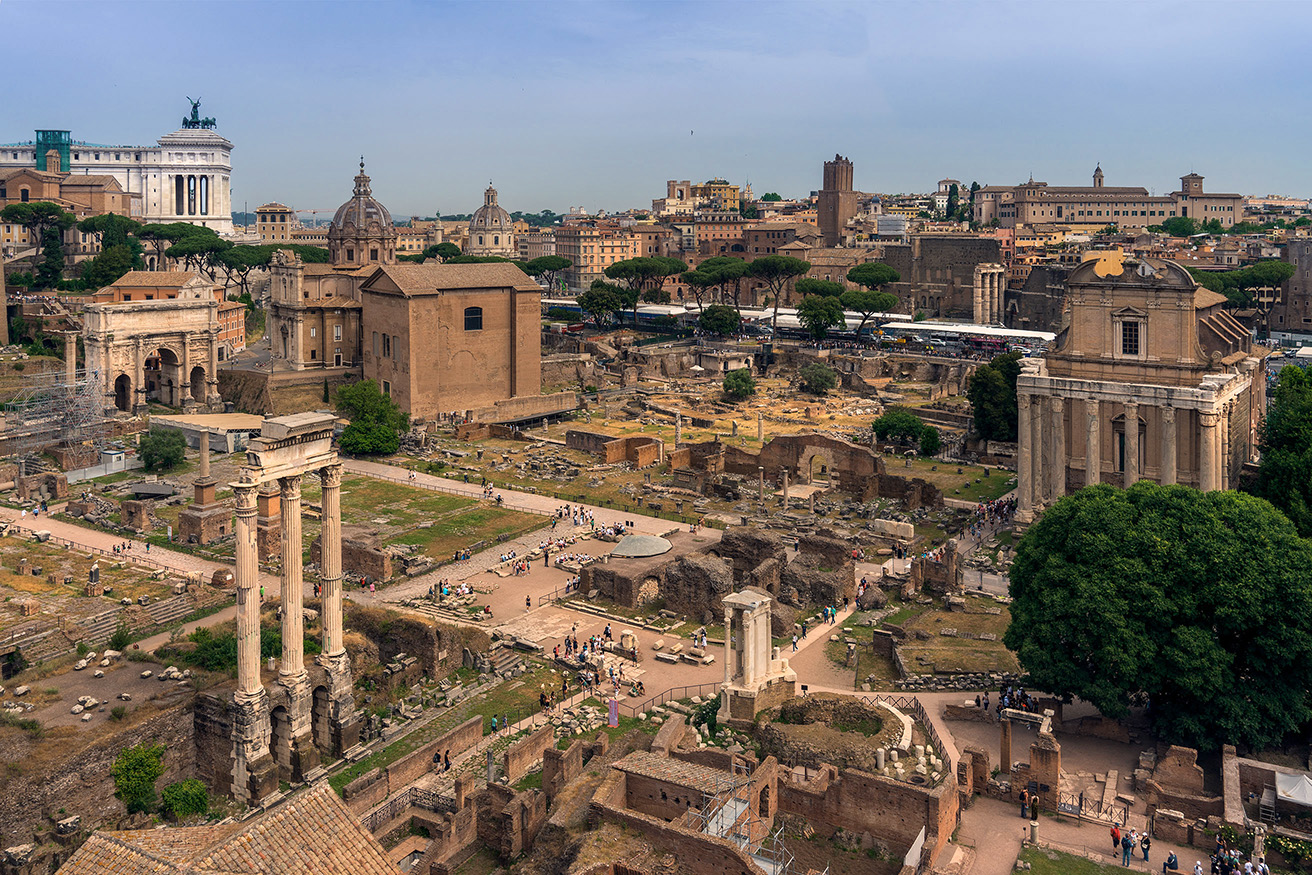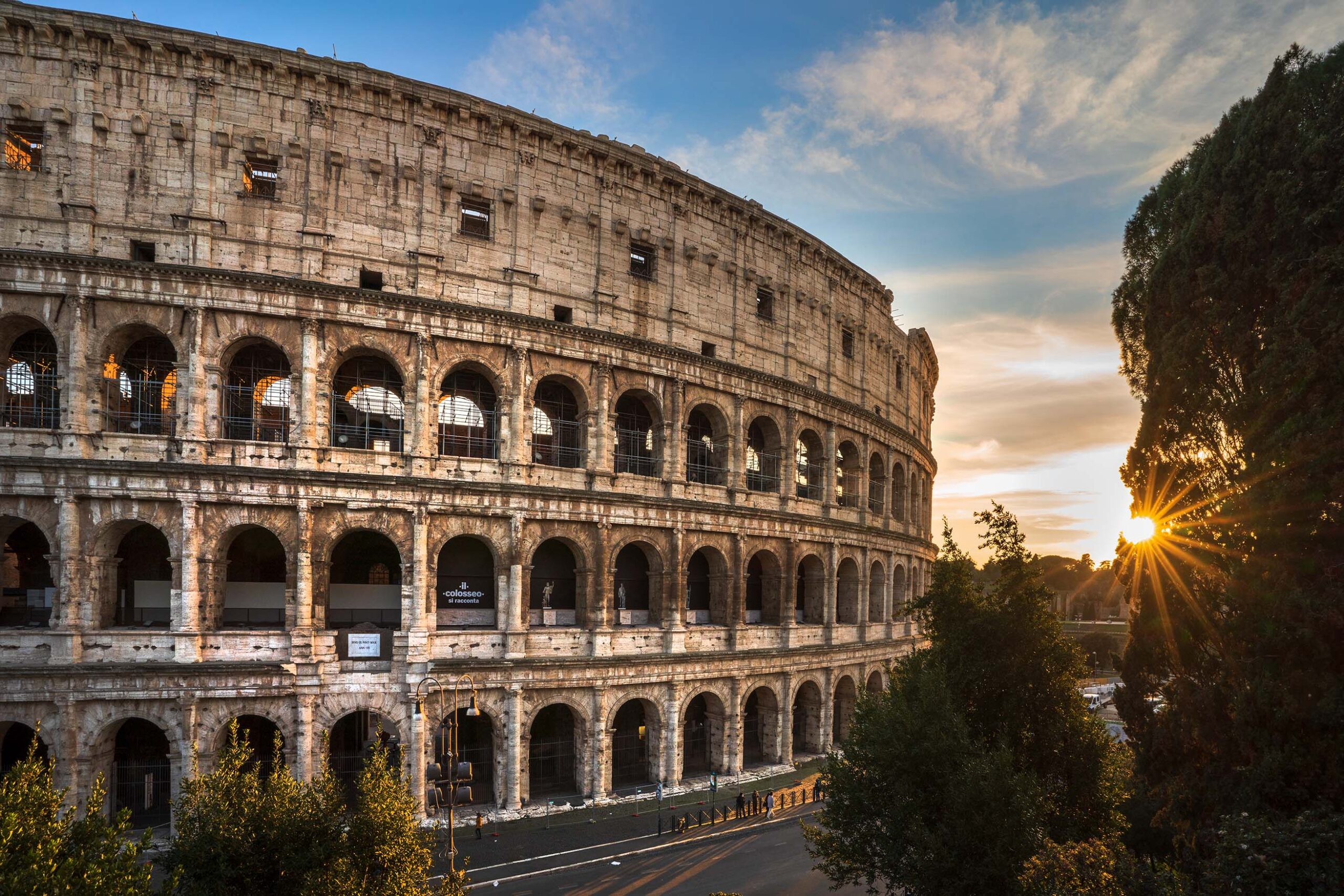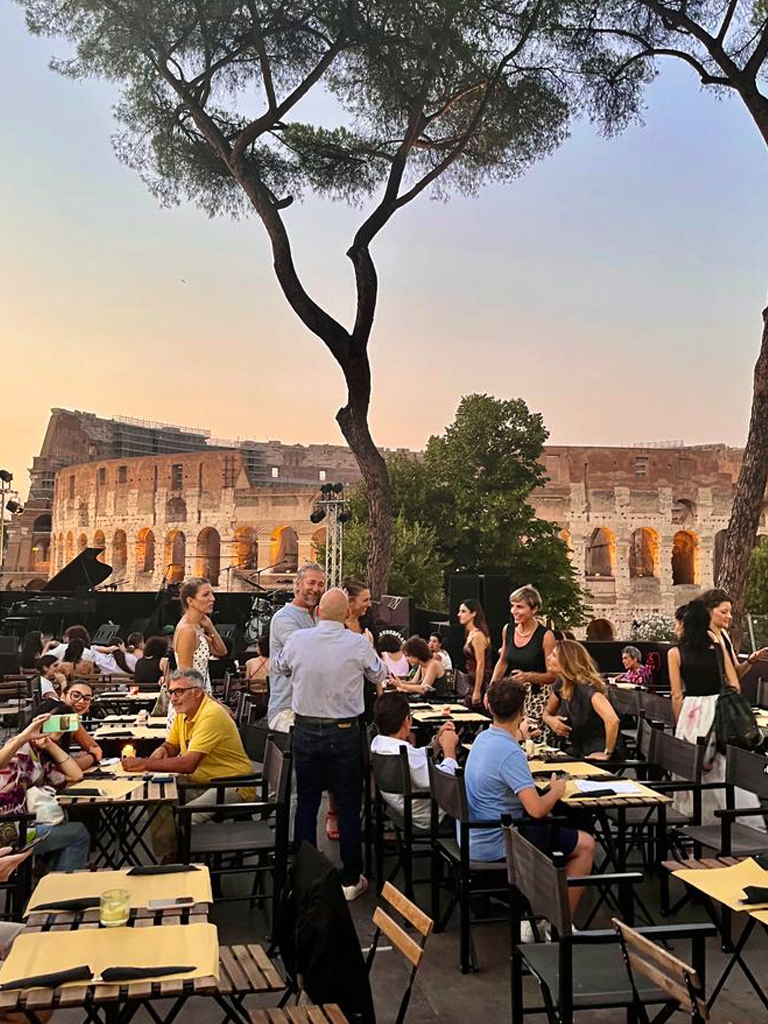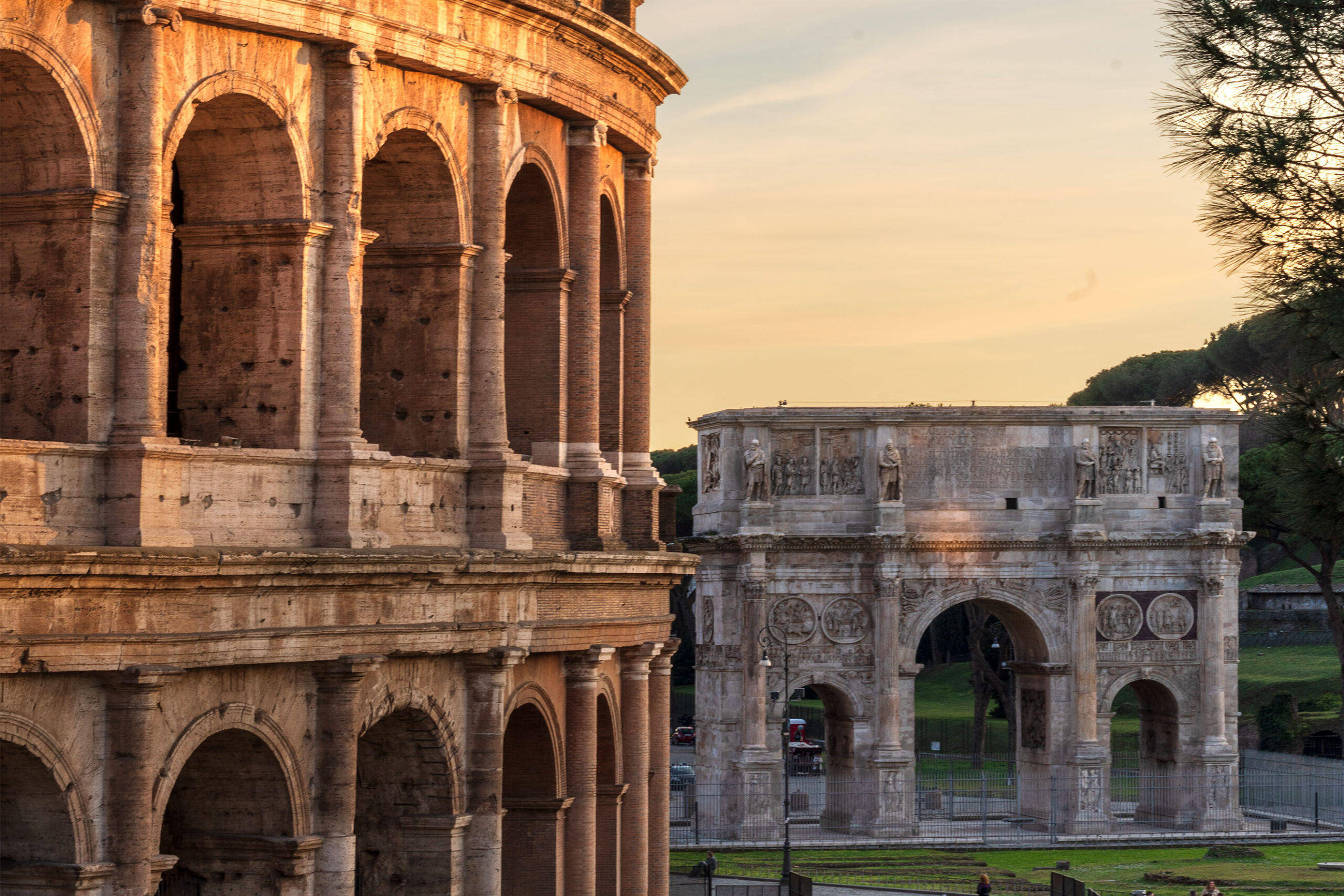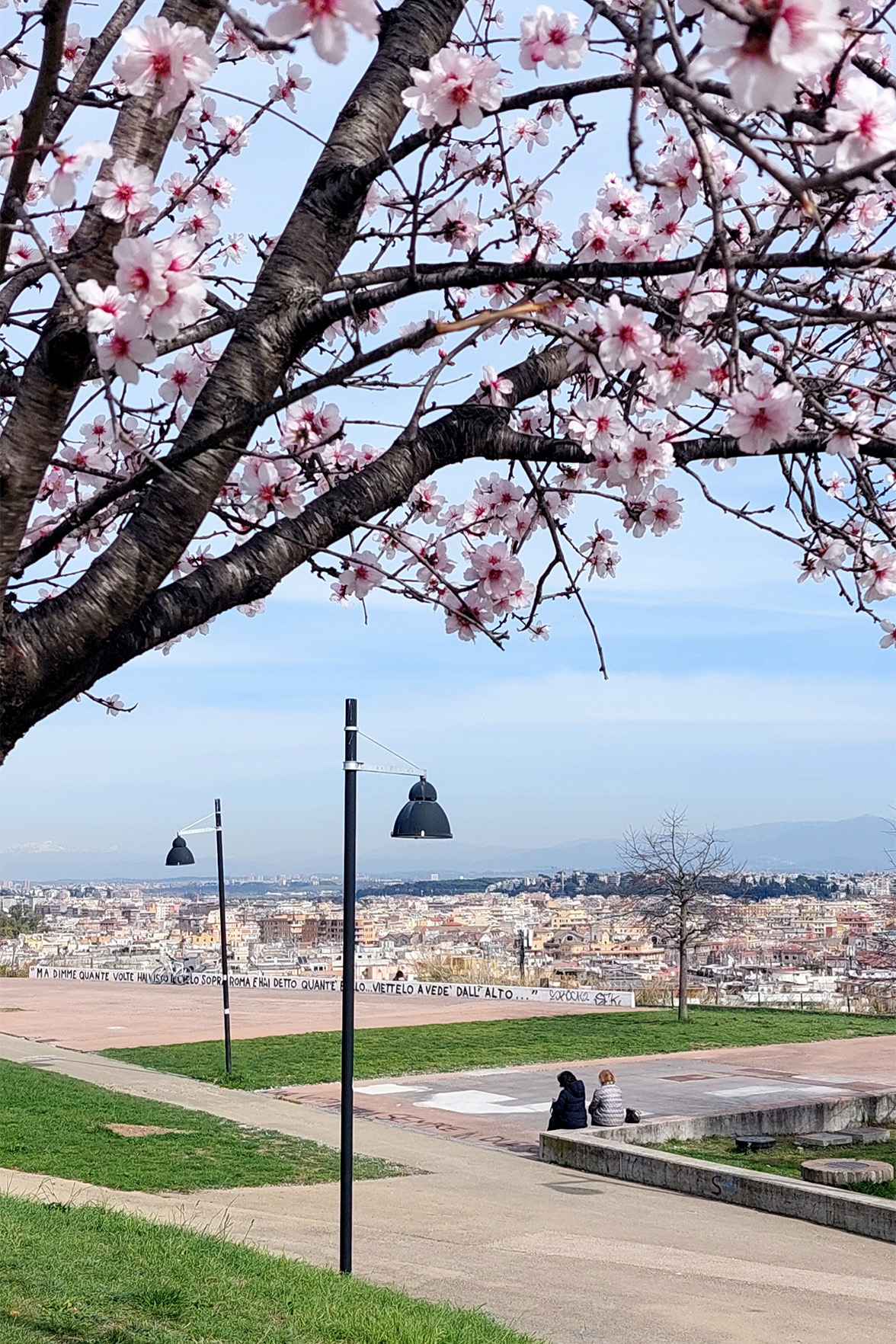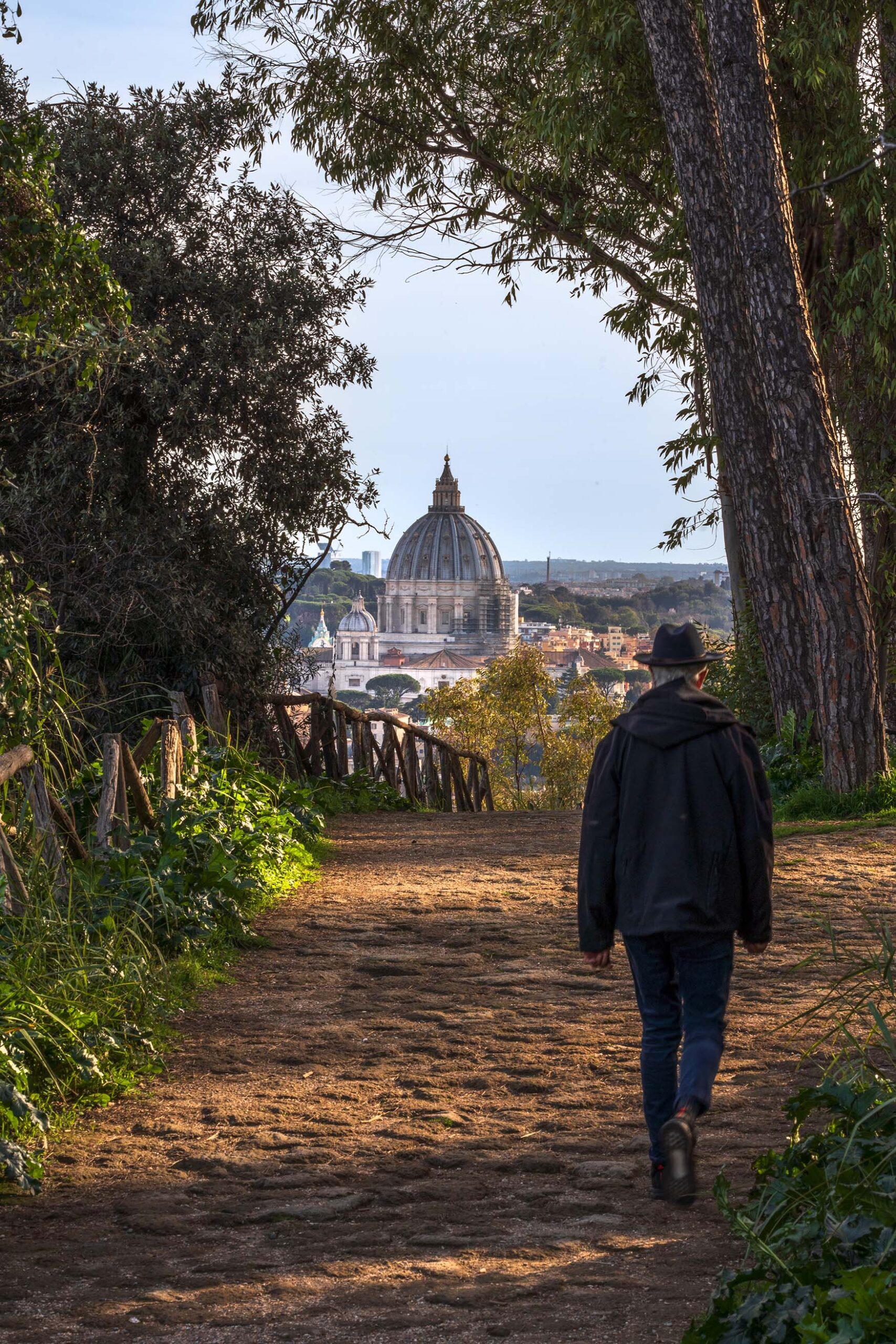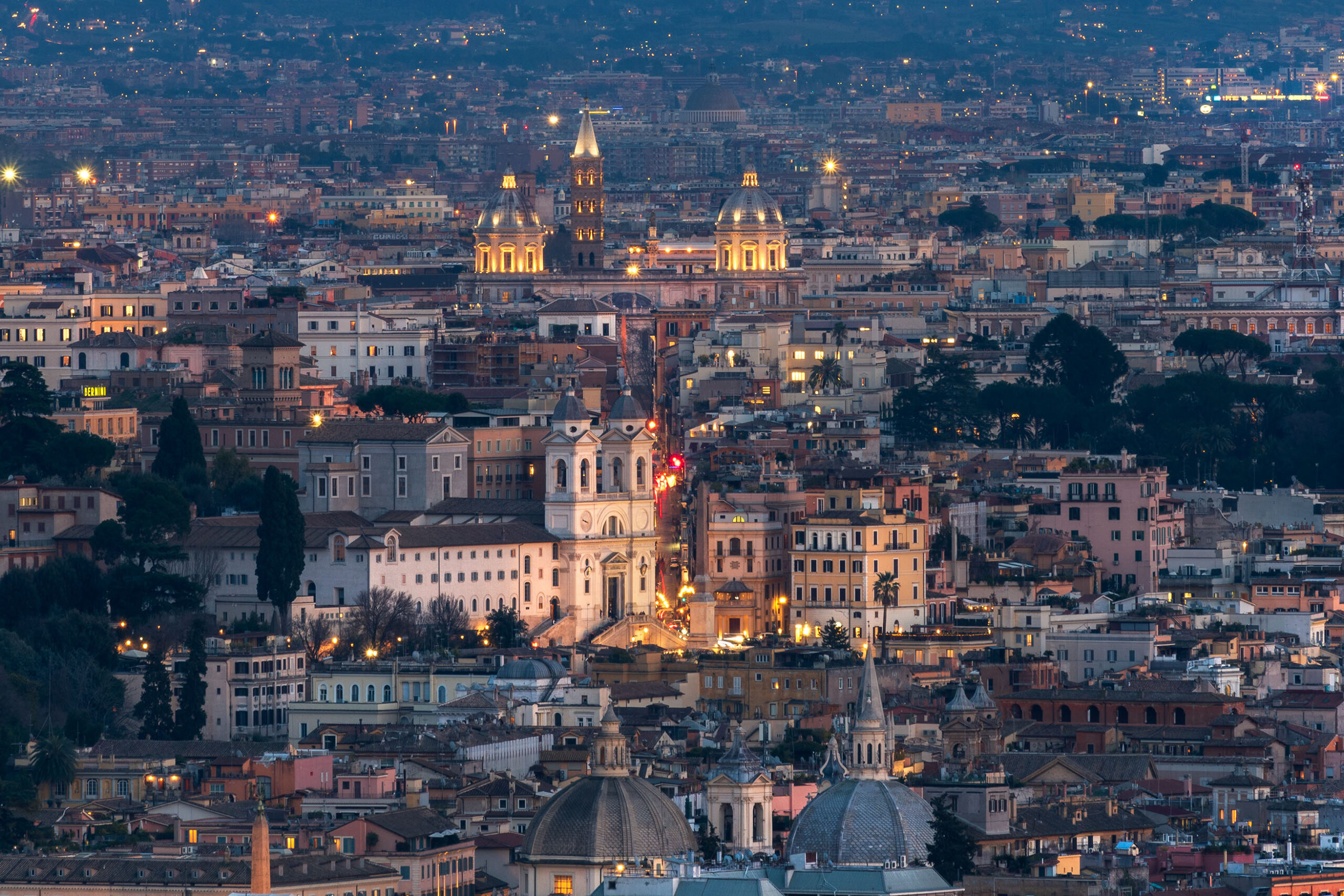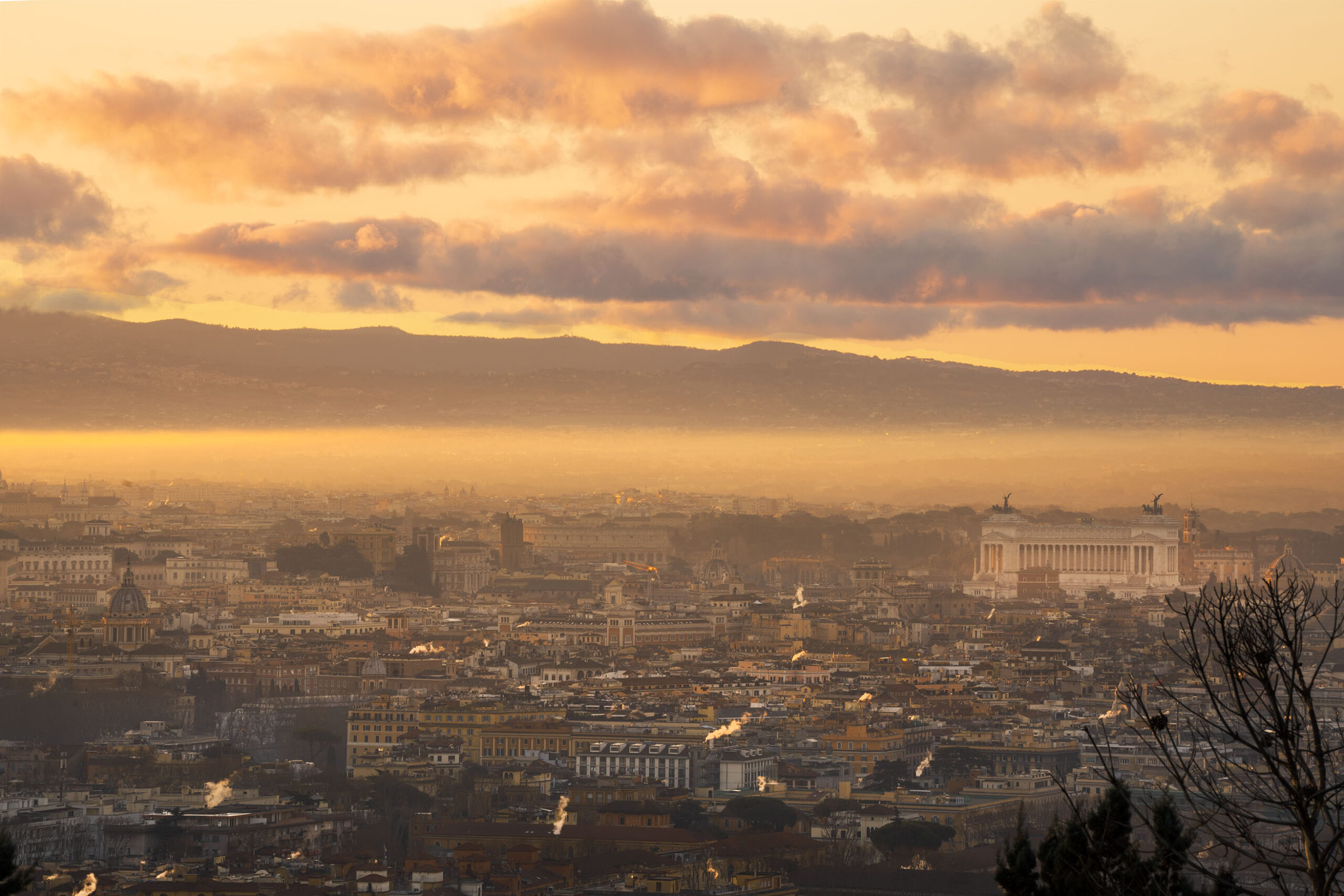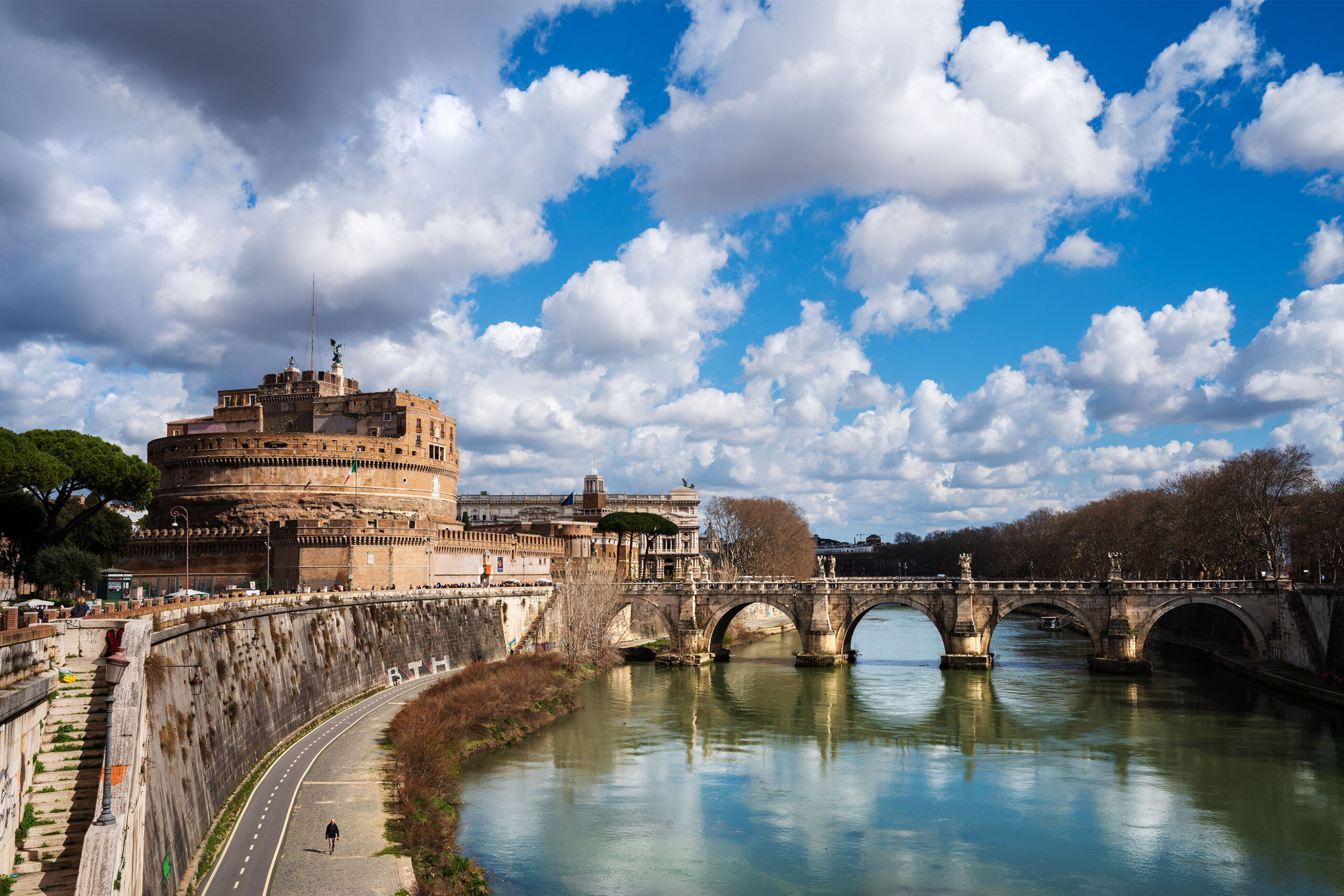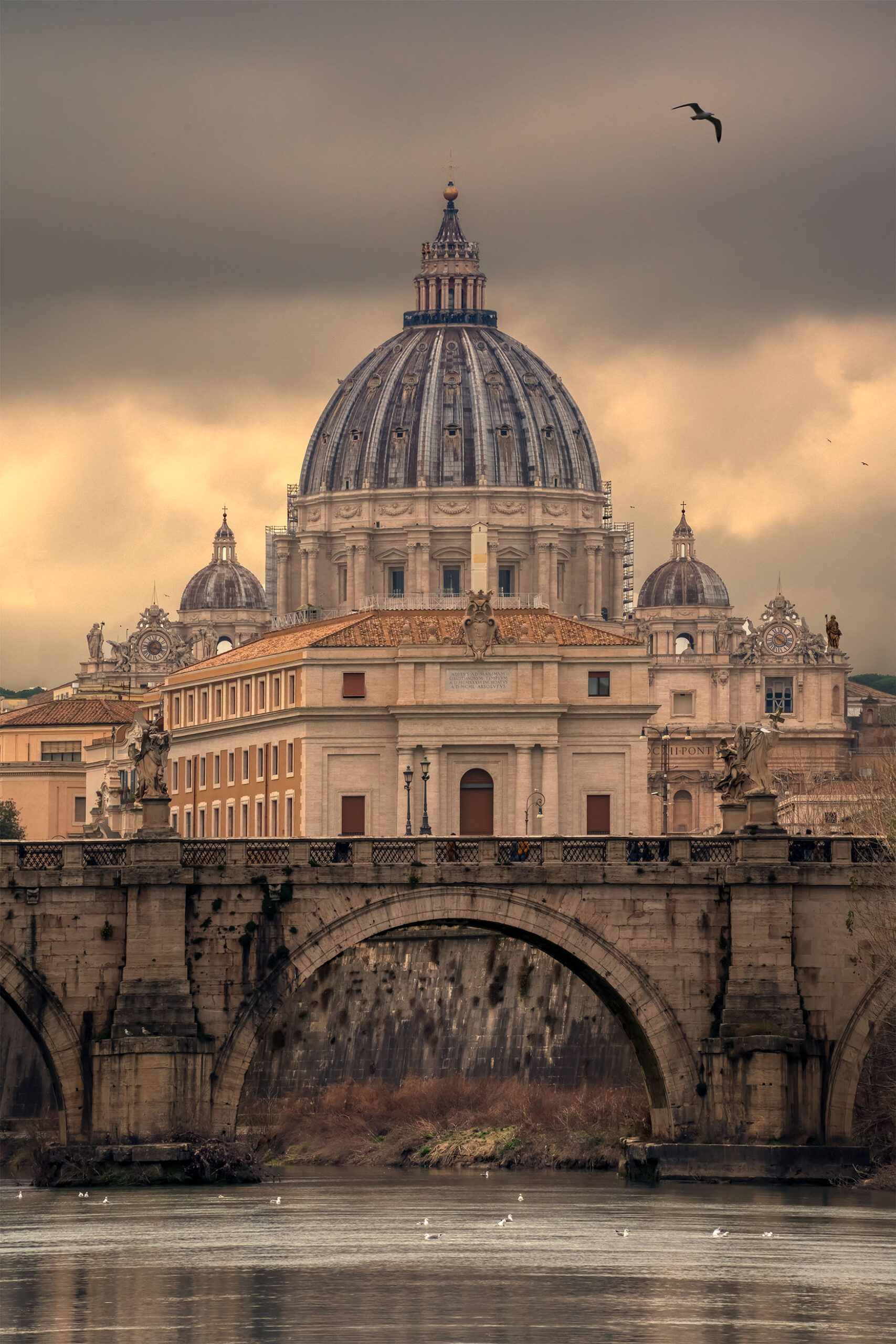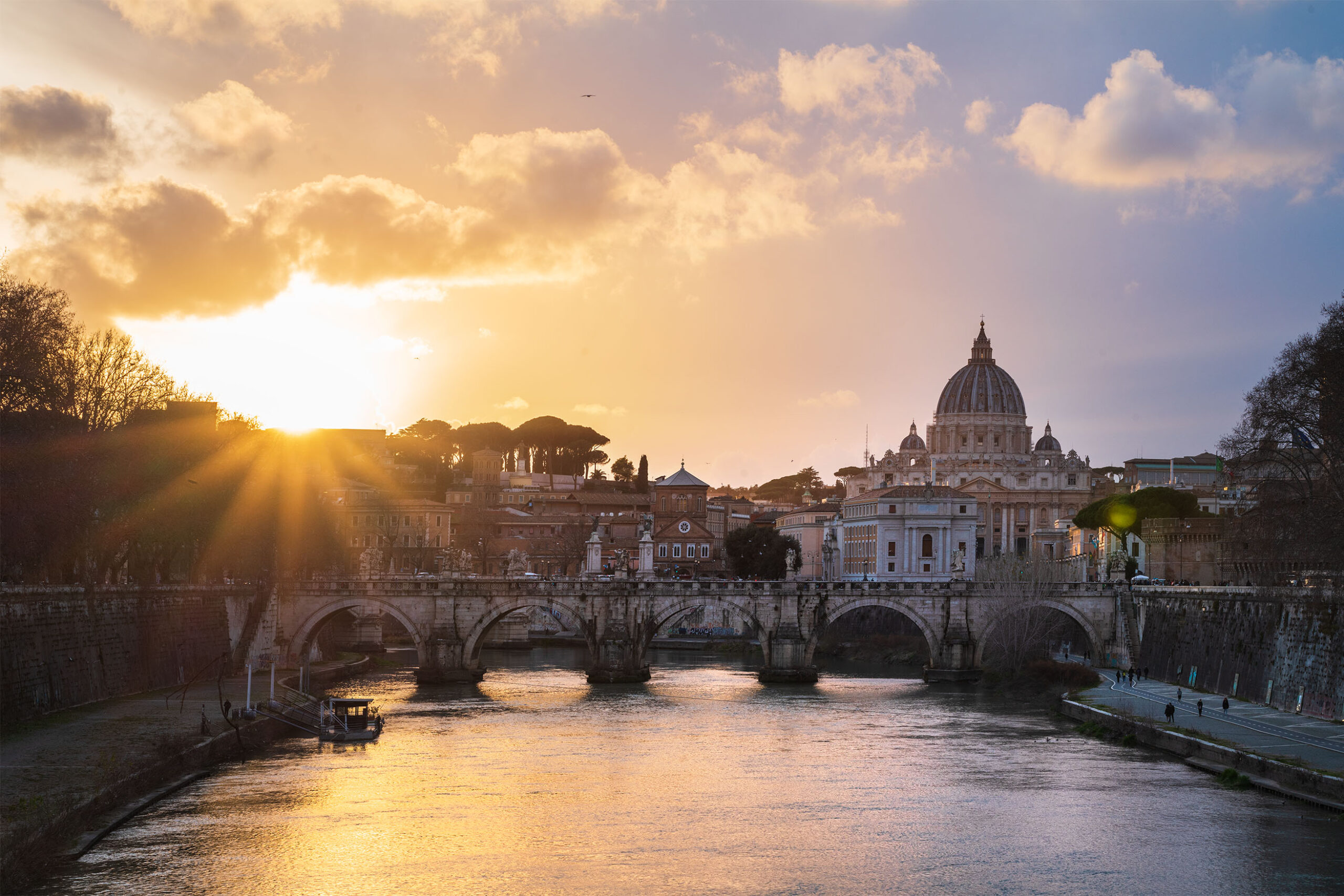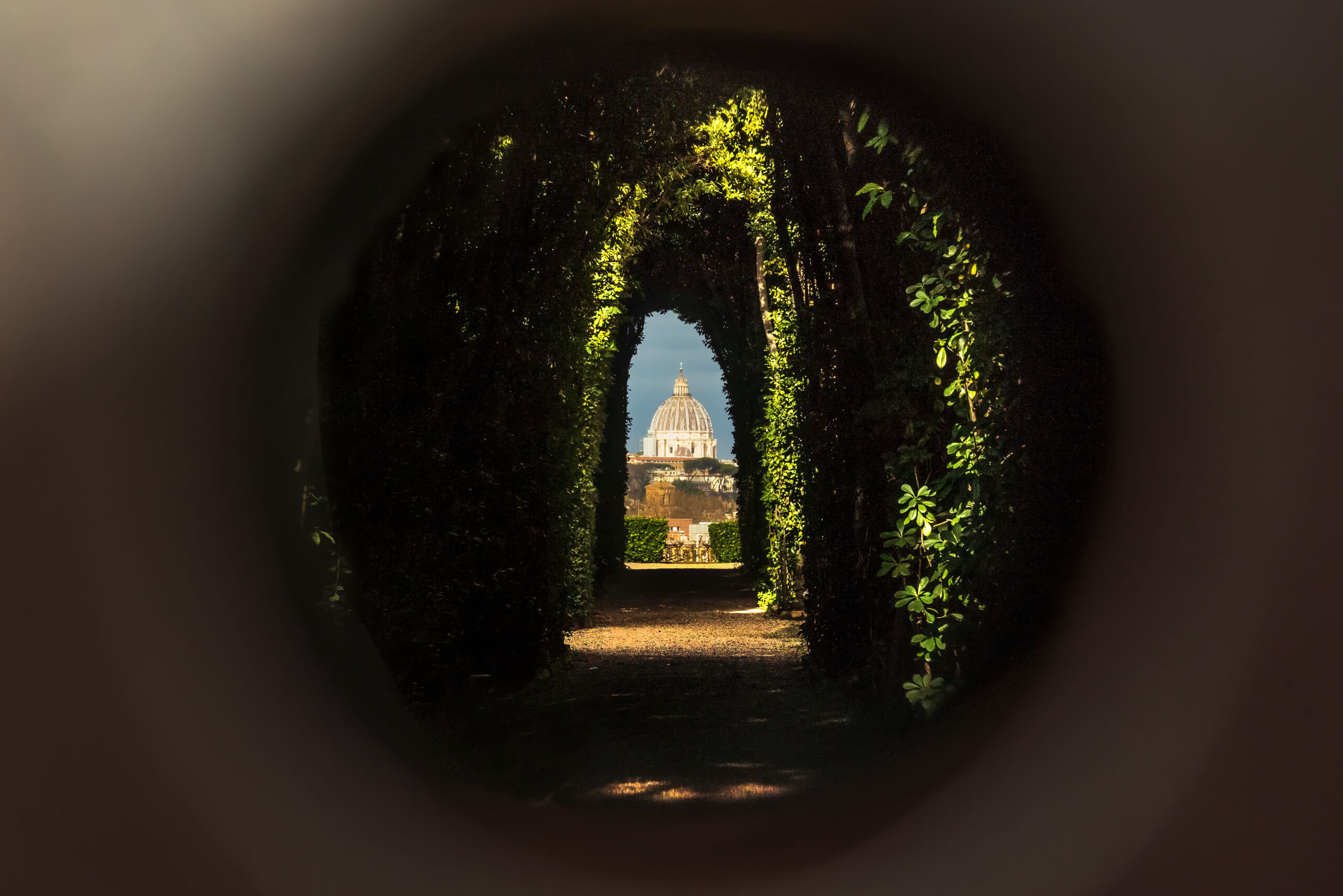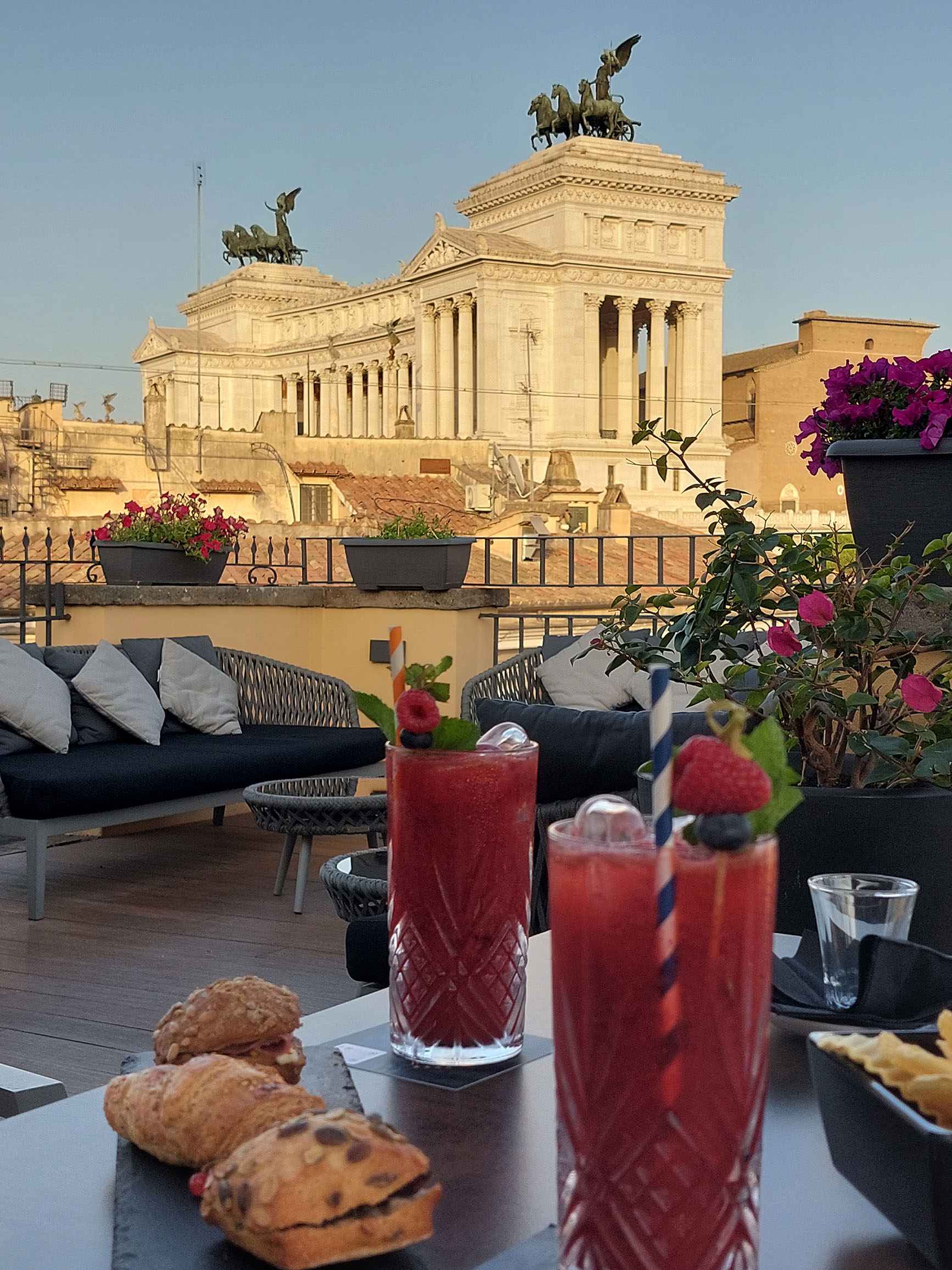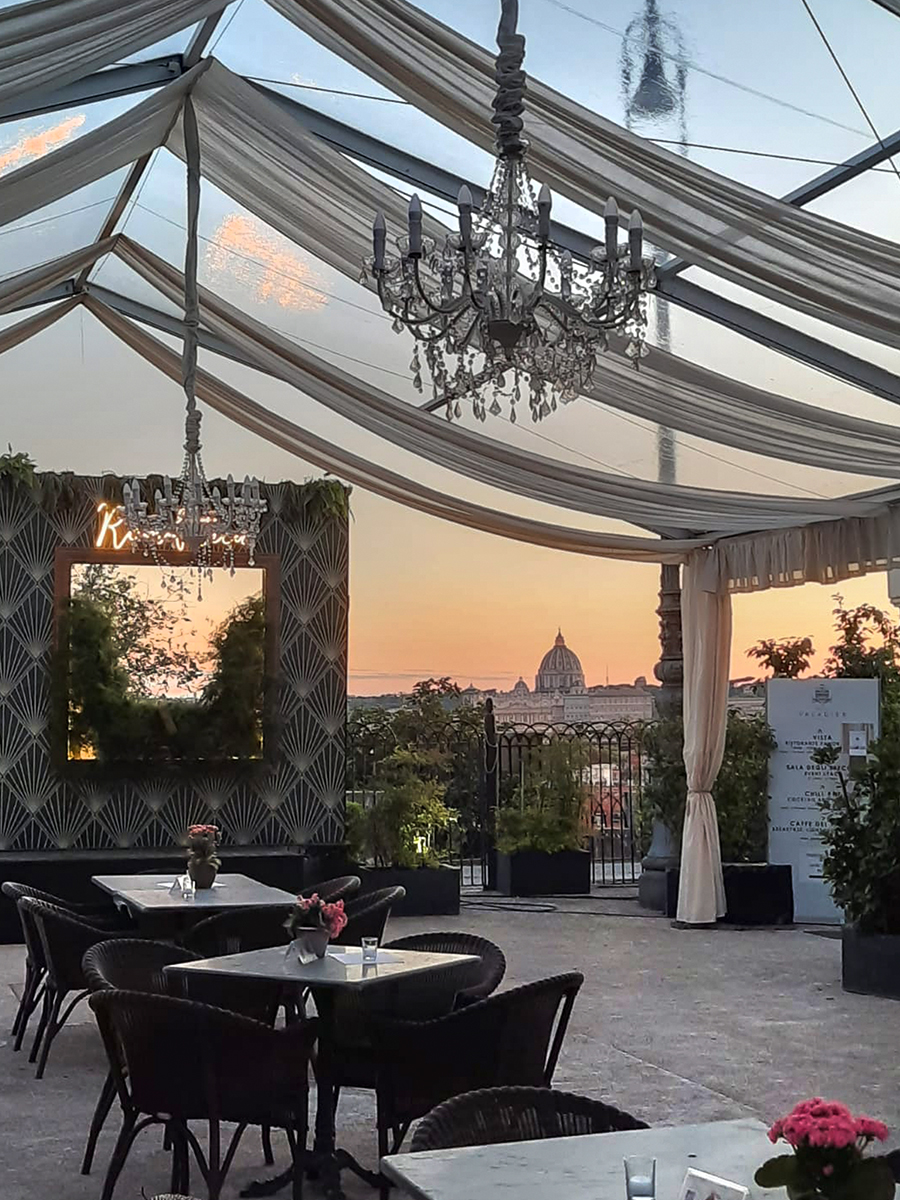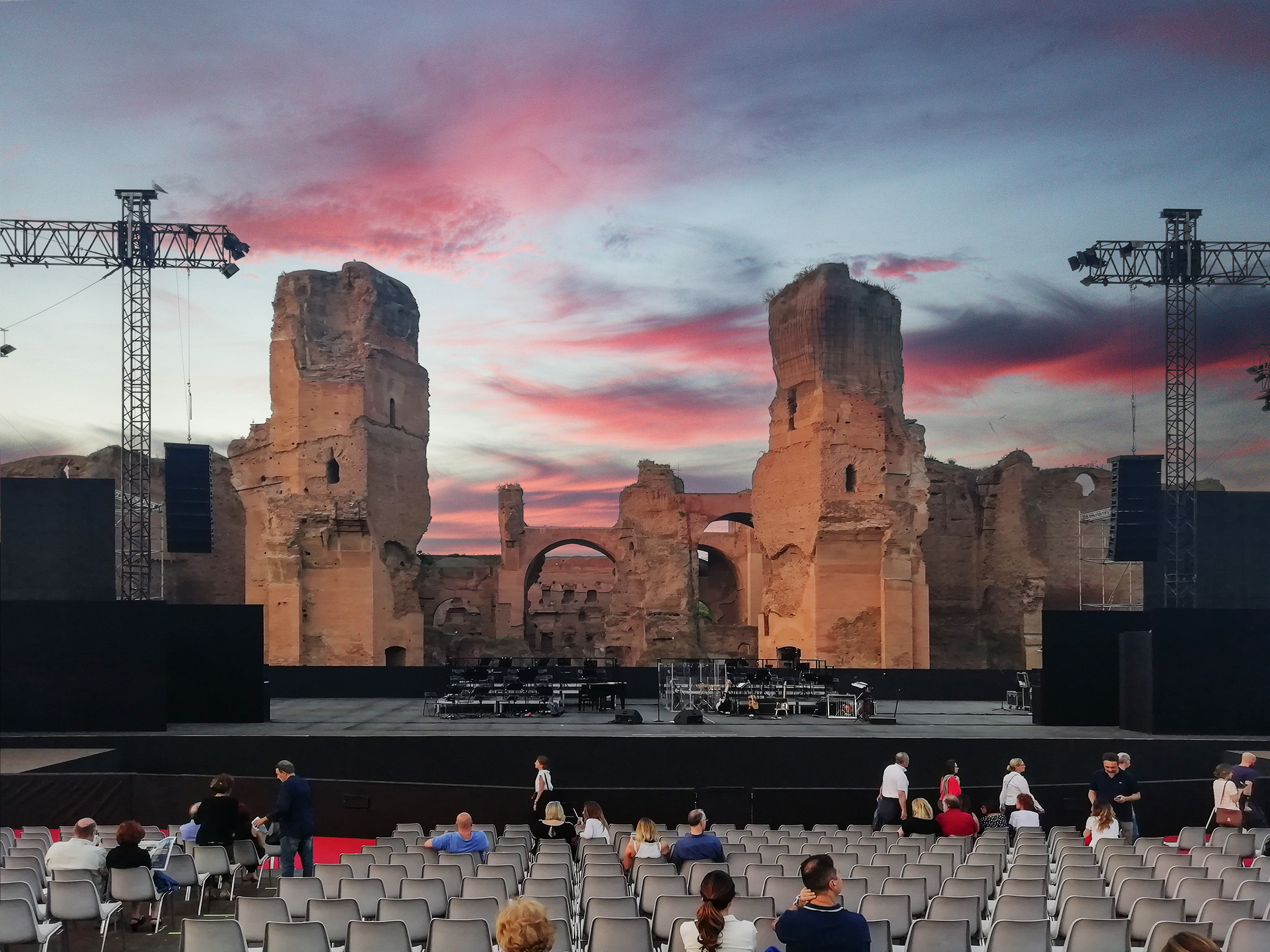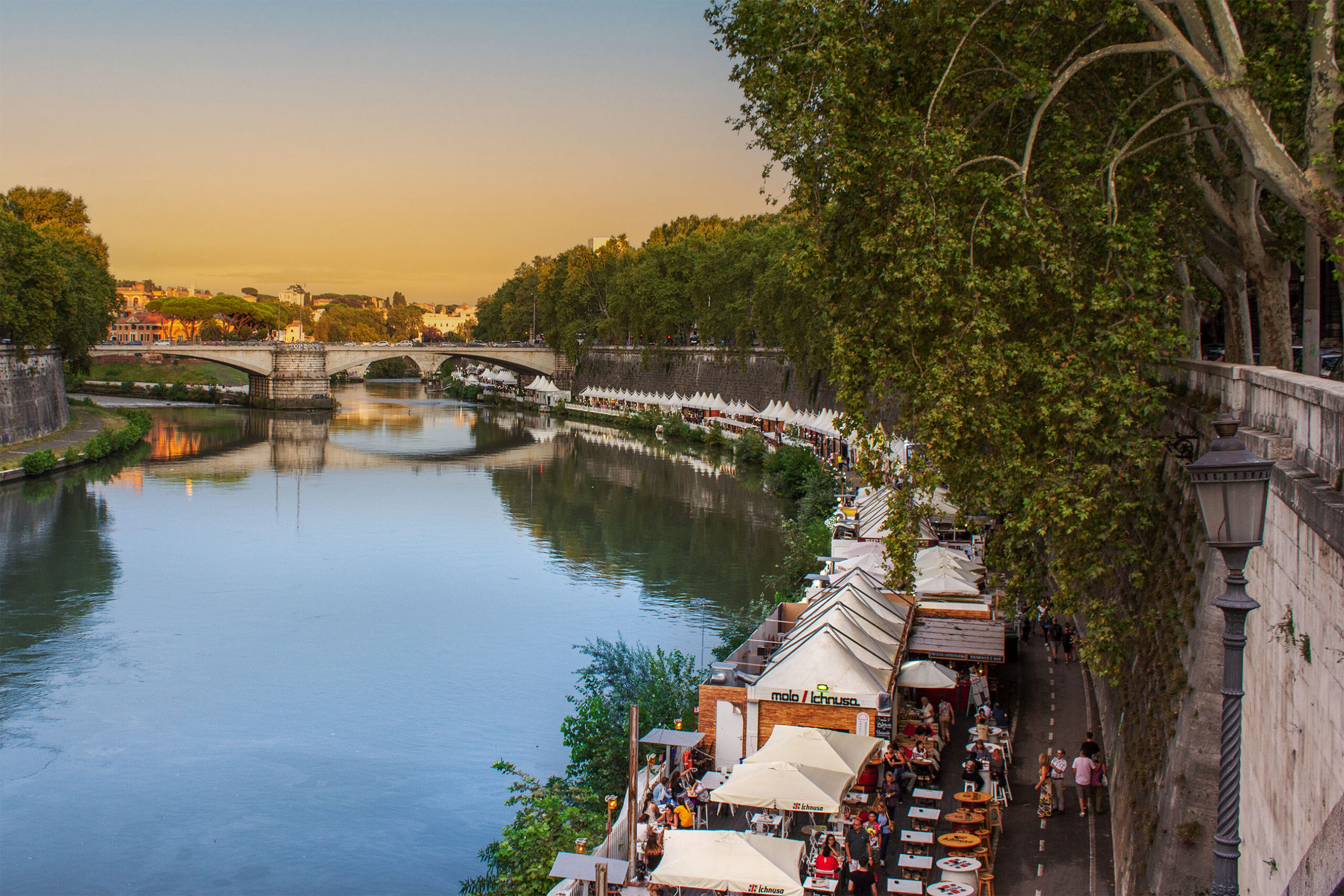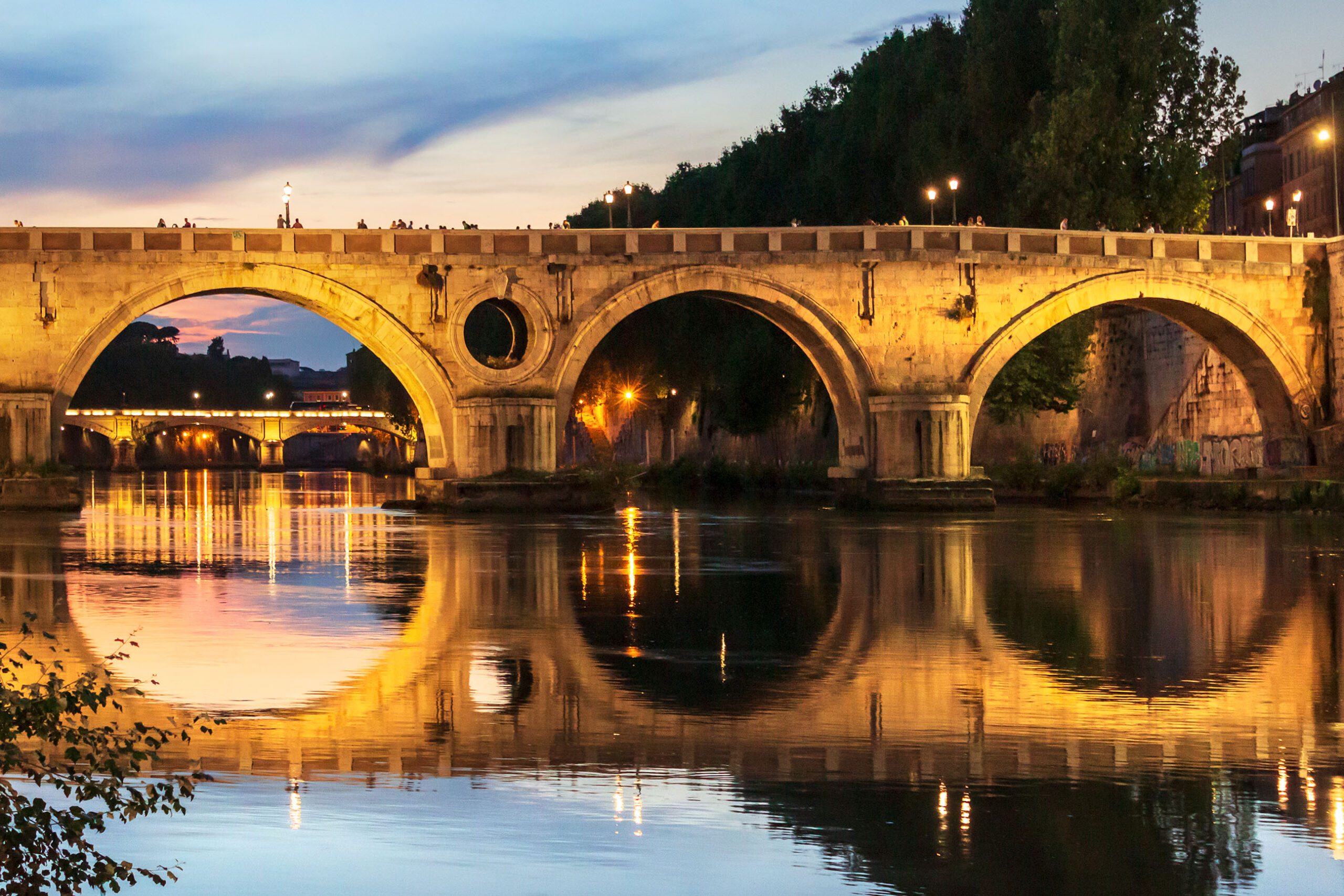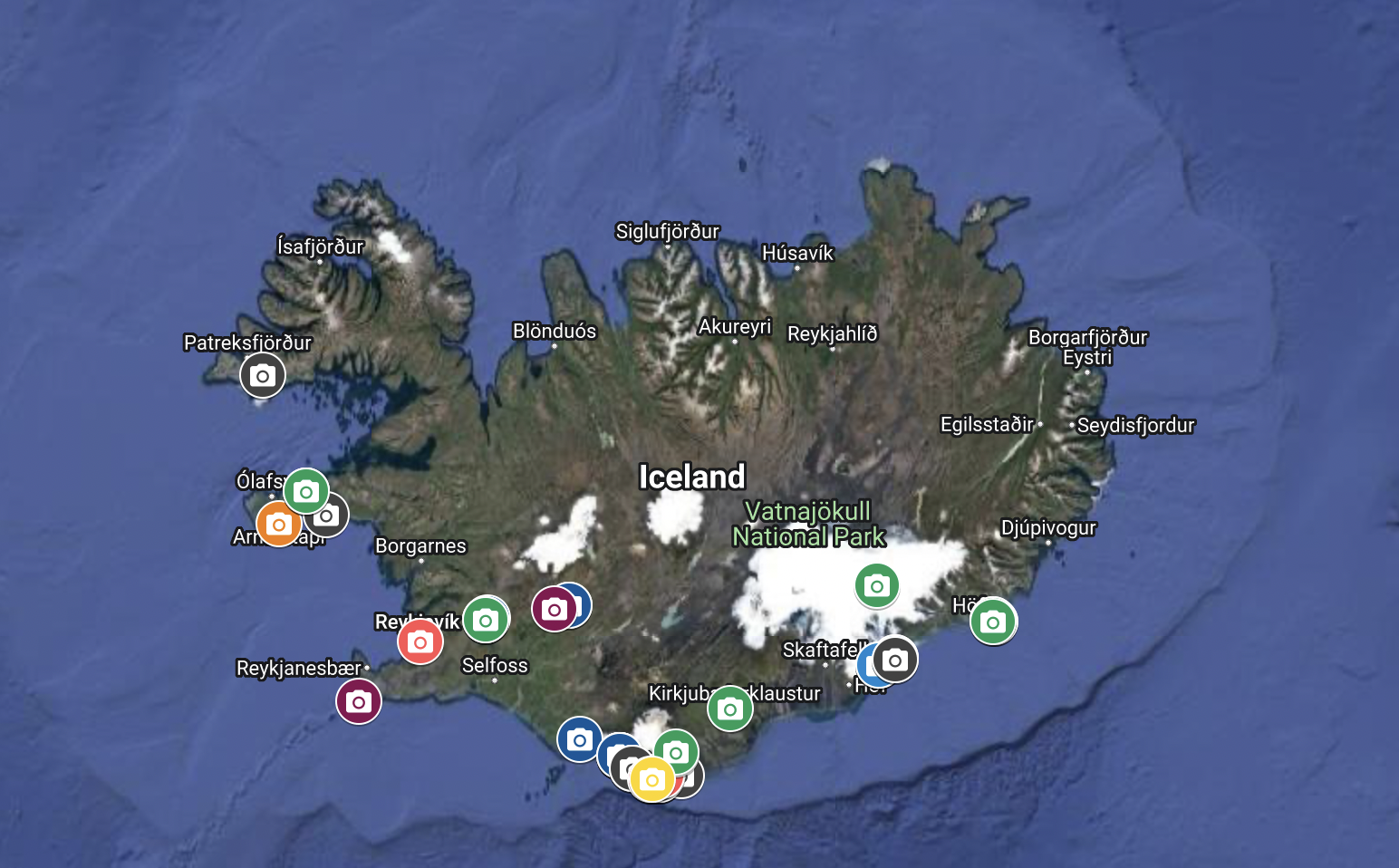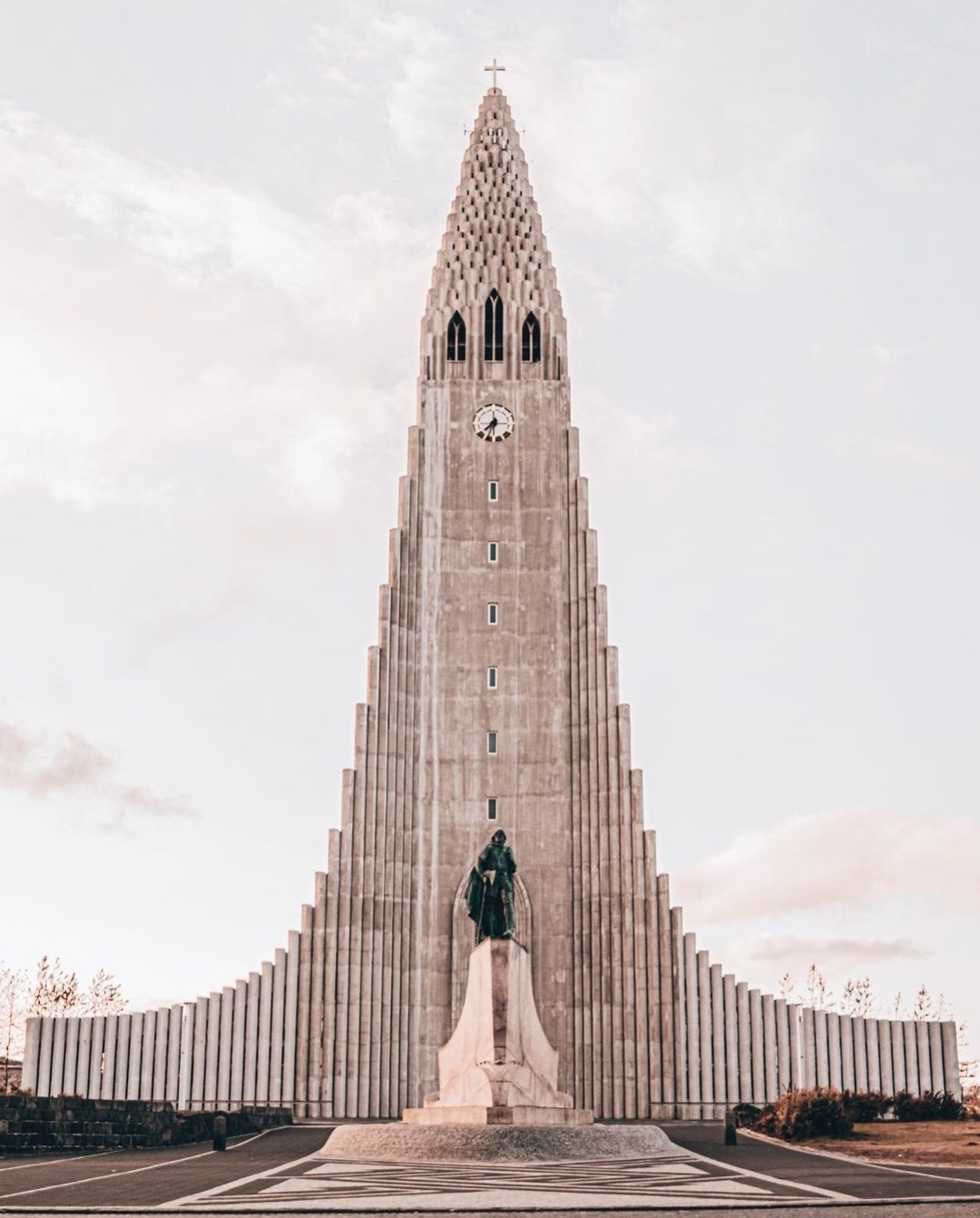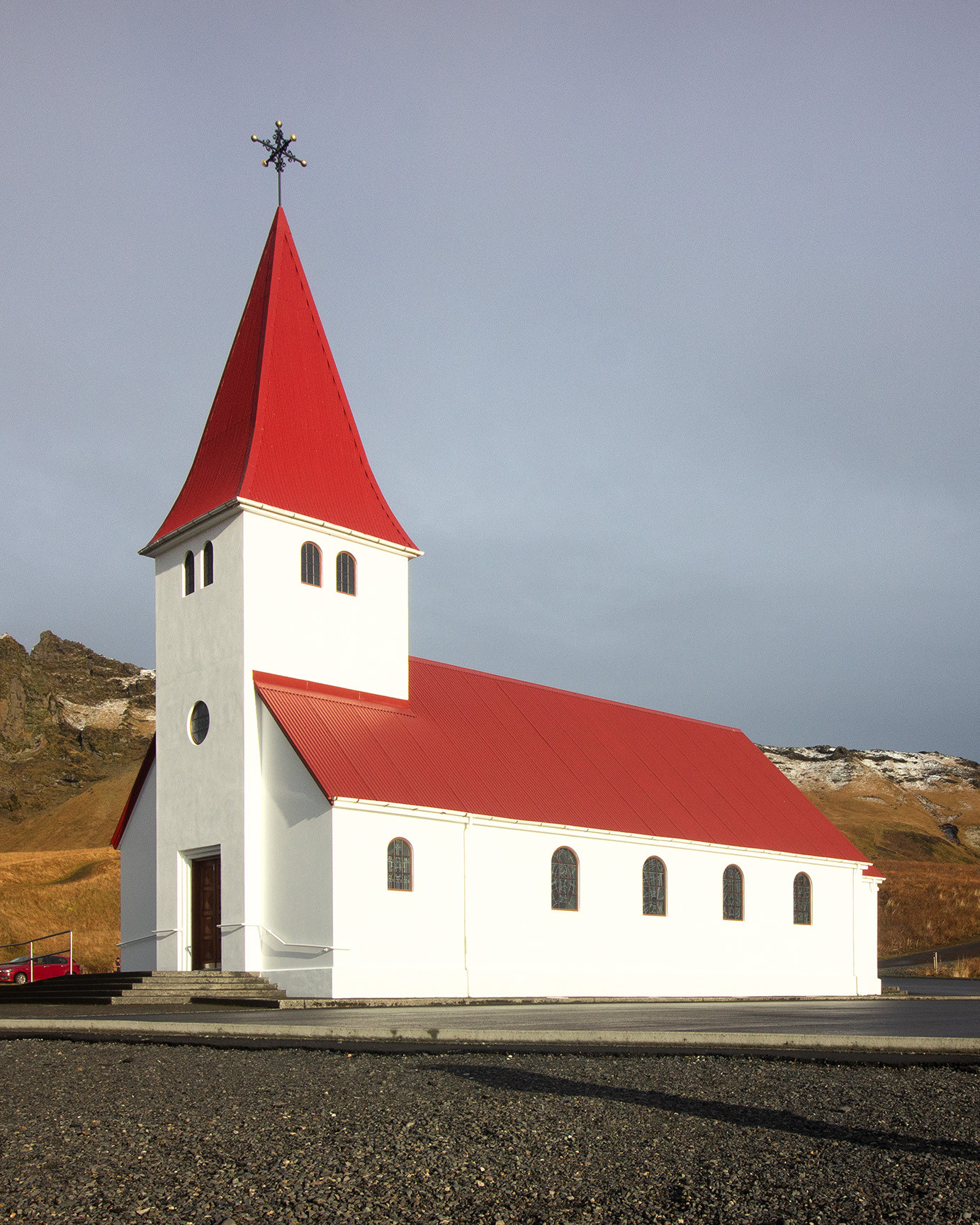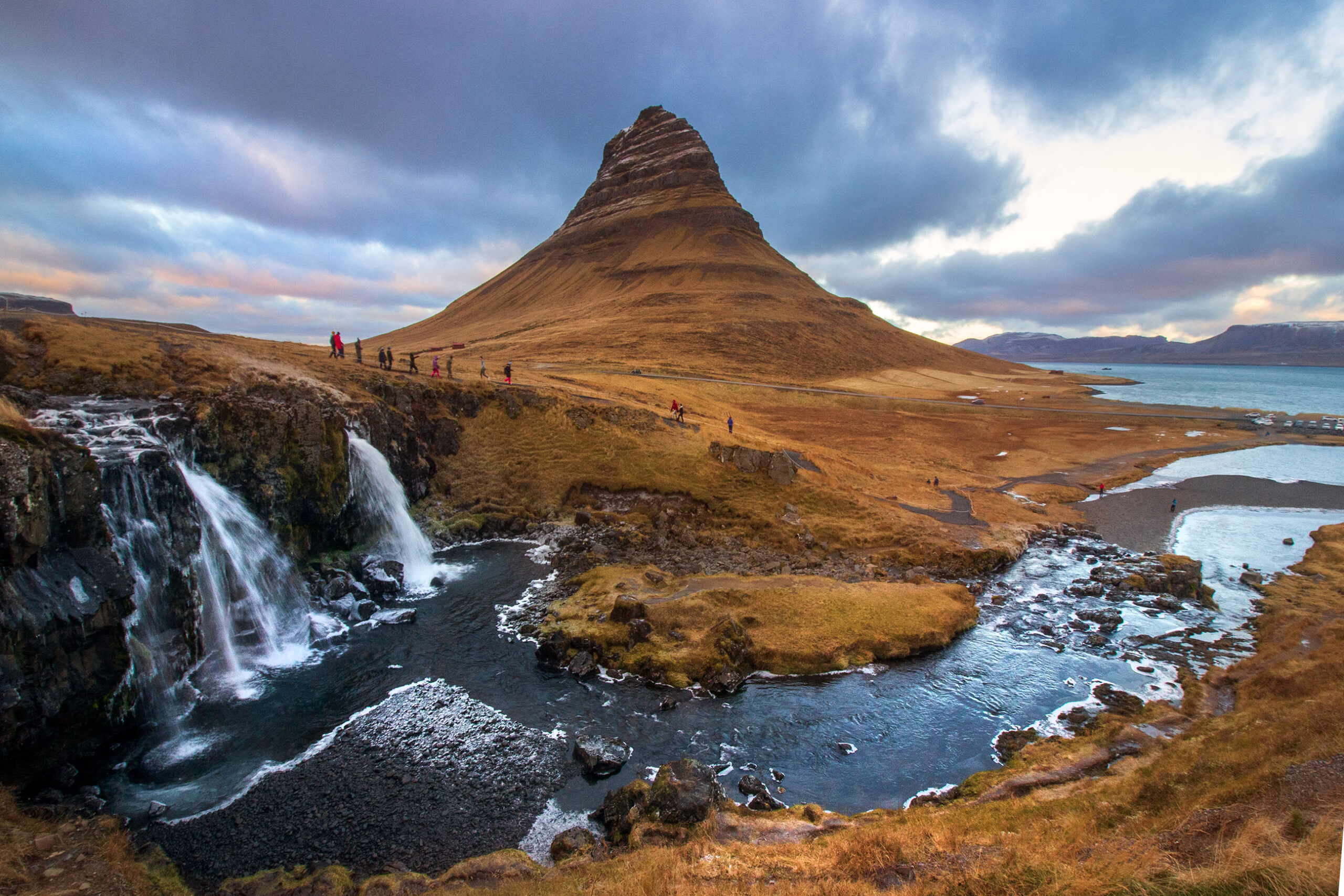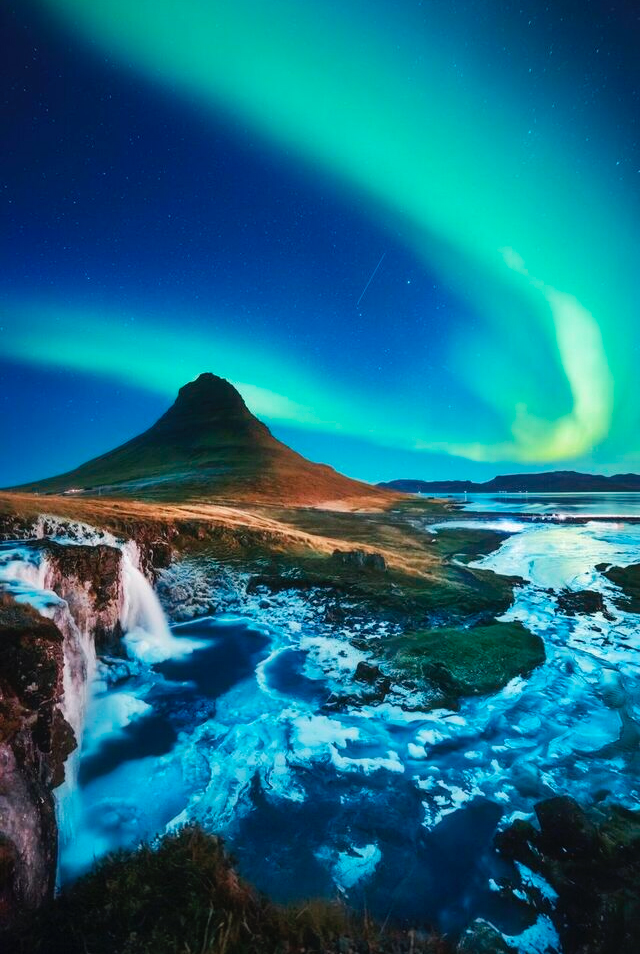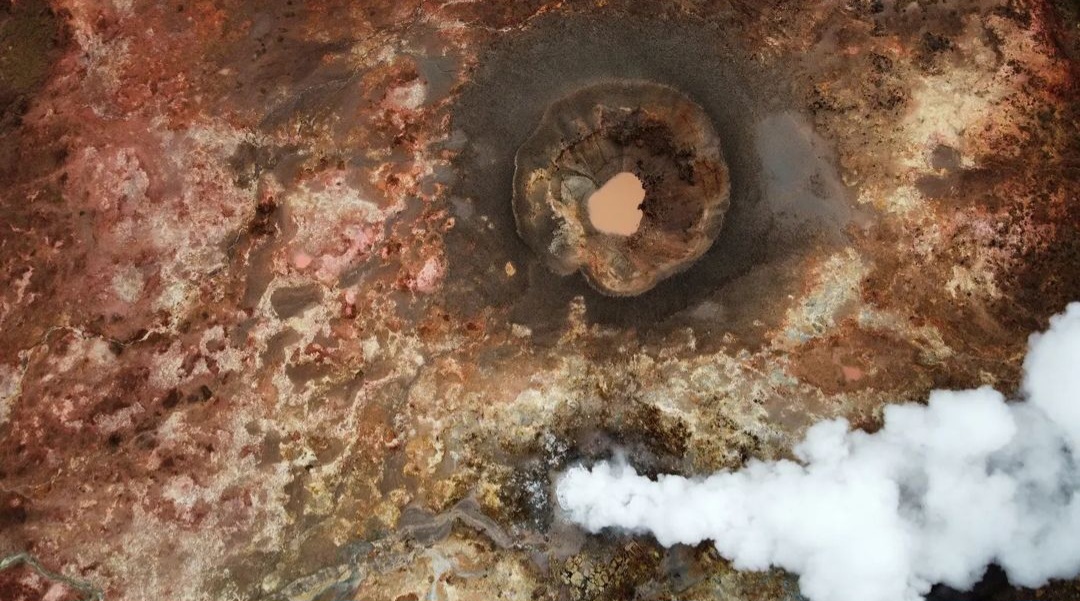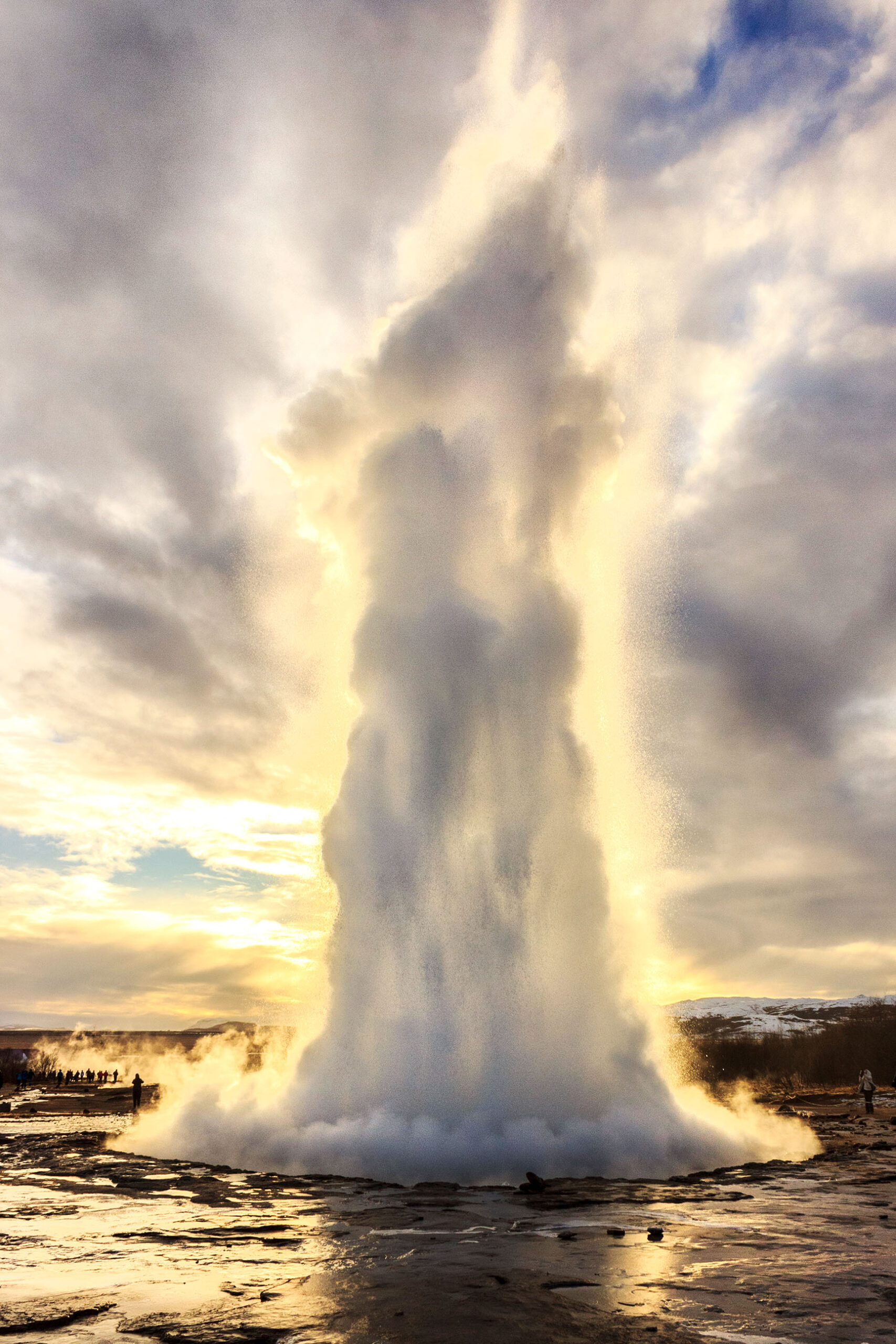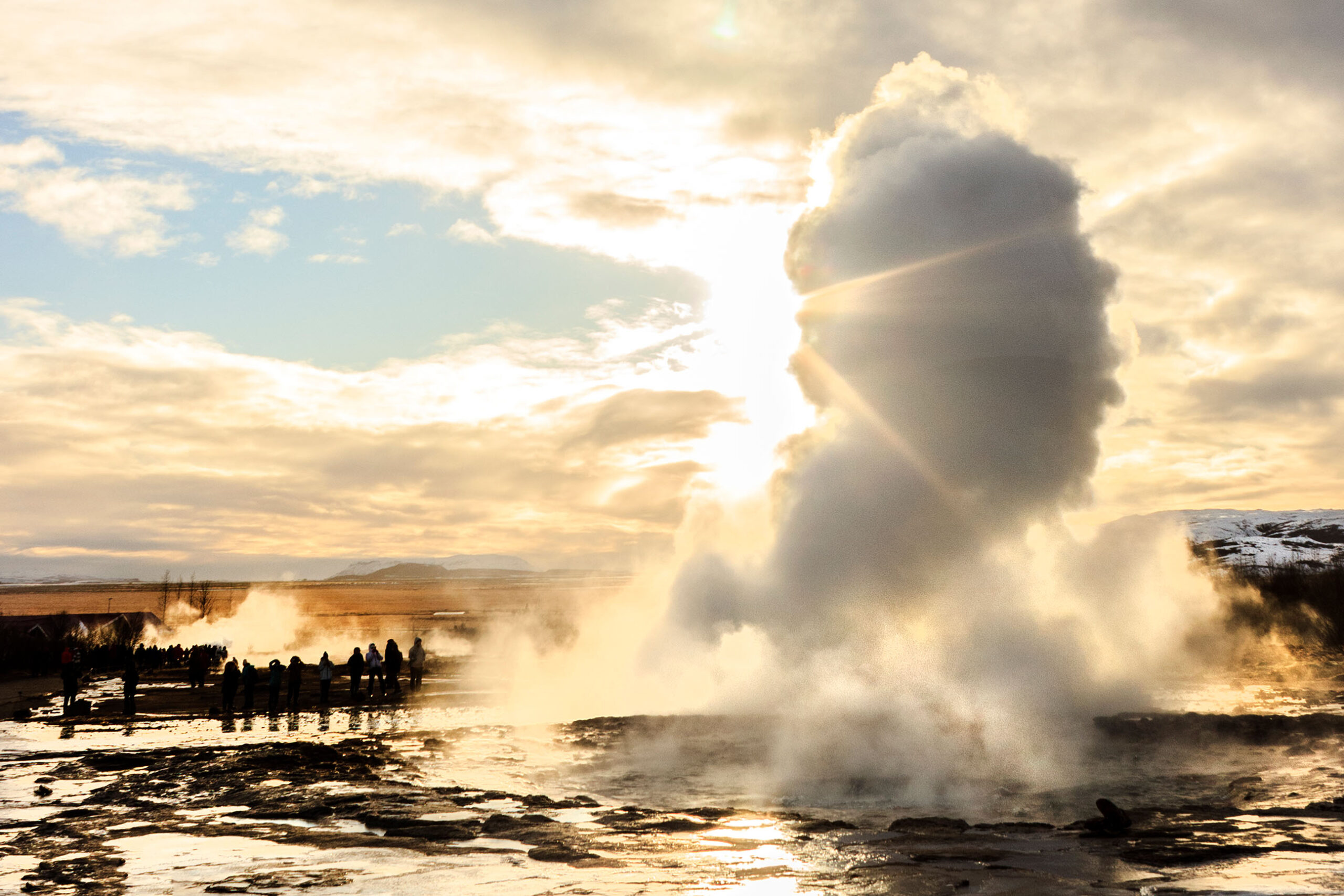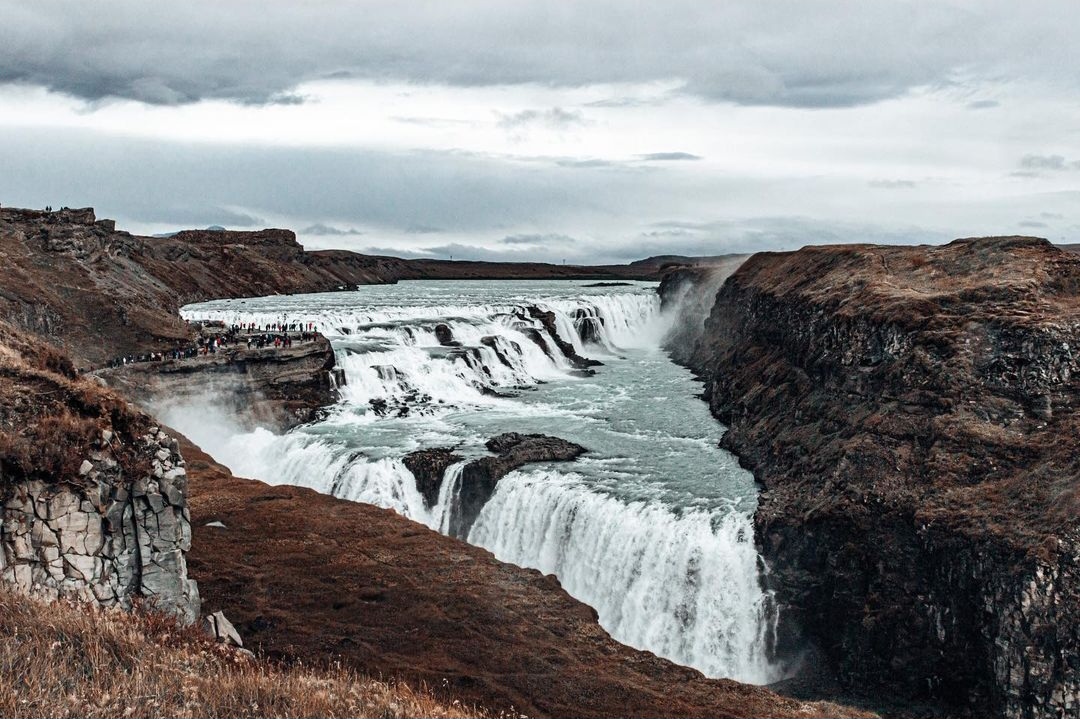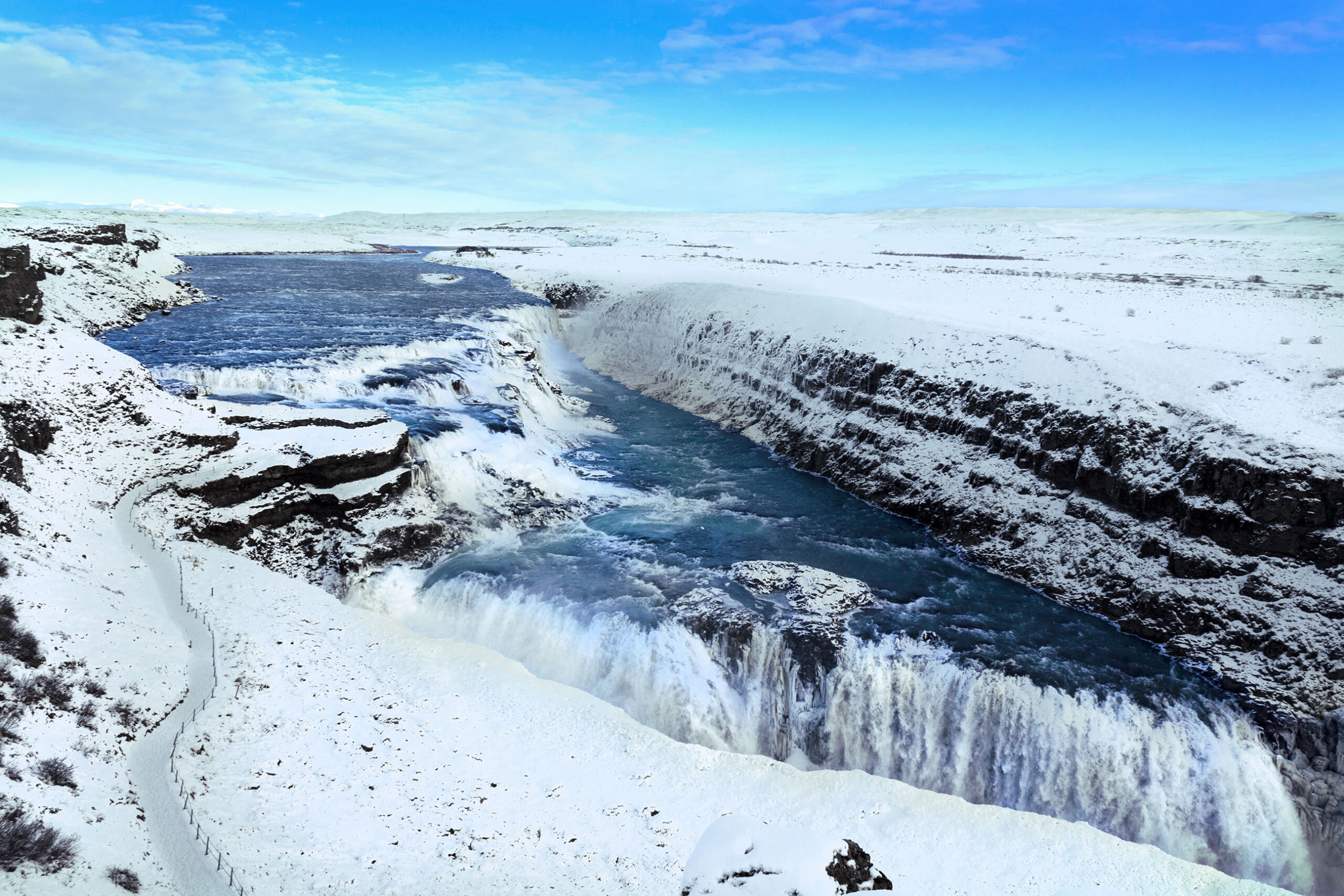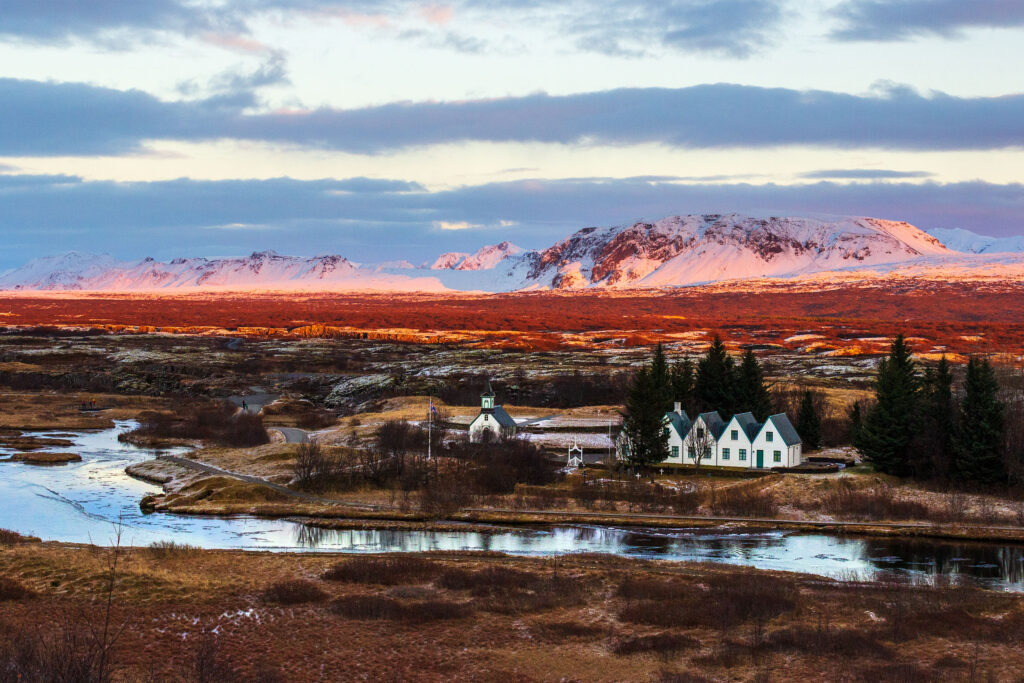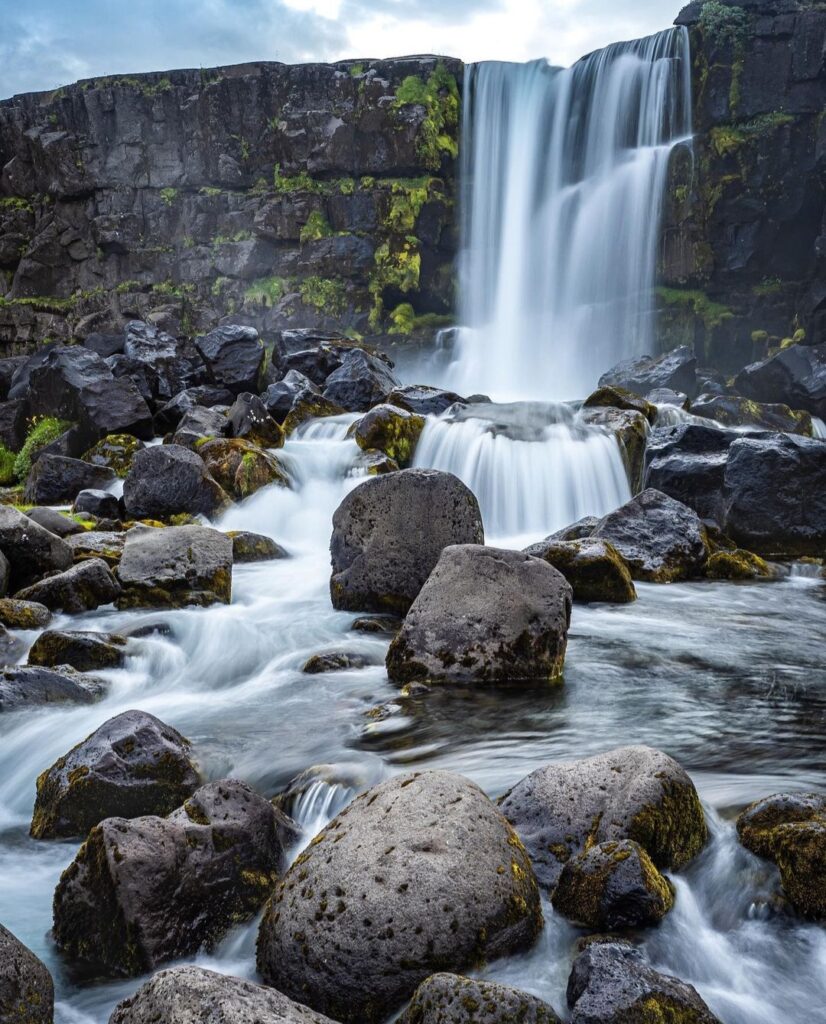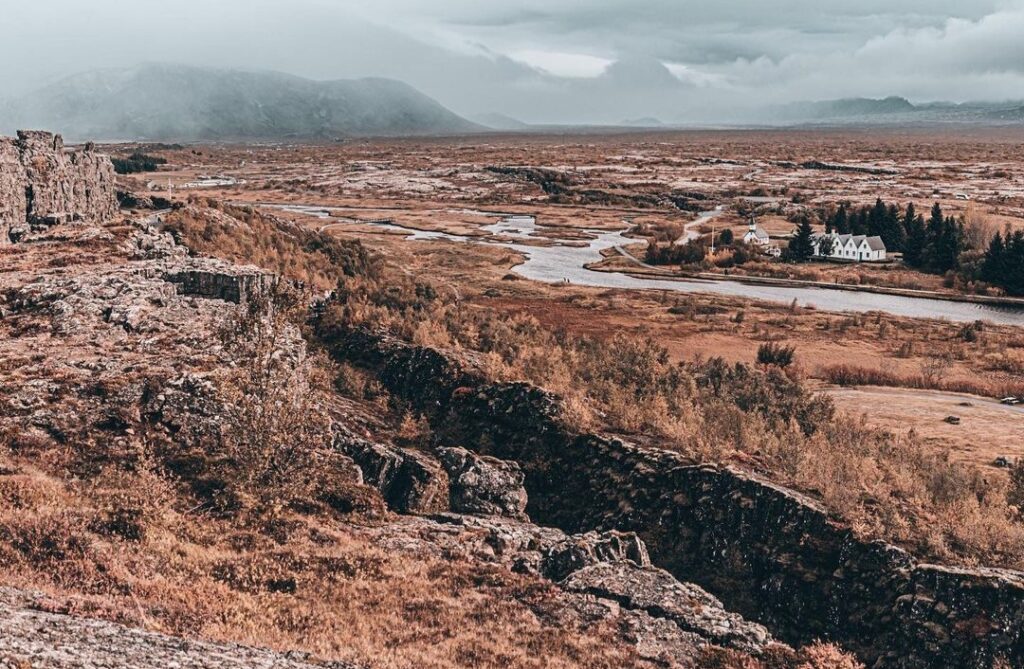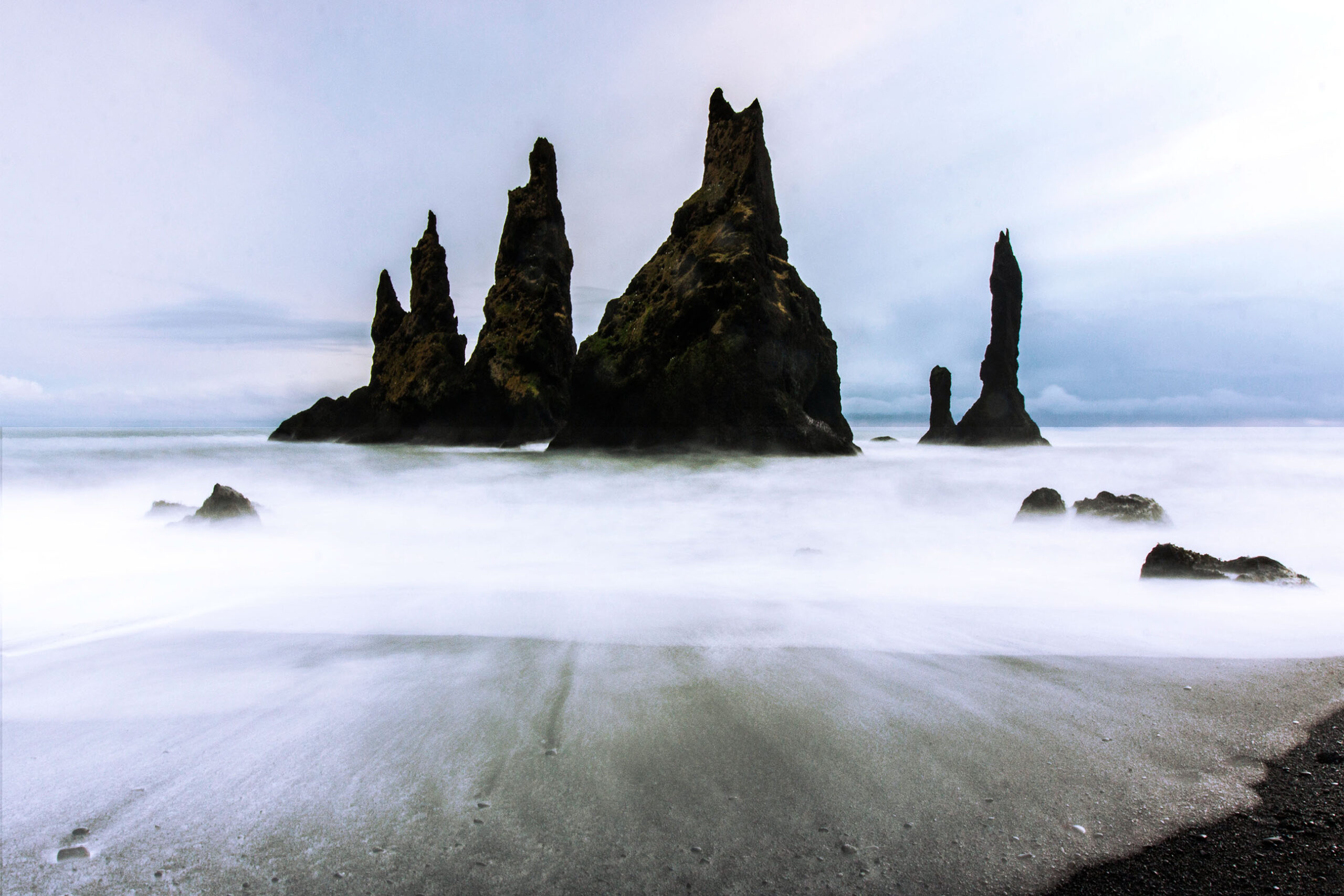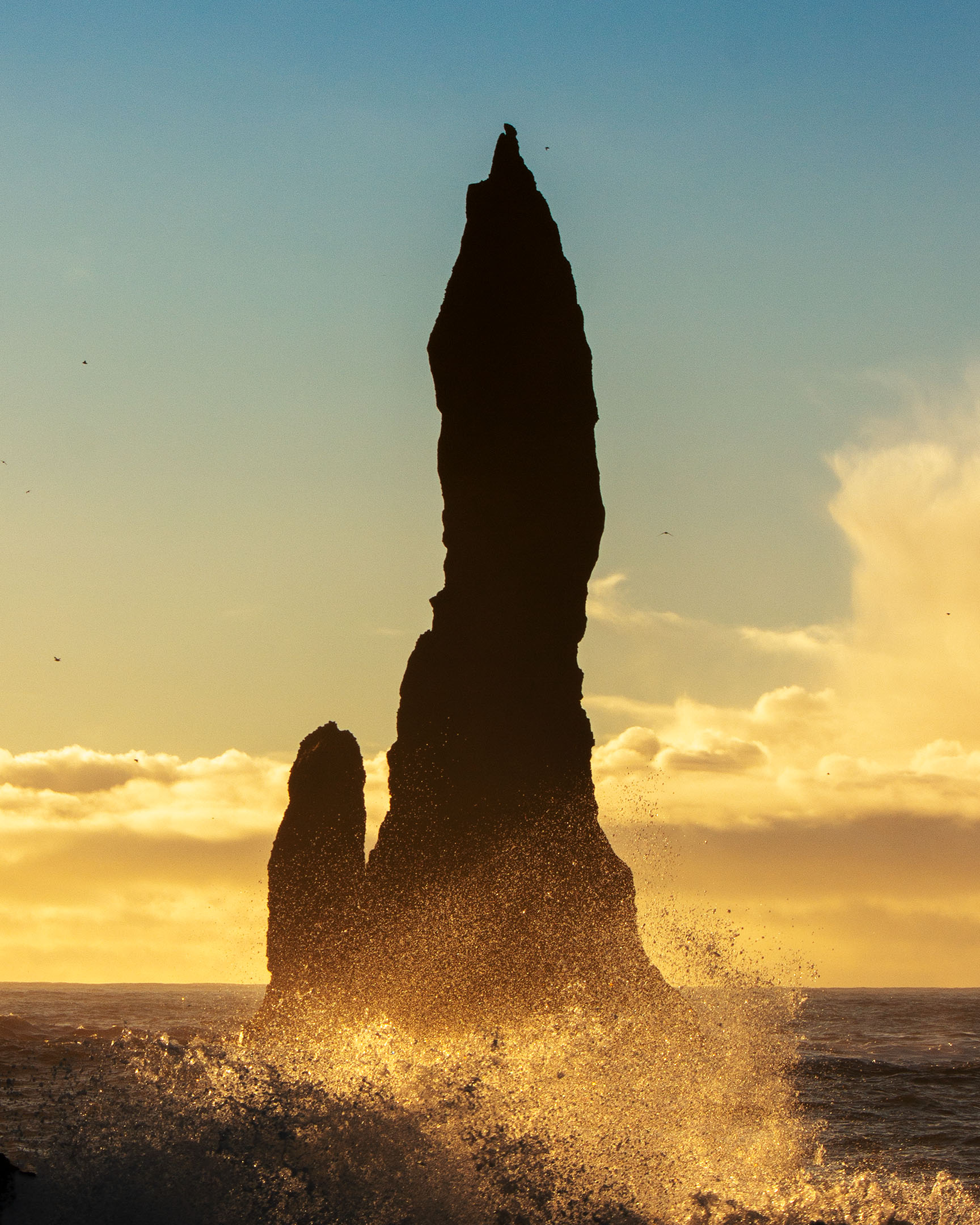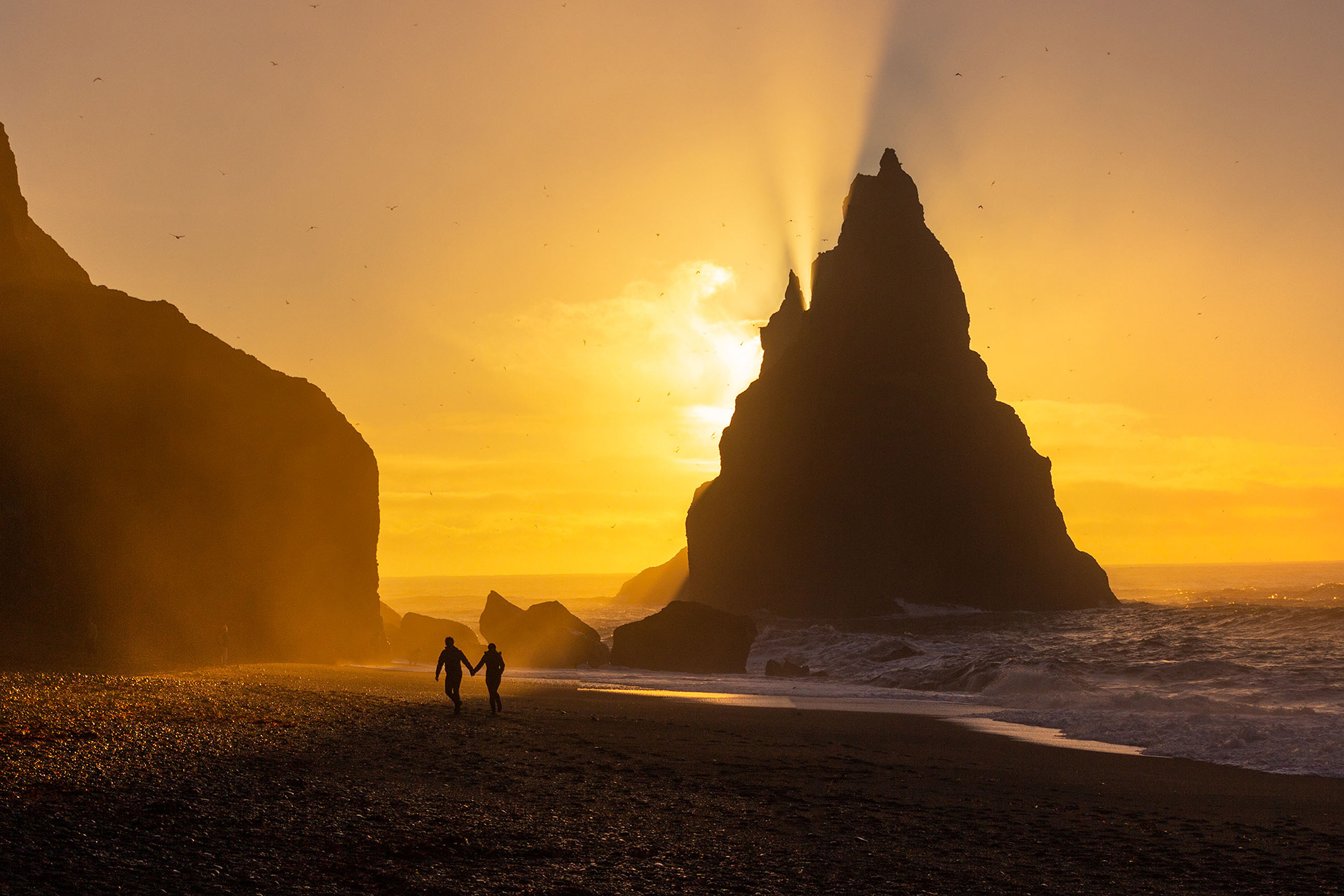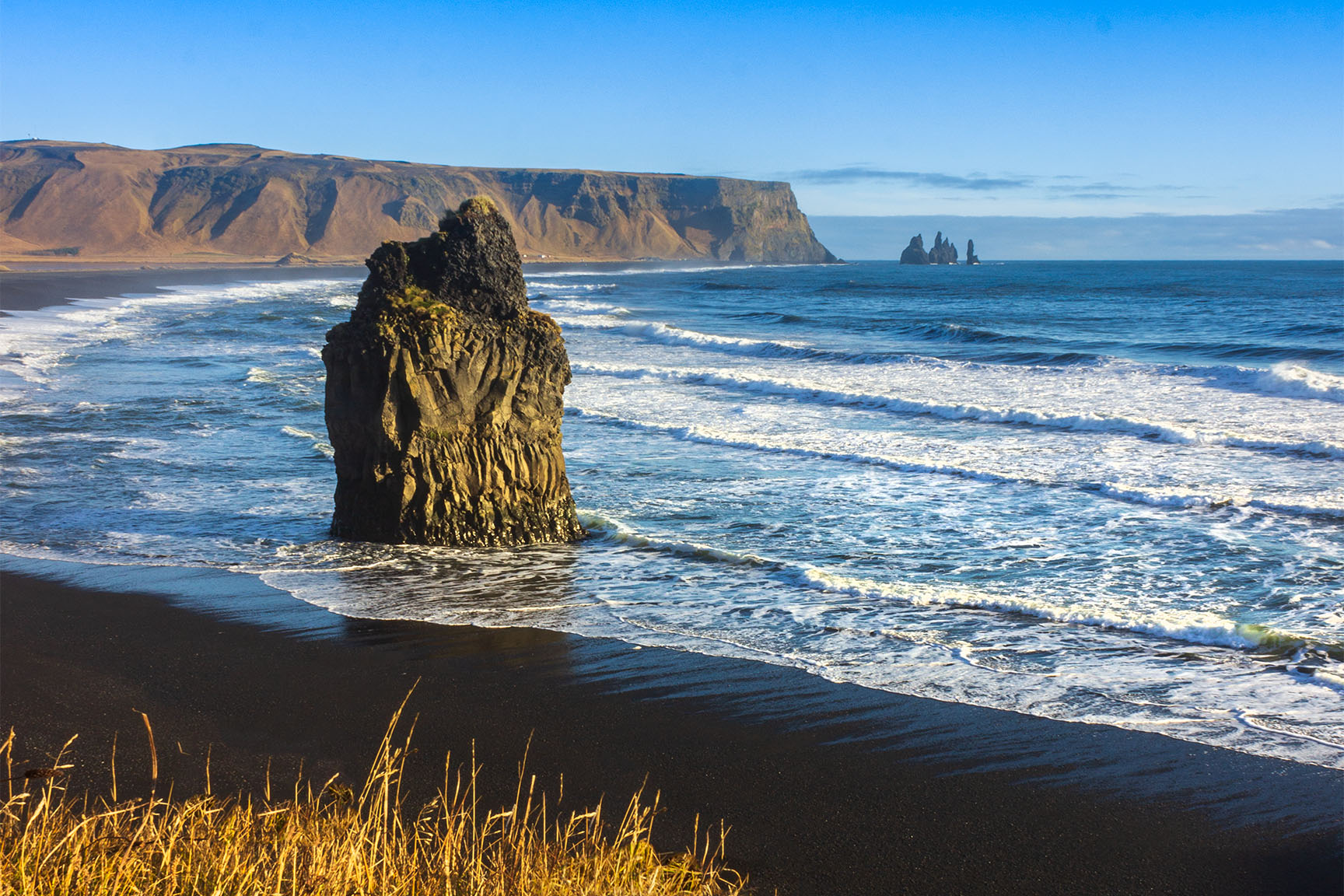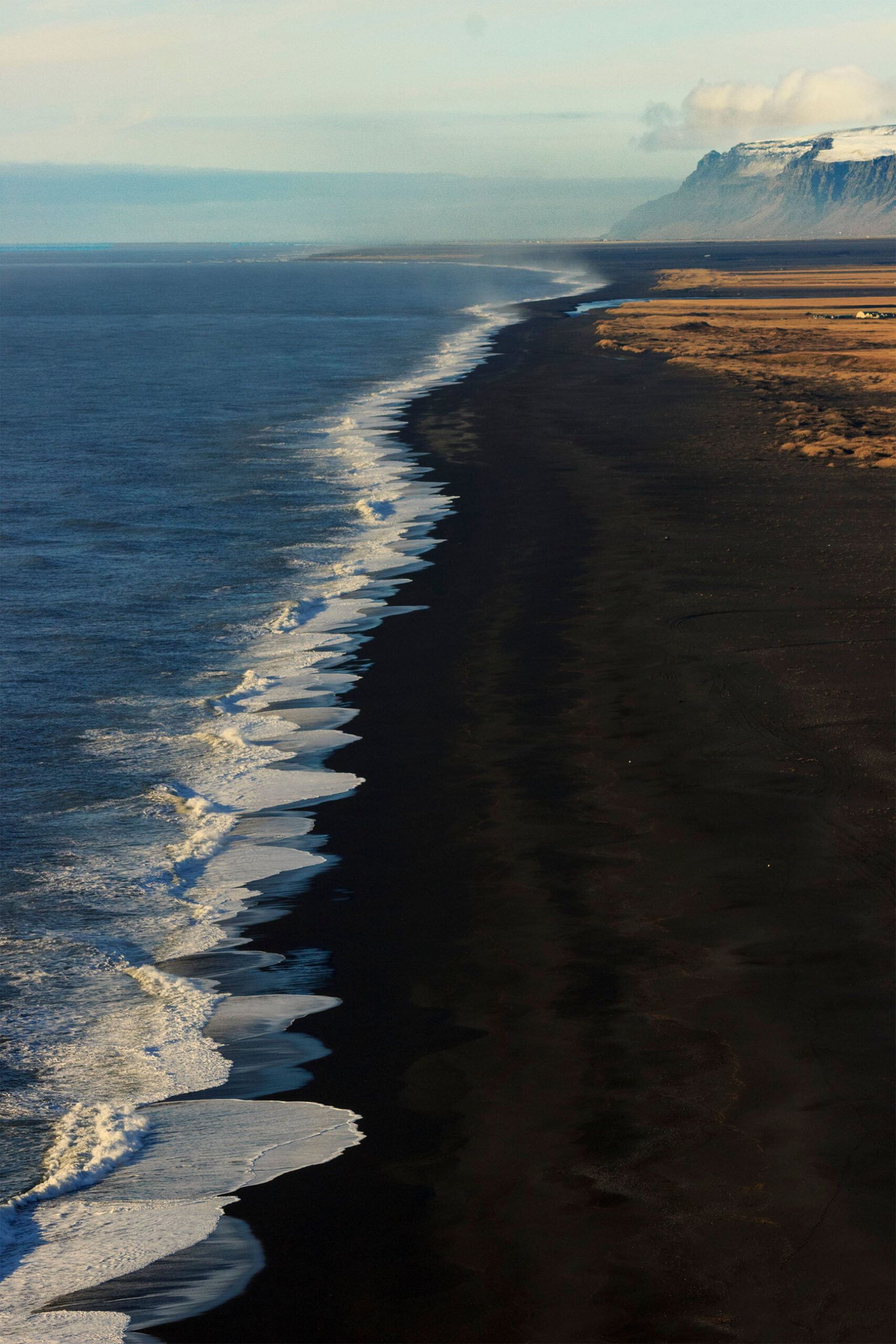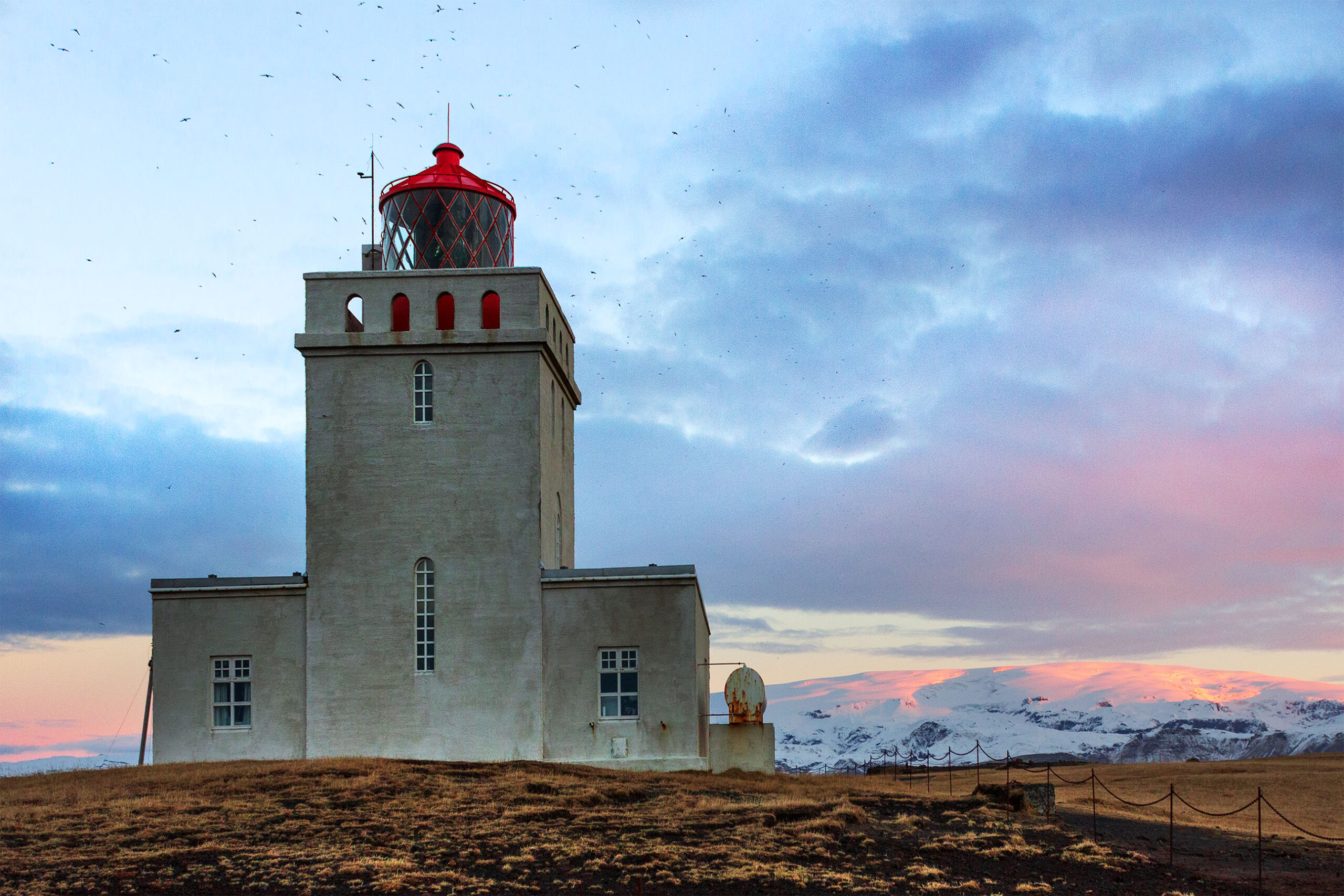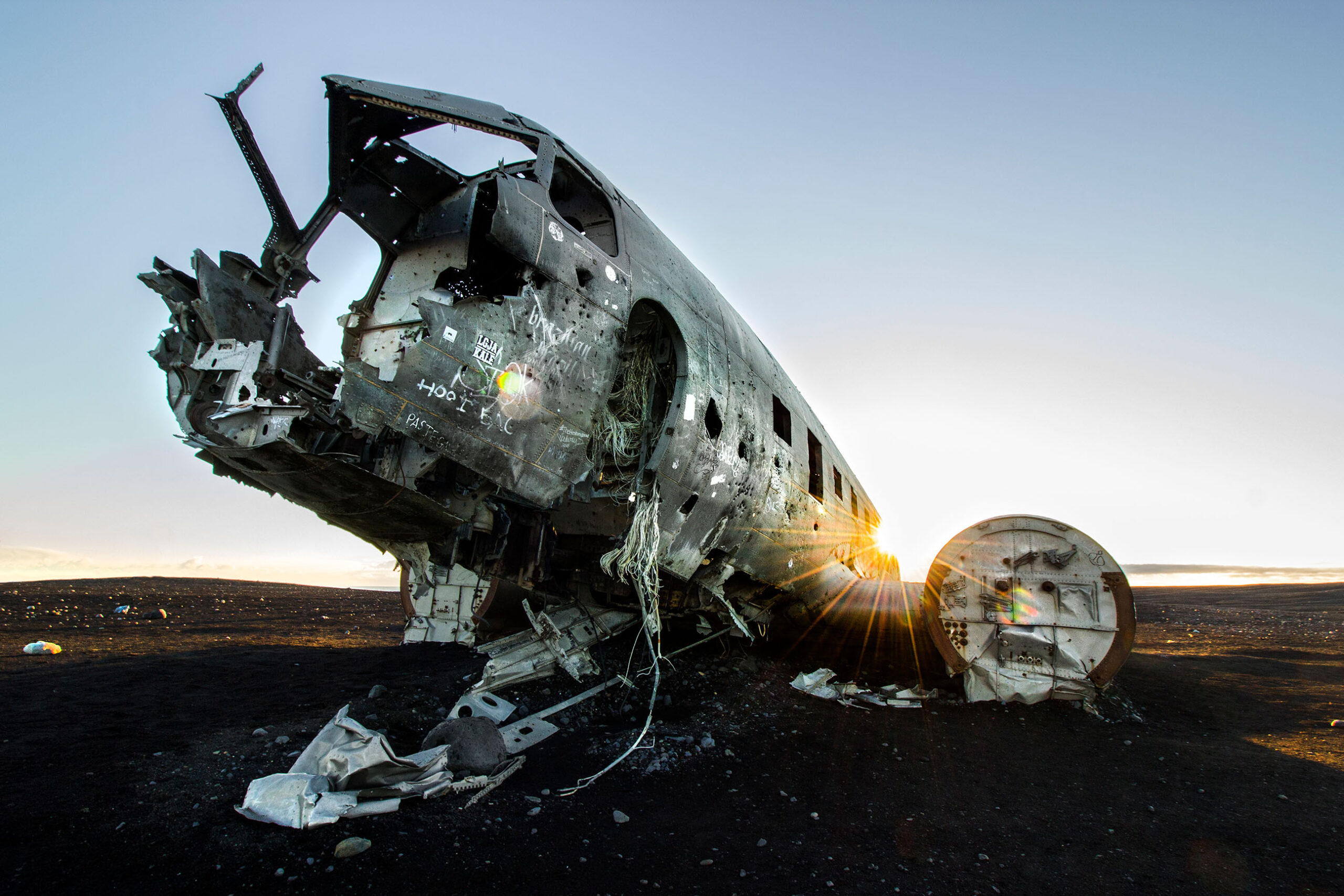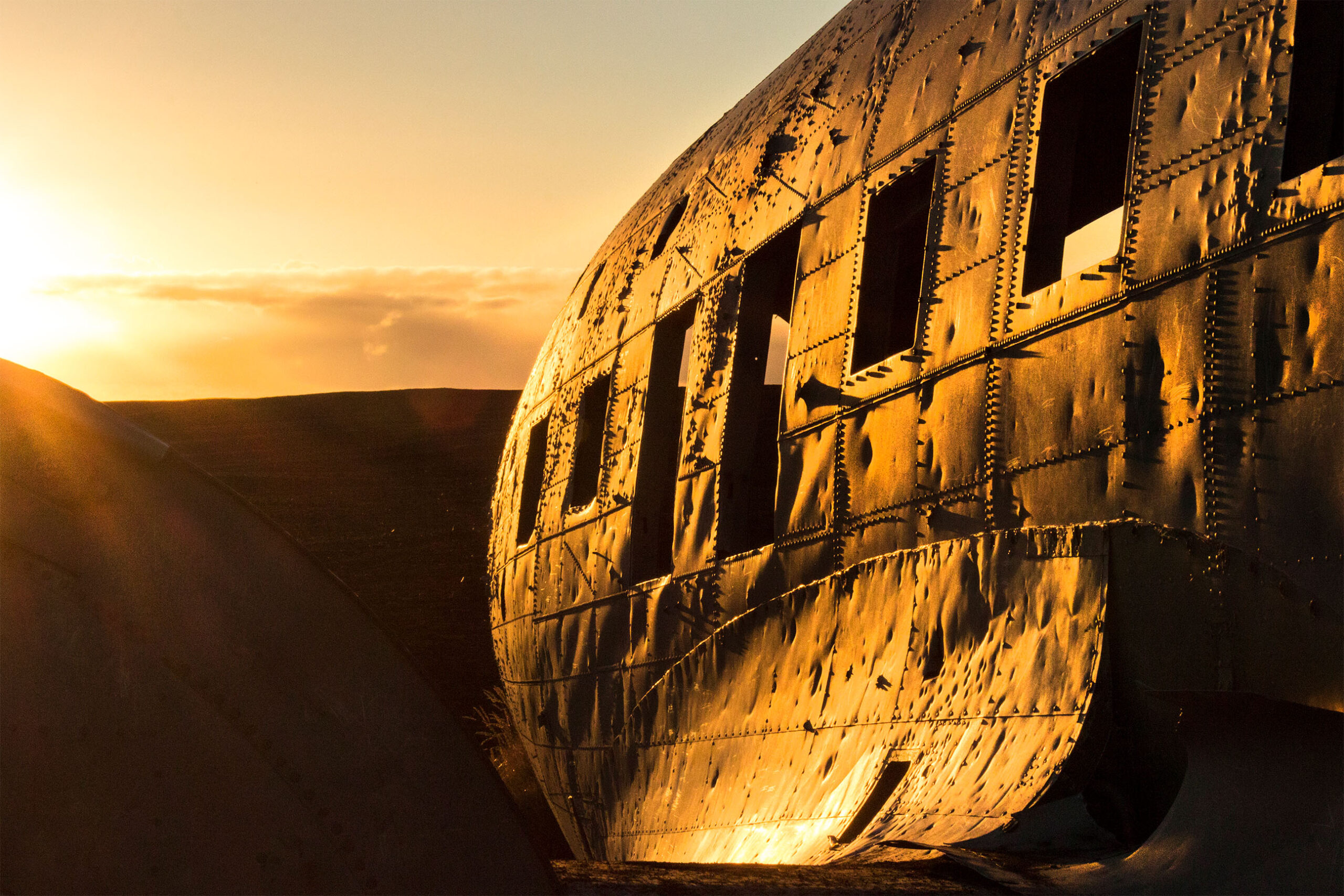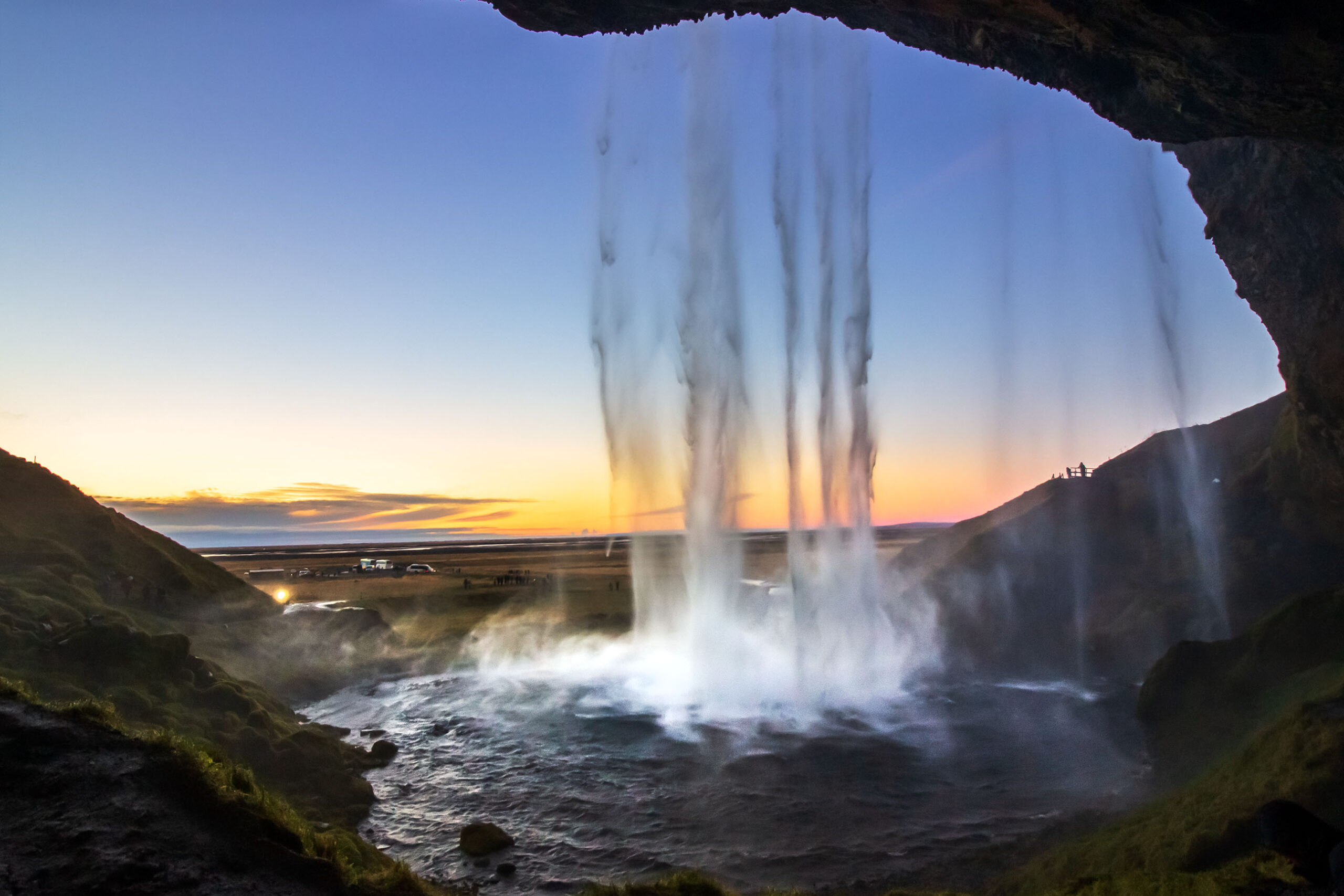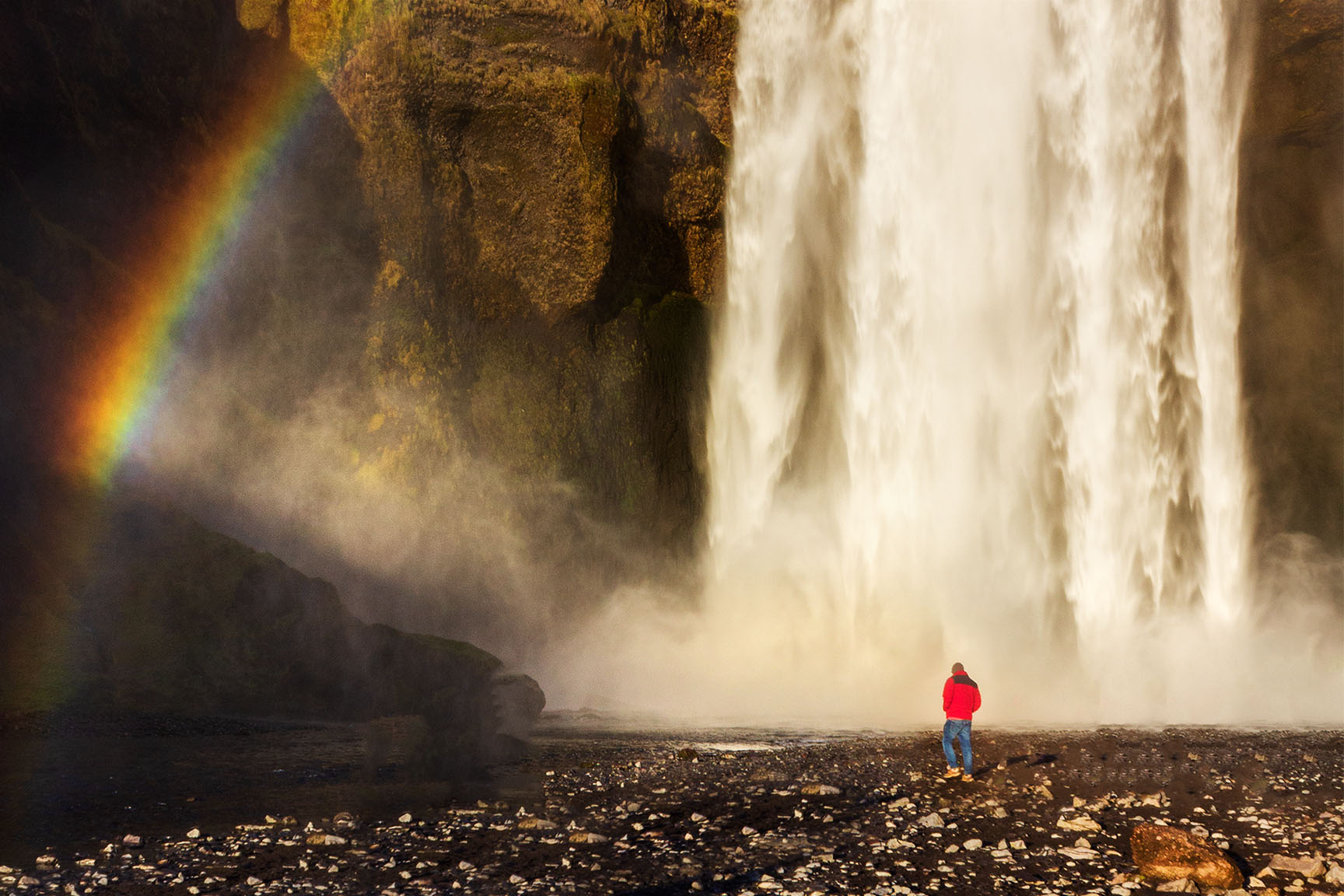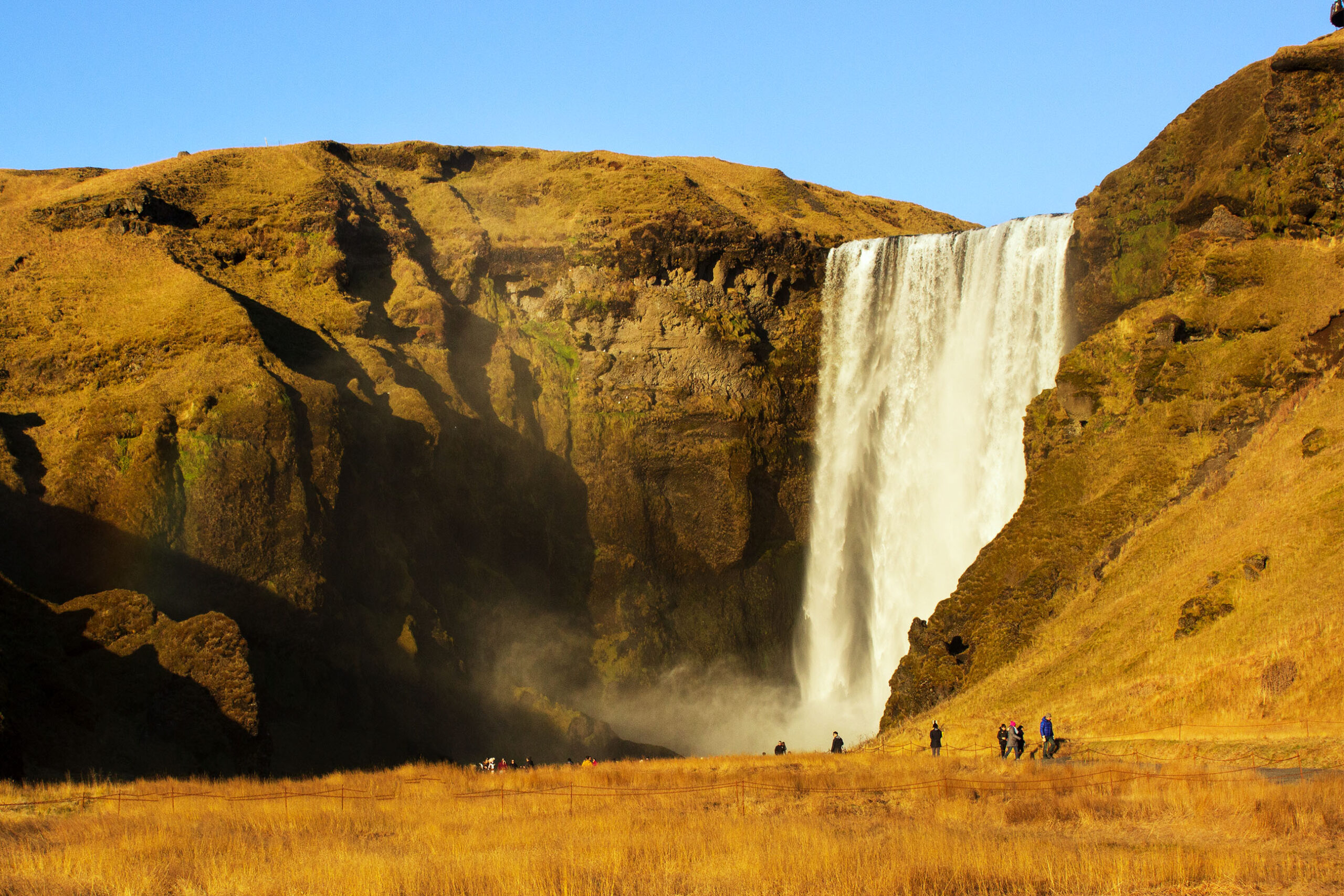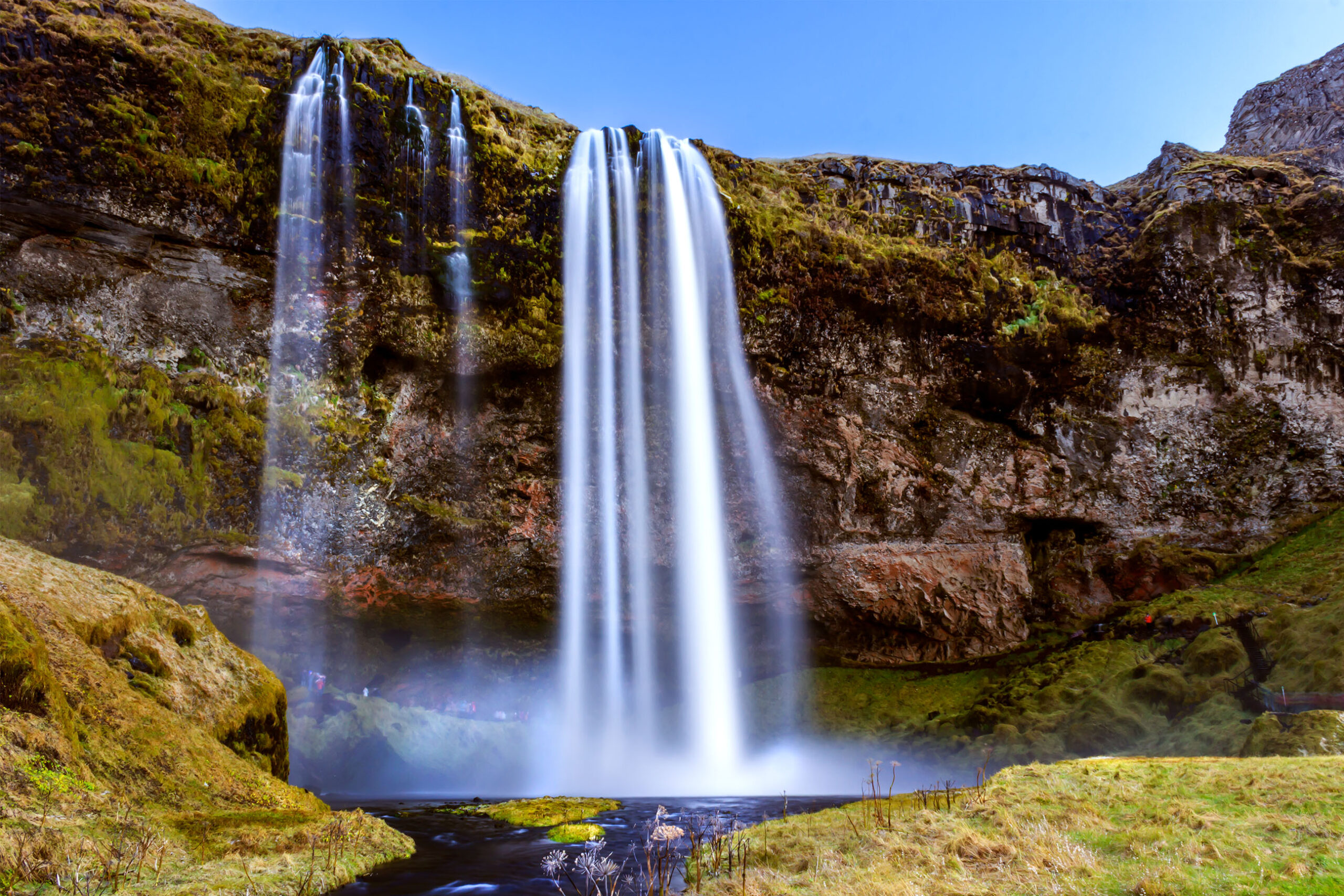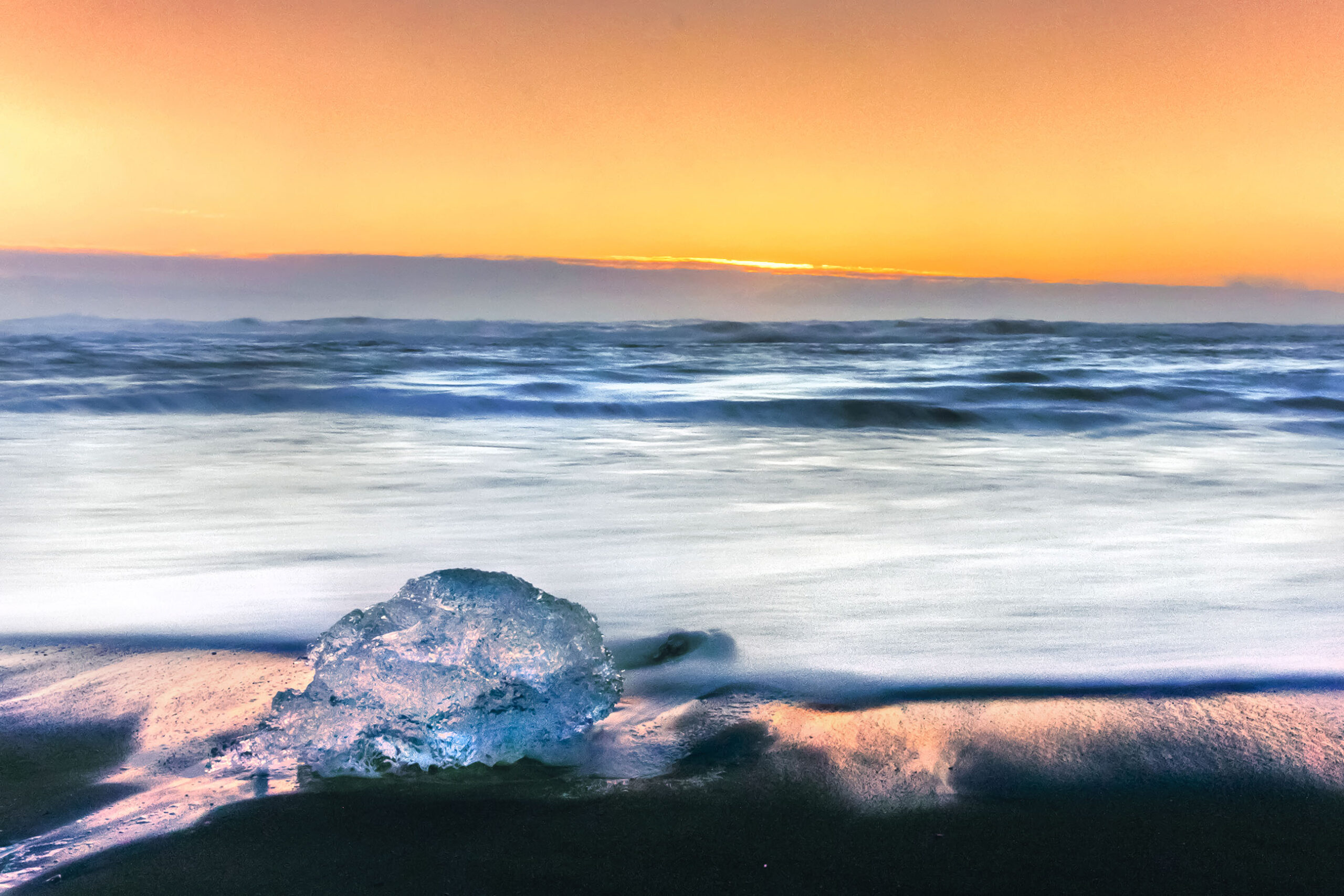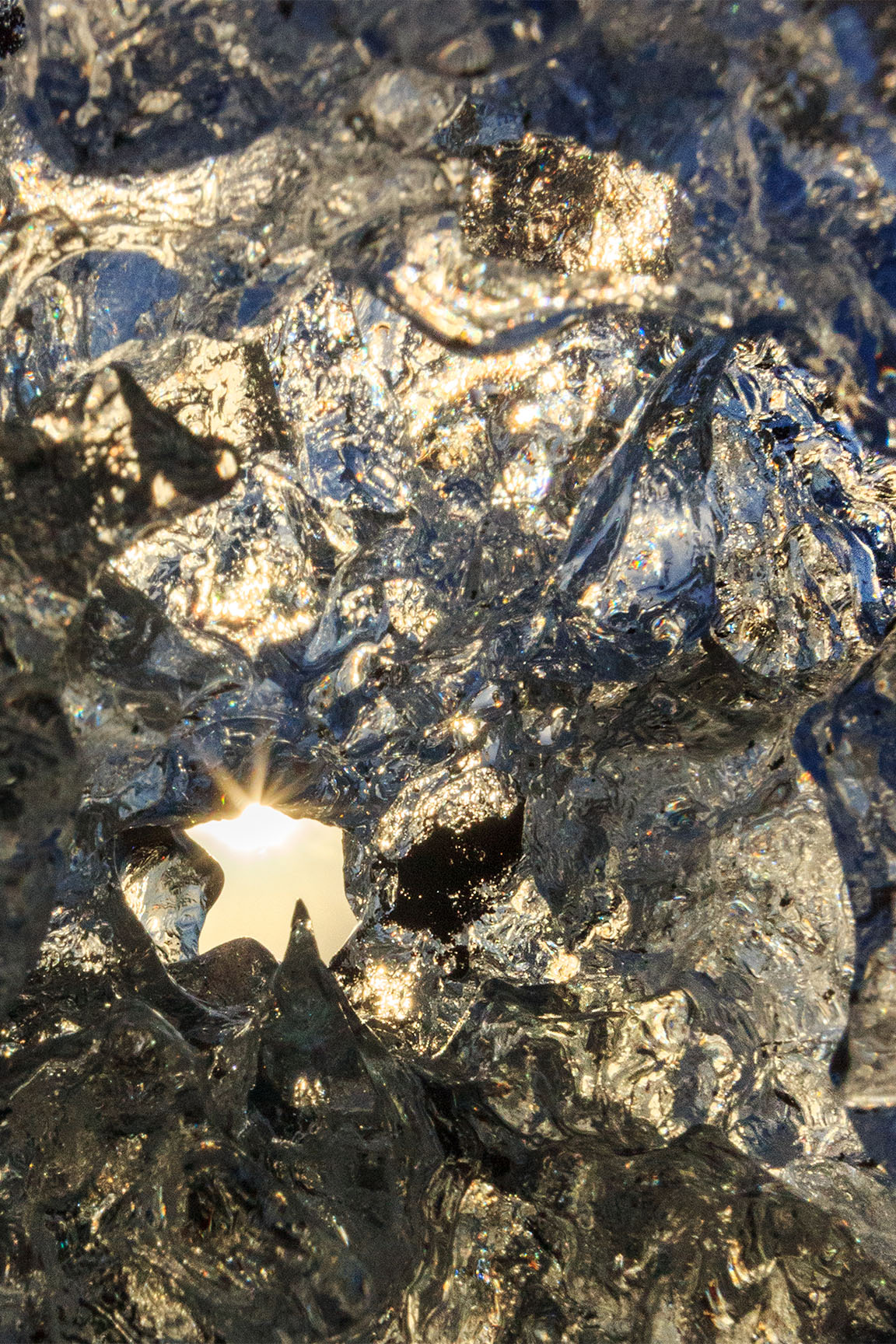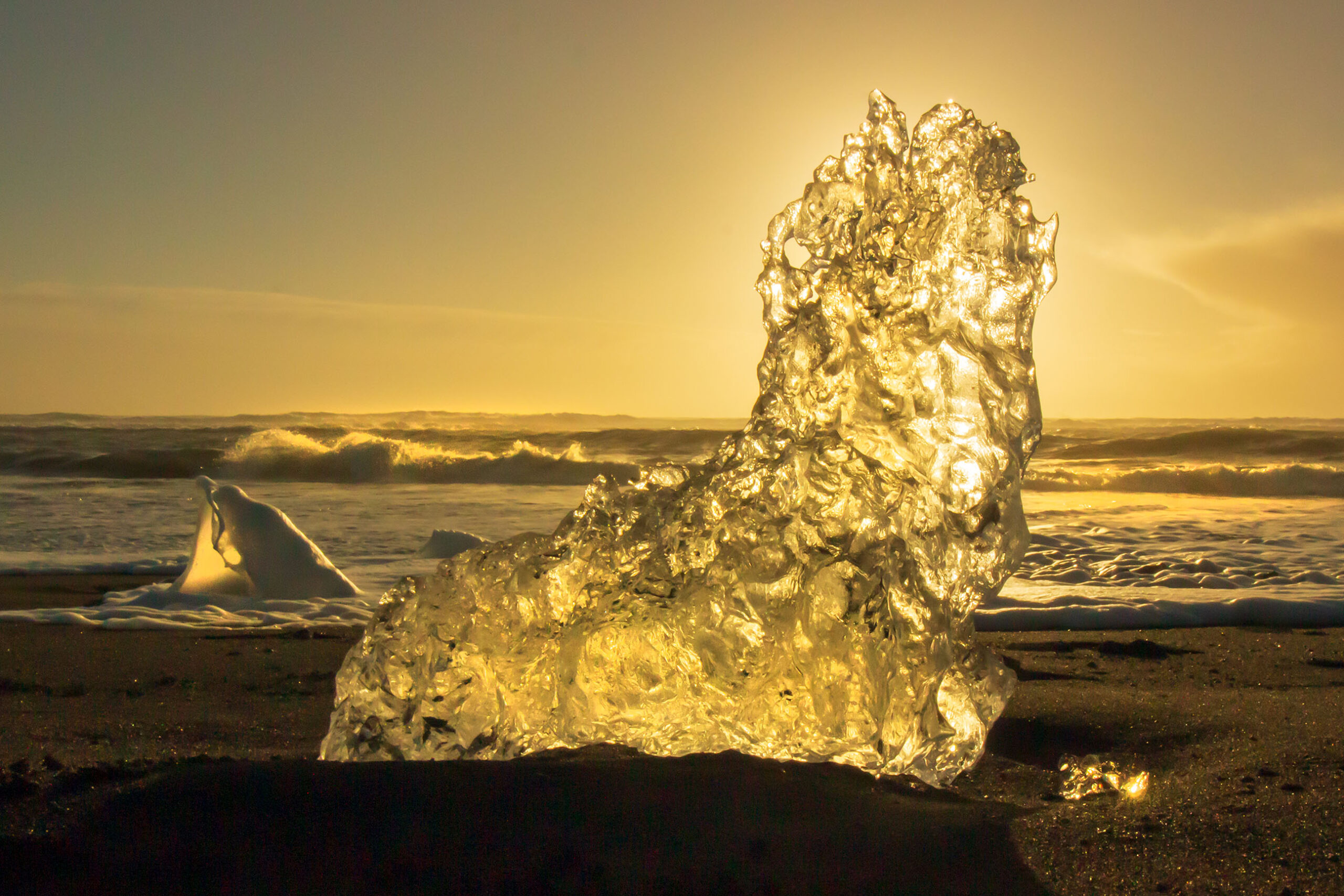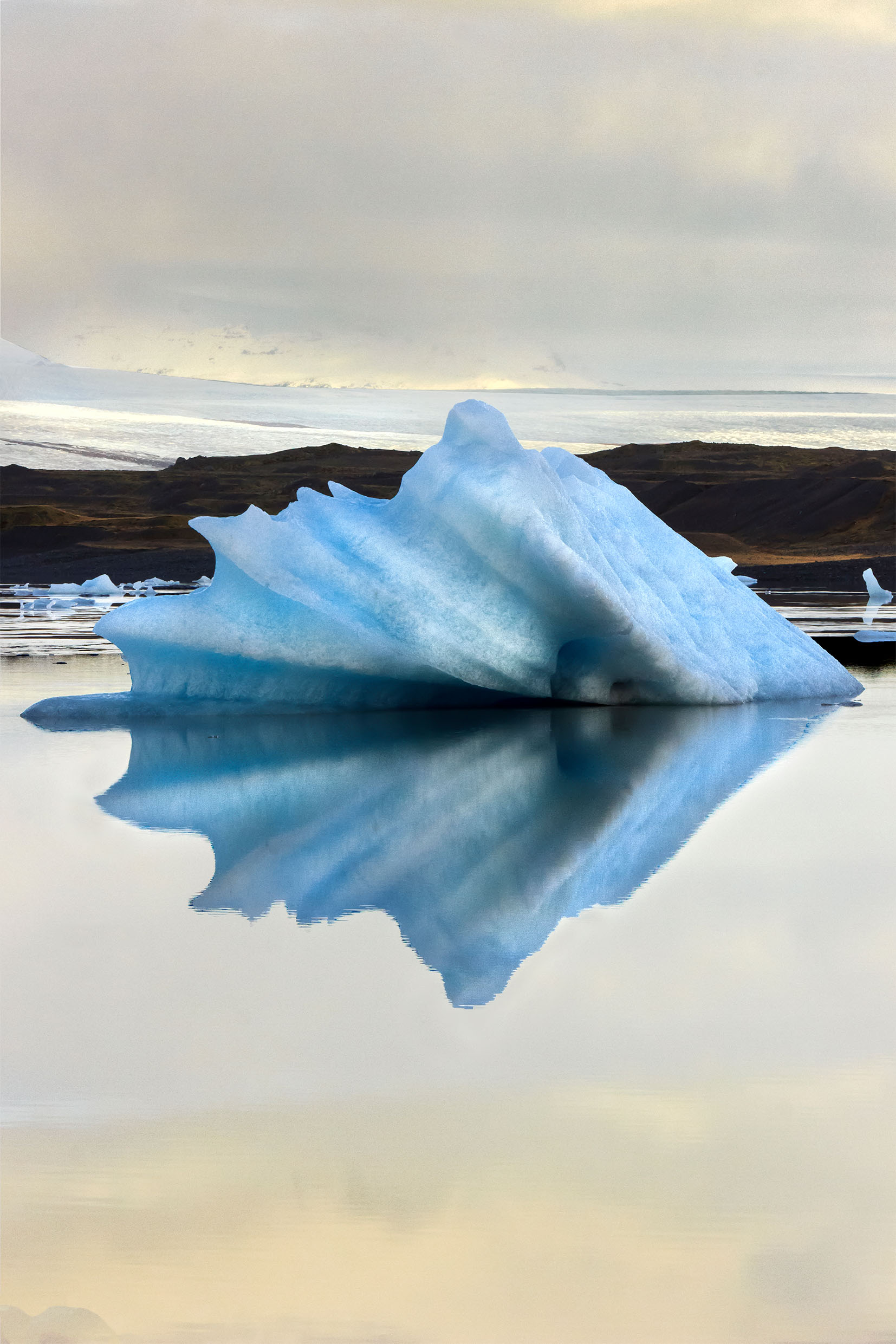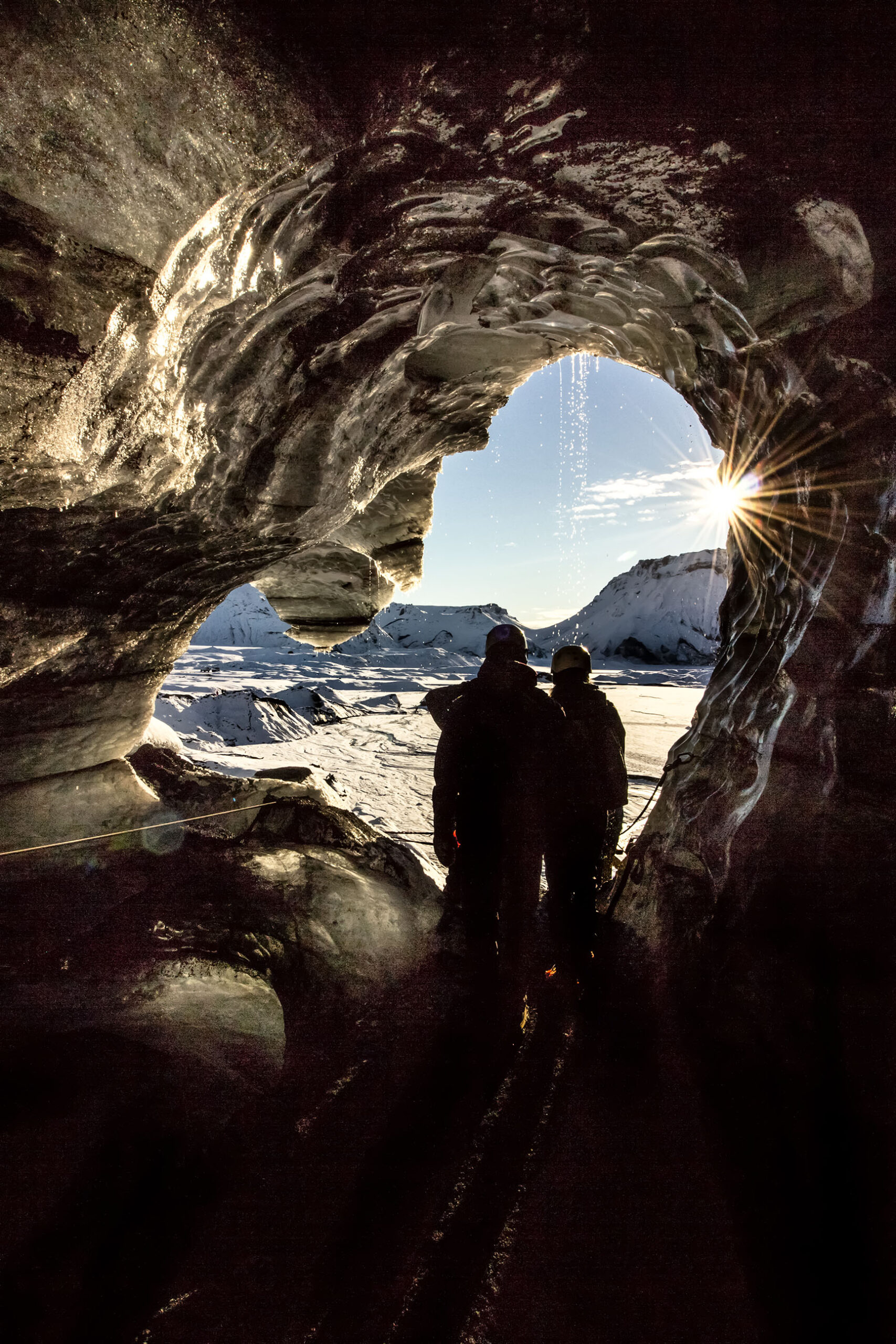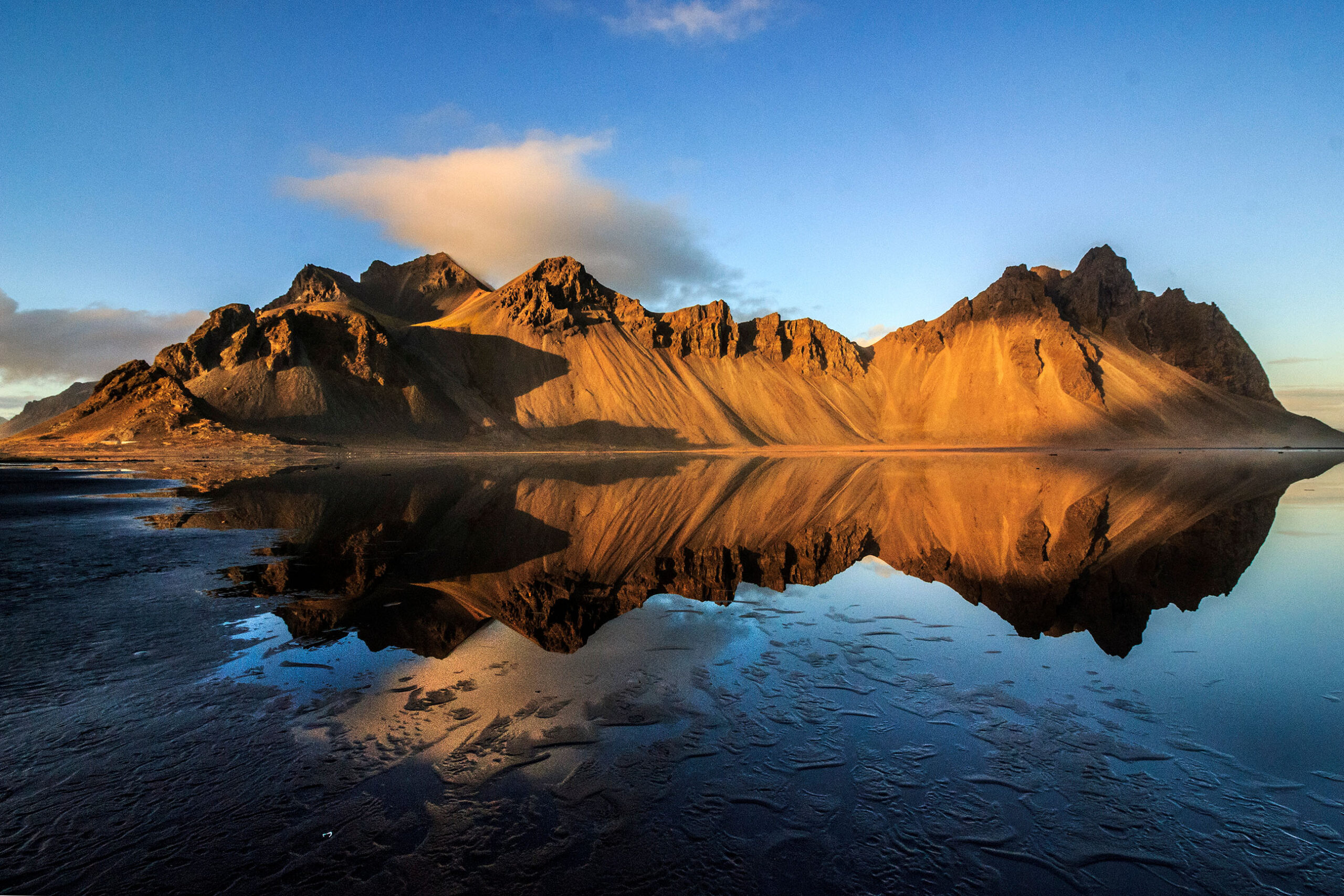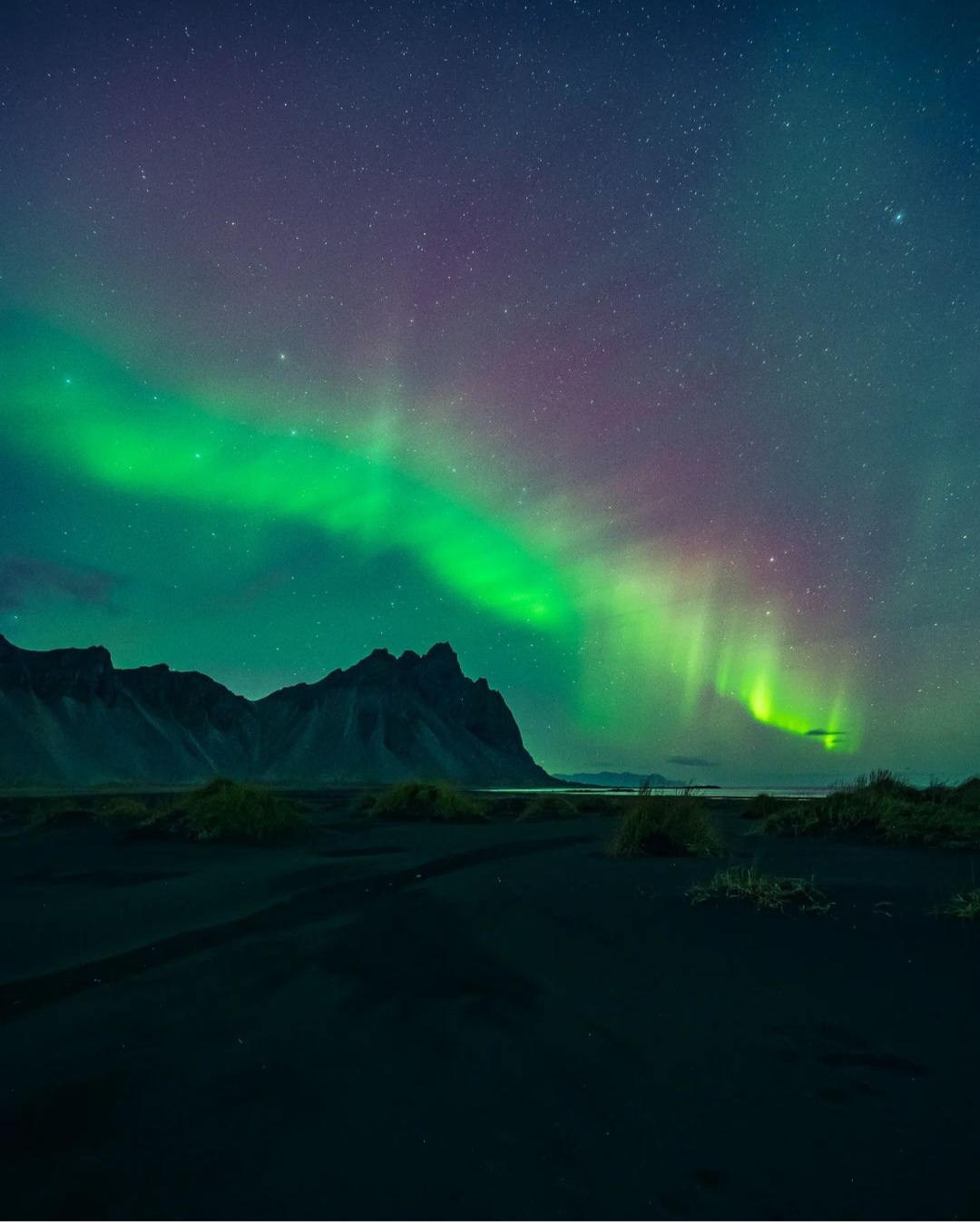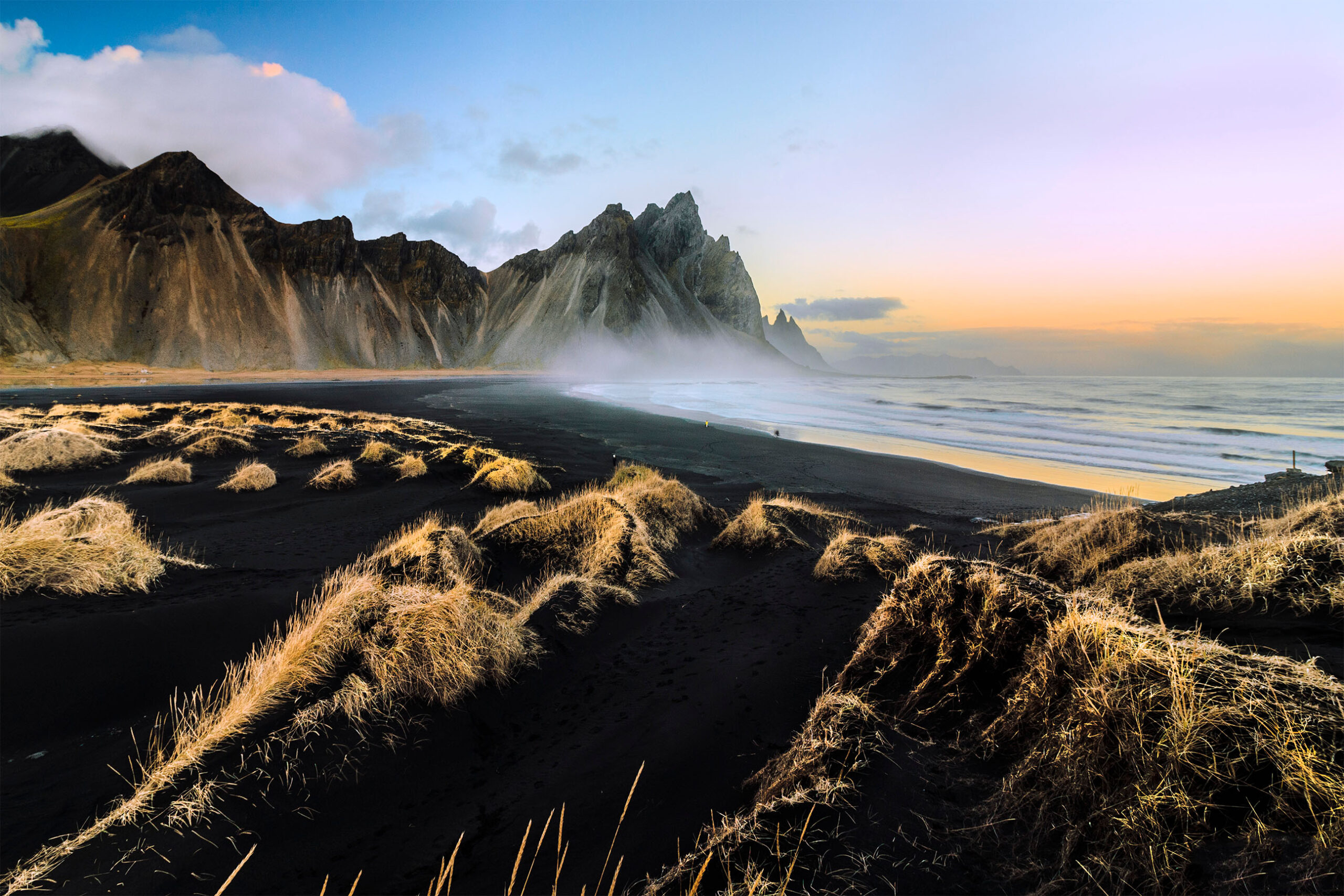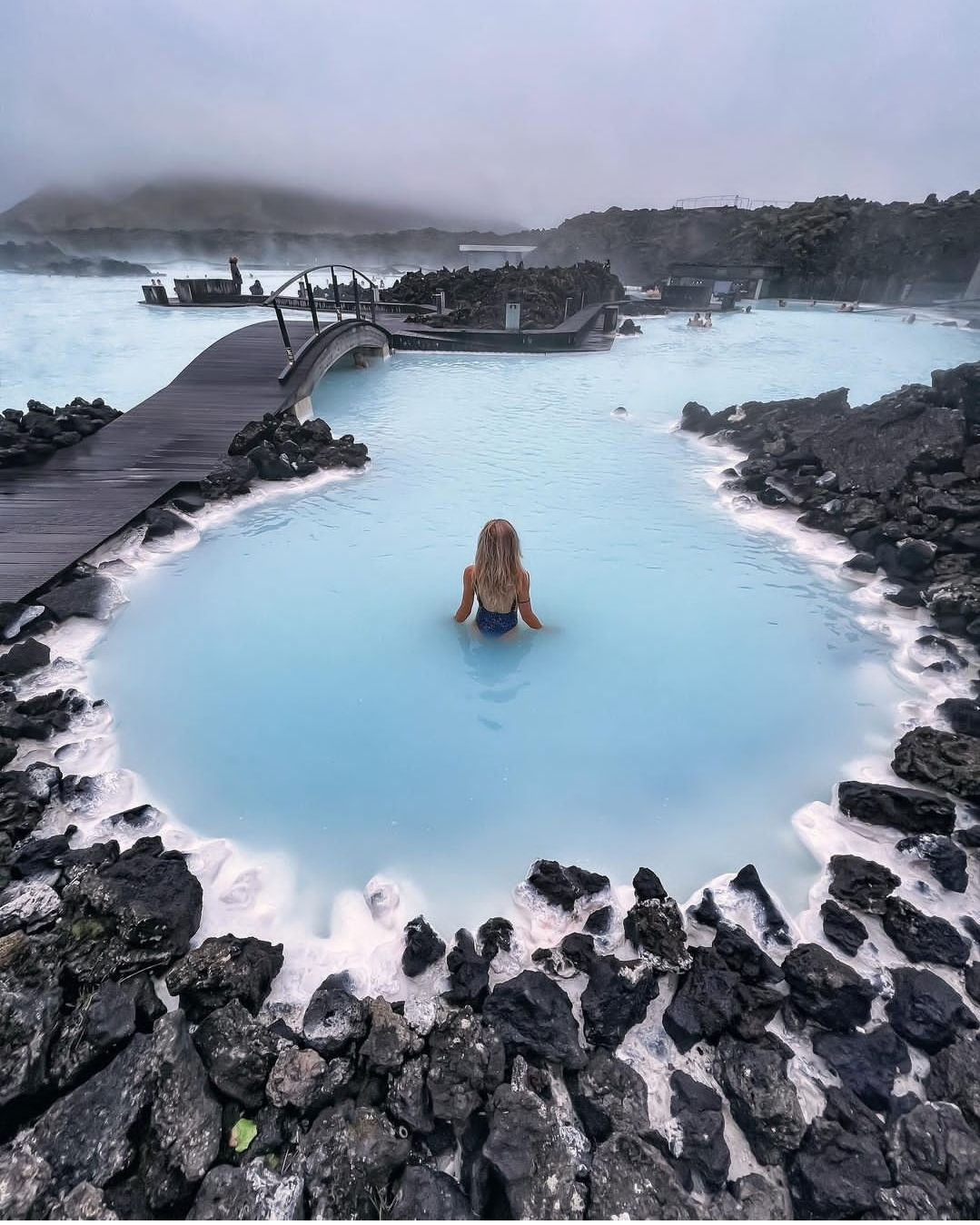Discover Sicily best spots with our nine-day tour, created for photographers and for anyone who wants to discover the best moment to admire each location, including sunrise and sunset!
A tour on the road from Catania to Trapani through the southern coast of the island.
Discover our photo tips, marked with the symbol ![]()
Day 1: Catania
Day 2: Etna
Day 3: Cyclops coast, Giardini Naxos, Alcantara gorges, Taormina
Day 4: Siracusa
Day 5: Noto, Modica and Ragusa
Day 6: from Siracusa to the Stair of the Turks
Day 7: the Valley of the Temples in Agrigento and the Marsala Salt Pans
Day 8: Trapani beaches and Erice village
Day 9: Trapani
Day 1: Catania
- Sunrise: Piazza Duomo and ‘A Piscaria
Start from Piazza Duomo: the sun that rises and turns the clouds pink will enrich the frame of the square with the Elephant fountain and the facade of the Sant’Agata Cathedral.
![]() If you are in late spring or summer, go up to the terraces of the Cathedral to admire a wonderful panorama of the city and Mount Etna, if instead you are in a season in which the sun sets before 7 pm, do it at sunset!
If you are in late spring or summer, go up to the terraces of the Cathedral to admire a wonderful panorama of the city and Mount Etna, if instead you are in a season in which the sun sets before 7 pm, do it at sunset!
You can also go back to the square in the afternoon: you will have the facade illuminated by the sun and you will avoid backlighting. In this case you can capture some details of the facade and the fountain, playing with lights and shadows.
If you have a strong excursion between shaded and lighted areas, to obtain shot with balanced exposure, use automatic HDR with the smartphone, and bracketing method or a graduated filter with the camera (know more about it in this article).
From here, enter Piazza Di Benedetto along the wonderful Amenano fountain. Here, every morning there is ‘A Piscaria, the characteristic fish market. In the early morning the fishermen begin to set up the benches and you can experience the moment that precedes the large crowd of people who will soon arrive.
Lose yourself in the near streets, where very colorful fruit and vegetable stalls and butchers counters are set up. Not to be missed via Gisira, covered by a roof of umbrellas and colorful pinwheels.
![]() Capture the gestures of the fishermen and the colorful fish shoals in contrast with the dark facades of the buildings. Focus on the details.
Capture the gestures of the fishermen and the colorful fish shoals in contrast with the dark facades of the buildings. Focus on the details.
Use fast shutter speeds to freeze momentum or long shutter speeds to represent the movement of traders. In this case, use a tripod to make sure that the static elements remain motionless in the photo. Be careful respectively not to underexpose or overexpose too much.
Stop to talk to the locals: listening to their stories can give rise to useful suggestions to capture in your photos.
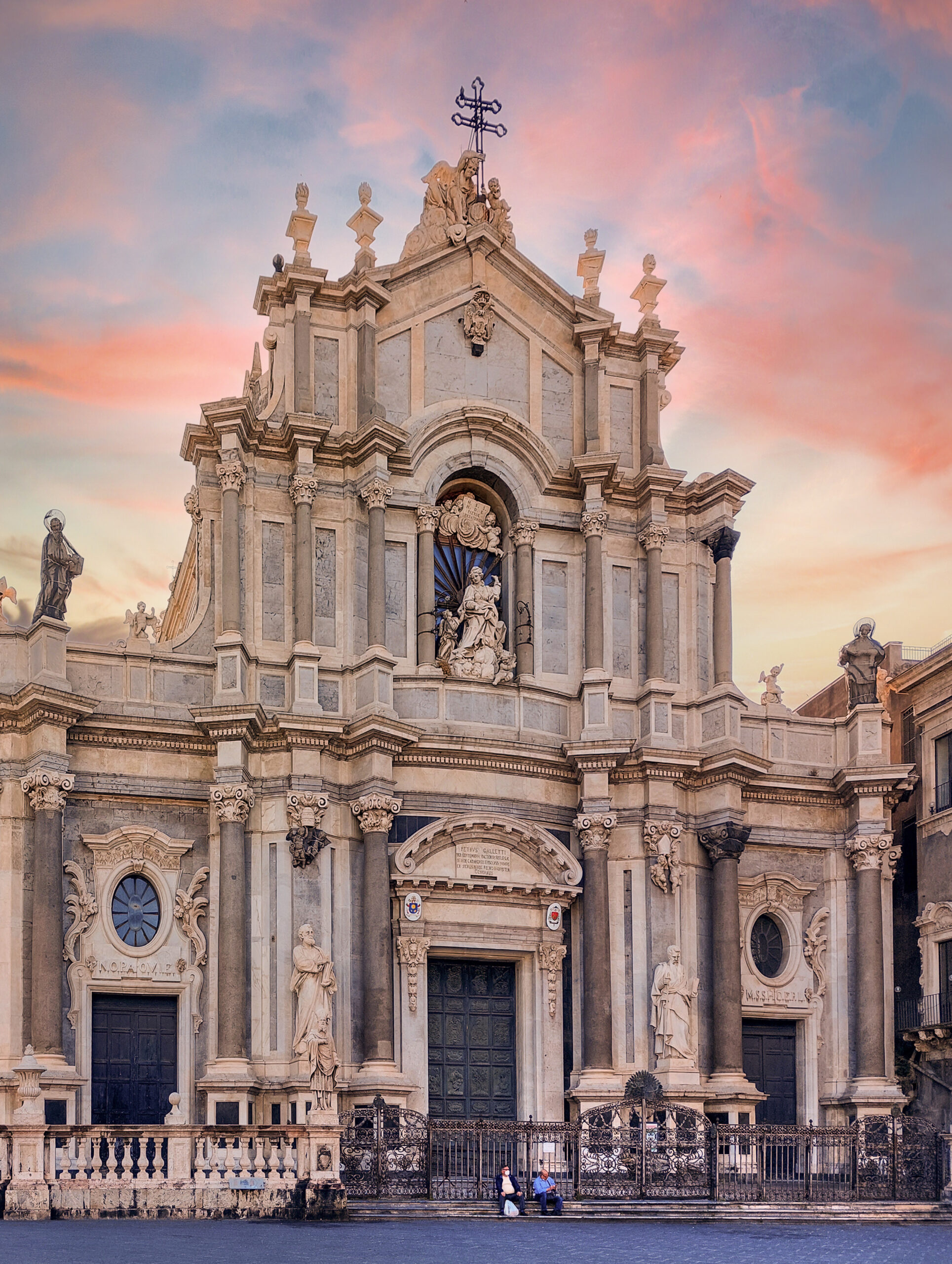
@giadaantonini_photography 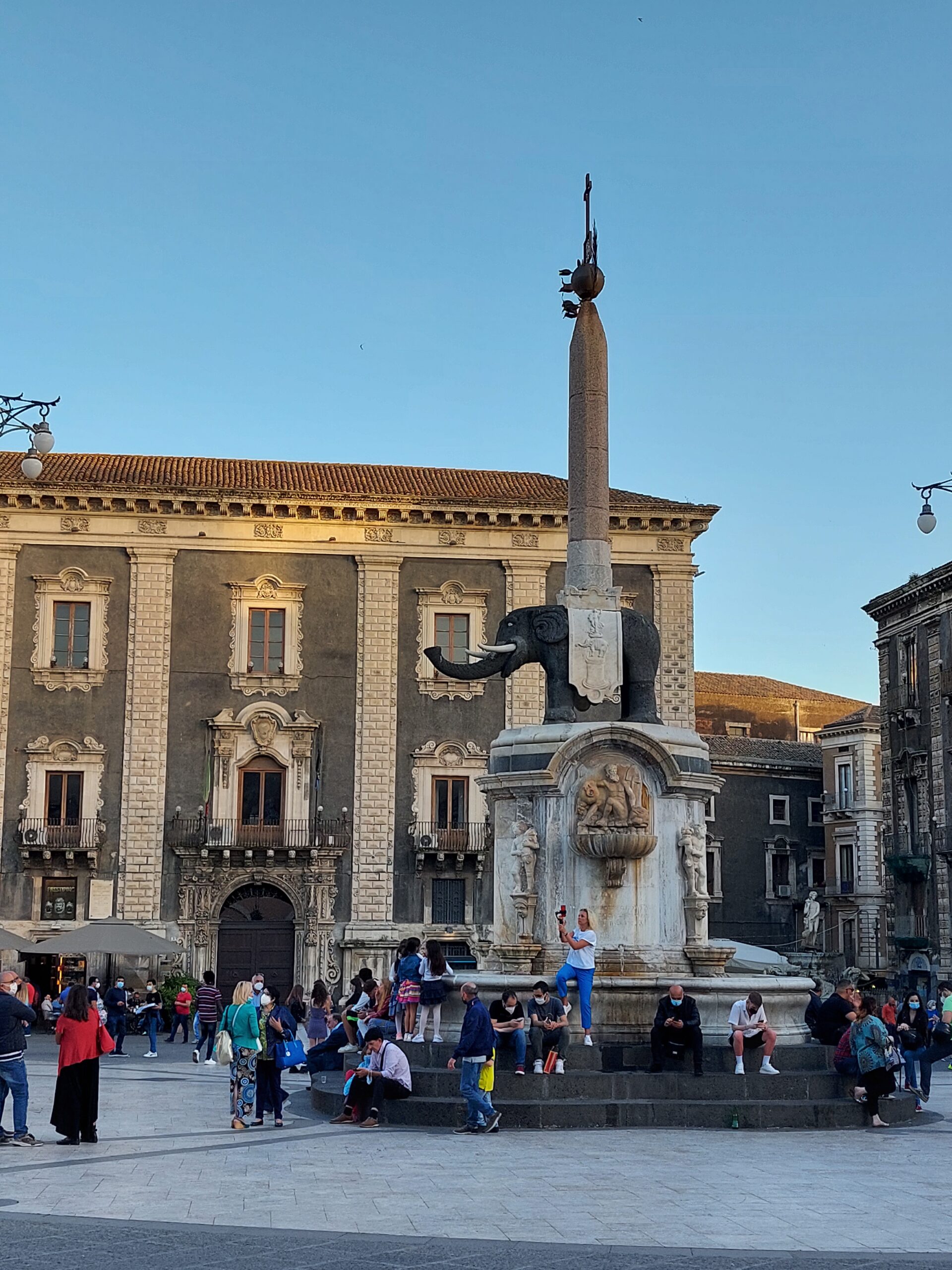
@giadaantonini_photography 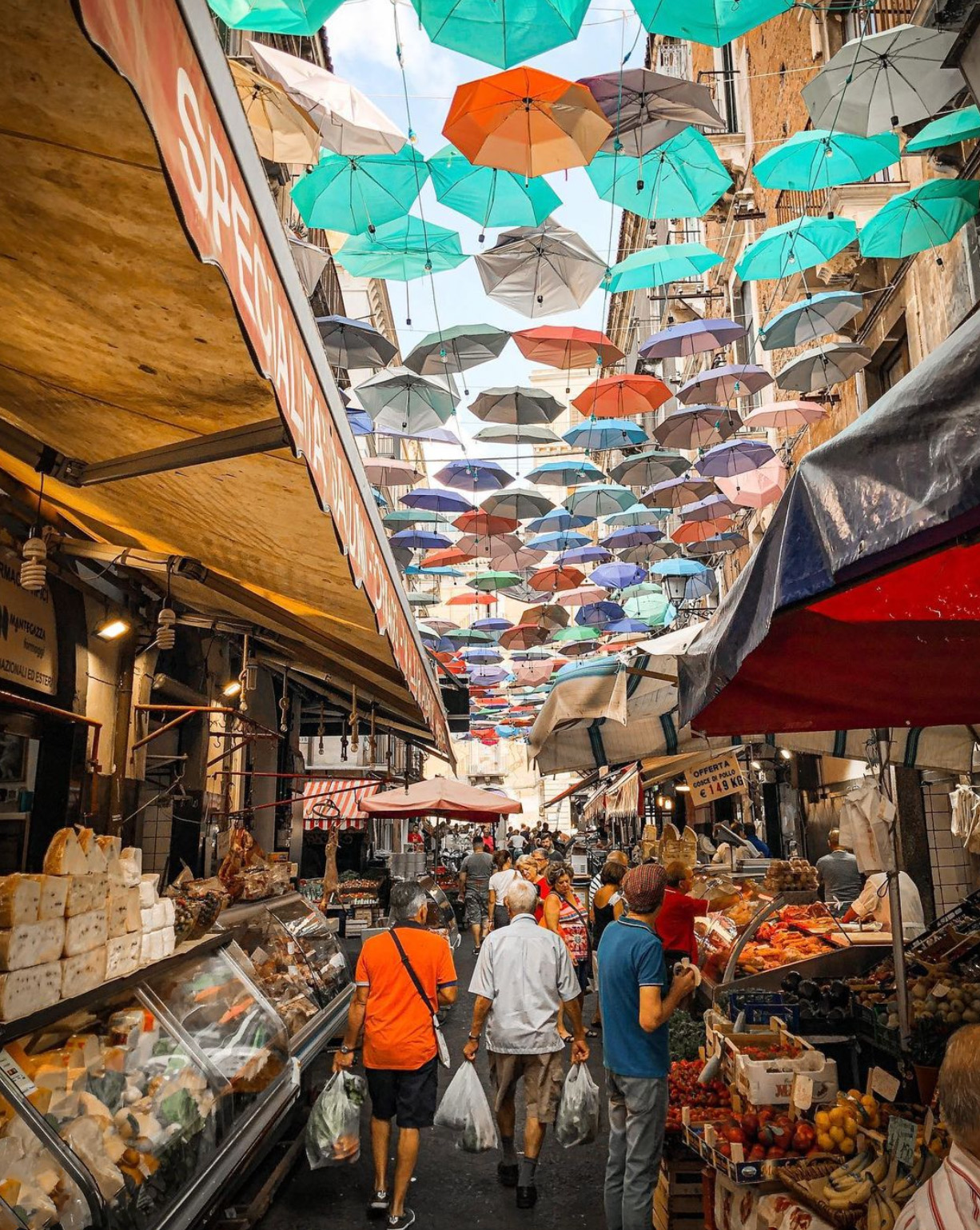
@1300_chicche_ditalia 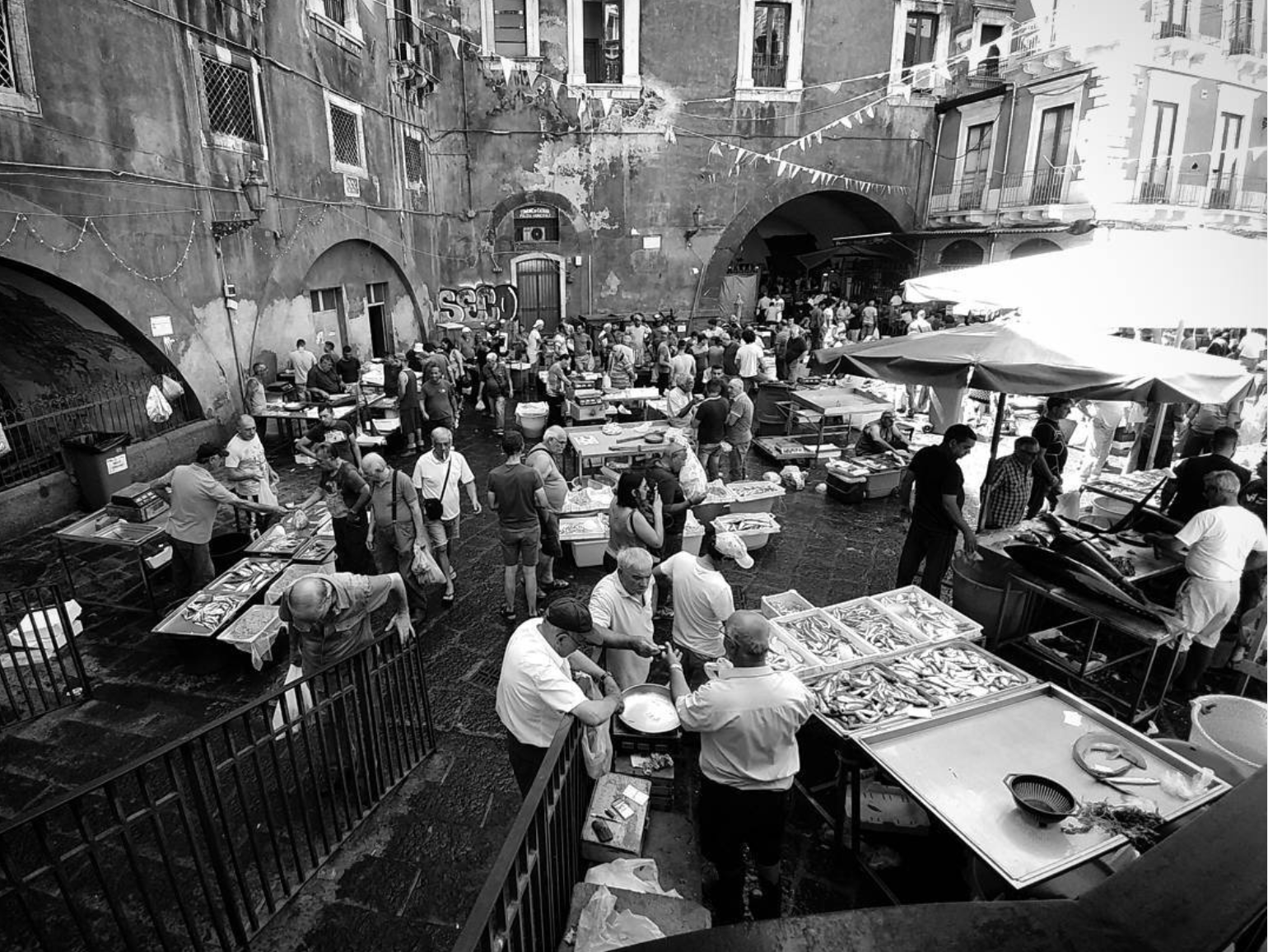
@peppeastonebnw
- Morning: Via Etnea, Via Del Teatro Massimo and Villa Bellini
Along via Etnea, stop in Piazza dell’Università and take a detour to admire the splendid facade of the Teatro Massimo Bellini and stroll along the street of the same name.
Also from via Etnea, reach Piazza Stesicoro, with the remains of the Roman amphitheater and San Biagio Cathedral.
![]() In the morning, you will be able to capture all the monuments and main buildings well-lit without running into backlit photos. Remember, in your photos, to respect the verticality of the lines, helping you with the grid.
In the morning, you will be able to capture all the monuments and main buildings well-lit without running into backlit photos. Remember, in your photos, to respect the verticality of the lines, helping you with the grid.
If you want to know more take a look at this article.
Finally, enjoy the elegant park of Villa Bellini, where you can rest for a bit.
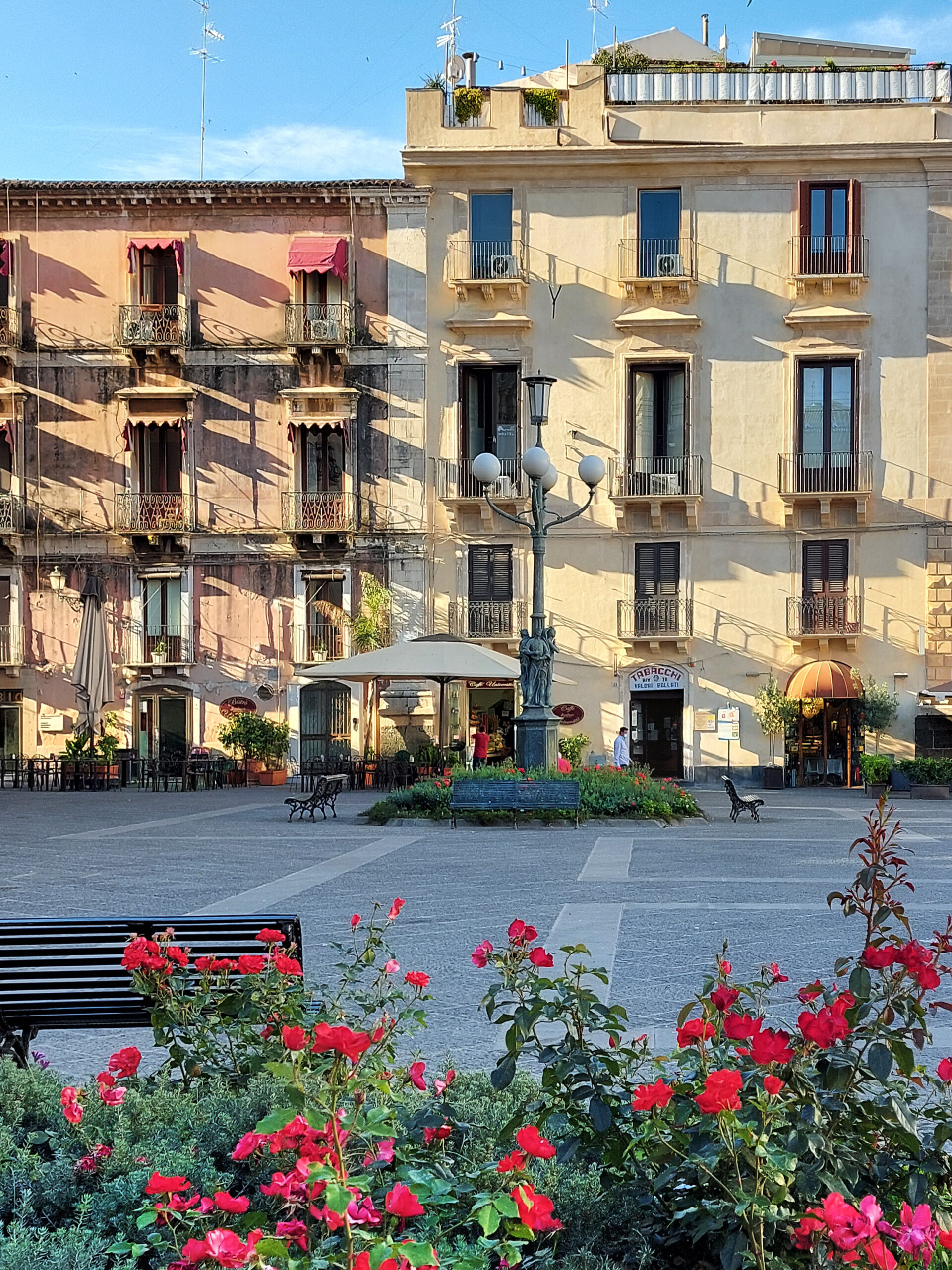
@giadaantonini_photography 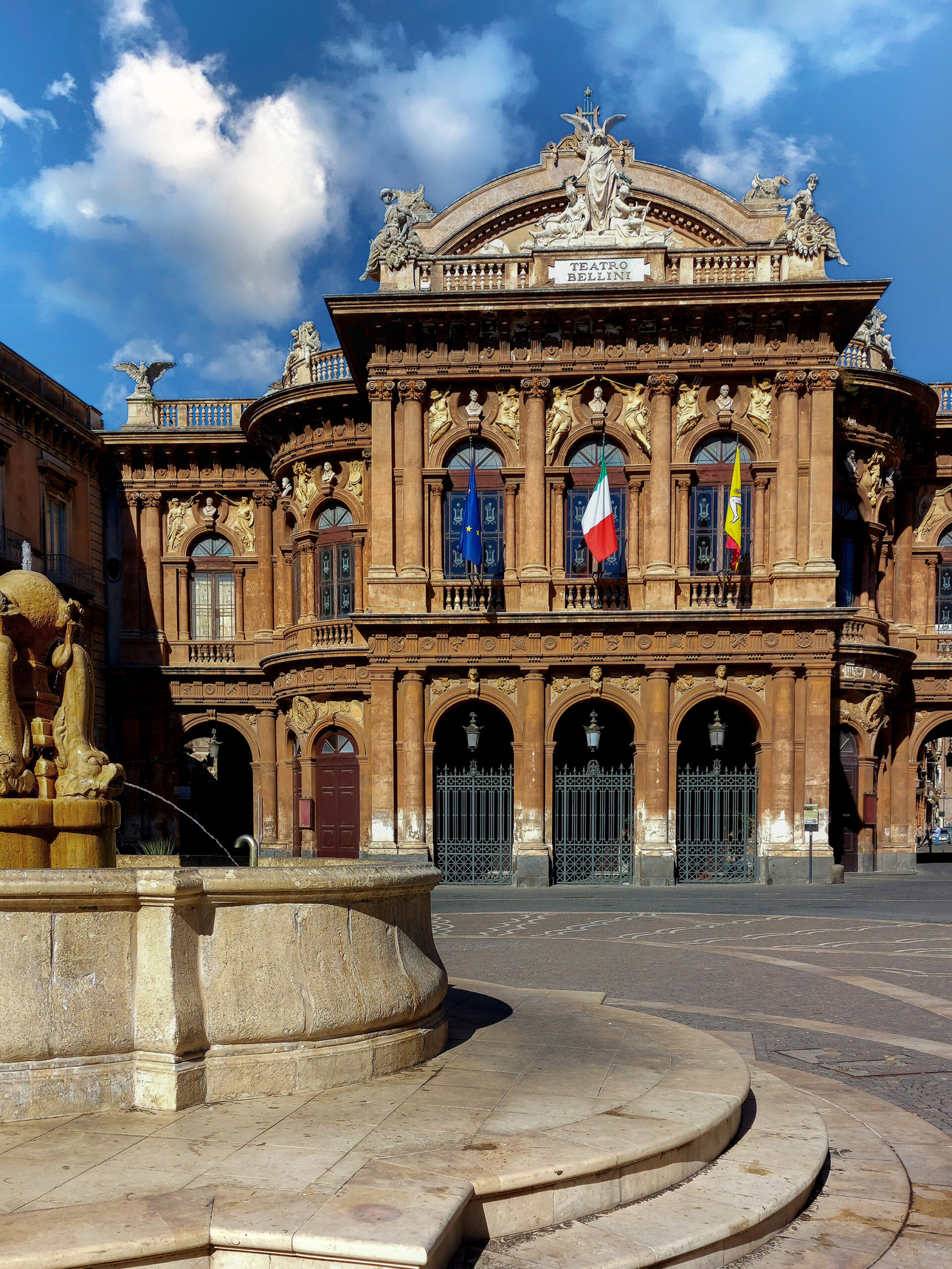
@giadaantonini_photography 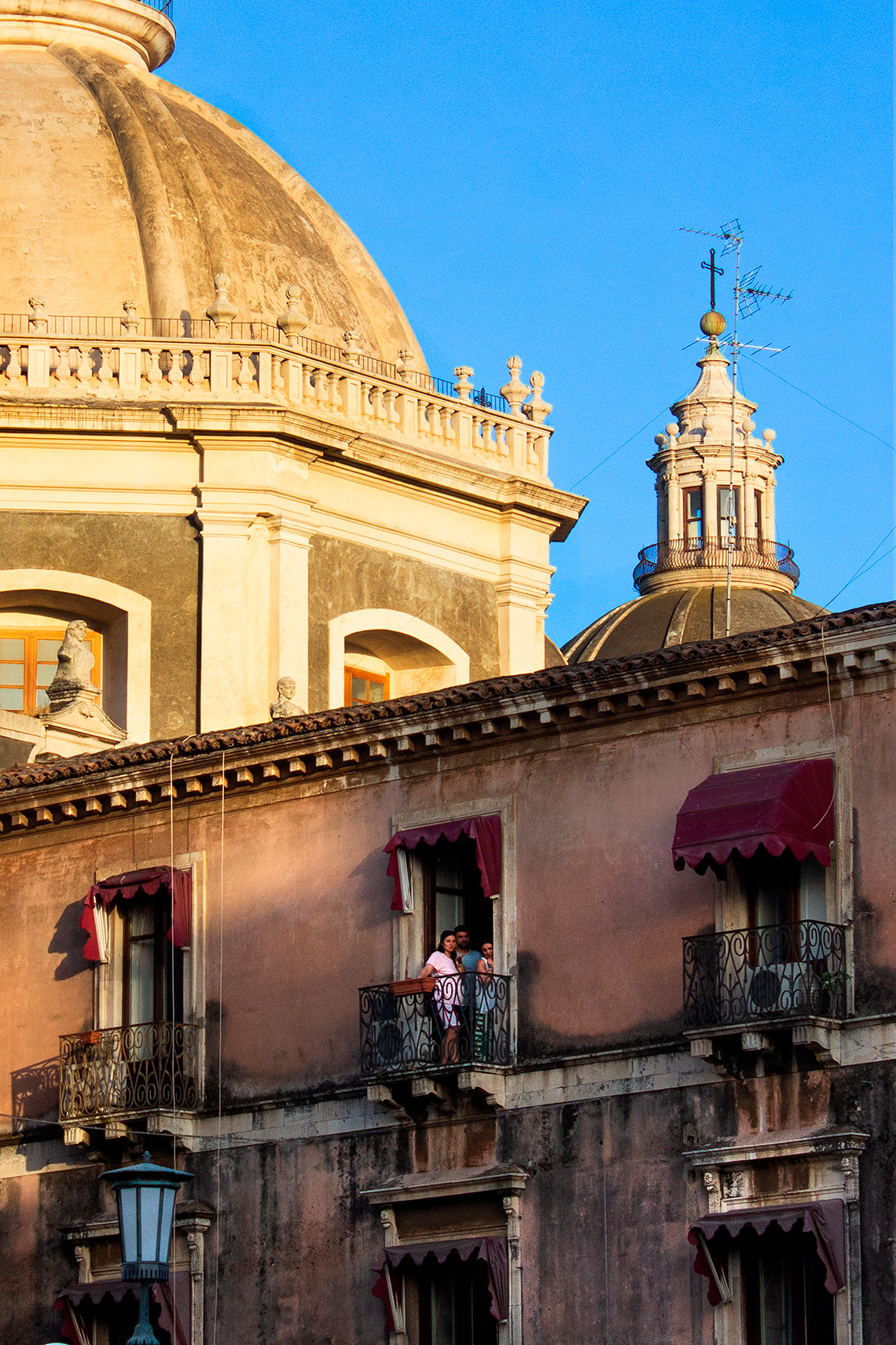
@giadaantonini_photography 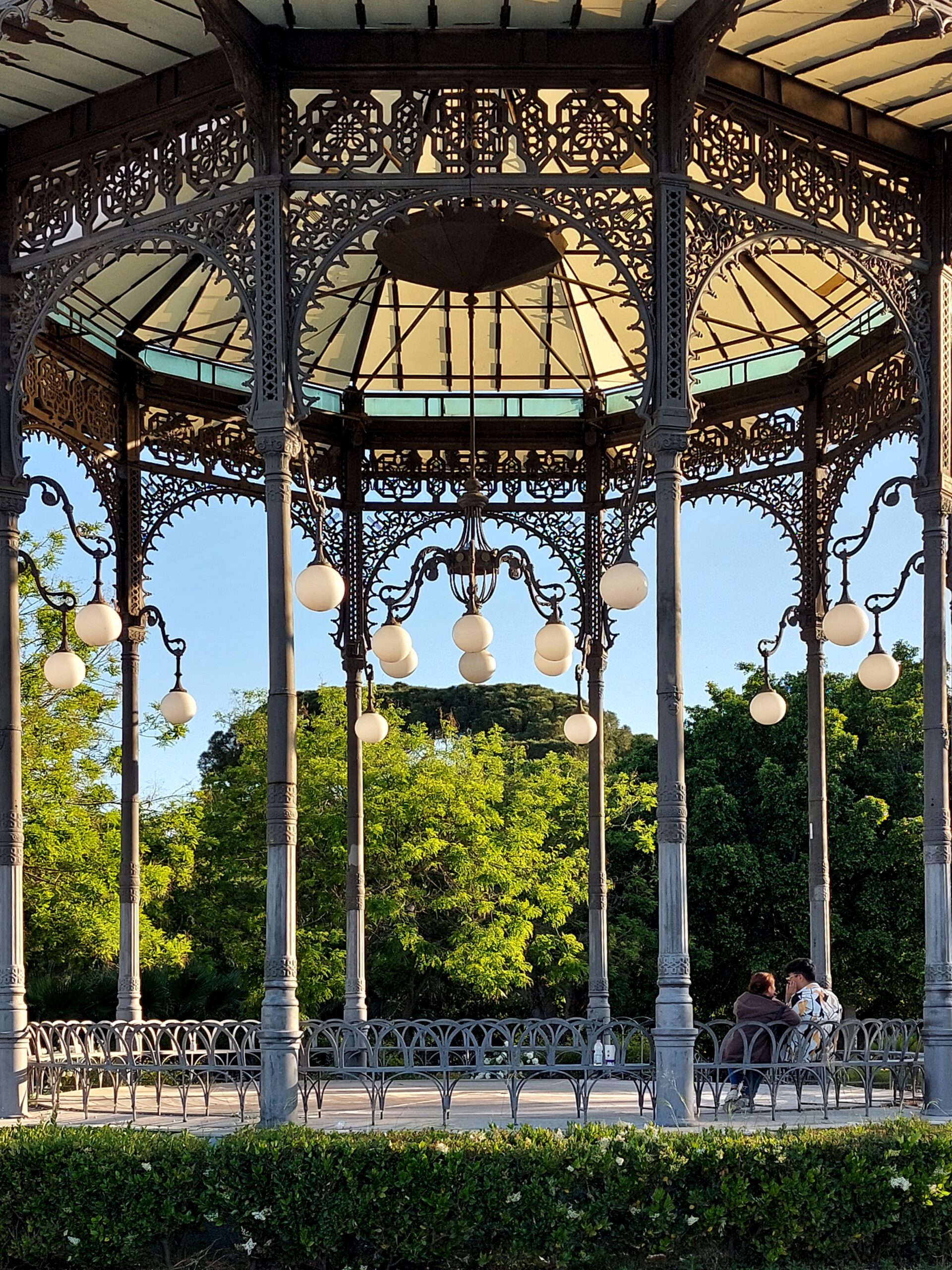
@giadaantonini_photography
- Central hours and afternoon: panoramic view and ancient buildings.
The sun high in the sky will better illuminate the spaces and allow you to have a good view of the landscape.
Start right from the city view from the Gronda walkway of the Church of San Nicolò l’Arena, the largest church in Sicily. The entire Benedictine monastery, of which it belongs, deserves a short visit of its beautiful cloisters.
Continue towards the Ancient Greek-Roman Theater, now incorporated within the truly evocative district.
Last stop the Ursino Castle, in the heart of the city.
![]() The best point from which to capture it is probably, facing the facade, from the right side of the square. In the afternoon the sun will illuminate this part and will enhance the three circular towers on the main front.
The best point from which to capture it is probably, facing the facade, from the right side of the square. In the afternoon the sun will illuminate this part and will enhance the three circular towers on the main front.
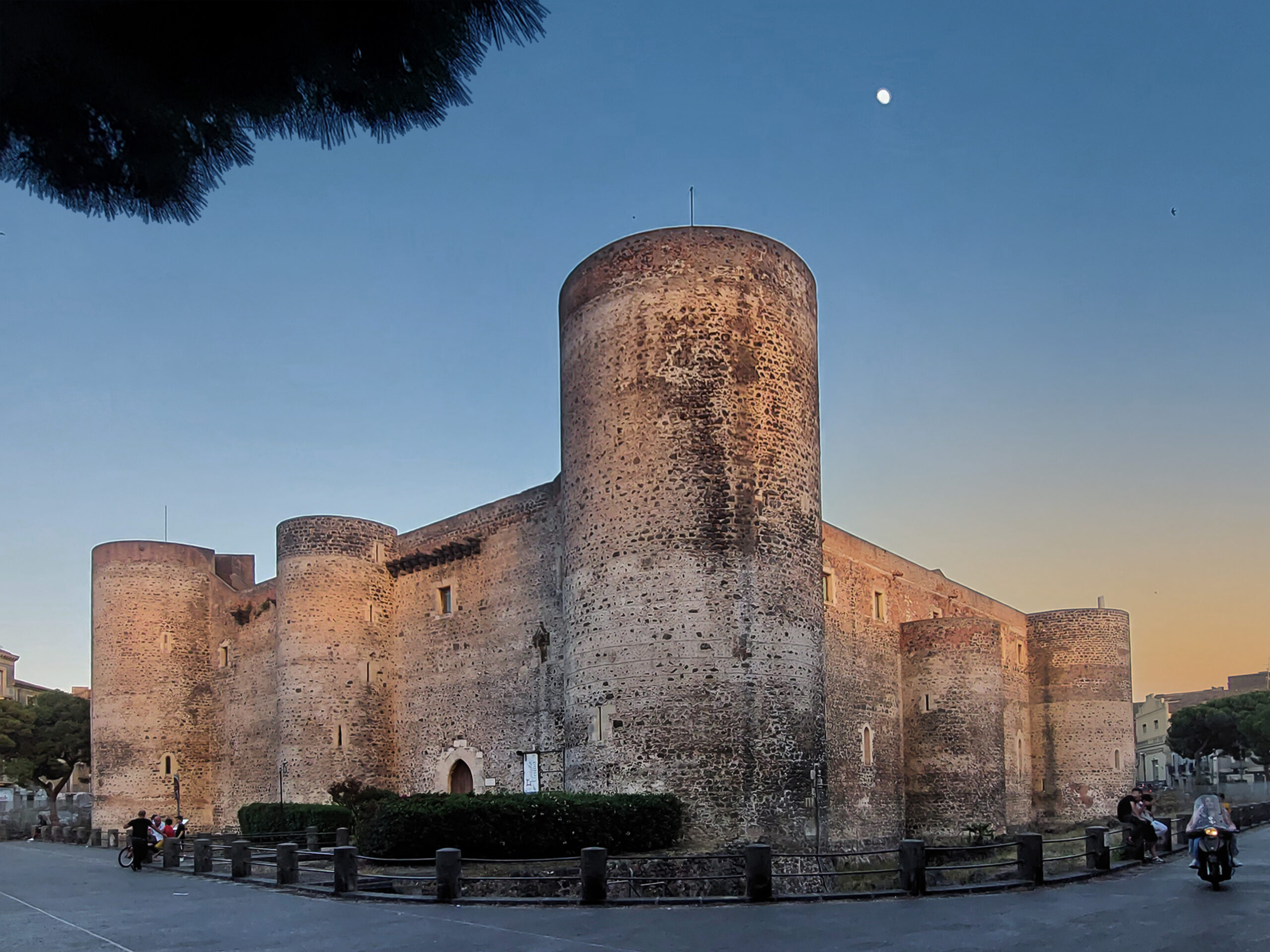
@giadaantonini_photography
- Sunset and evening: panoramic view and market area
In the evening, go back to the market area which is completely transformed with lights, music, clubs and restaurants.
![]() If you are in a season in which the sun sets before the Cathedral closes at 7 pm, go back to Piazza del Duomo and go up to the terraces to photograph the sunset with the magnificent panorama over the city and Mount Etna, even more spectacular when the volcano is erupting.
If you are in a season in which the sun sets before the Cathedral closes at 7 pm, go back to Piazza del Duomo and go up to the terraces to photograph the sunset with the magnificent panorama over the city and Mount Etna, even more spectacular when the volcano is erupting.
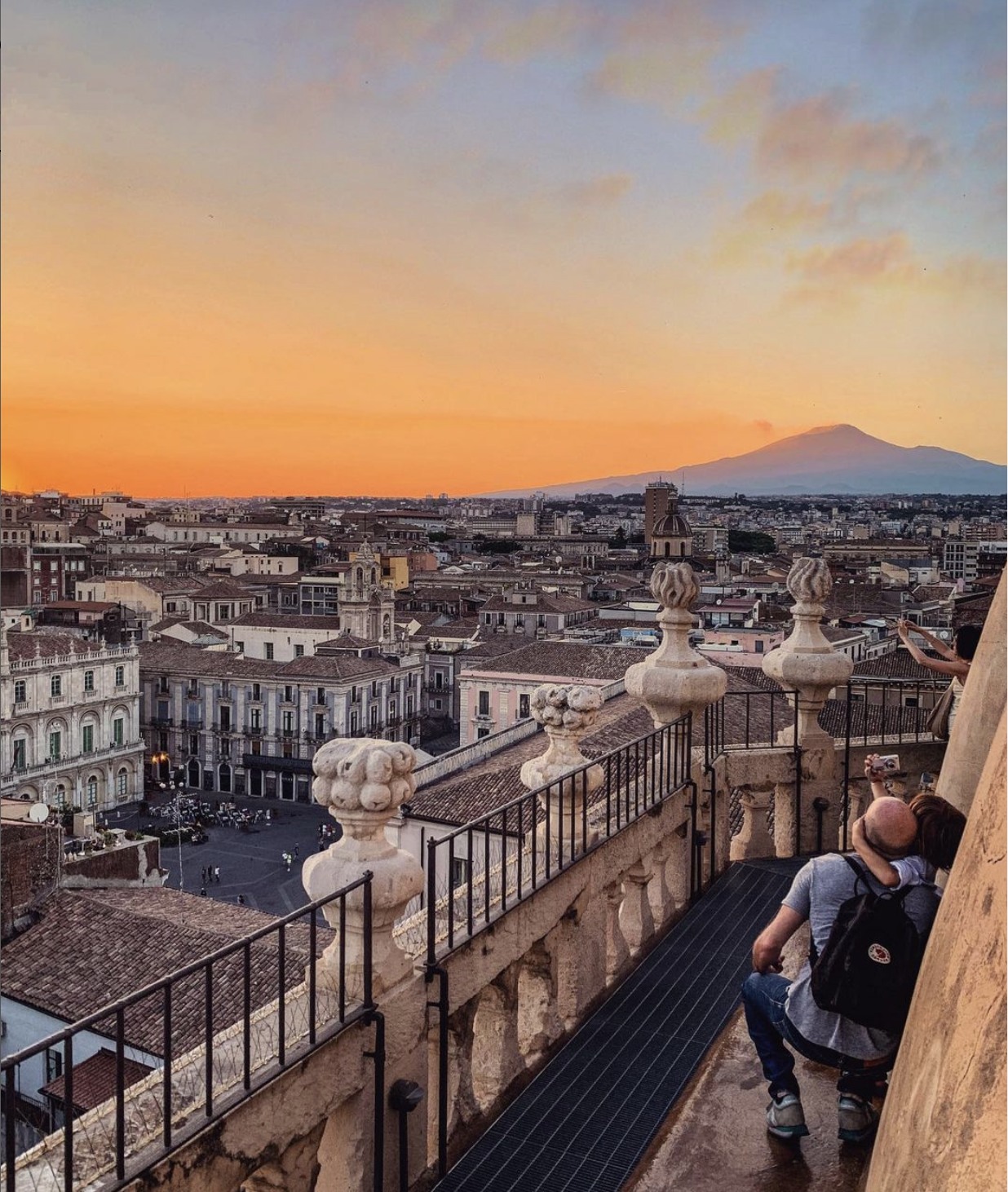
@goingmattos
Day 2: Etna
With departure and return to Catania.
![]() Etna is definitely a place to take panoramic photos with wide focal lengths. To characterize the image add a human subject to understand the proportions, perhaps on one of the thirds (to learn more about the rule of thirds and other little tricks, read this article). Other interesting ideas can arise by observing the lines of the paths, the clouds or the shapes of the craters if you have an elevated view.
Etna is definitely a place to take panoramic photos with wide focal lengths. To characterize the image add a human subject to understand the proportions, perhaps on one of the thirds (to learn more about the rule of thirds and other little tricks, read this article). Other interesting ideas can arise by observing the lines of the paths, the clouds or the shapes of the craters if you have an elevated view.
- Sunrise and sunset: a guided tour
Many tours are organized, which can be booked online to admire the sunrise and sunset from Etna. If the day is beautiful and there is no haze, it will certainly be unforgettable!
- Morning: superior craters
Once you get to the Sapienza refuge (2000 m), you can park and take the cable car up, if the wind permits, and then continue on foot (very tiring) or go up with the Jeeps up to higher altitudes. To get to the summit craters you need to buy a tour with a guide. Therefore, we recommend choosing and booking in advance or contacting the cable car office once you arrive.
- Afternoon: Bove Valley and Silvestri Craters
Going down, take a break to look out towards the lava flows on the Bove valley, which reach the sea. Returning to the car park, visit the Silvestri craters (easily reached without taking the cable car), from which you can enjoy an exciting panorama of Catania and the sea.
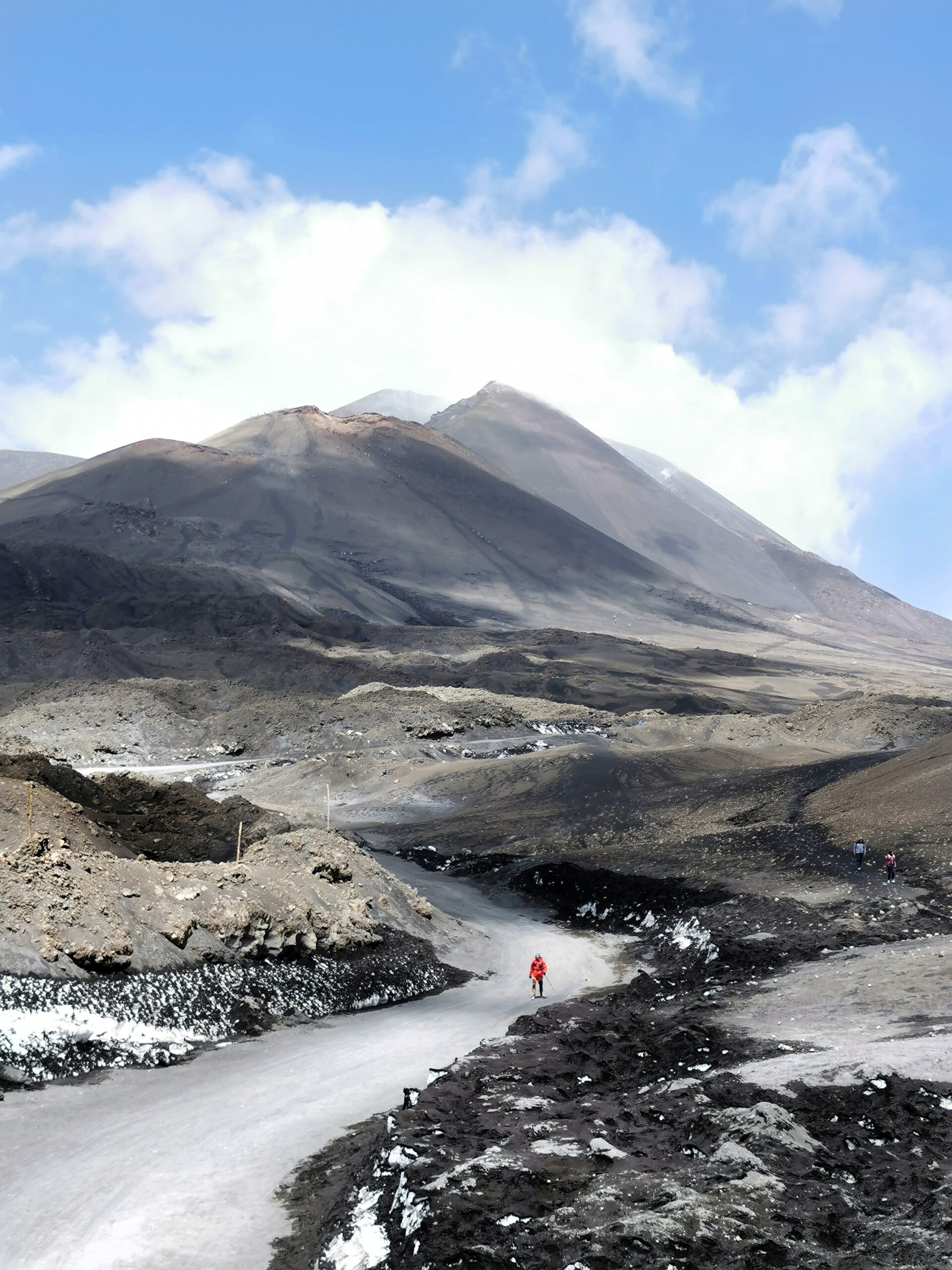
@marcopeppucci 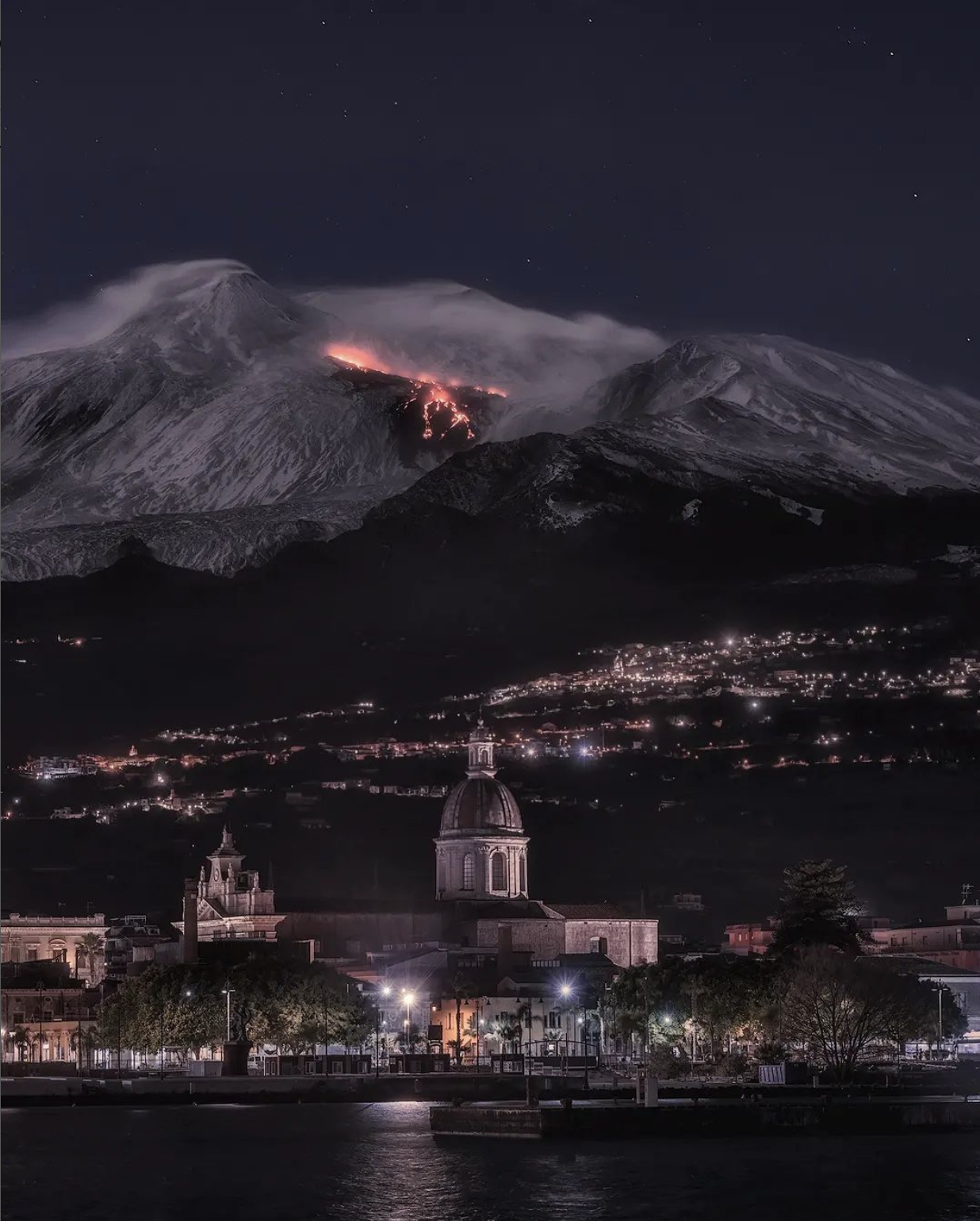
@gianlucamusmeci 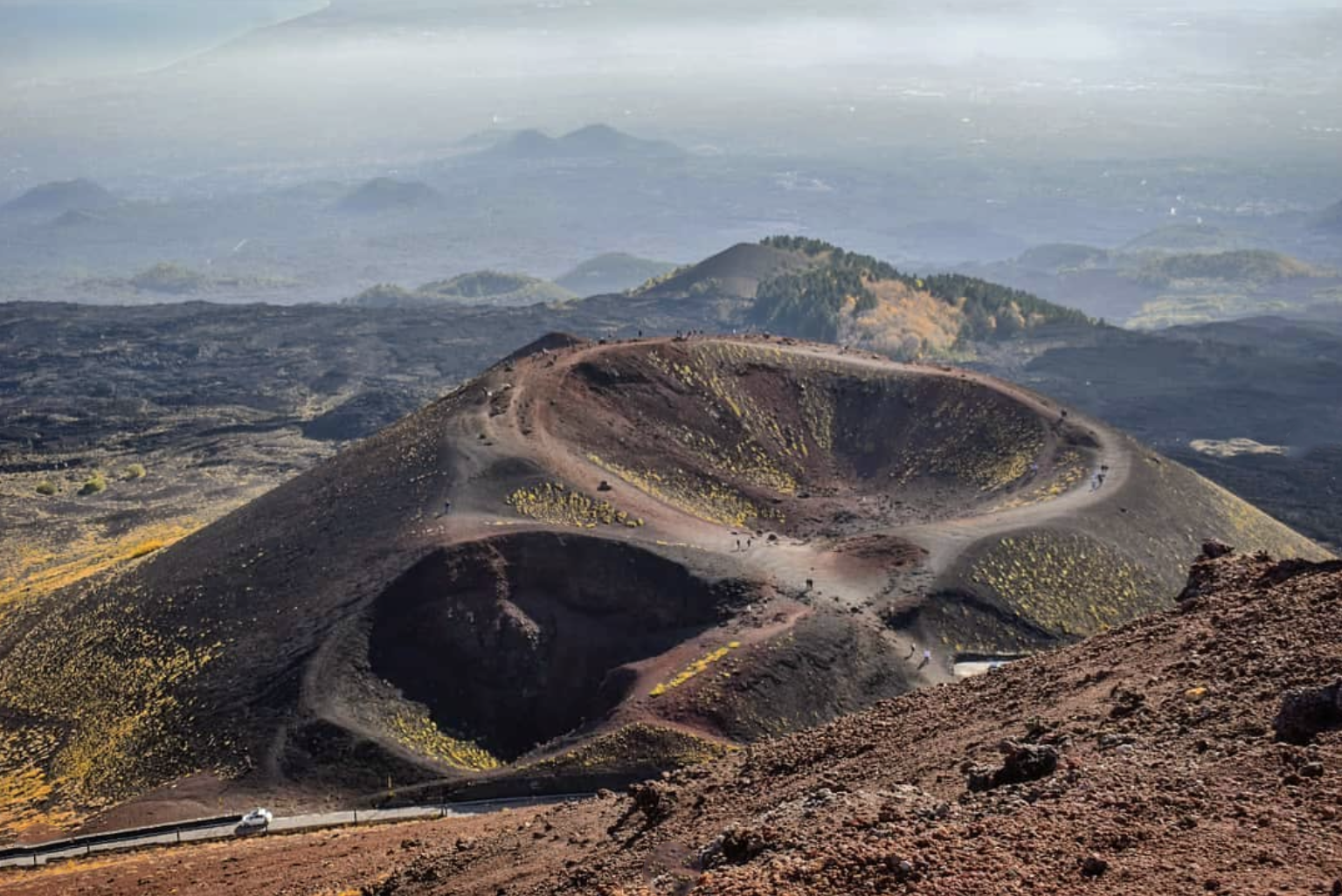
@simona_sanf 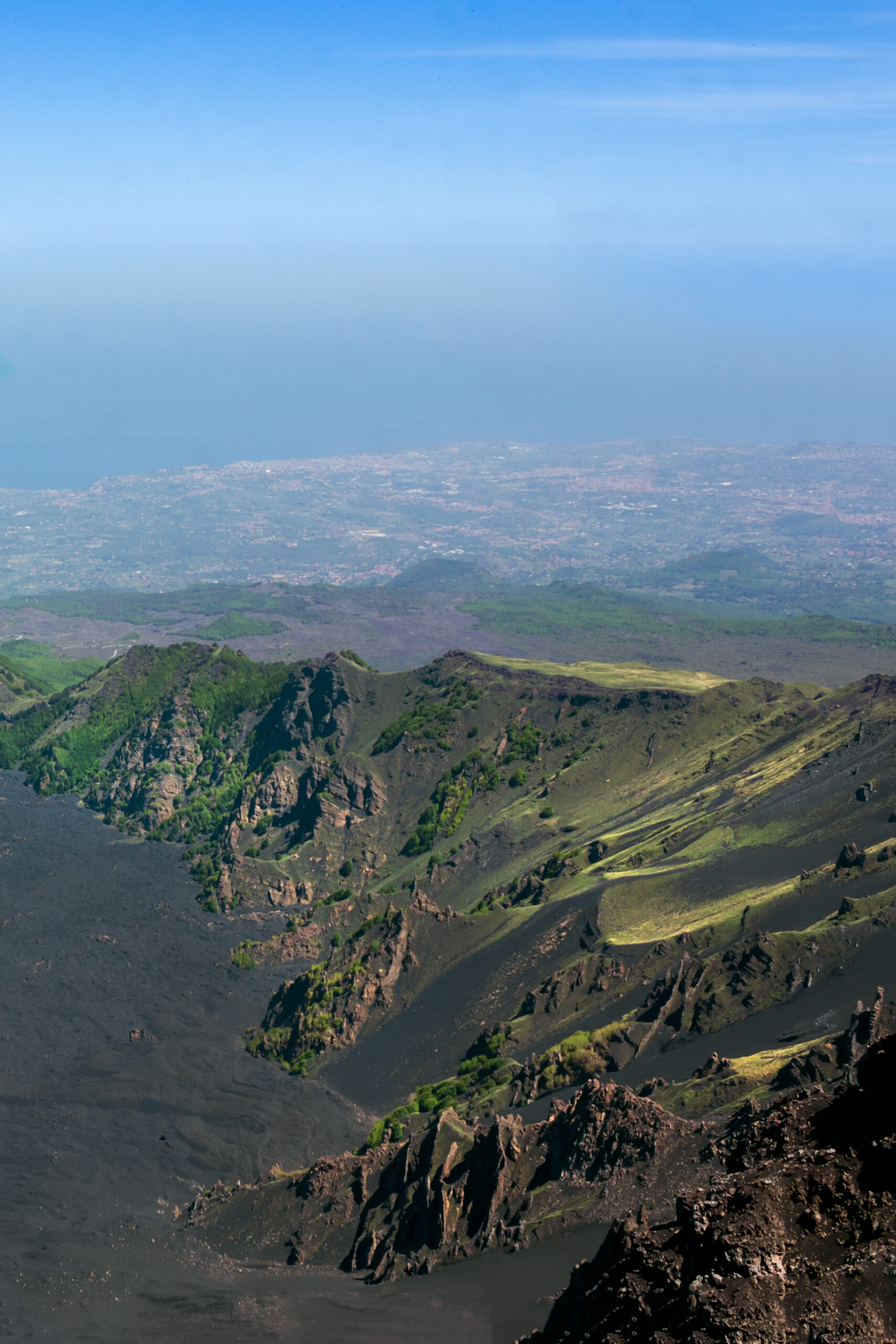
@giadaantonini_photography
Day 3: Cyclops coast, Giardini Naxos, Alcantara gorges, Taormina
With departure and return to Catania.
- Alba: the stacks of Aci Trezza
Along the Cyclops coast, which includes the areas of Aci Trezza, Aci Castello and Aci Reale, stop on the seafront to enjoy a breathtaking sunrise over the famous stacks of Aci Trezza.
![]() To be sure to don’t miss the best moment of sunrise, arrive half an hour before it to prepare the equipment and study the composition. Don’t forget to bring a tripod, useful for long exposures to capture silky water or cloud movement. To compensate the low light, use graduated filters or bracketing.
To be sure to don’t miss the best moment of sunrise, arrive half an hour before it to prepare the equipment and study the composition. Don’t forget to bring a tripod, useful for long exposures to capture silky water or cloud movement. To compensate the low light, use graduated filters or bracketing.
Read this article to learn more about taking wonderful sunrise and sunset photos.
Still from the seafront, turn back towards Aci Castello, with its fortification overlooking the sea. You can also go back (five minutes by car) to look out from the panoramic terrace at the foot of the castle.
Continue by car on the coast road up to Giardini Naxos following the sun, which illuminates the sand and the moored boats with golden hues. Here you can have a refreshing break and a nice breakfast on the seafront.
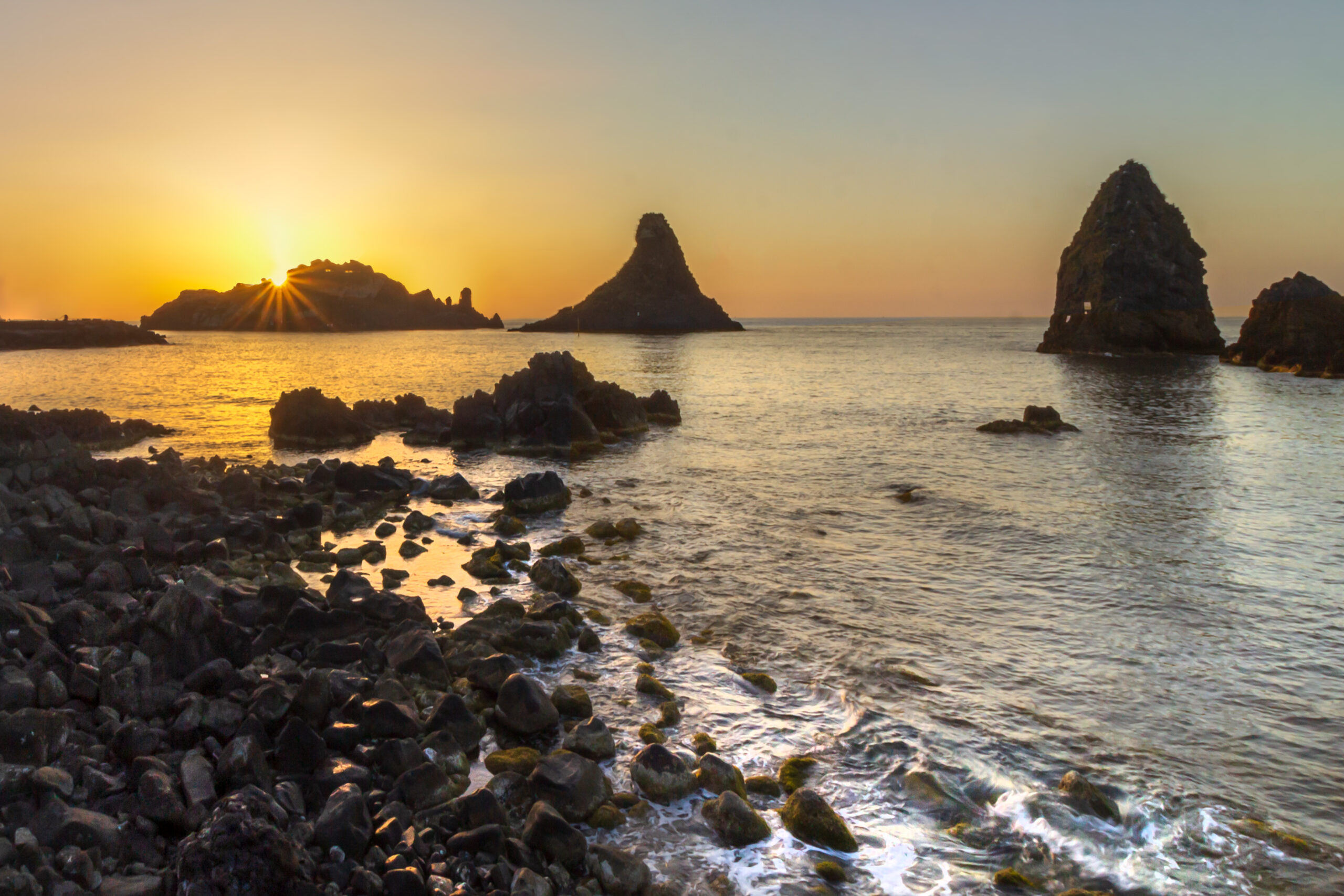
@giadaantonini_photography 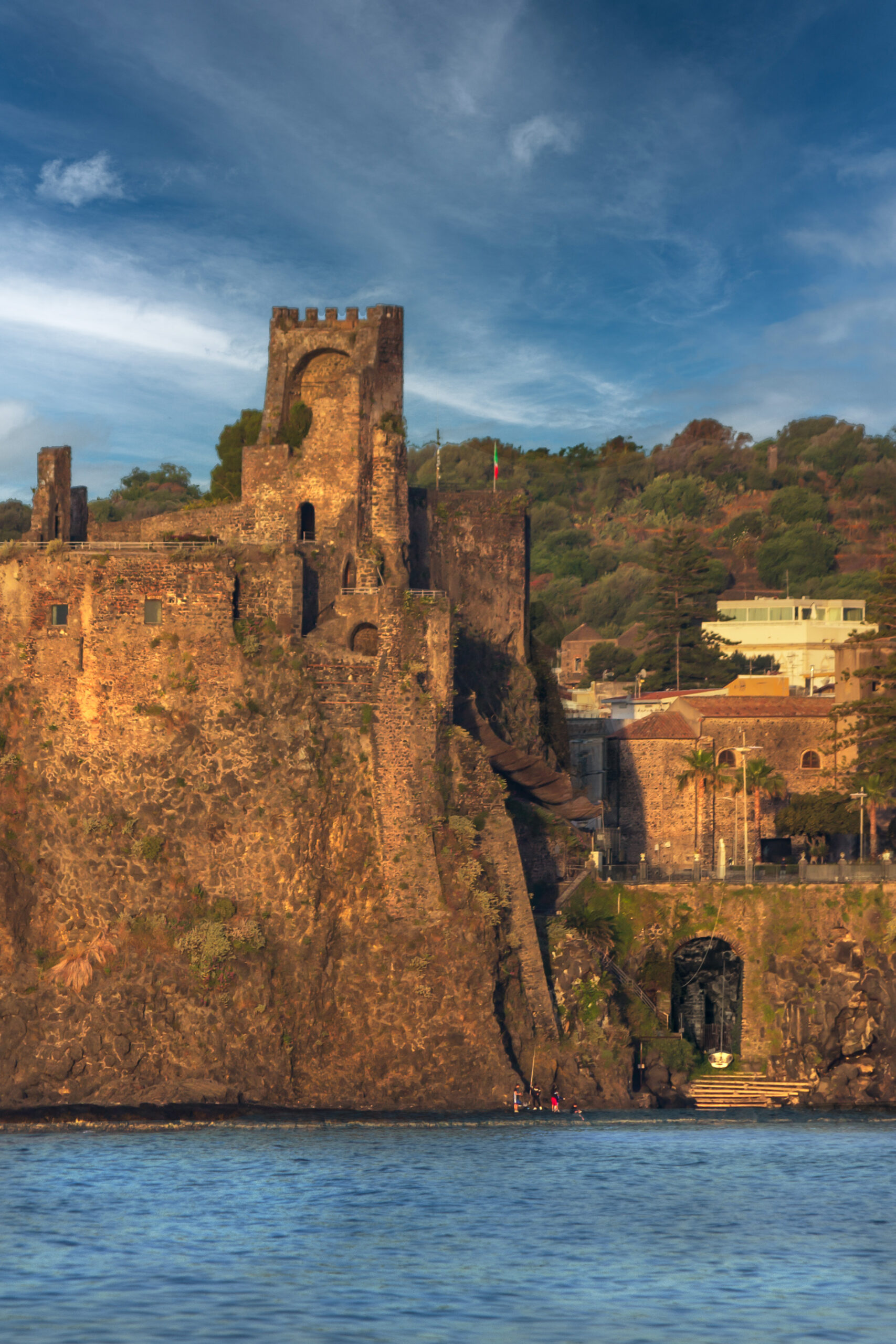
@giadaantonini_photography
- Morning: Alcantara gorges and Isola Bella
Spend about two hours visiting the volcanic gorges, which offer a unique spectacle, both going down inside and from the highest panoramic points that you come across following the path in the woods. You will have a thousand glimpses to capture, mainly with a wide angle shot.
In the late morning you reach Taormina, stopping for a few minutes along via Nazionale, immediately after the tunnel that leads towards the centre. From this point you will enjoy a breathtaking elevated view. Go down to the beach to relax a bit and enjoy the wonder of the island.
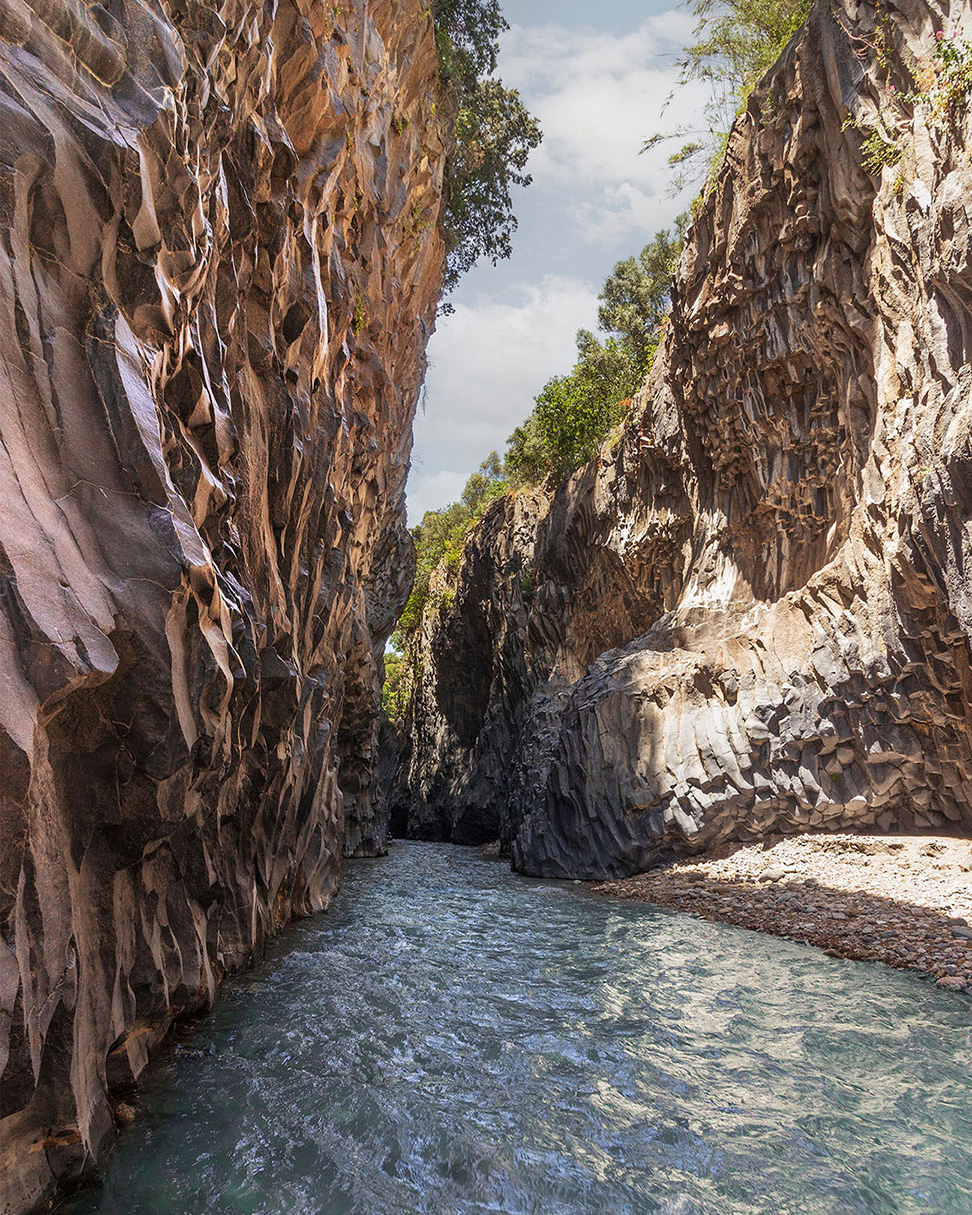
@giadaantonini_photography 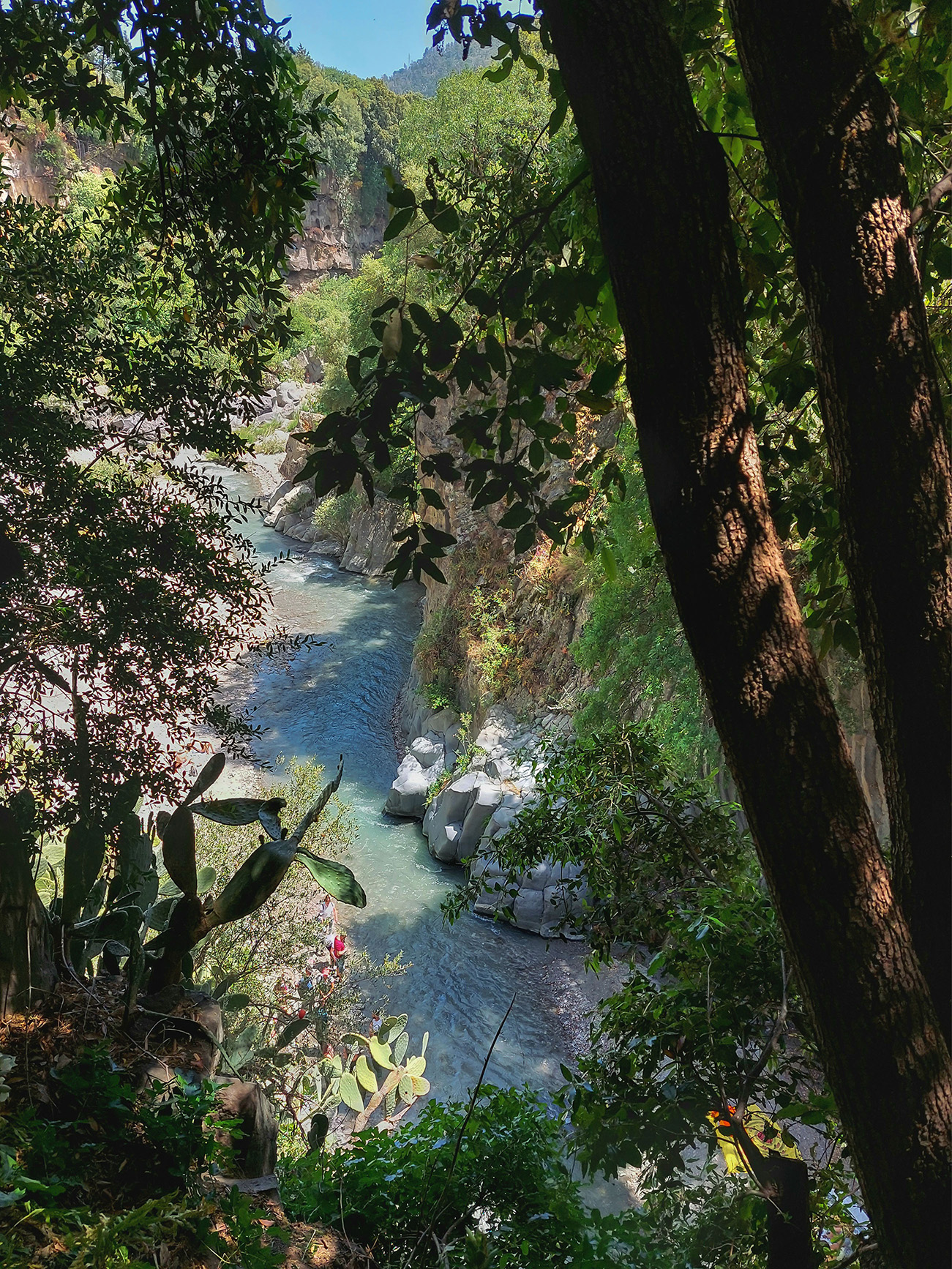
@giadaantonini_photography 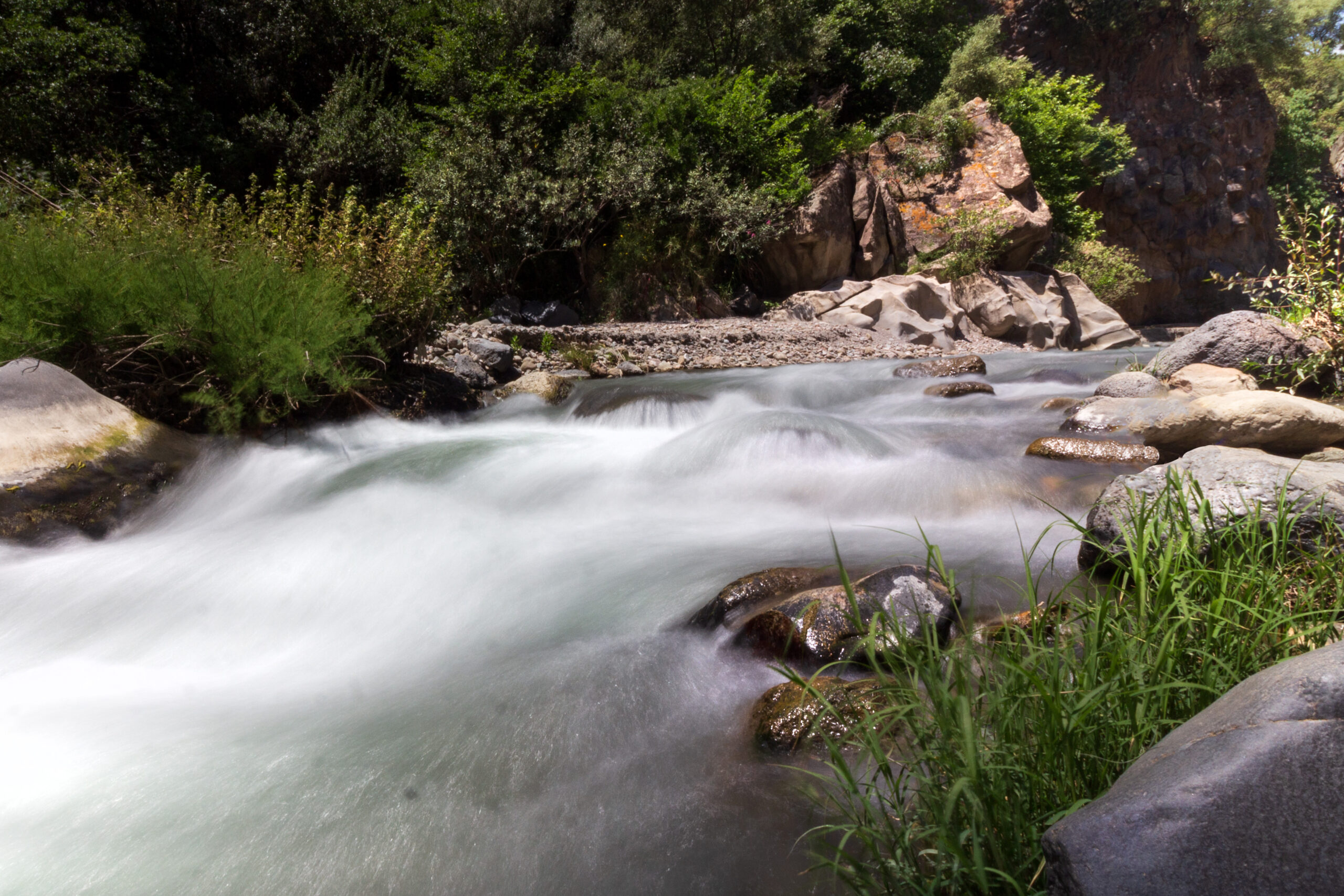
@giadaantonini_photography 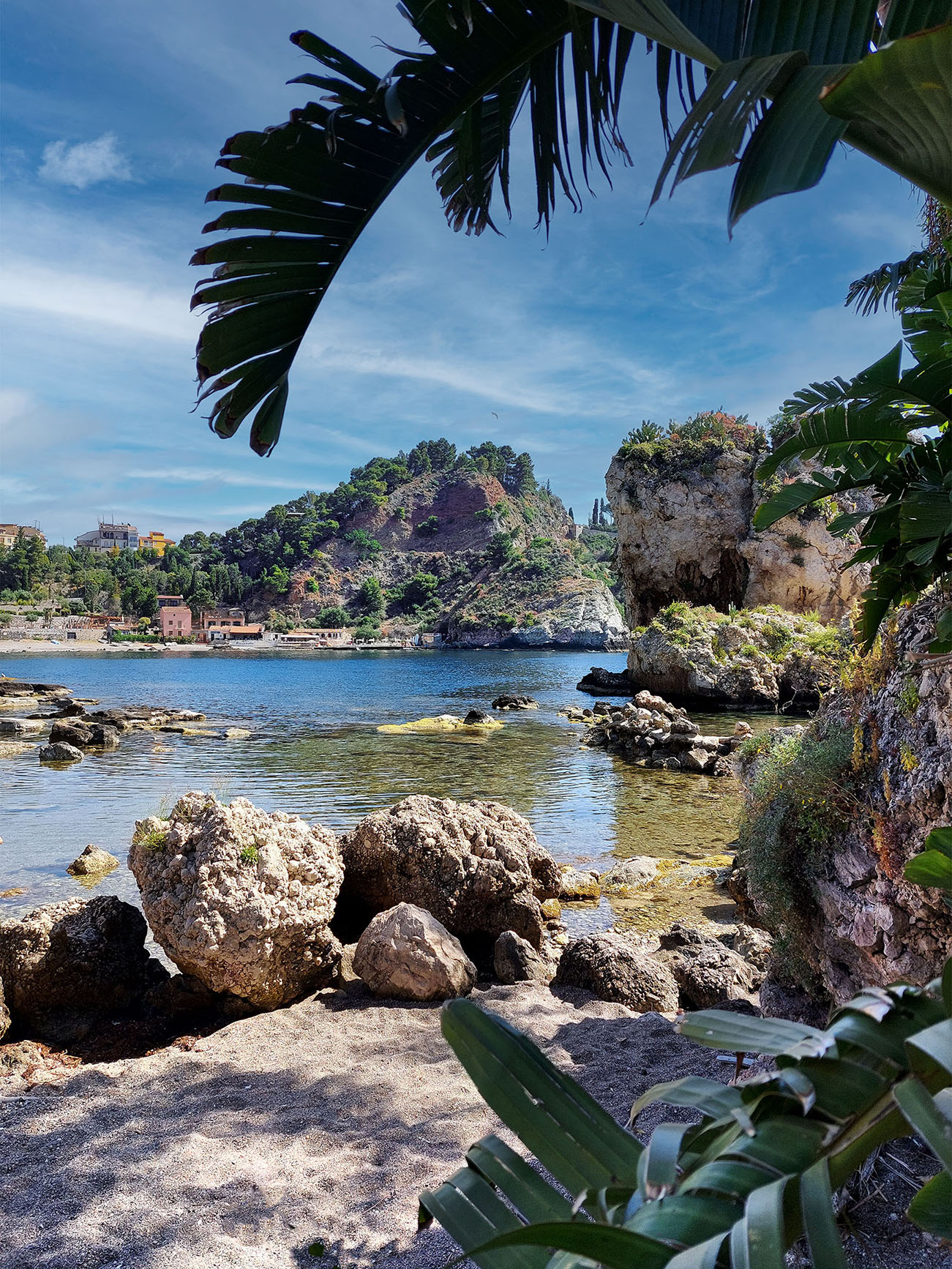
@giadaantonini_photography 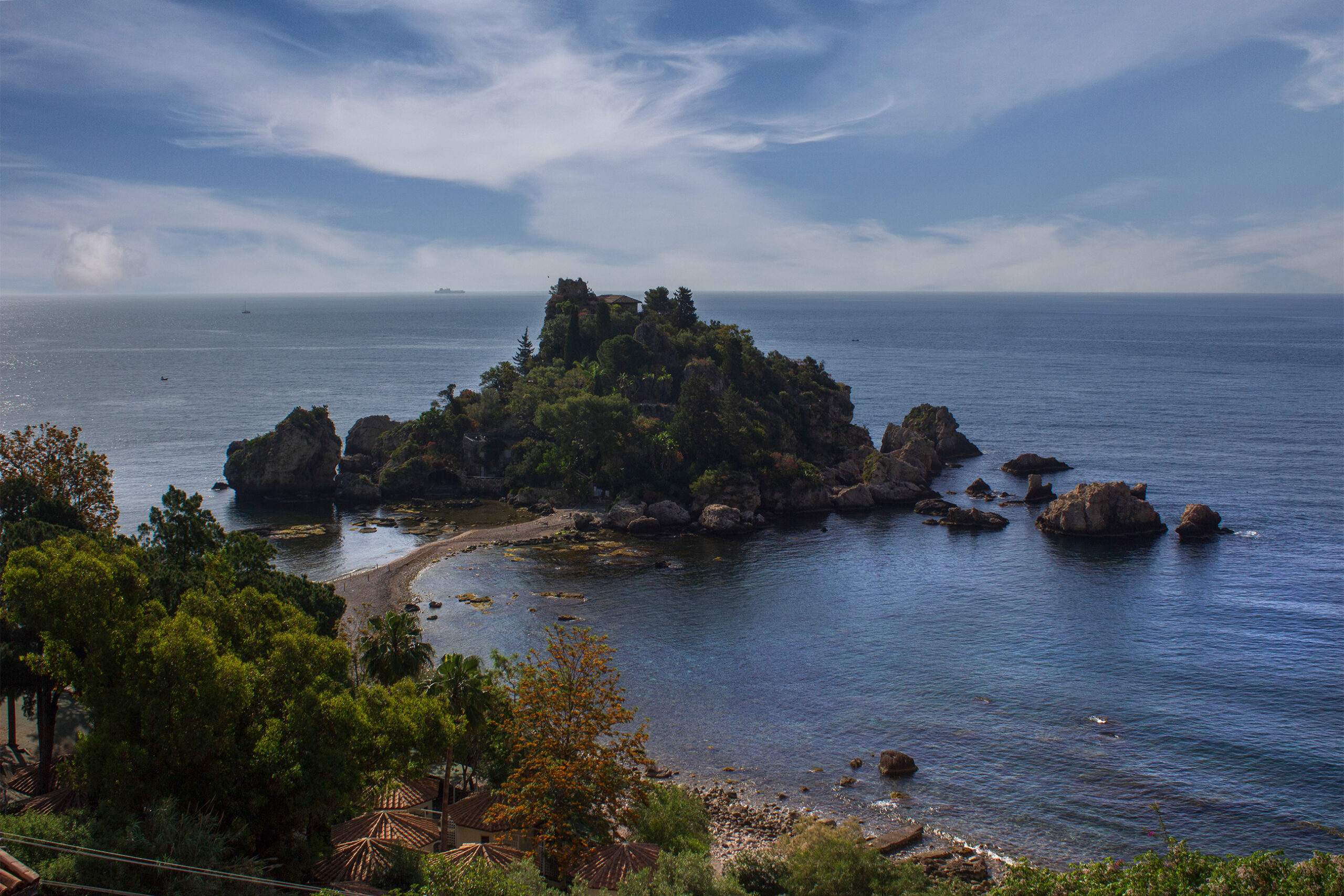
@giadaantonini_photography
- Afternoon and evening: Taormina.
Leave your car at the Porta Catania car park (for a fee, very convenient for reaching the city center) and start the visit from the gardens of the Villa Comunale, then get lost in the city streets and walk Corso Umberto I until you reach, at least one hour before sunset, the Greek Theater (check the opening hours for visits, considering the season of events). In this way you can admire the theater with the sunset and the Etna in the background. A gorgeous view.
![]() To best capture this moment, use the wide angle. To balance the exposure, with your smartphone, activate HDR correction, while with your reflex, help yourself with a graduated filter or shoot using bracketing. Read this article to learn more.
To best capture this moment, use the wide angle. To balance the exposure, with your smartphone, activate HDR correction, while with your reflex, help yourself with a graduated filter or shoot using bracketing. Read this article to learn more.
If the sunset time is beyond the visiting time, go there in the early afternoon. In this way the sun will be high and you will not have annoying backlight.
Leaving the theater, head towards Piazza IX Aprile, from which you can enjoy a breathtaking view of the sea. The square, dominated by the Church of San Giuseppe, dominated by the rock, is a very elegant place with the evening lights and the people crowd outside the clubs. Continue then to the historic Porta Catania. Stop for dinner in Taormina, don’t miss this unique atmosphere!
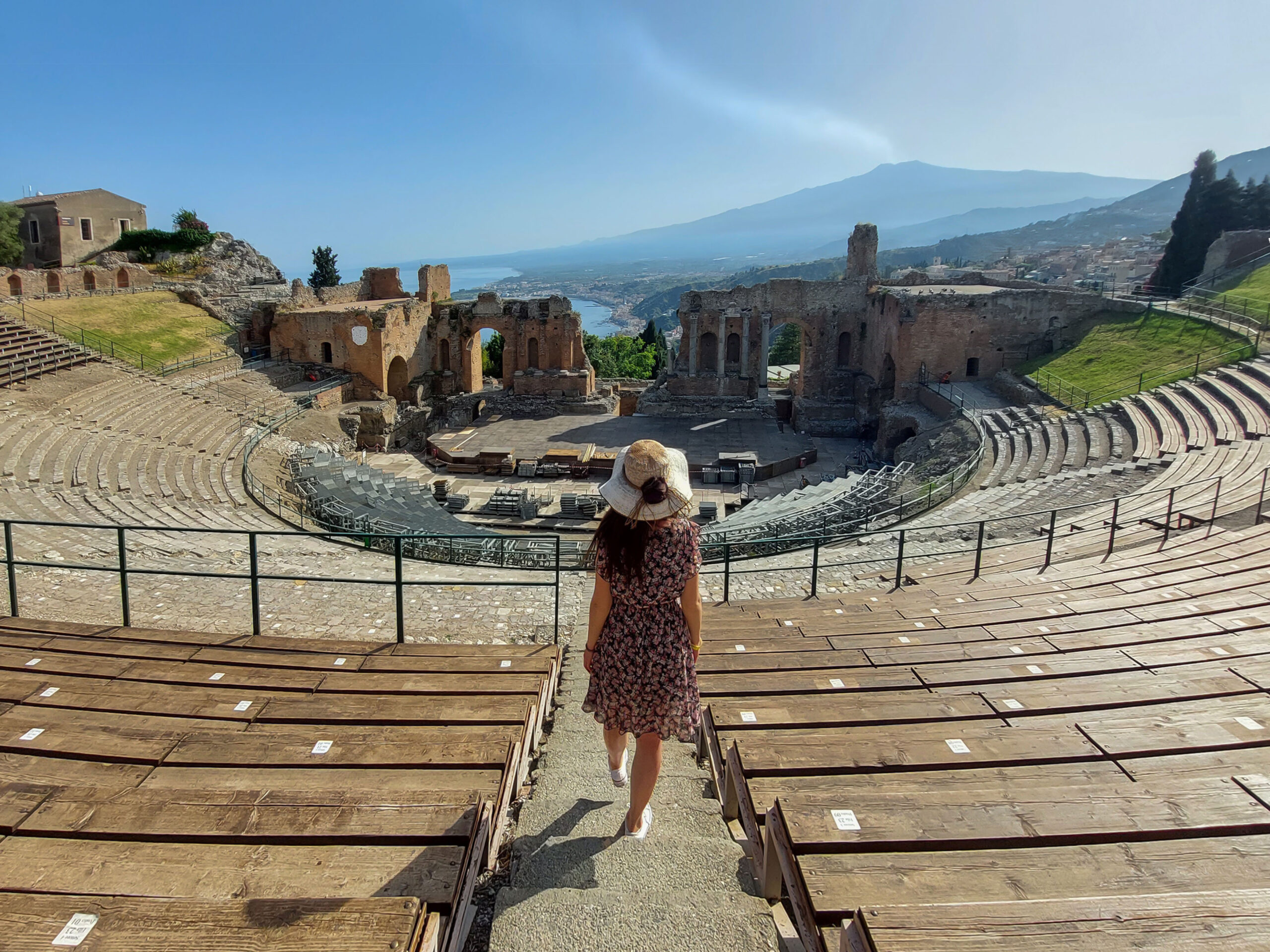
@giadaantonini_photography 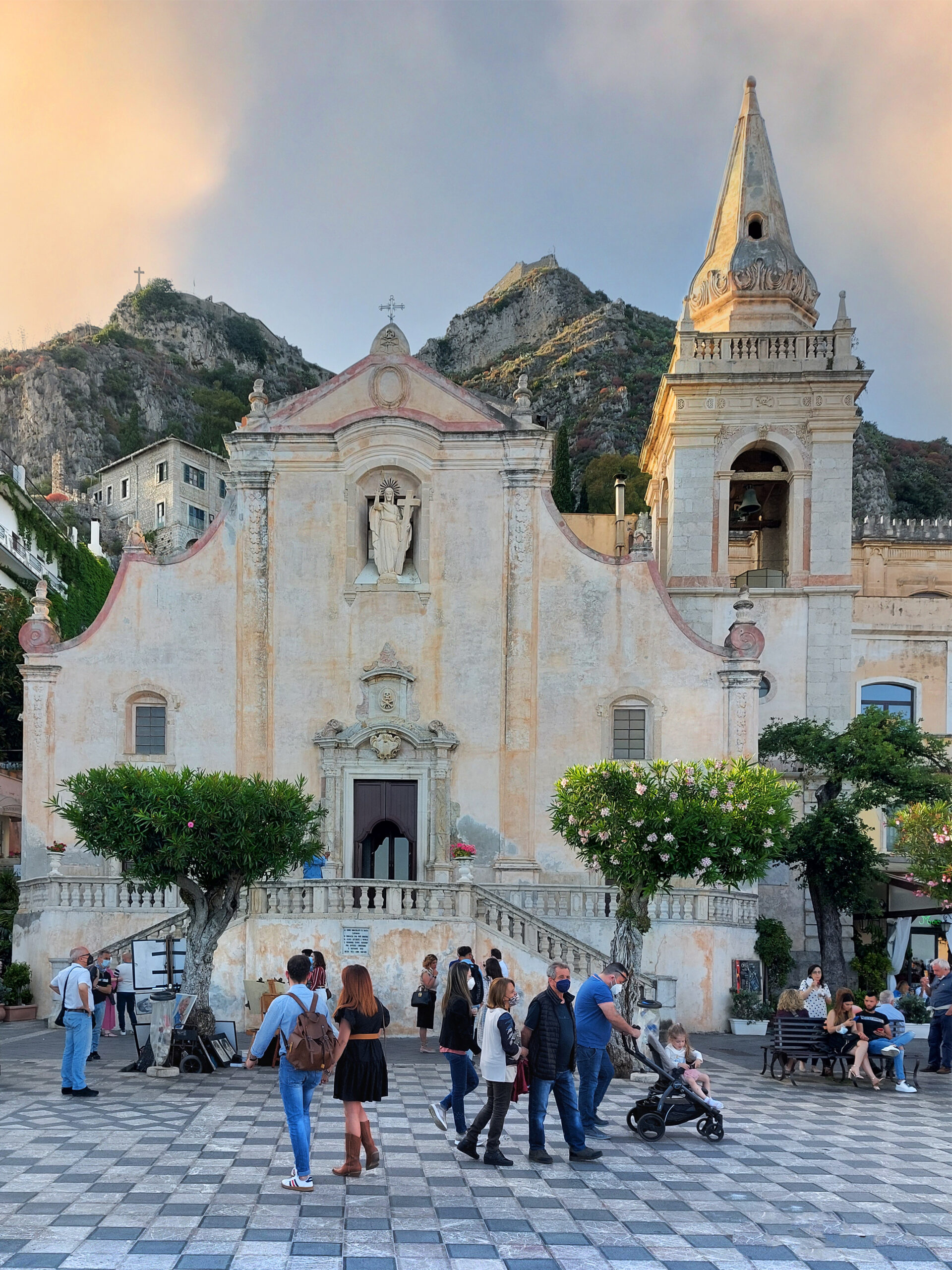
@giadaantonini_photography 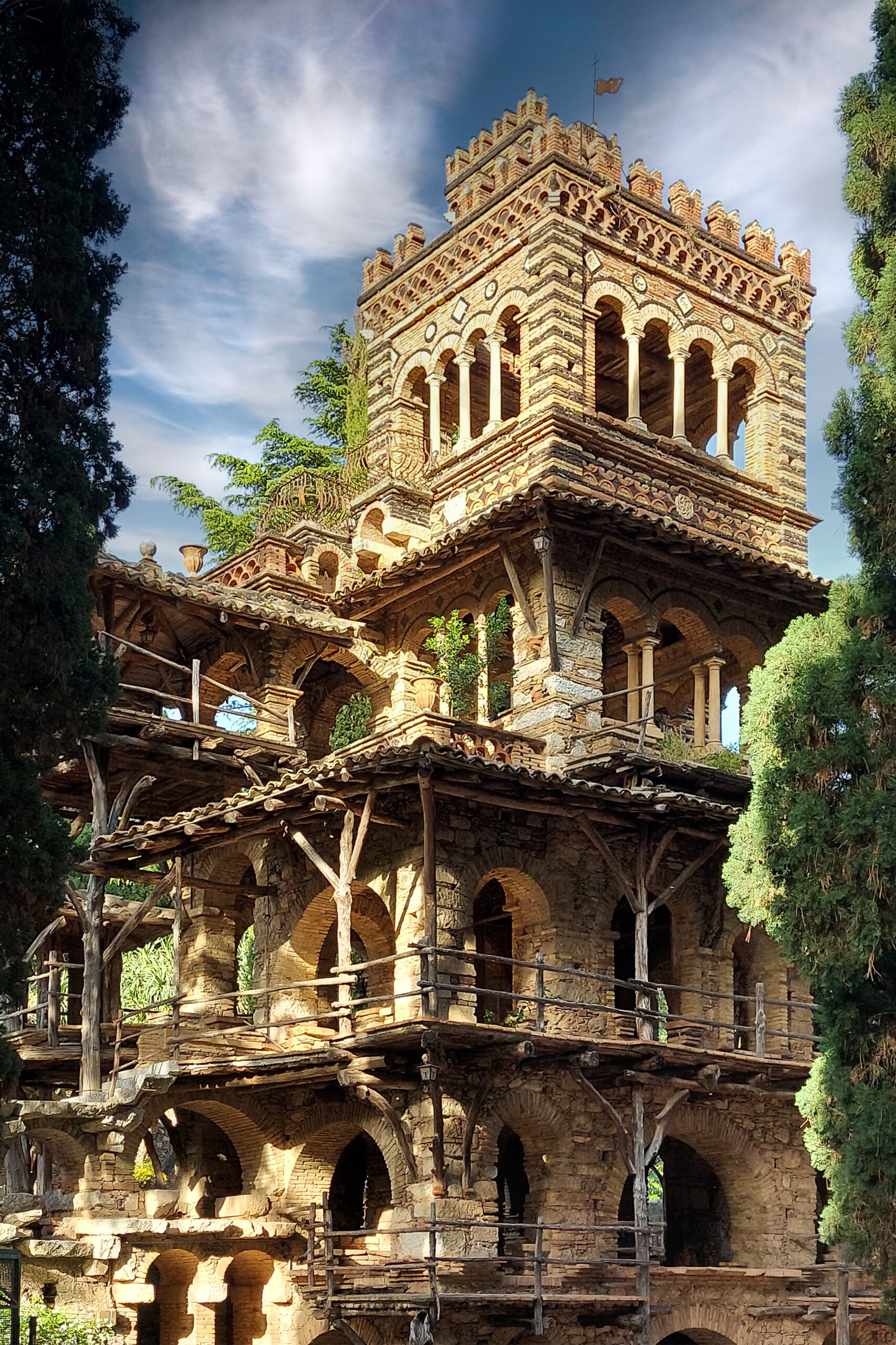
@giadaantonini_photography 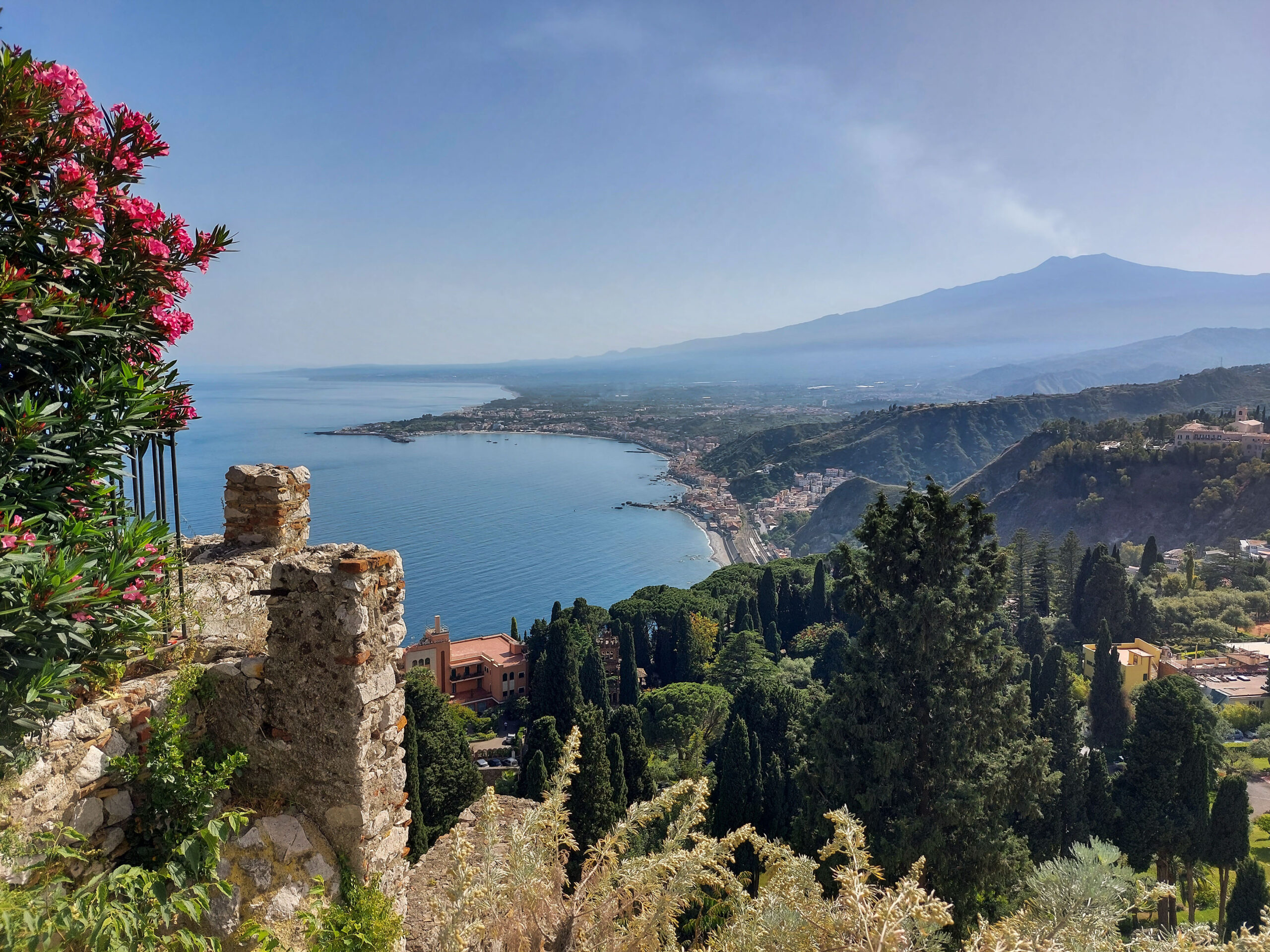
@giadaantonini_photography
Giorno 4: Siracusa
Leave from Catania and reach Syracuse, about an hour’s drive away, where you can stay for another two nights.
Morning: Siracusa beaches
It’s time to admire the sea, right in the Syracuse area. You can choose between the beaches of Fontane Bianche, Arenella or the Plemmirio Reserve, which are the closest to the city.
![]() The best time for photos will be in the central hours of the day, when the high sun will bring out the colors to the fullest.
The best time for photos will be in the central hours of the day, when the high sun will bring out the colors to the fullest.
- Afternoon and evening: Ortigia
Ortigia is the spectacular ancient part of Syracuse.
Start from the remains of the Temple of Apollo in Largo XXV Luglio, walk along Corso Giacomo Matteotti and admire the Diana Fountain in Piazza Archimede.
Then arrive in the suggestive Piazza Duomo and walk through the narrow streets of the city up to Maniace Castle, which is worth a visit: the structure is beautiful and the view from the fortifications at sunset is amazing.
Leaving the castle, continue along the Lungomare Alfeo, observing the sun sinking into the sea and the sky turning red, until you reach Largo Aretusa.
Along the walk, you can capture some glimpses of typical Syracusan life.
In the evening, with the warm lights illuminating the white facades, Ortigia is truly exciting.
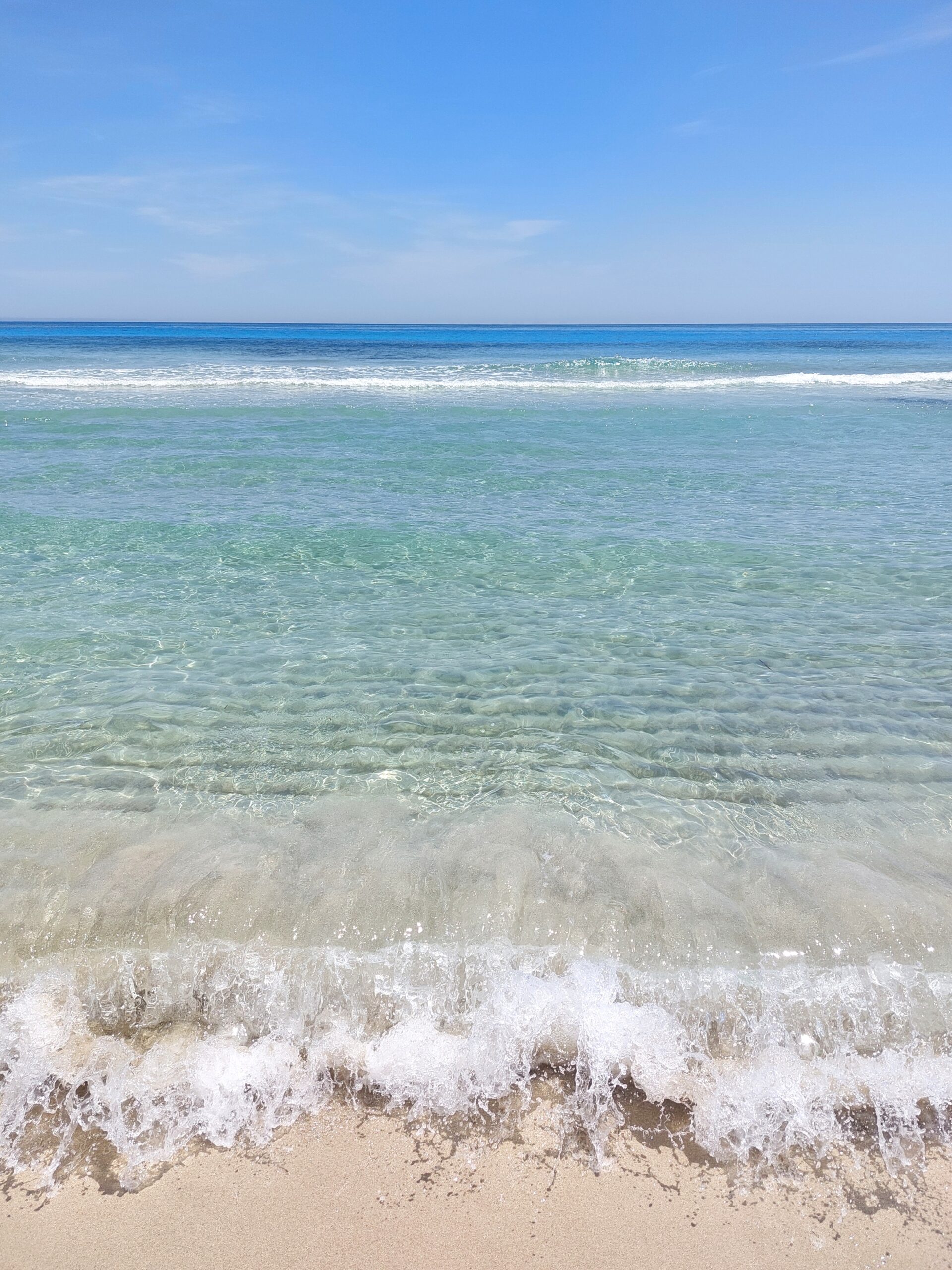
@giadaantonini_photography 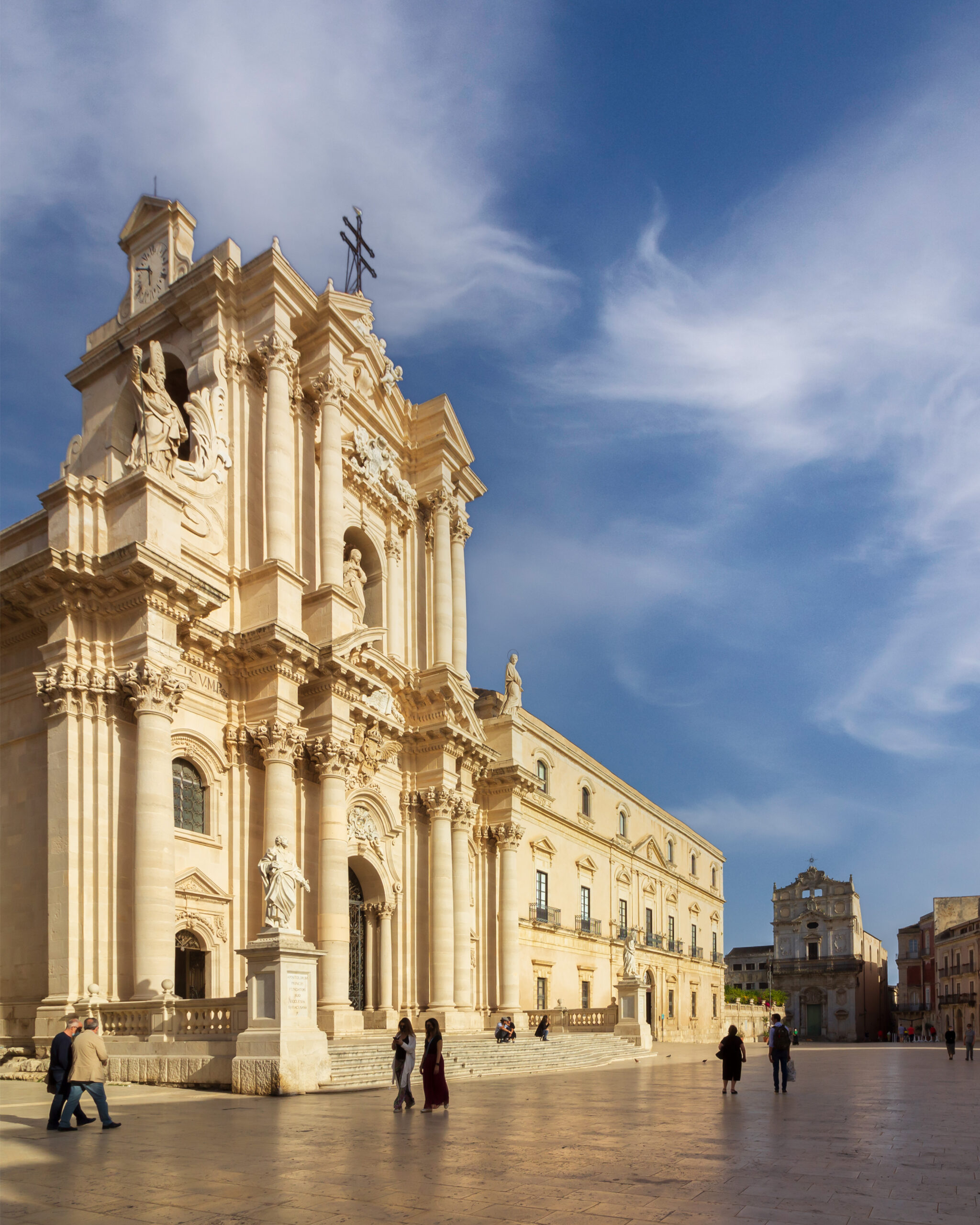
@giadaantonini_photography 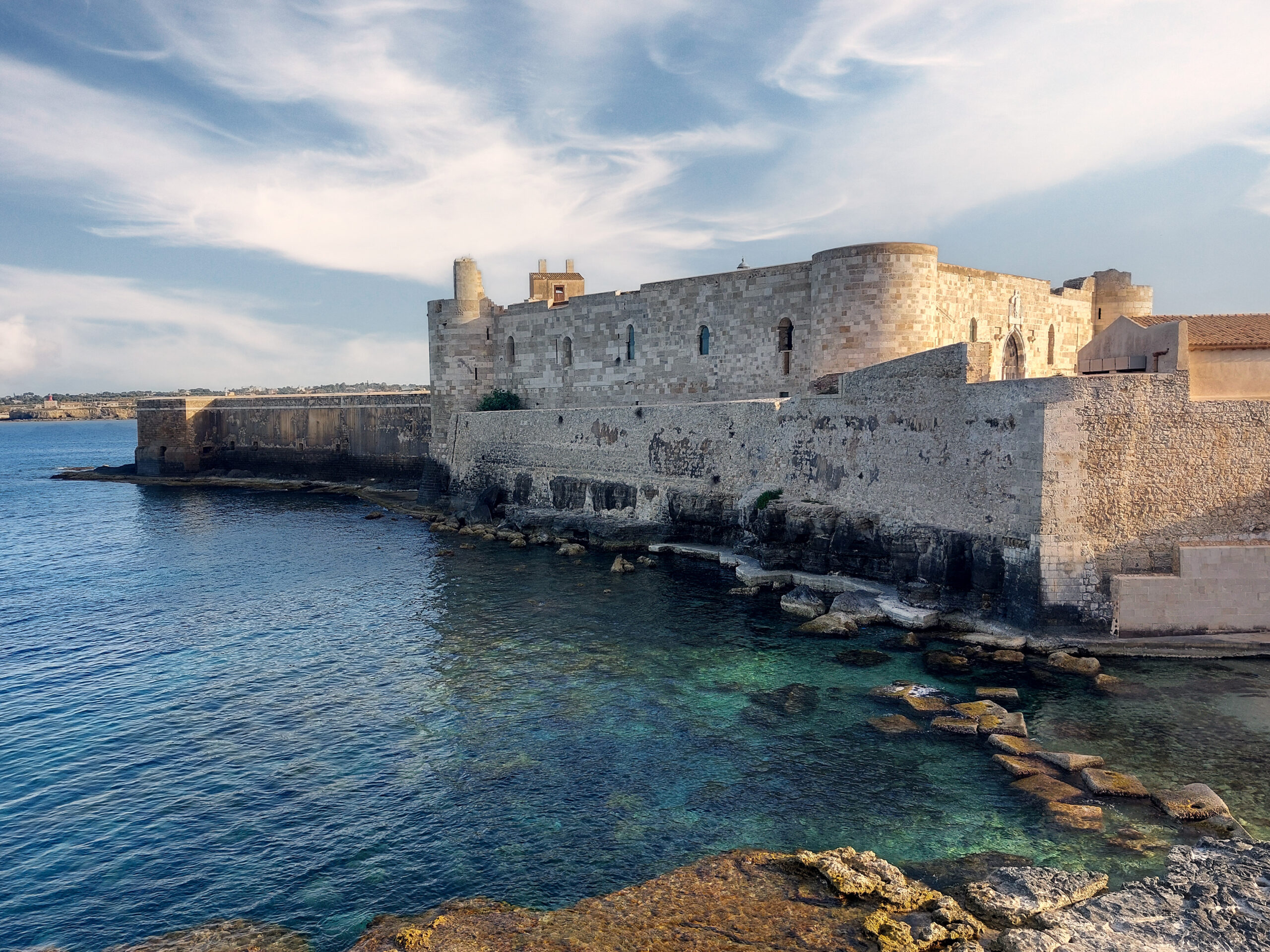
@giadaantonini_photography 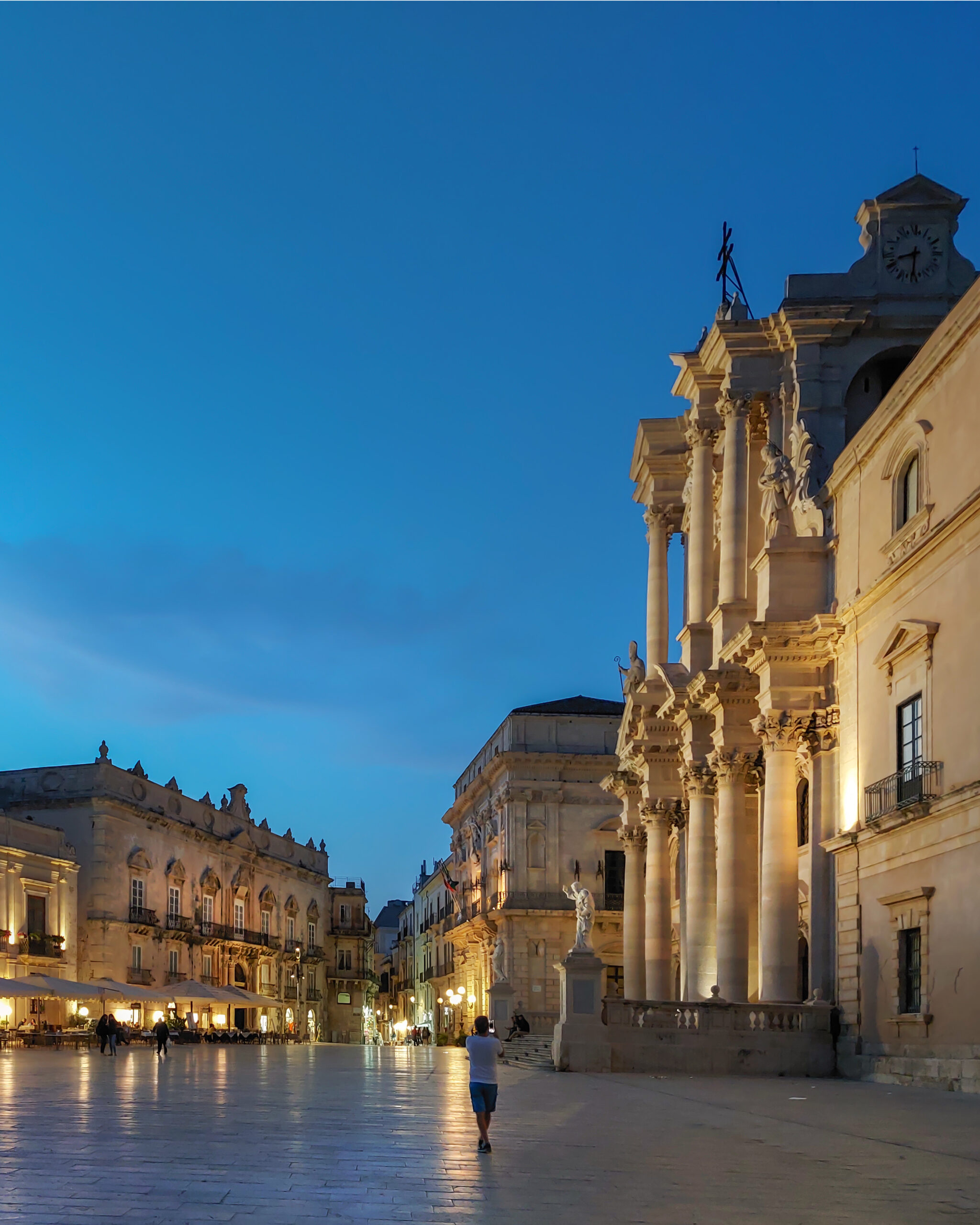
@giadaantonini_photography 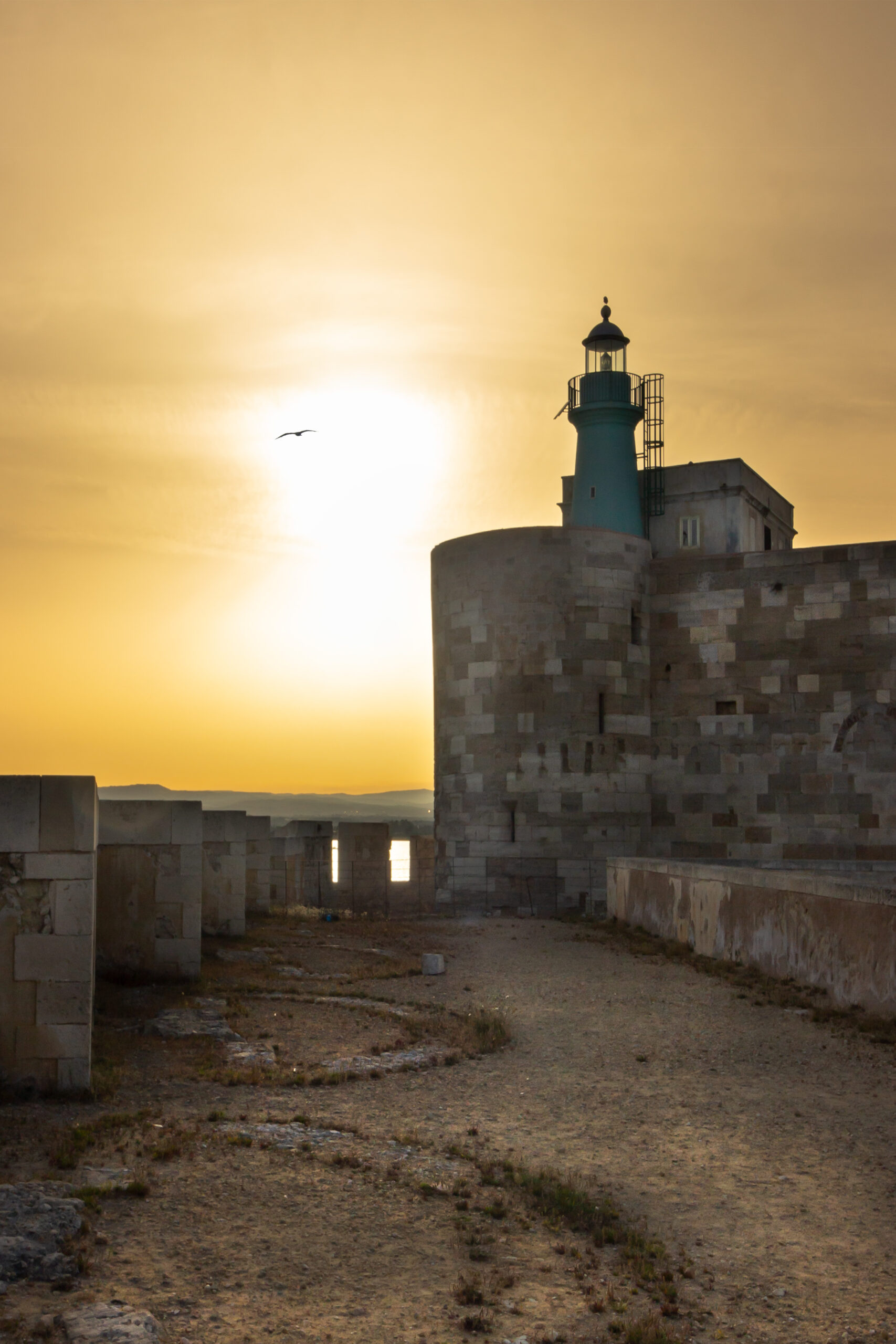
@giadaantonini_photography 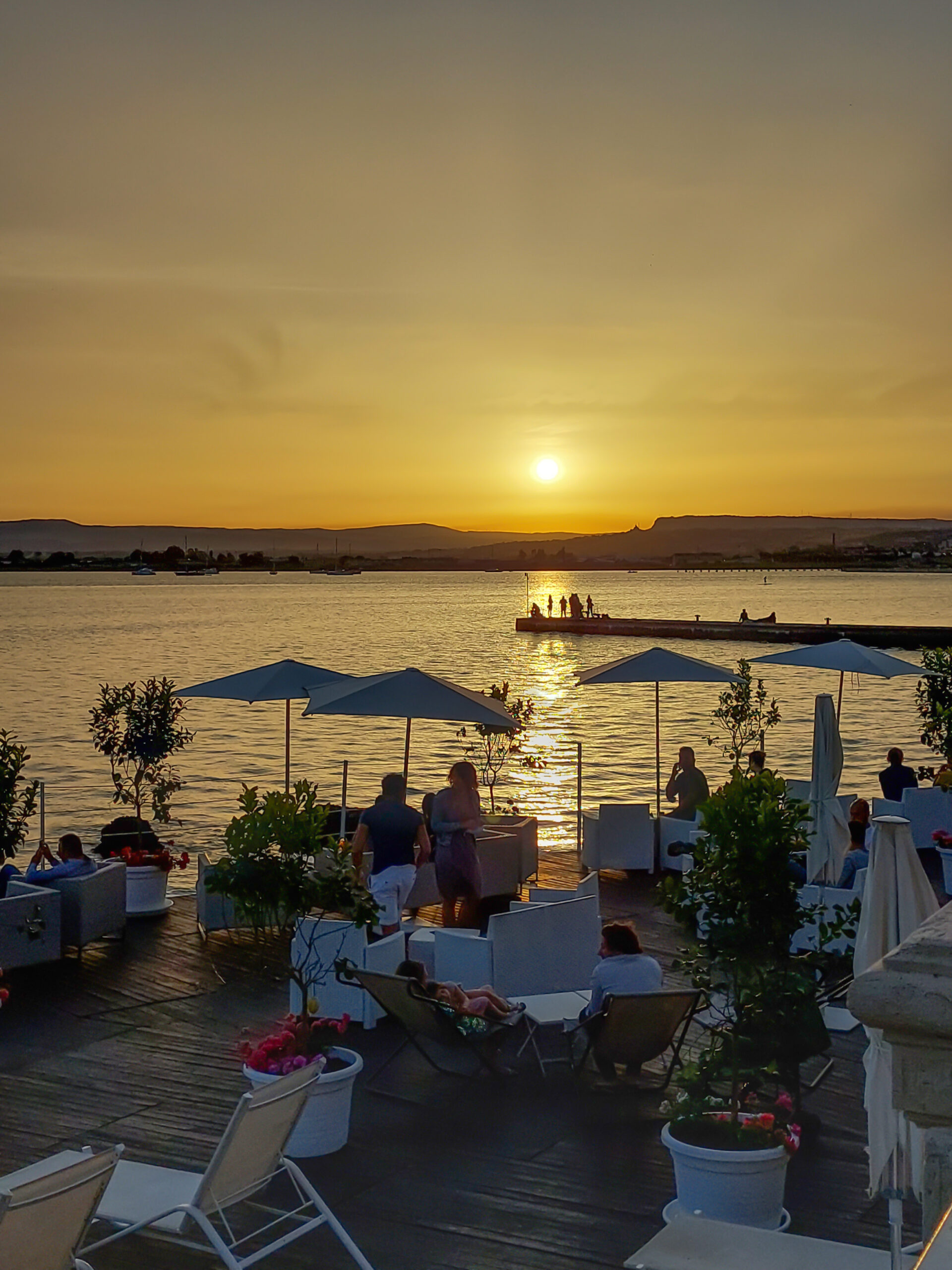
@giadaantonini_photography
Day 5: Noto, Modica and Ragusa
A tour of the three historic centers declared a World Heritage Site by UNESCO.
- Morning: Noto
Spend about two hours visiting this wonderful city.
The first stop is the famous Cathedral of San Nicolò which faces the elegant Palazzo Ducezio.
If you are traveling in spring, I recommend checking the dates for the Infiorata di Noto (usually between the middle and the end of May), a unique event, during which Via Nicolaci is covered with incredible drawings made up of flowers, absolutely not to be missed.
![]() To take some nice photos and enjoy the panorama of the city, go up to the terrace of the Church of San Carlo al Pozzo, from which you have a beautiful perspective.
To take some nice photos and enjoy the panorama of the city, go up to the terrace of the Church of San Carlo al Pozzo, from which you have a beautiful perspective.
Take a short tour through the streets of the city to discover the themed painted stairways and some panoramic views from the streets at higher altitudes. From here, with the zoom, you can capture architectural details and narrow views.
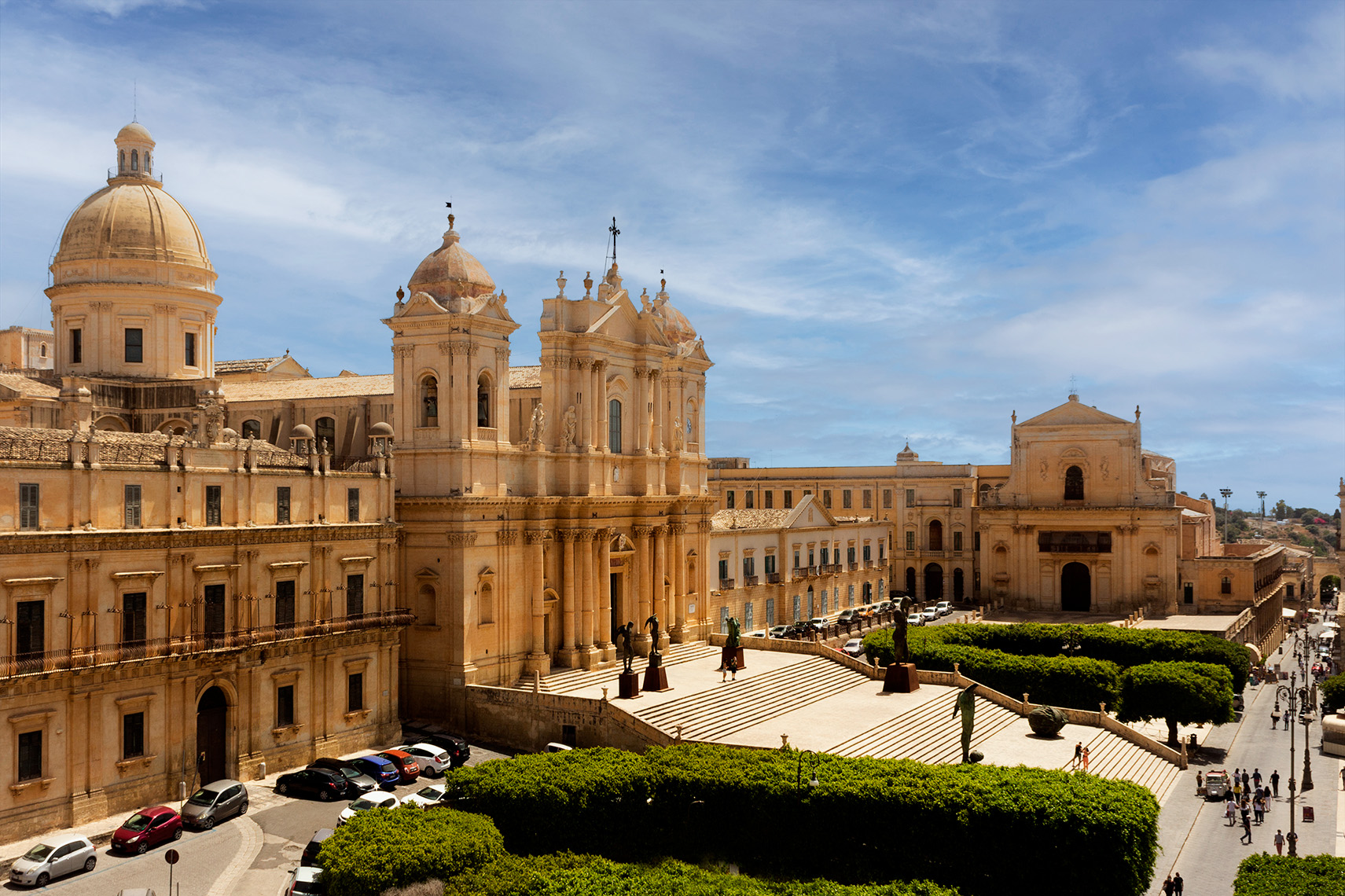
@giadaantonini_photography 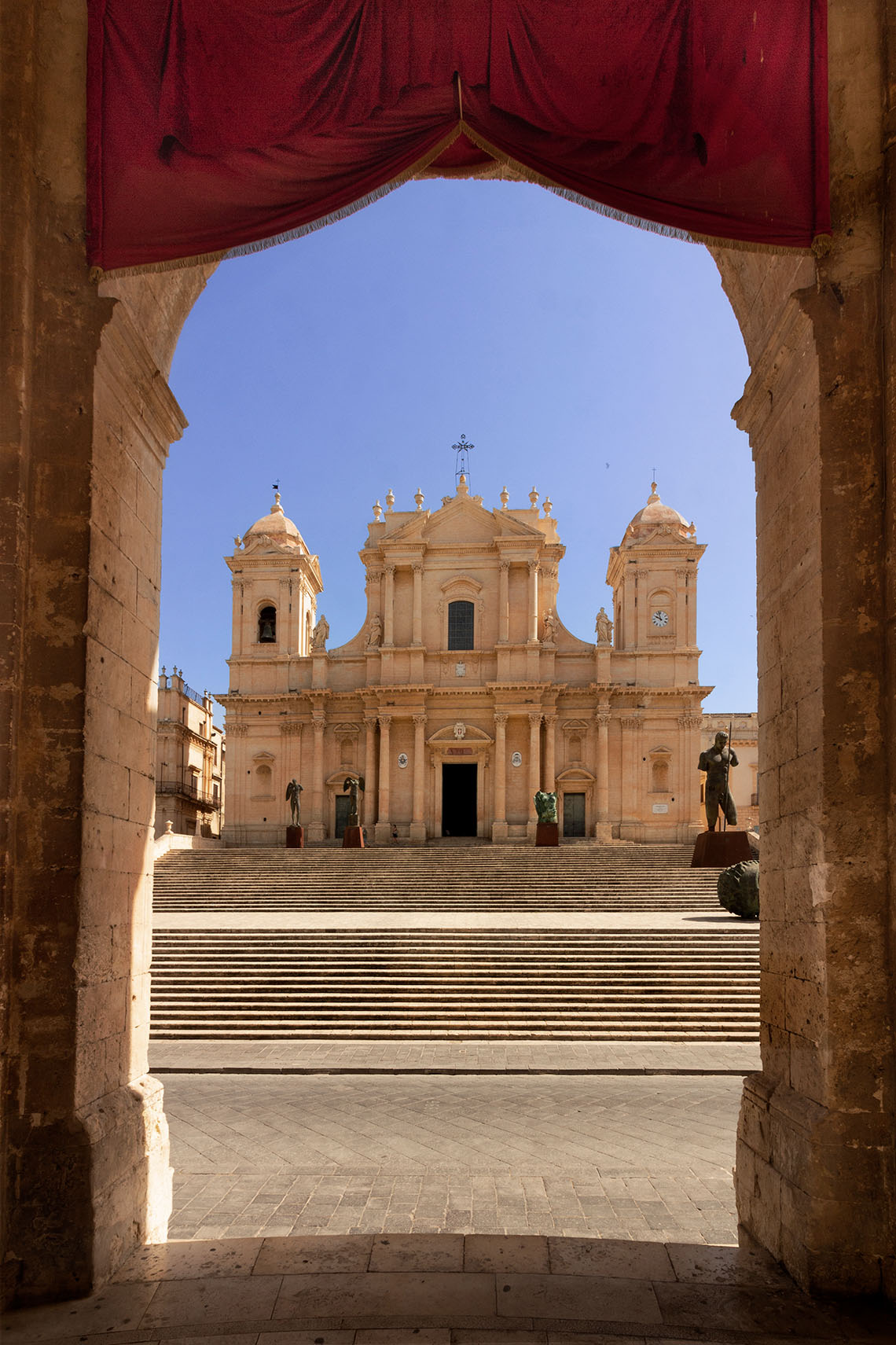
@giadaantonini_photography 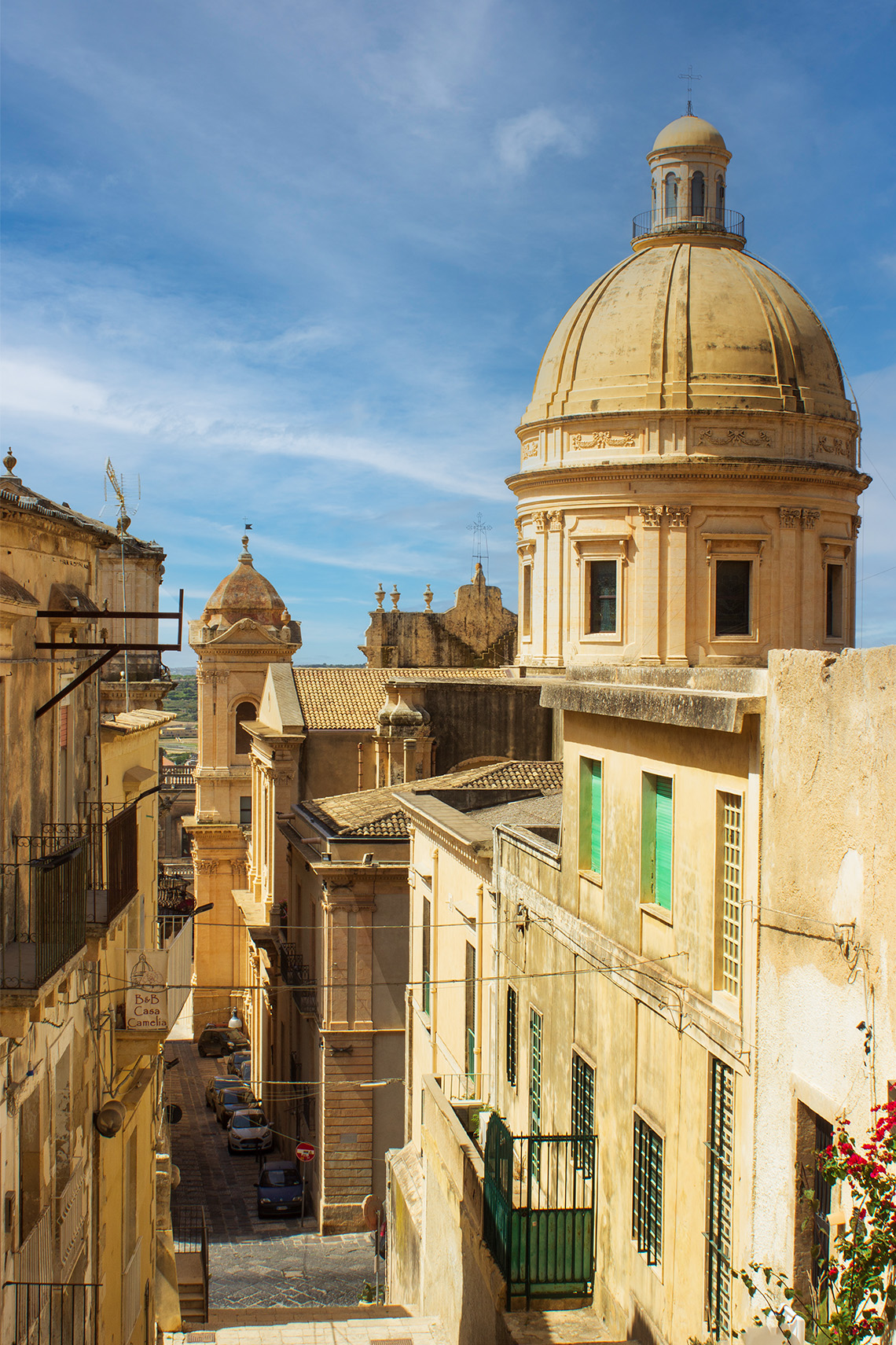
@giadaantonini_photography 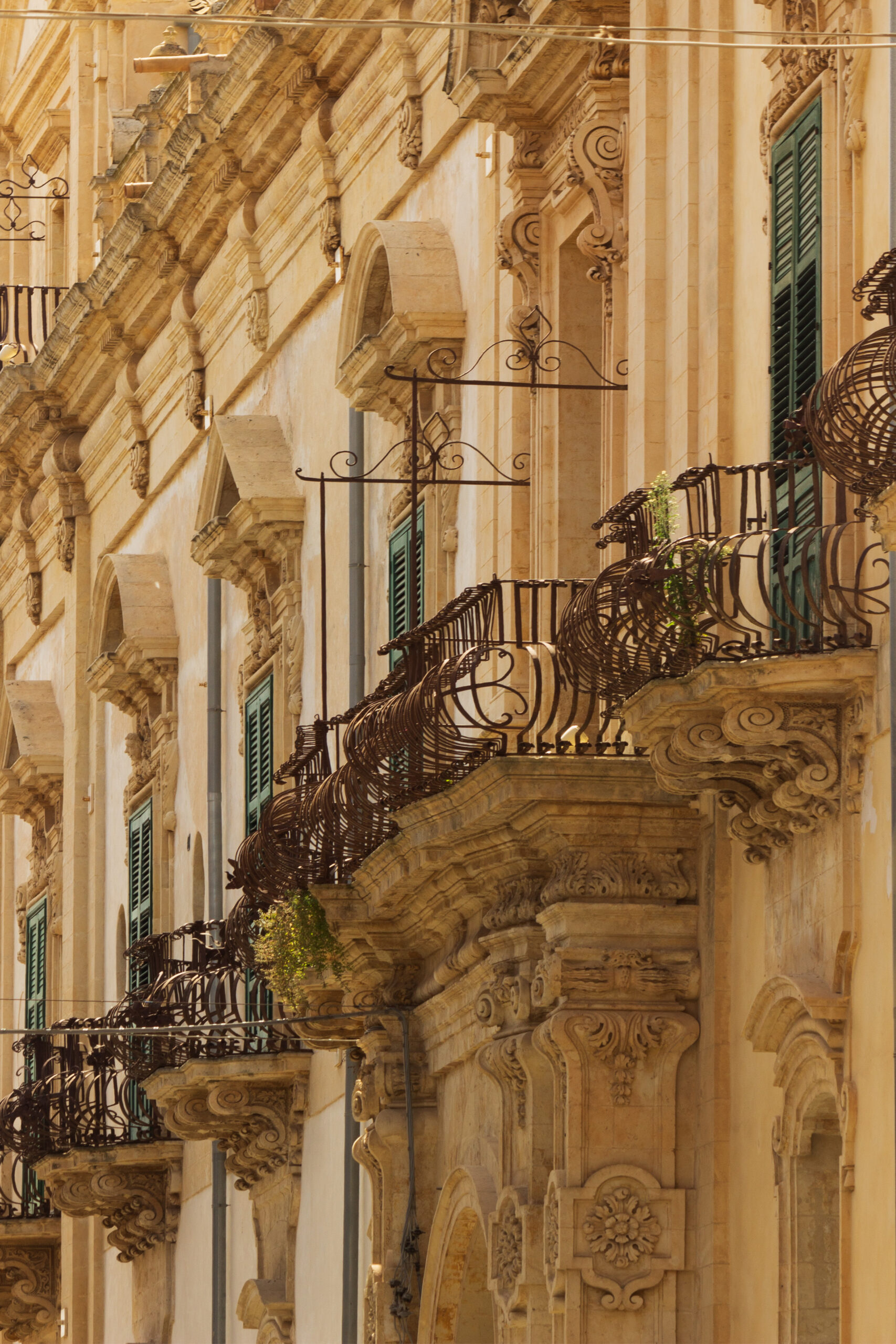
@giadaantonini_photography
- Central hours: Modica
Before arriving in the city, the beauty of Modica can be admired from some panoramic points, which in the central hours, when the sun is high in the sky, will give back wonderful colors and lights.
![]() The first stop not to be missed is at the Belvedere di San Benedetto (beautiful even at sunset, with the evening lights).
The first stop not to be missed is at the Belvedere di San Benedetto (beautiful even at sunset, with the evening lights).
Another stop must be dedicated to Belvedere Pizzo, before climbing the stairs that lead to the suggestive Cathedral.
Use the wide angle to capture the city as a crib, then, with the zoom, focus on some details of the streets and the roofs.
We recommend going to the small Bar del Duomo, where you can find yummy sandwiches with local ingredients and you can taste the great Modica chocolate granita, famous all over the world.
After a two-hour visit, including the lunch break, you can continue towards Ragusa.
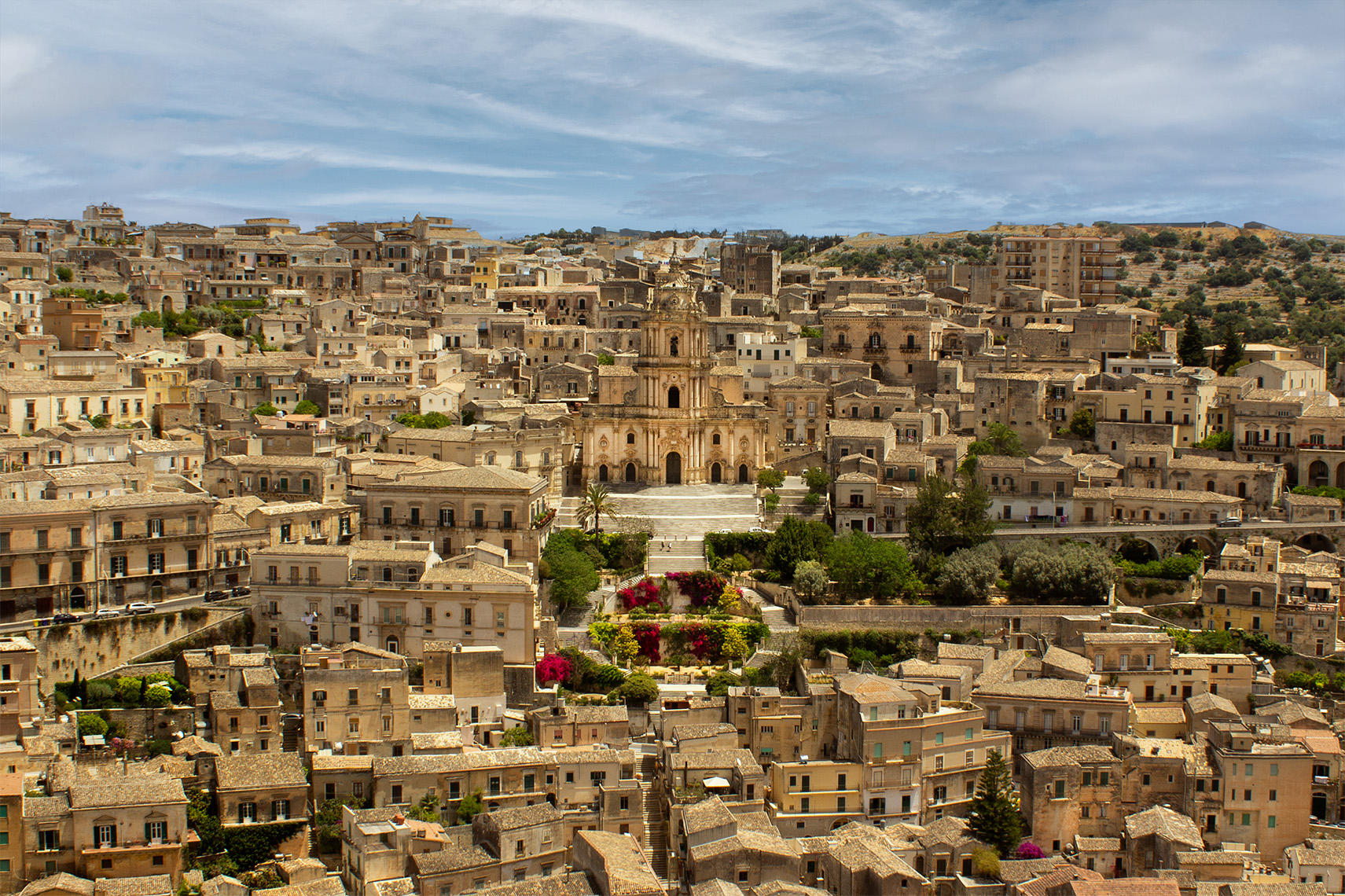
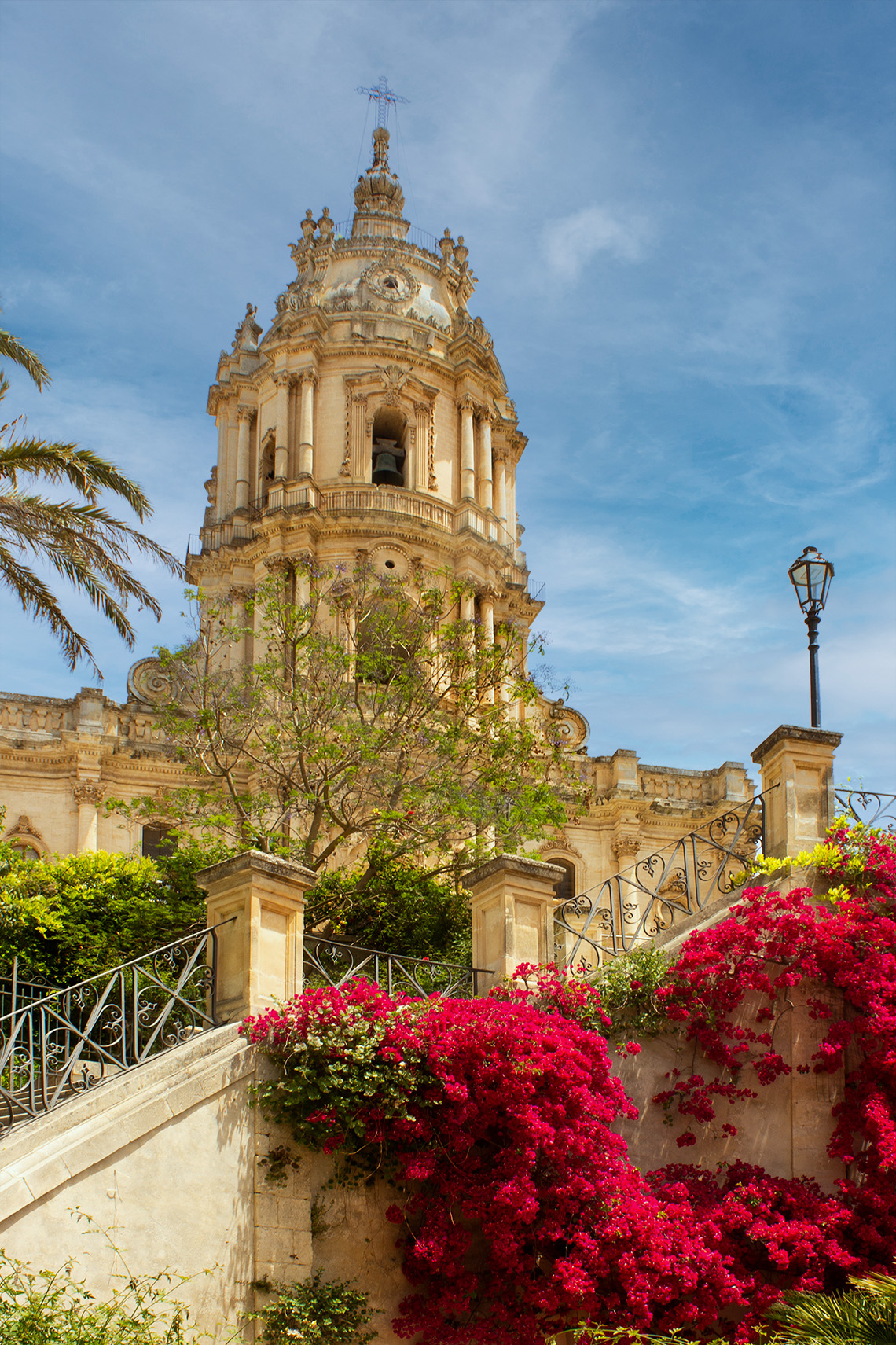
@giadaantonini_photography 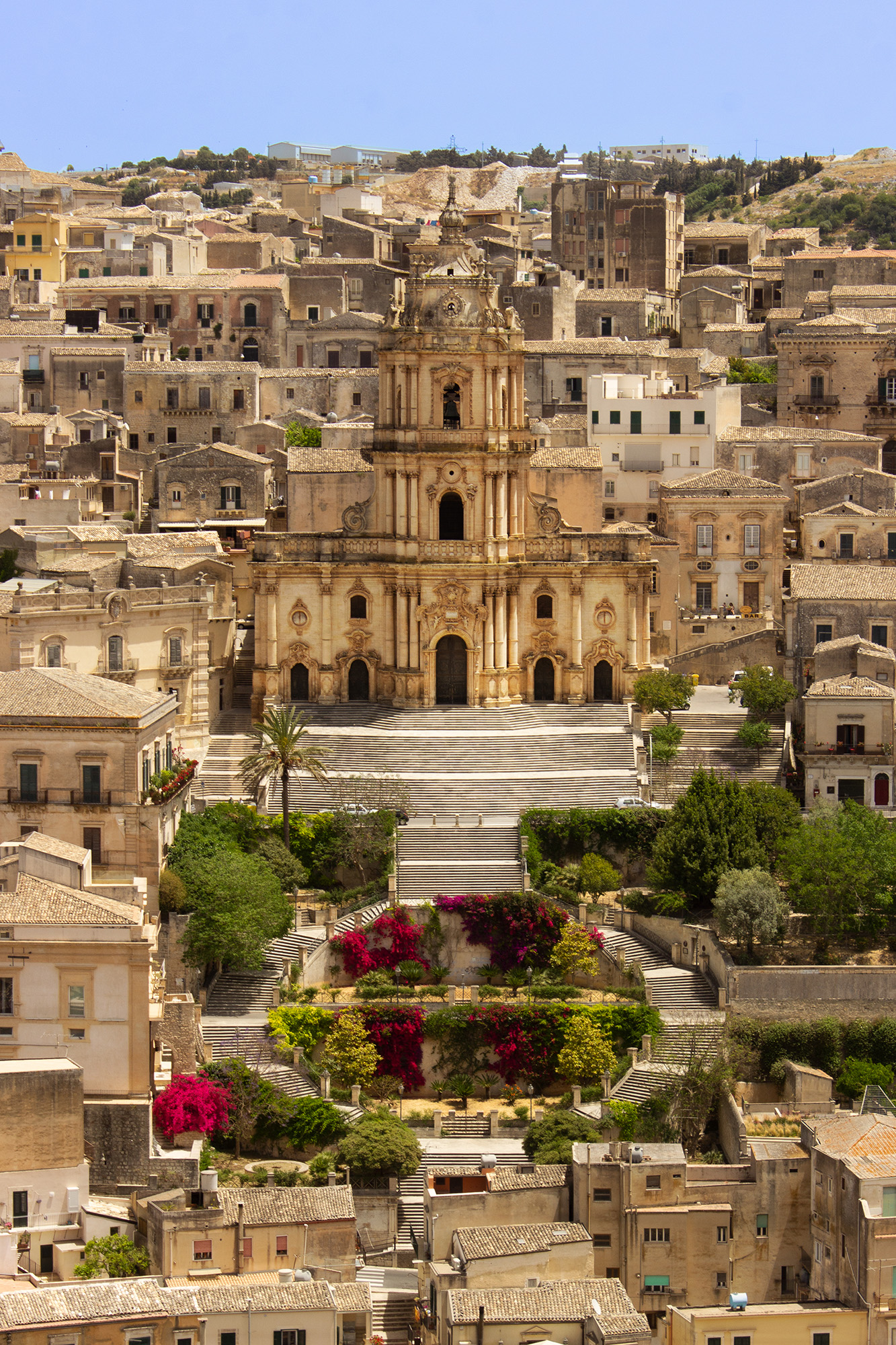
@giadaantonini_photography 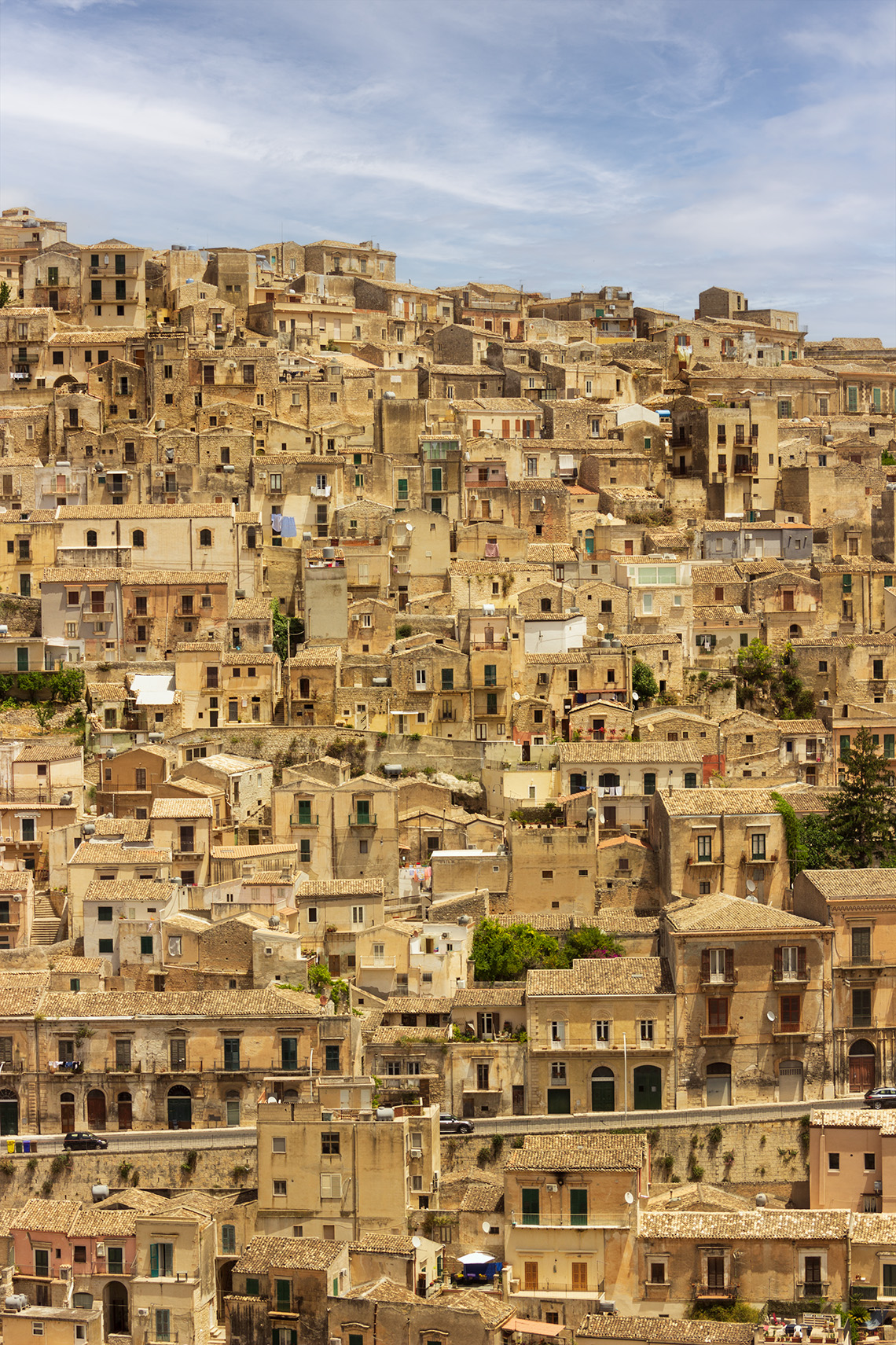
@giadaantonini_photography
- Afternoon: Ragusa
Also in this case, first of all, there are incredible points to admire the beauty of the city.
![]() The first is along via Risorgimento, near the hospital, where you can see the view of Ragusa and Ragusa Ibla, the oldest historical nucleus.
The first is along via Risorgimento, near the hospital, where you can see the view of Ragusa and Ragusa Ibla, the oldest historical nucleus.
The second photographic stop is along the bends of Corso Mazzini, which offer a view of Ragusa Ibla with, in the foreground, the blue bell tower of the Church of Santa Maria dell’Itria. Give this dome a central place in your composition, or place it along one third of the grid (read more about composition on this article).
Once you have parked your car, go to the fascinating and panoramic Percorso delle Scale, from which you can reach the old city. Go up to Piazza Duomo, dominated by the imposing Baroque cathedral of San Giorgio and continue towards the Ibleo garden.
In the new part of the city, walk along Corso Italia and visit the Cathedral of Giovanni Battista.
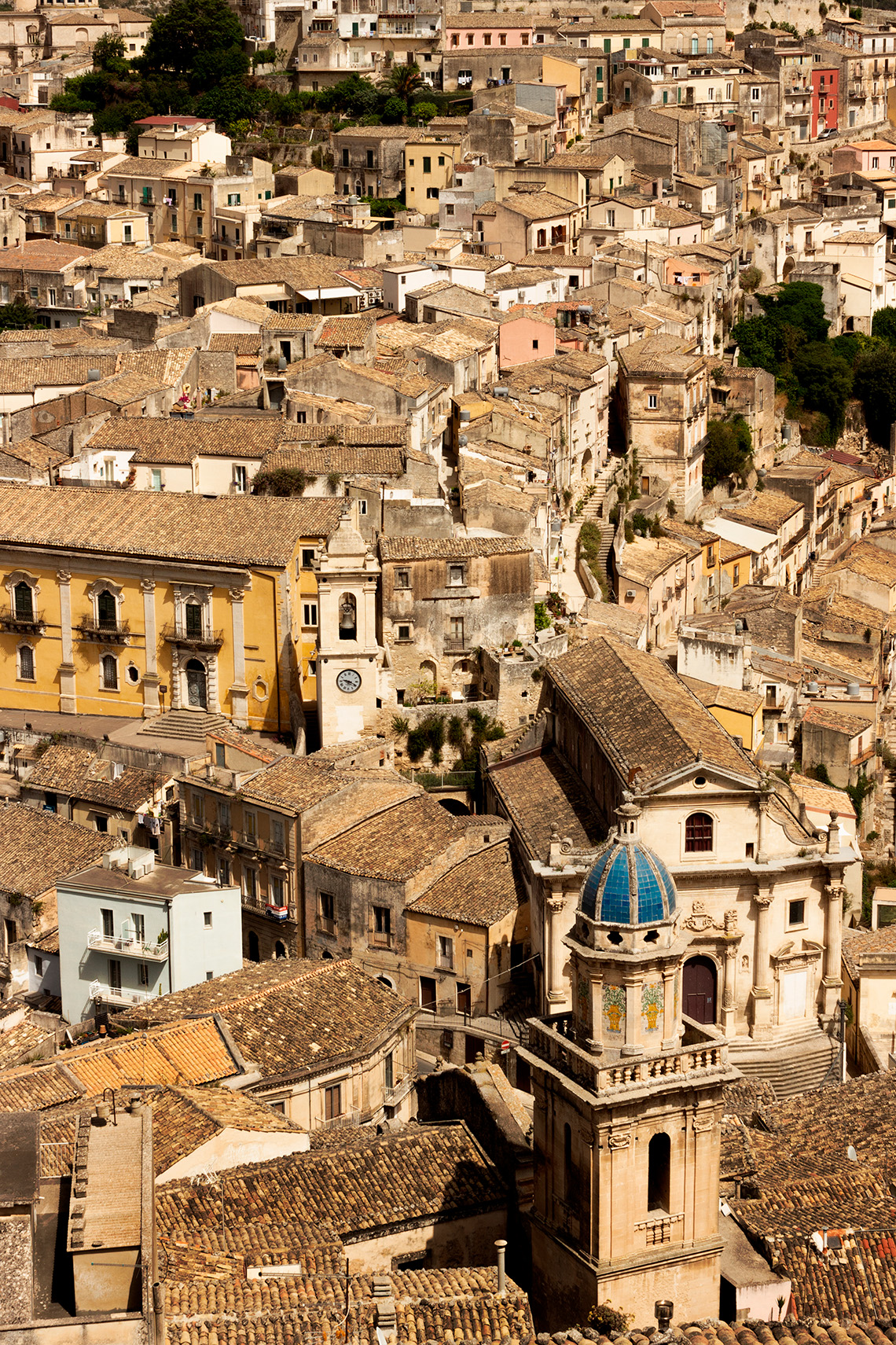
@giadaantonini_photography 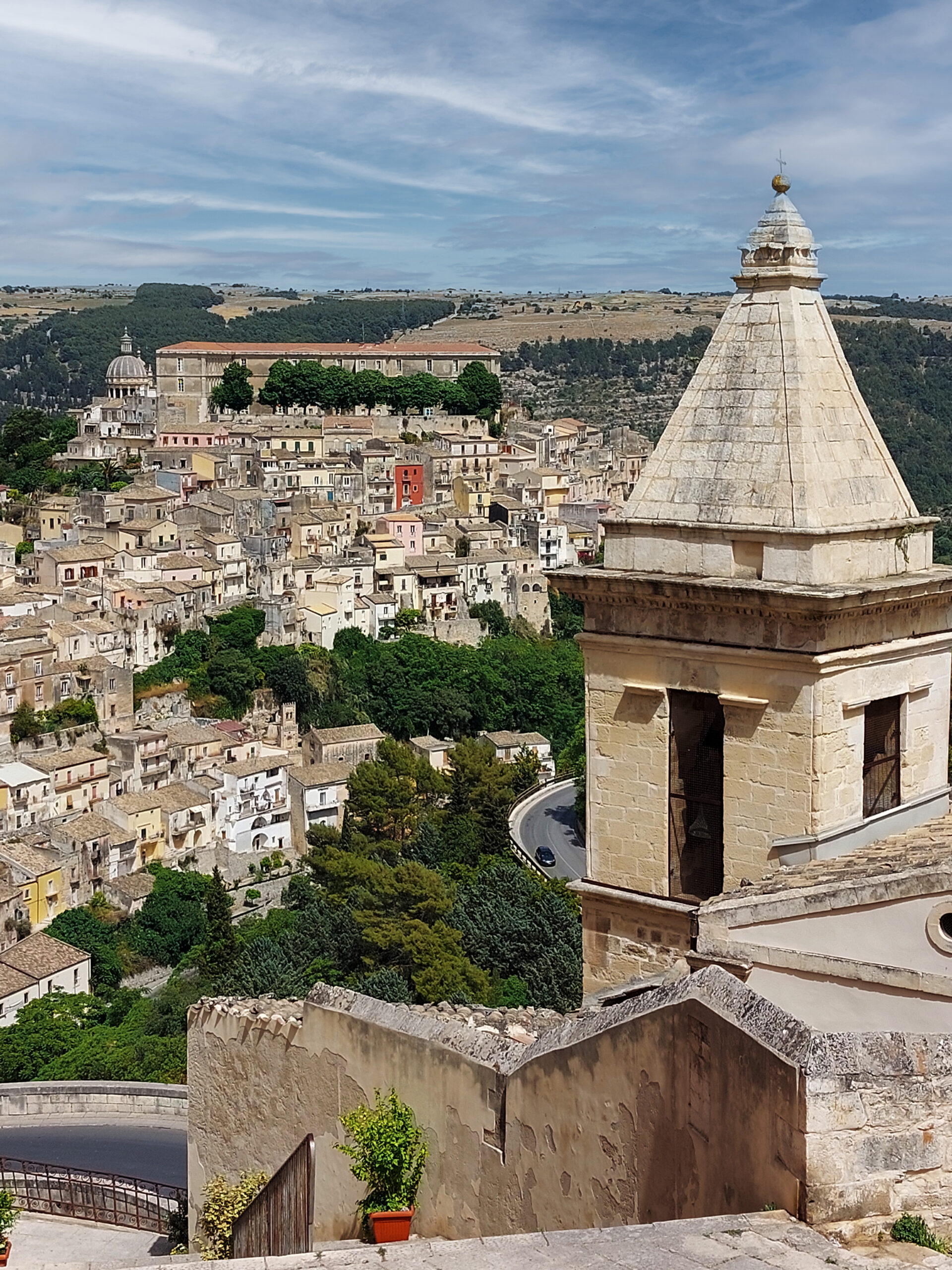
@giadaantonini_photography 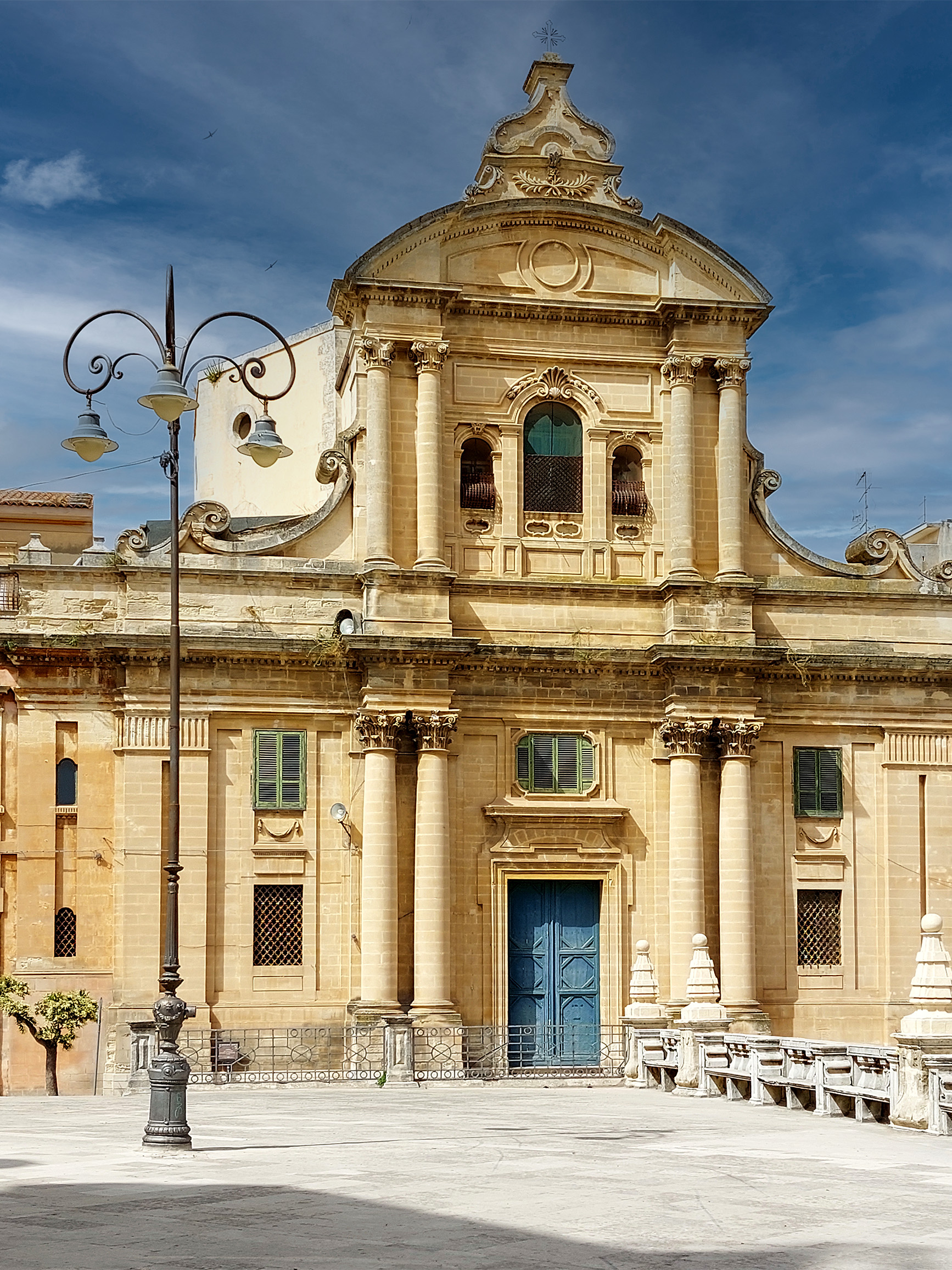
@giadaantonini_photography 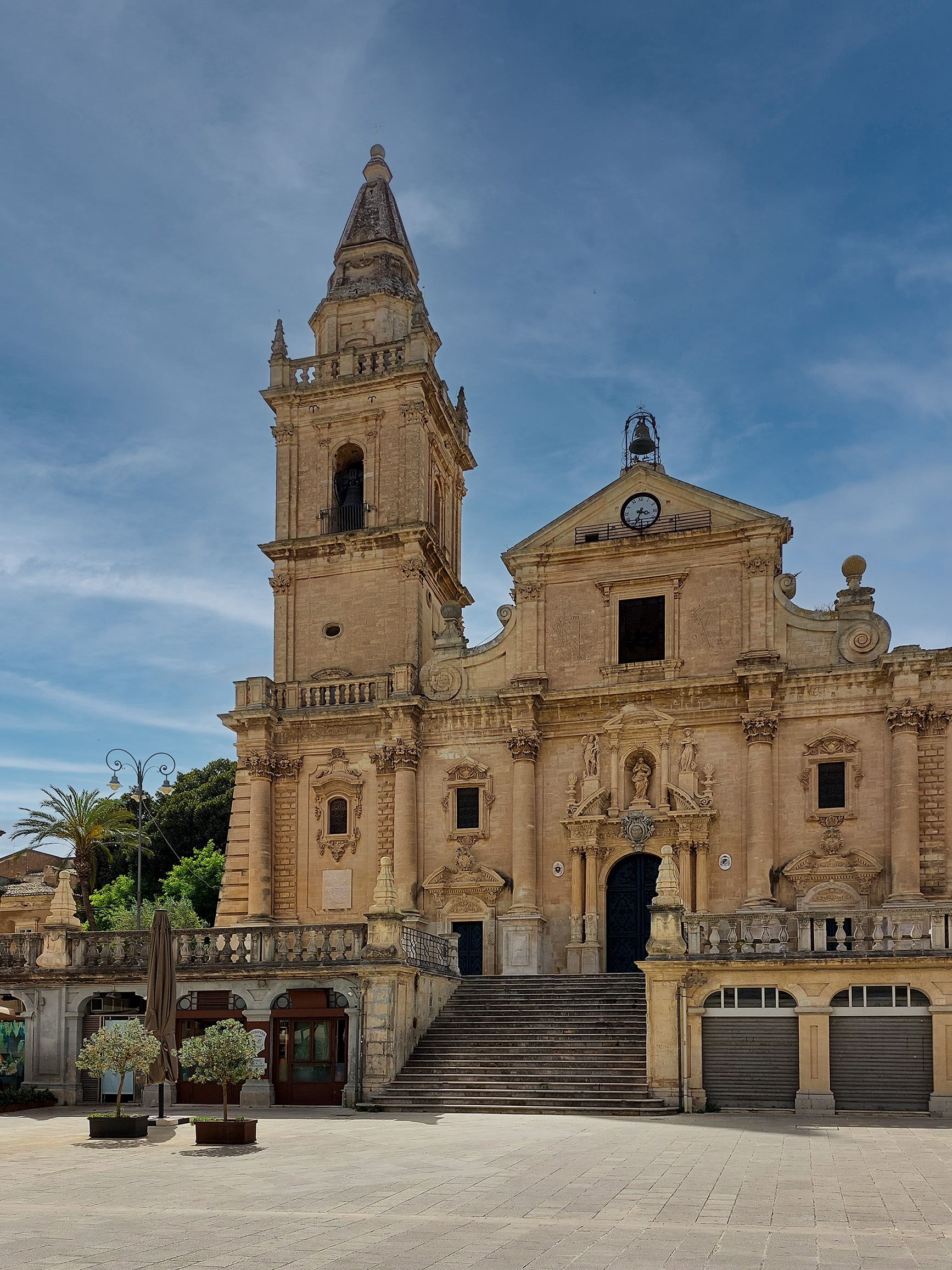
@giadaantonini_photography
- Sunset and evening: Marzamemi
At sunset you can choose to admire one of the three cities with the lights of the evening, or head towards Marzamemi, a wonderful fishing village with a magical atmosphere, full of bars and restaurants overlooking the sea that will give you a unique experience.
![]() Here you can take wonderful photos at sunset. Choose a spot on the waterfront where you can capture the sun reflected in the water and a scene of life, perhaps with some children playing or a fisherman’s boat, or some details of the iconic restaurants.
Here you can take wonderful photos at sunset. Choose a spot on the waterfront where you can capture the sun reflected in the water and a scene of life, perhaps with some children playing or a fisherman’s boat, or some details of the iconic restaurants.
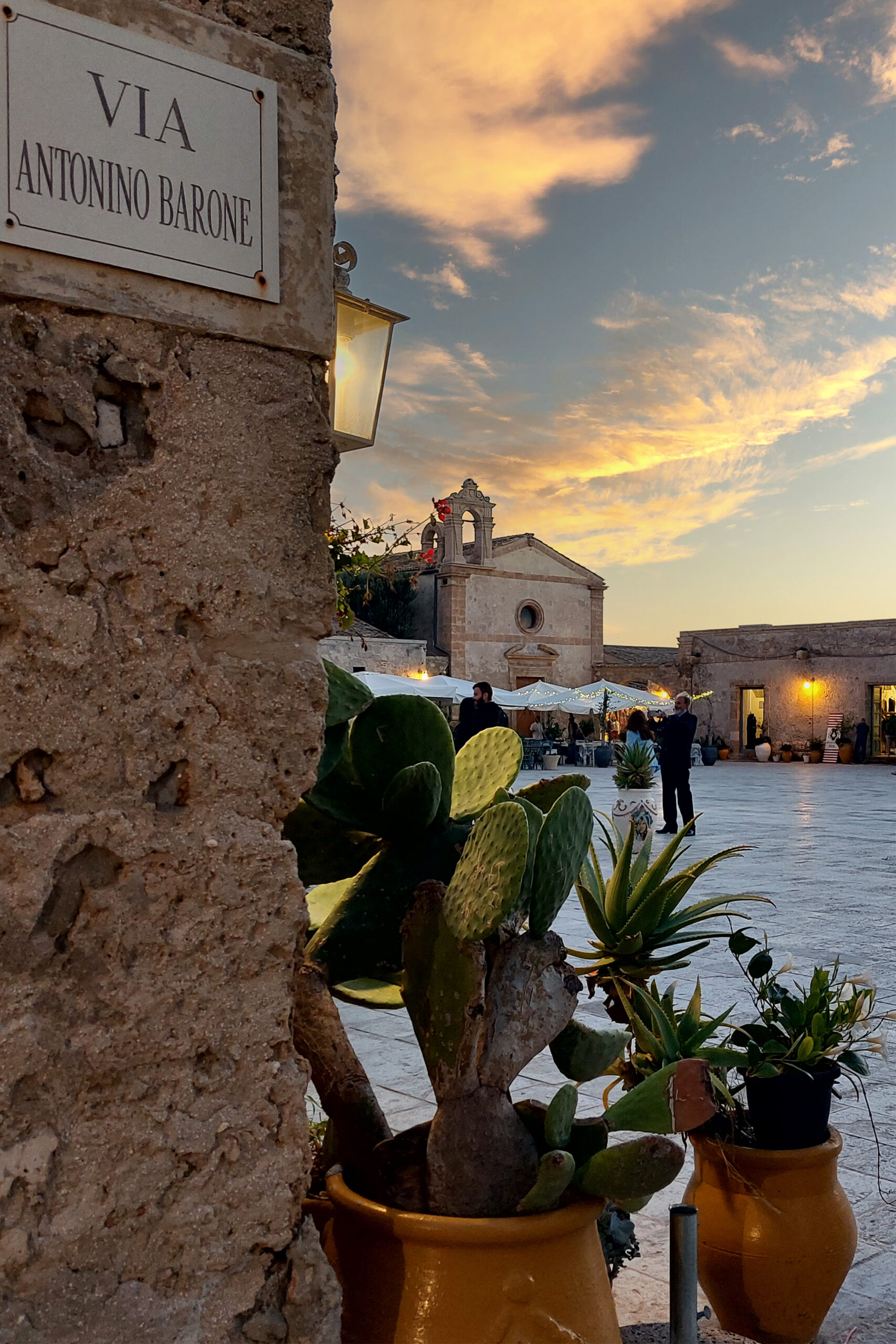
@giadaantonini_photography 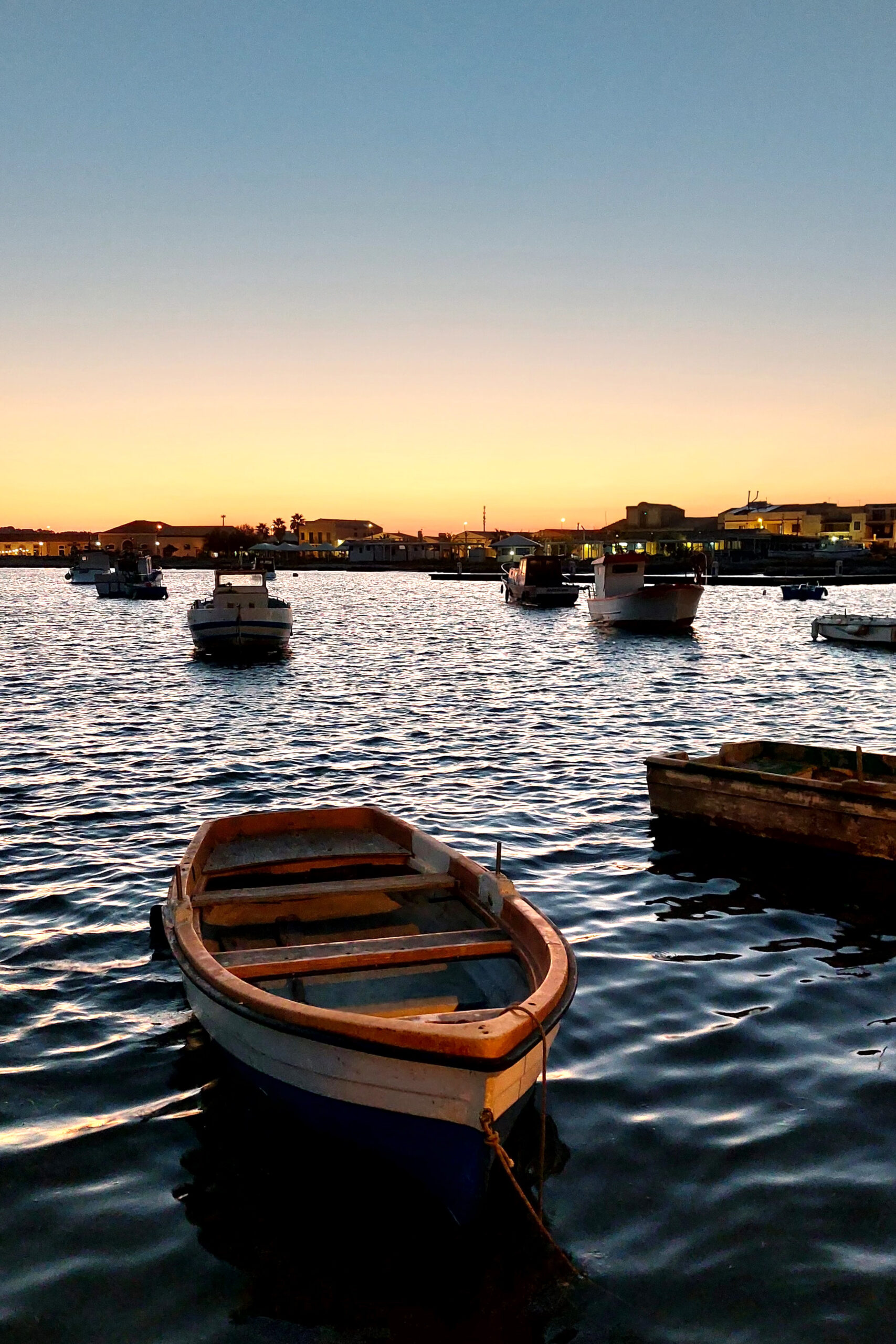
@giadaantonini_photography 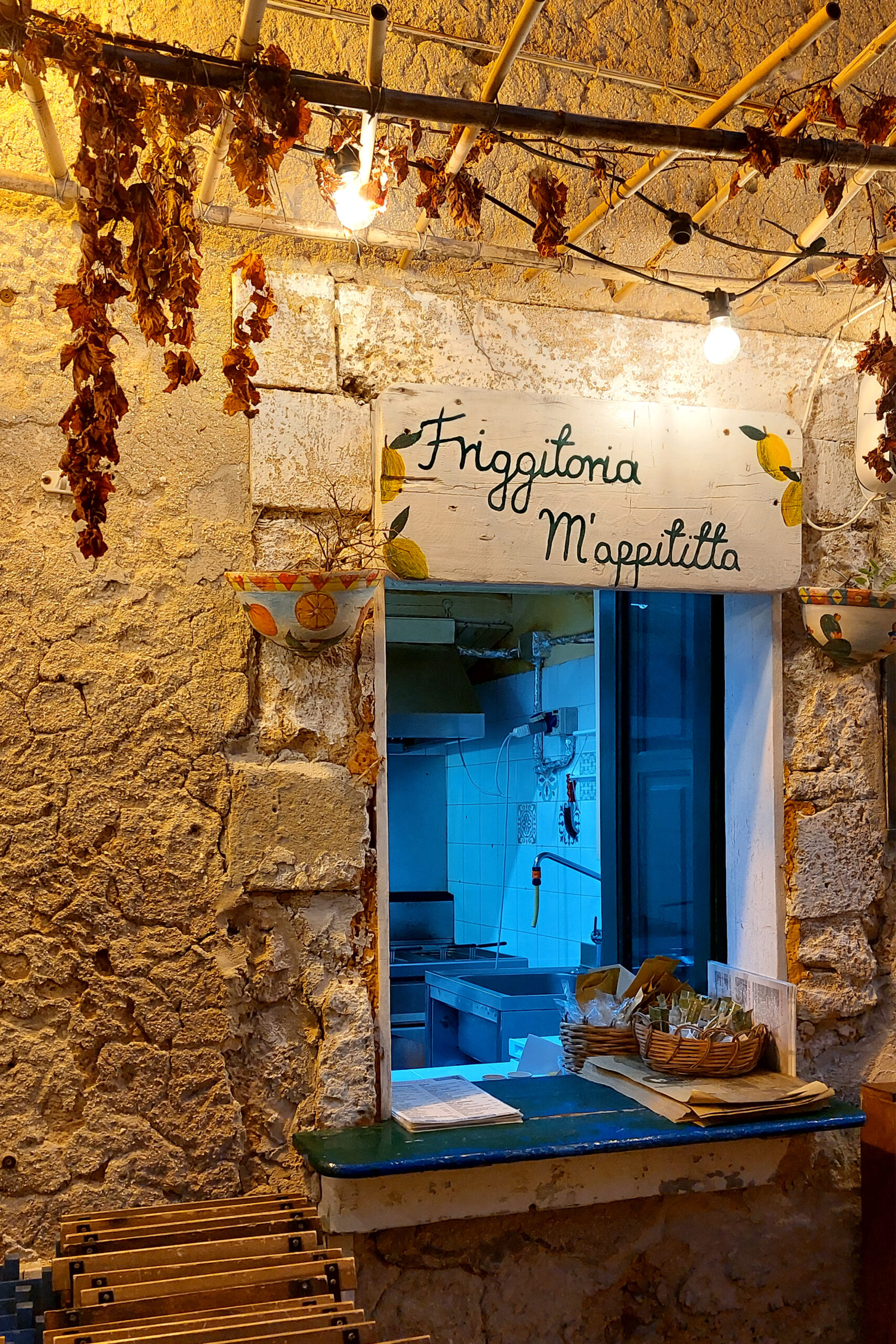
@giadaantonini_photography 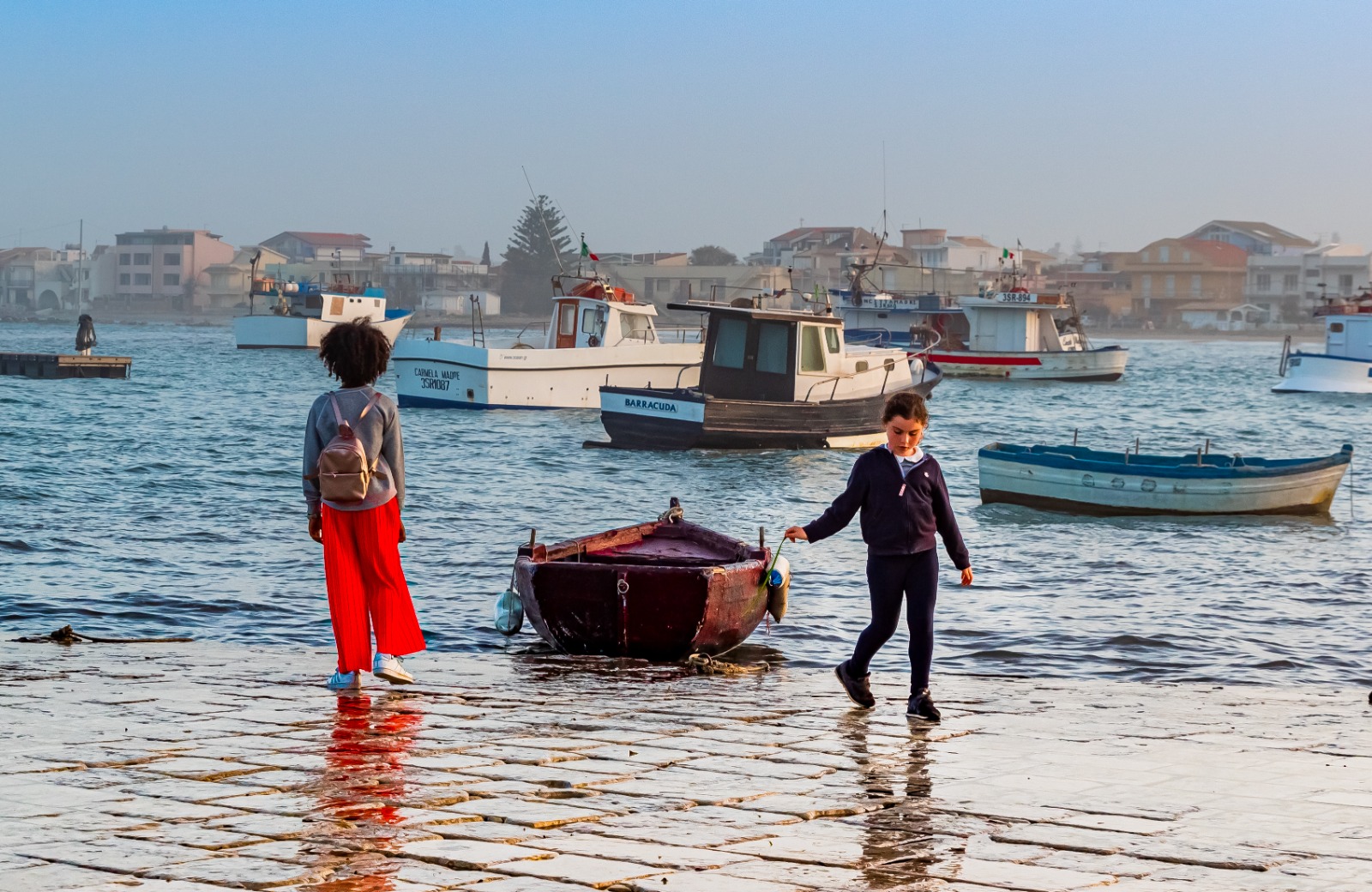
@damianocarpino_photography
Day 6: form Syracuse archeological park to the Scala dei Turchi
- Morning: Syracuse
Dedicate two hours to visiting the Archaeological Park of Neapolis, where you can admire the famous Ear of Dionysus, the Roman Amphitheater and the Greek Theater.
We recommend a lunch with a sandwich at La Salumeria dei fratelli Burgio, well known in the city and highly recommended for the variety and quality of the ingredients.
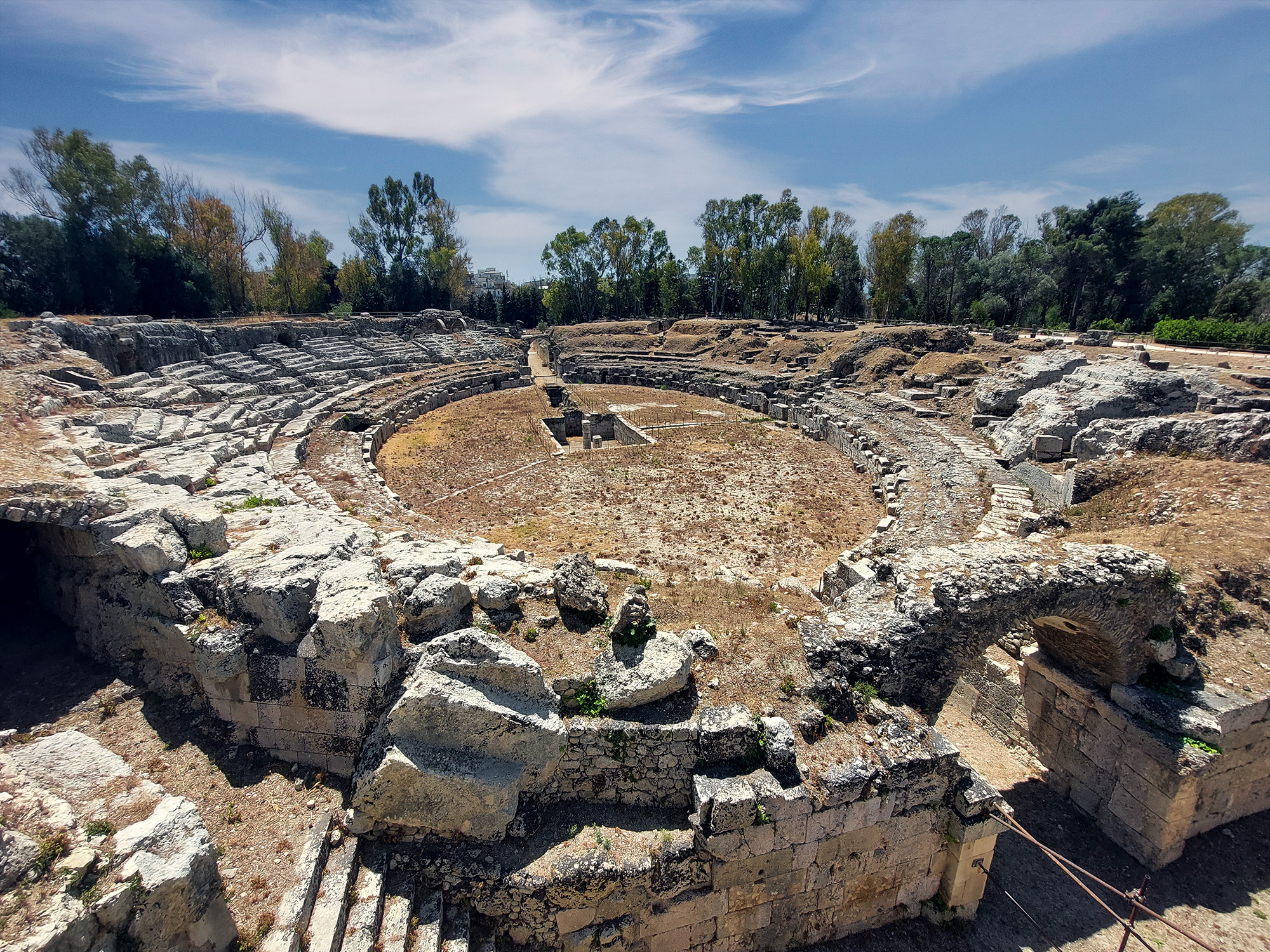
@giadaantonini_photography 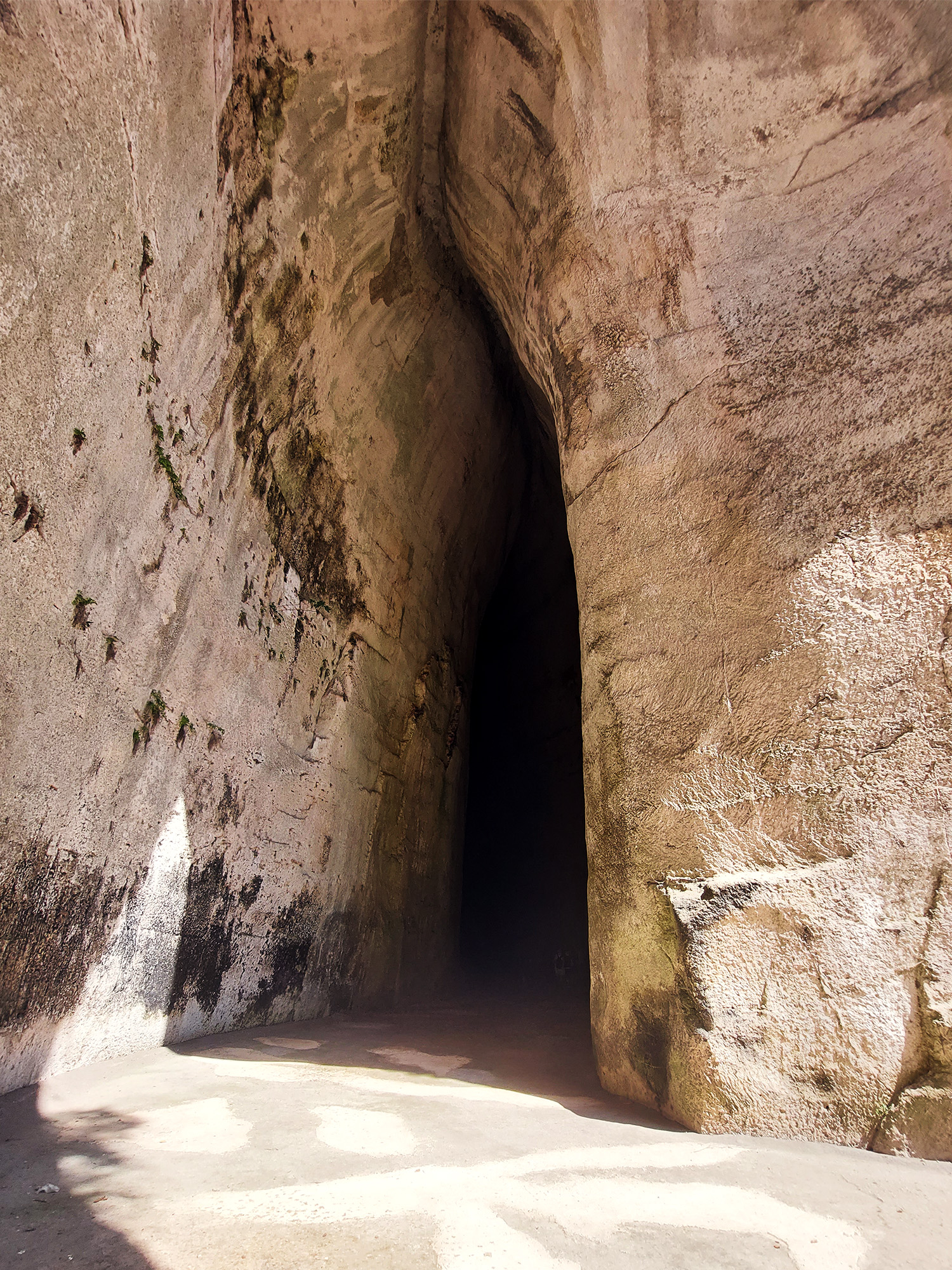
@giadaantonini_photography 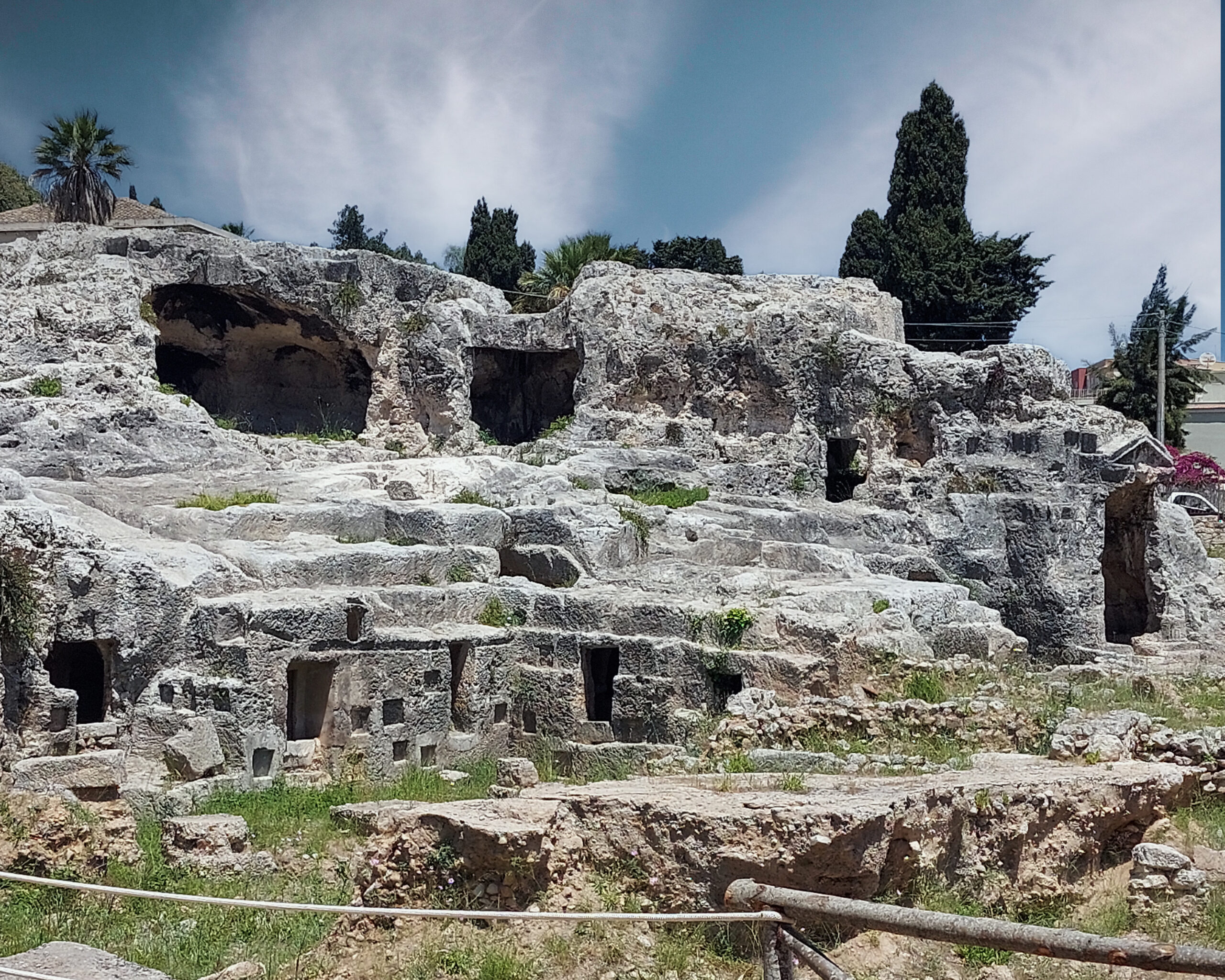
@giadaantonini_photography
- Afternoon and sunset: Scala dei Turchi
To get from Syracuse to Agrigento it will take about three hours by car.
But you will be in time to enjoy the sunset from the imposing Scala dei Turchi, one of the most famous tourist destinations in Sicily. This white rock cliff that slopes slowly towards the sea can be admired and photographed in all its splendor from the viewpoint along the panoramic Realmonte – Porto Empedocle road and from the beach below. Furthermore, having recently been made safe, it is now accessible to the public and you can walk along its steps immersed in a magical scenery.
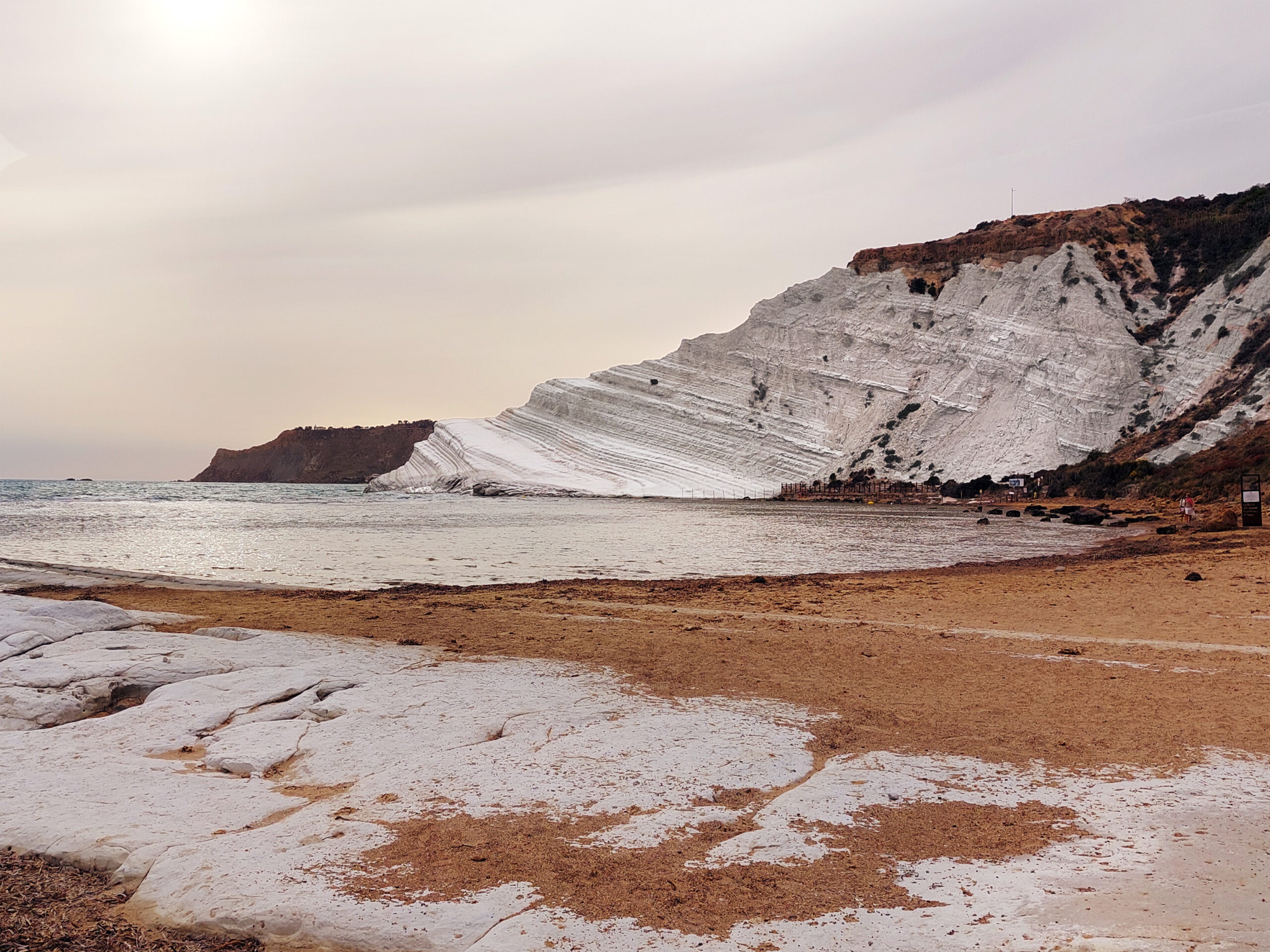
@giadaantonini_photography 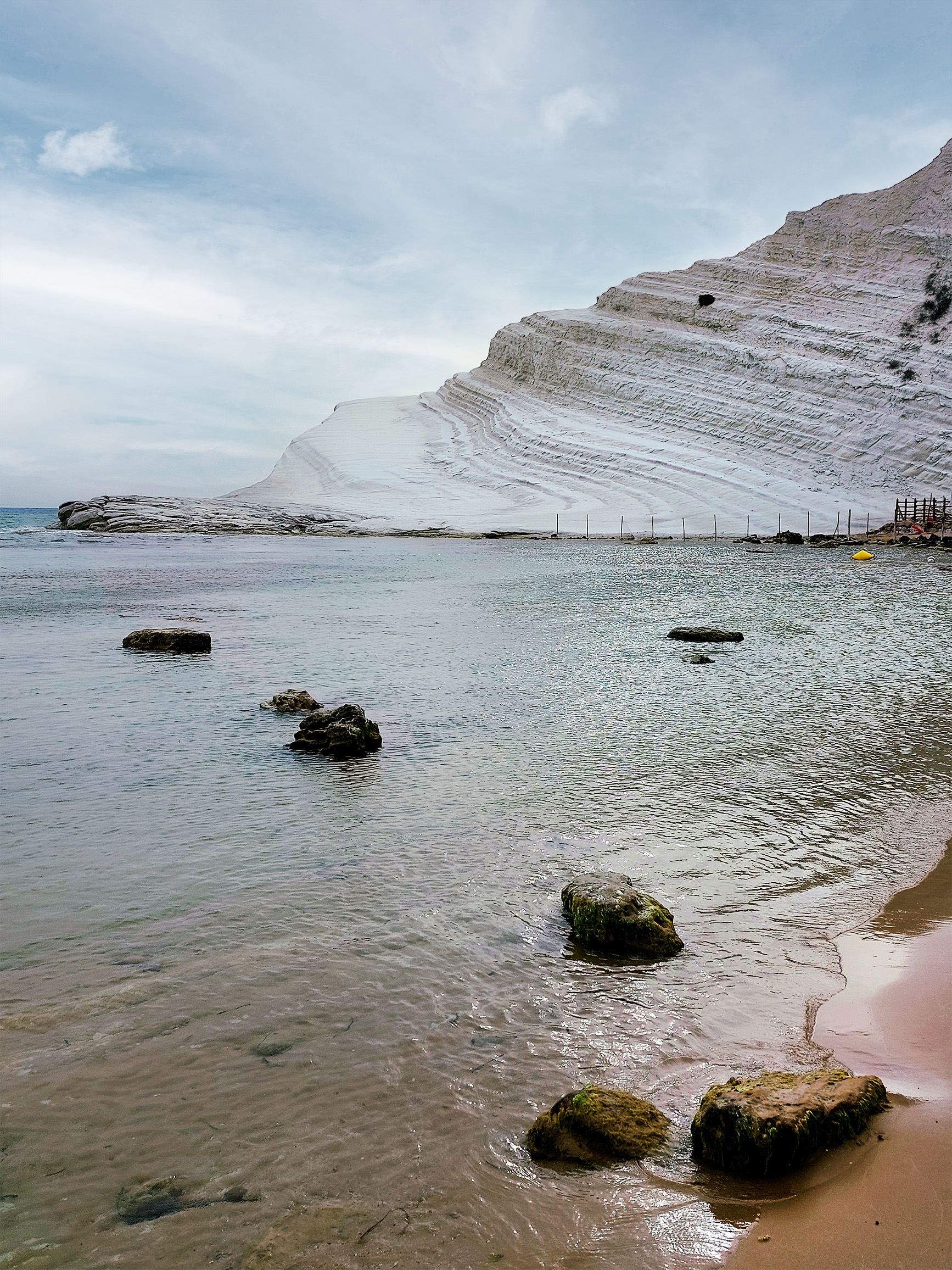
@giadaantonini_photography 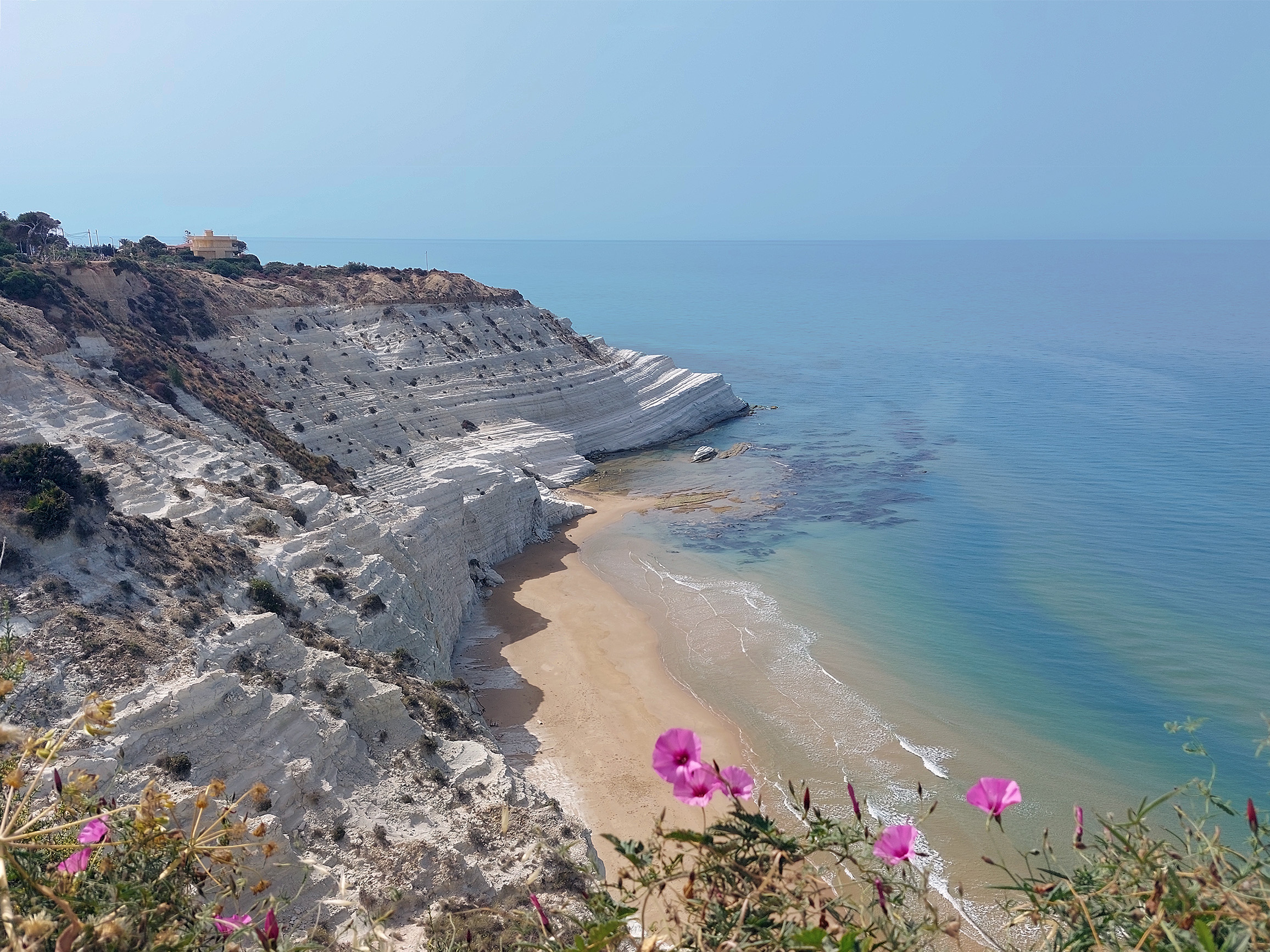
@giadaantonini_photography
Giorno 7: La Valle dei Templi e le saline di Marsala
- Morning: Valley of the Temples
One of the essential stops on a trip to Sicily is certainly the Valley of the Temples in Agrigento, an incredibly fascinating and impressive site, where the history of Magna Graecia lives on thanks to the immense archaeological heritage.
![]() We recommend buying tickets online from the official website and going to the entrance a little before opening, to avoid long lines and have the opportunity to capture the ancient temples without the crowd: you will get timeless shots.
We recommend buying tickets online from the official website and going to the entrance a little before opening, to avoid long lines and have the opportunity to capture the ancient temples without the crowd: you will get timeless shots.
Use the zoom choosing a spot not so close to the temples: in this way you can respect the vertical lines, and if there is a person near the temple, you will have a perfect “wow” effect with proportions.
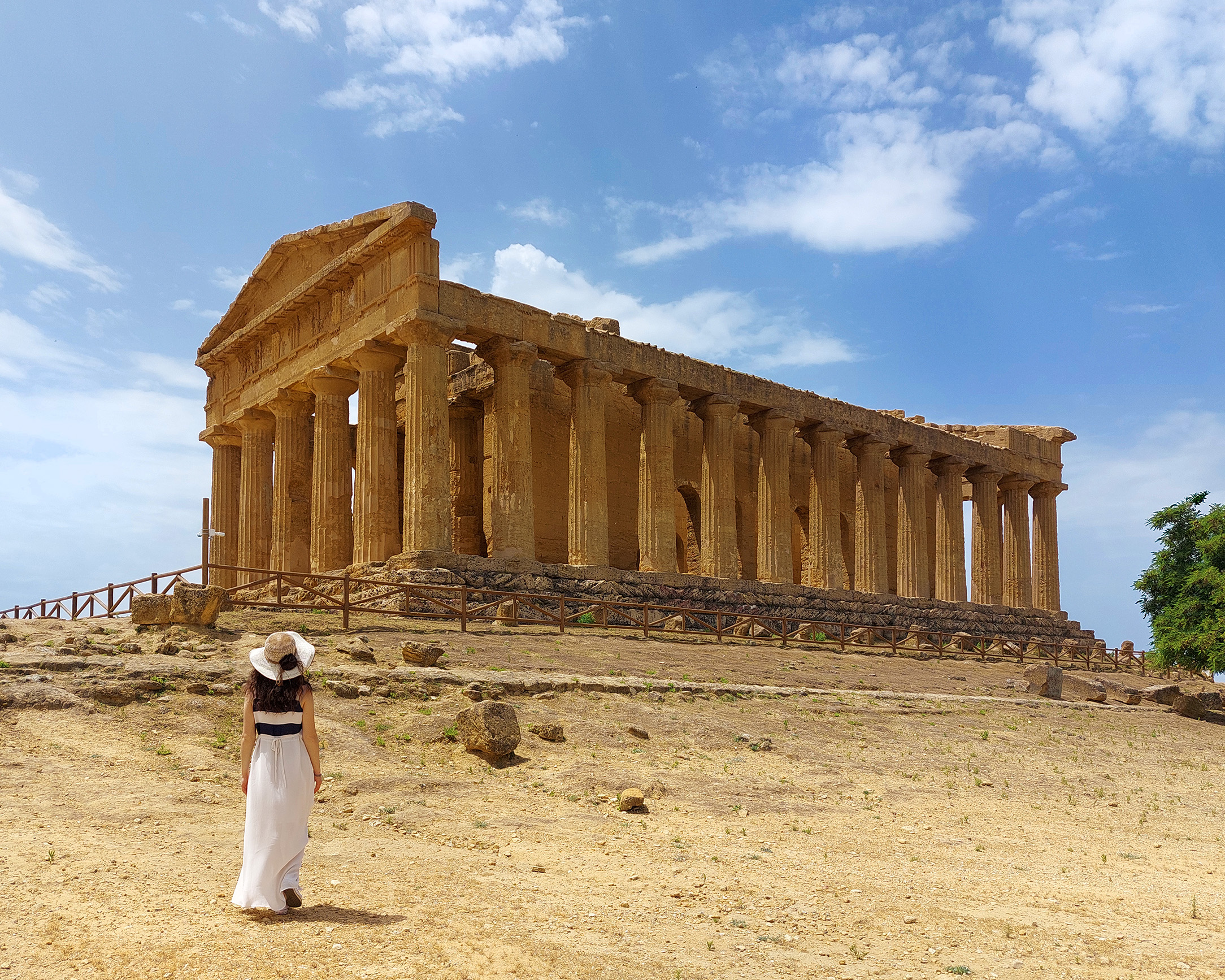
@giadaantonini_photography 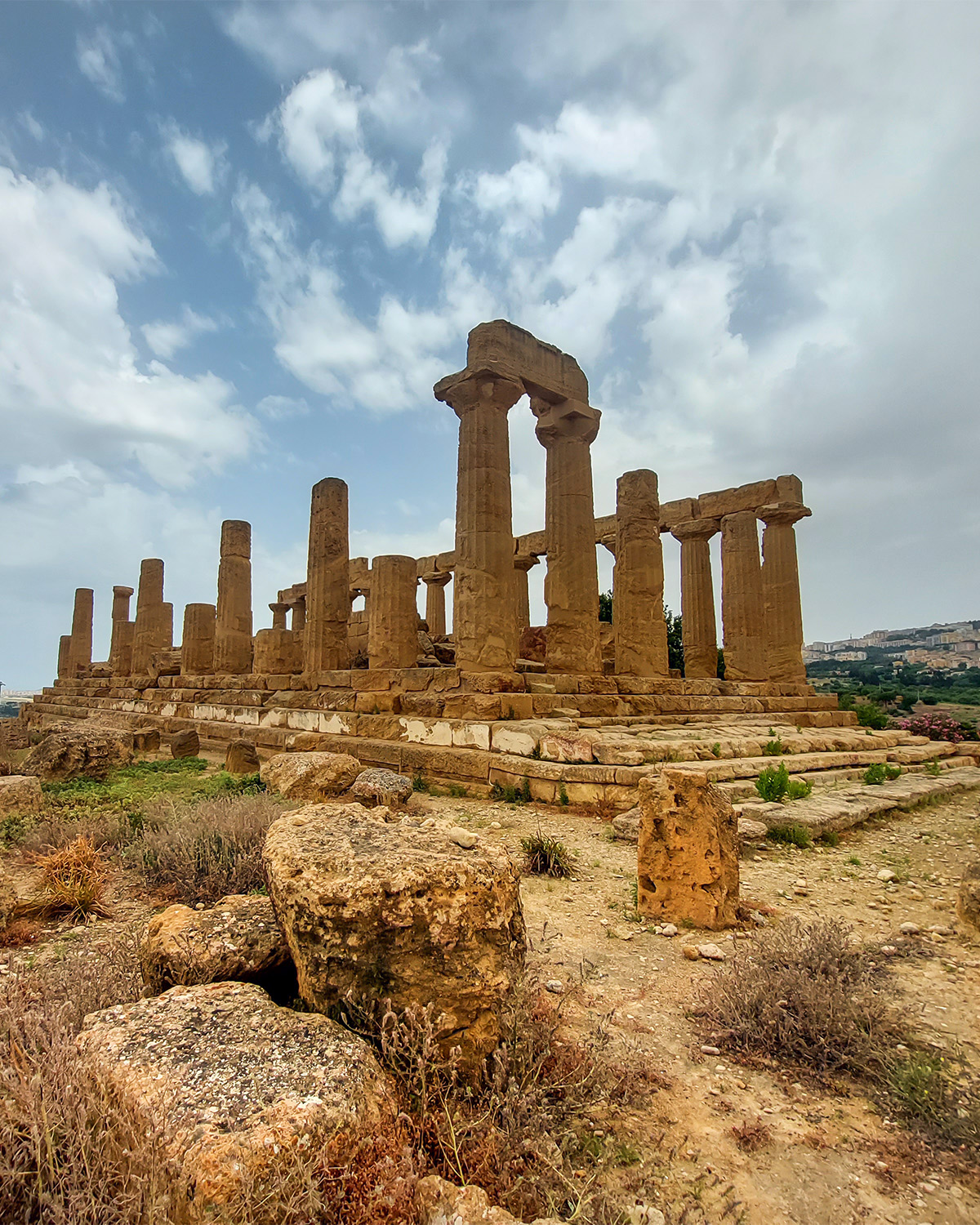
@giadaantonini_photography 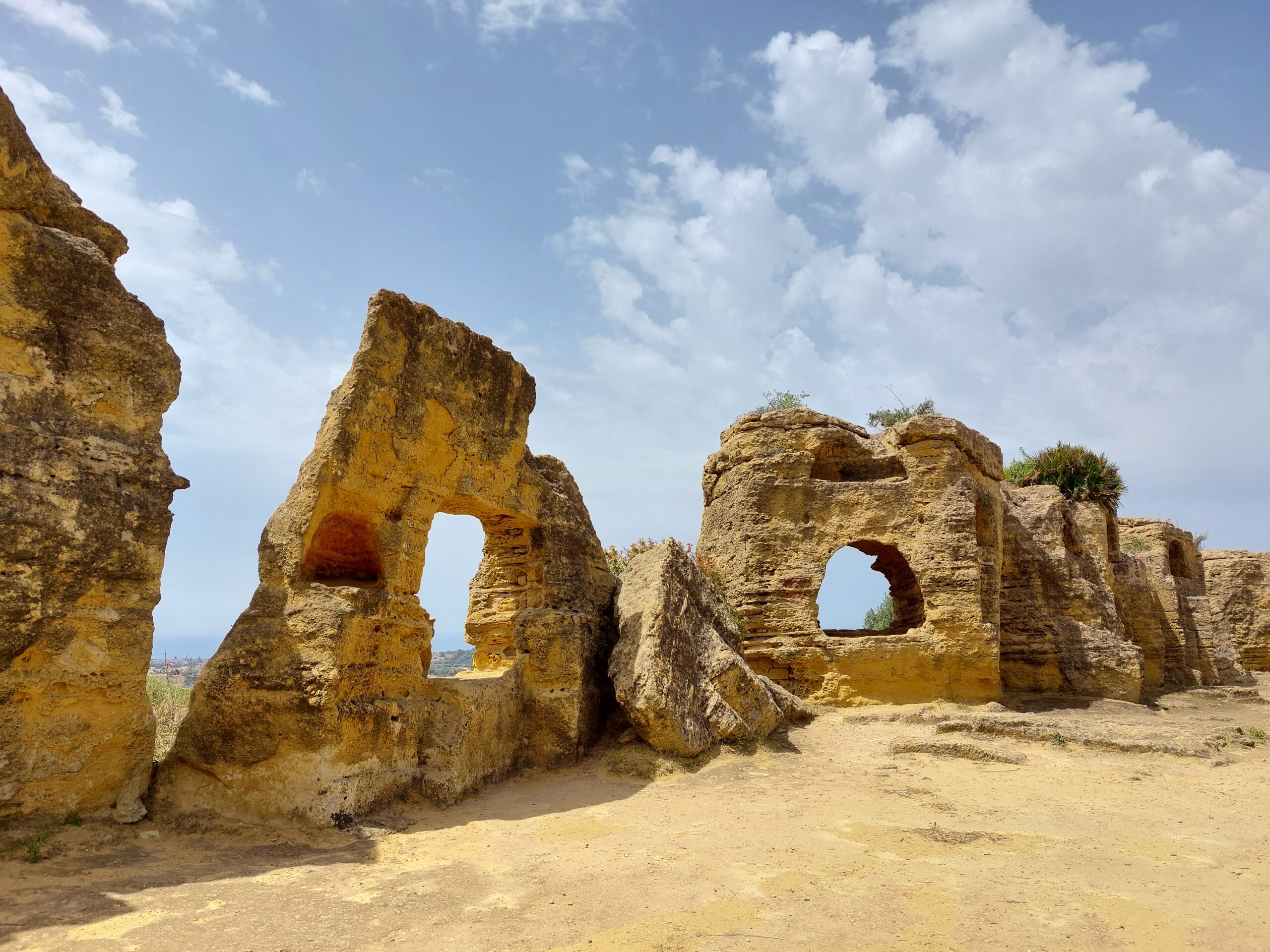
@giadaantonini_photography
- Sunset and evening: Marsala salt Pans
After the visit, leave for another great marvel, the Salt Pans of Marsala, one of the most evocative places of the entire journey. After two hours by car, a paradisiacal landscape will open, where the colors given by the salt tanks and the characteristic mills will be the protagonists in your photos.
Go to the Saline Ettore e Infersa (SEI), where you can live unique experiences walking among the salt pools and the mills and listening to the history of this place. Online you can discover and book all the experiences offered, which also include the wonderful landscapes of Isola Lunga, with nature trails and exclusive wellness programs.
![]() Don’t miss the view from the roof-top bar, truly incredible with the sunset lights: an explosion of pinks and reds that merge between earth and sky, interrupted only by the dove-grey shades of the pool curbs and the mills.
Don’t miss the view from the roof-top bar, truly incredible with the sunset lights: an explosion of pinks and reds that merge between earth and sky, interrupted only by the dove-grey shades of the pool curbs and the mills.
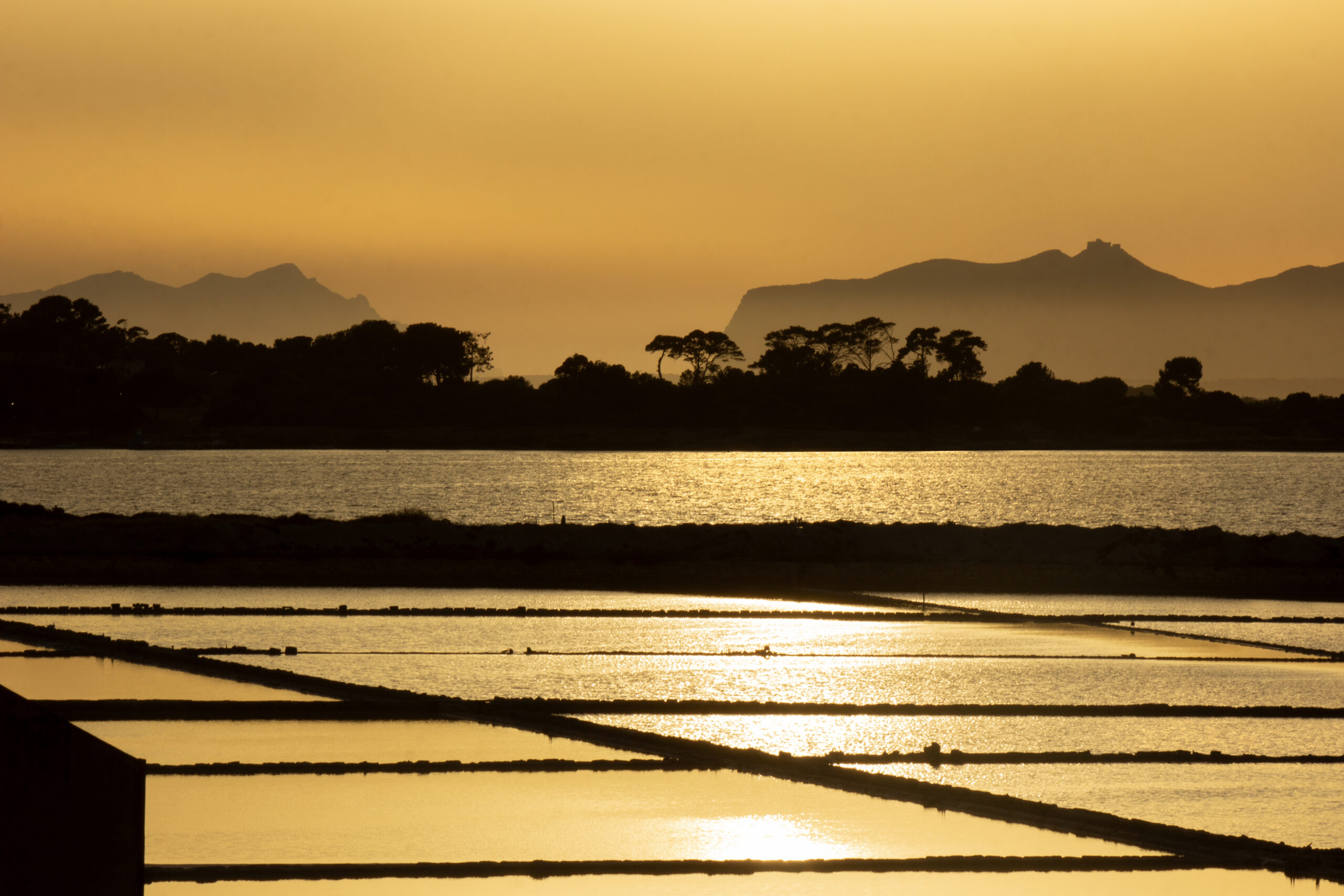
@giadaantonini_photography 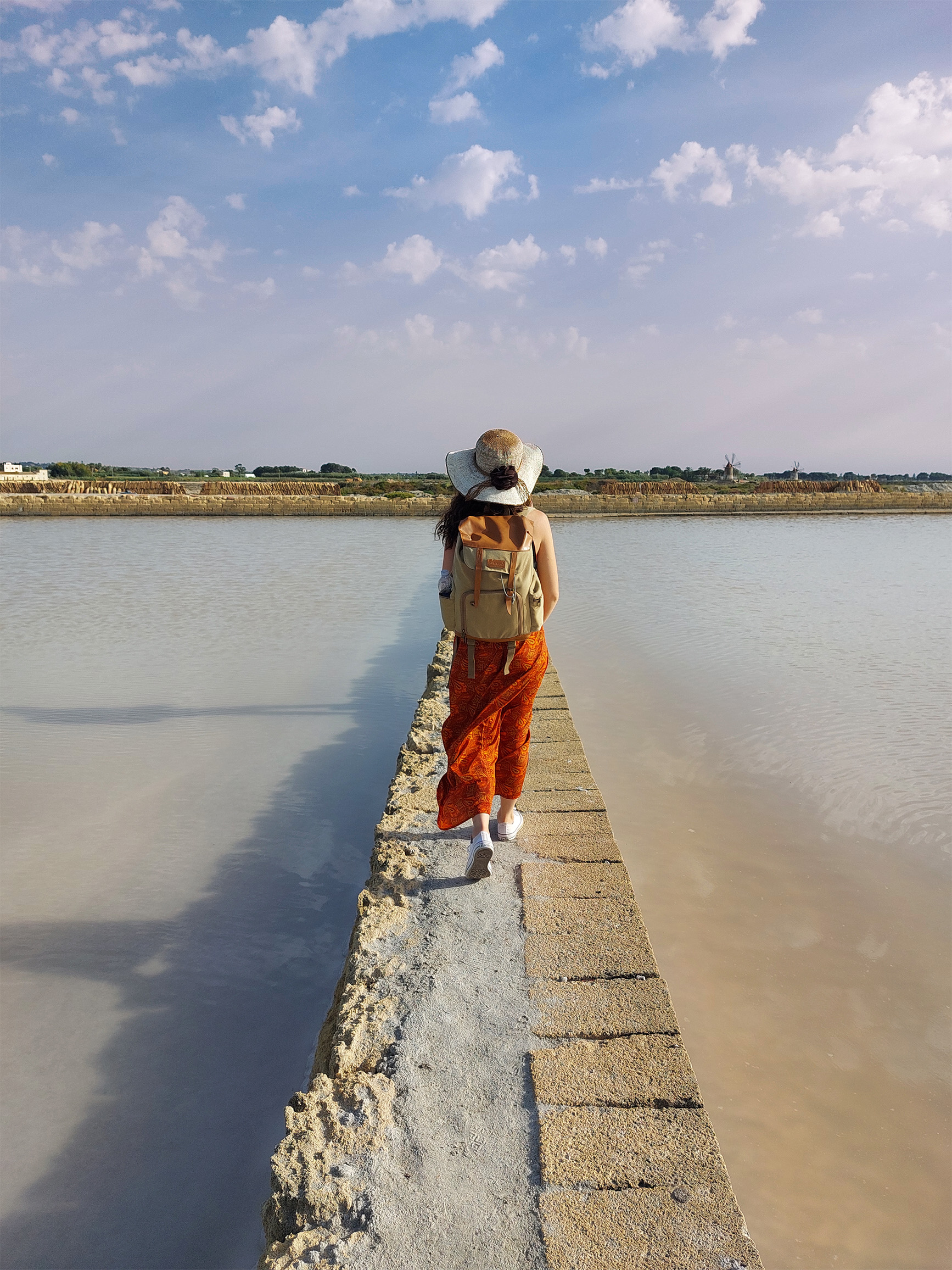
@giadaantonini_photography 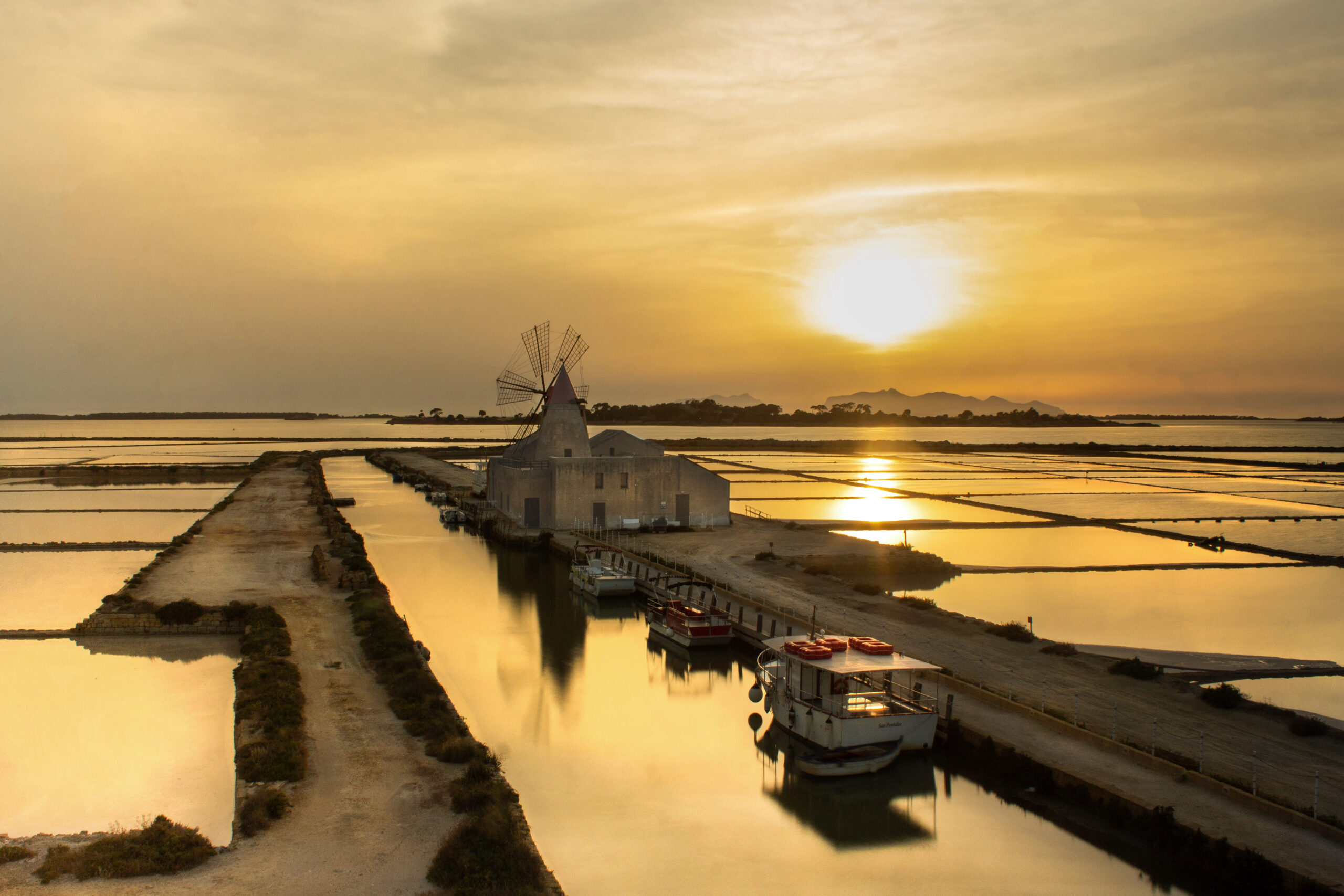
@giadaantonini_photography
Day 8: Marsala and Erice
- Sunrise: Marsala salt pans
Whether you are a photographer or not, it doesn’t matter, but the amazing view offered by the salt pans at dawn is worth waking up early. The silence, the colors, the shapes of this unique landscape, born from the careful fusion between nature and the hand of man, offers unforgettable emotions.
Take a car ride along Contrada Ettore Infersa and Contrada Spagnola, where characteristic views open up.
- Morning: the beaches of Marsala
You could stop at one of the beaches in the area, between Lido Signorino and Playa Blanca and move to the center of Marsala for lunch, tasting one of the delicious arancini from the famous Ragona bakery, simply irresistible.
- Afternoon and evening: Erice
Forty minutes from Marsala we find Trapani, the last stop on our itinerary.
From here, by cable car or by car, you can reach the enchanting medieval village of Erice, on the summit of Monte San Giuliano, from which you can enjoy a fabulous view of the city and the sea.
Lose yourself in its winding alleys, remaining enchanted at the sight of the Cathedral and the Torre del re Federico, which stands next to it. Then continue to the Castello di Venere and the Balio gardens, which offer views as far as the eye can see towards the coast.
We recommend having dinner and spending the evening here, among the small craft shops, clubs and pastry shops, which give off an inebriating scent.
![]() You will need a wide angle to capture the whole tower and the church. Then use a medium focal length to focus on the details of the craft shops and the medieval architecture.
You will need a wide angle to capture the whole tower and the church. Then use a medium focal length to focus on the details of the craft shops and the medieval architecture.
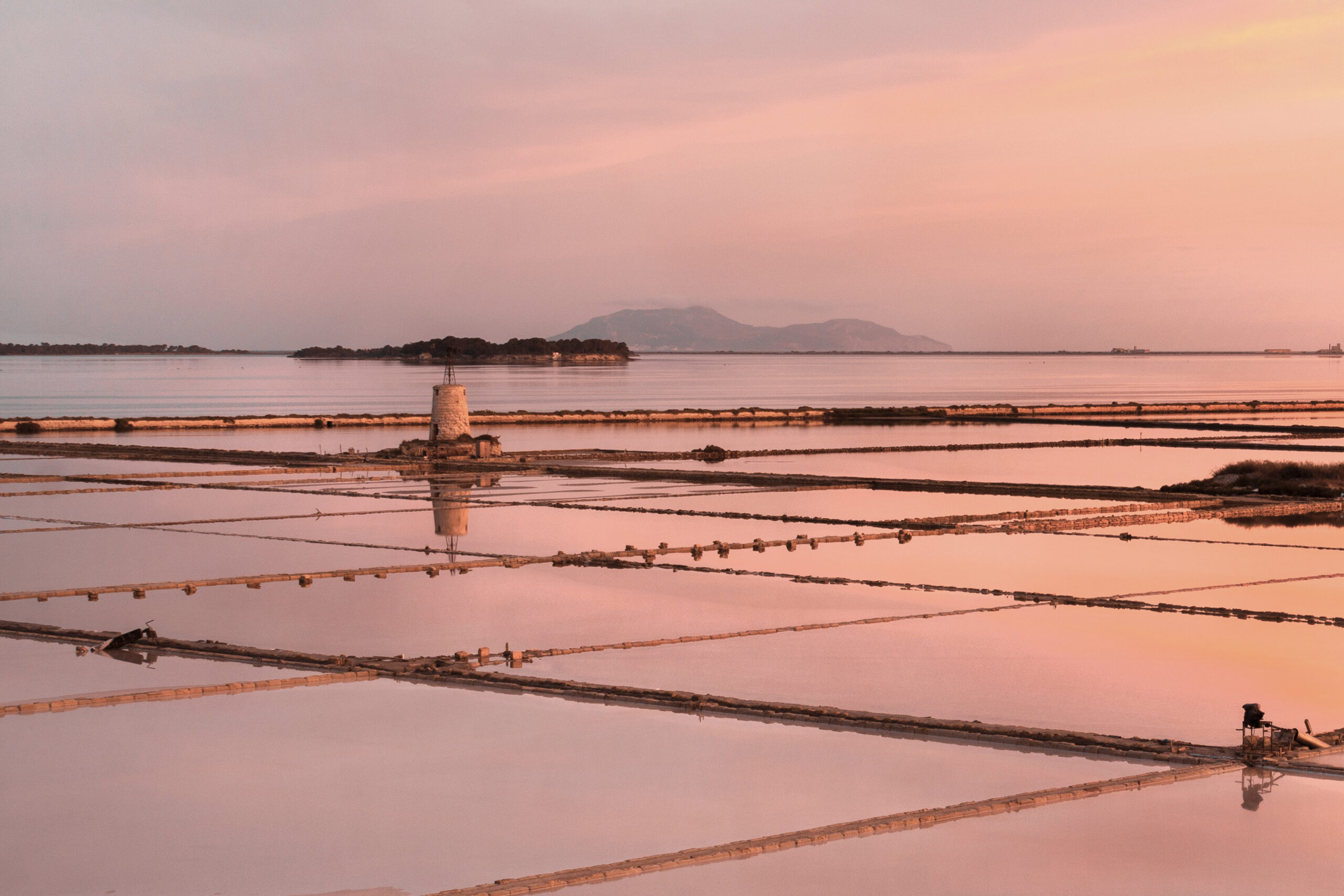
@giadaantonini_photography 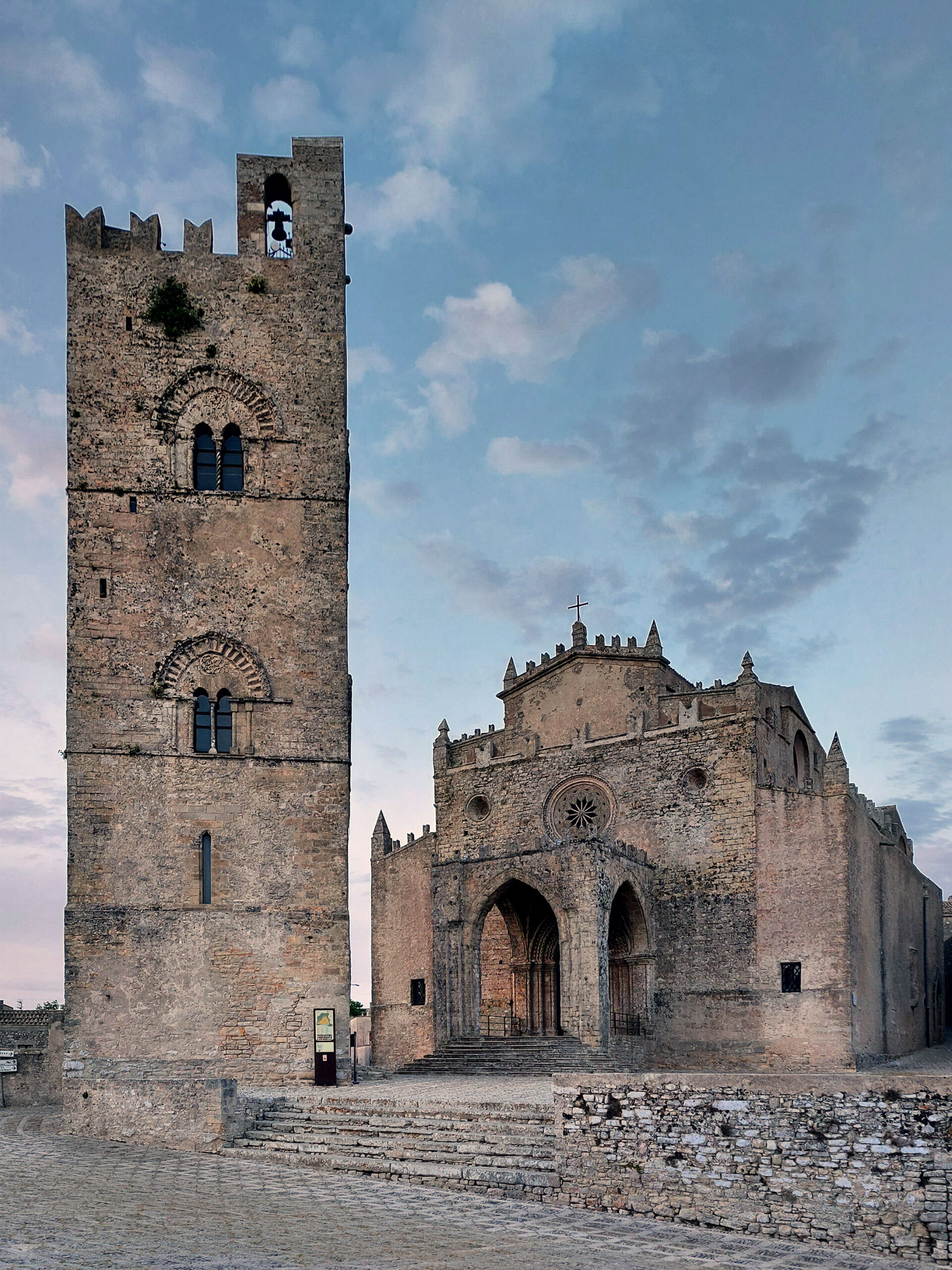
@giadaantonini_photography 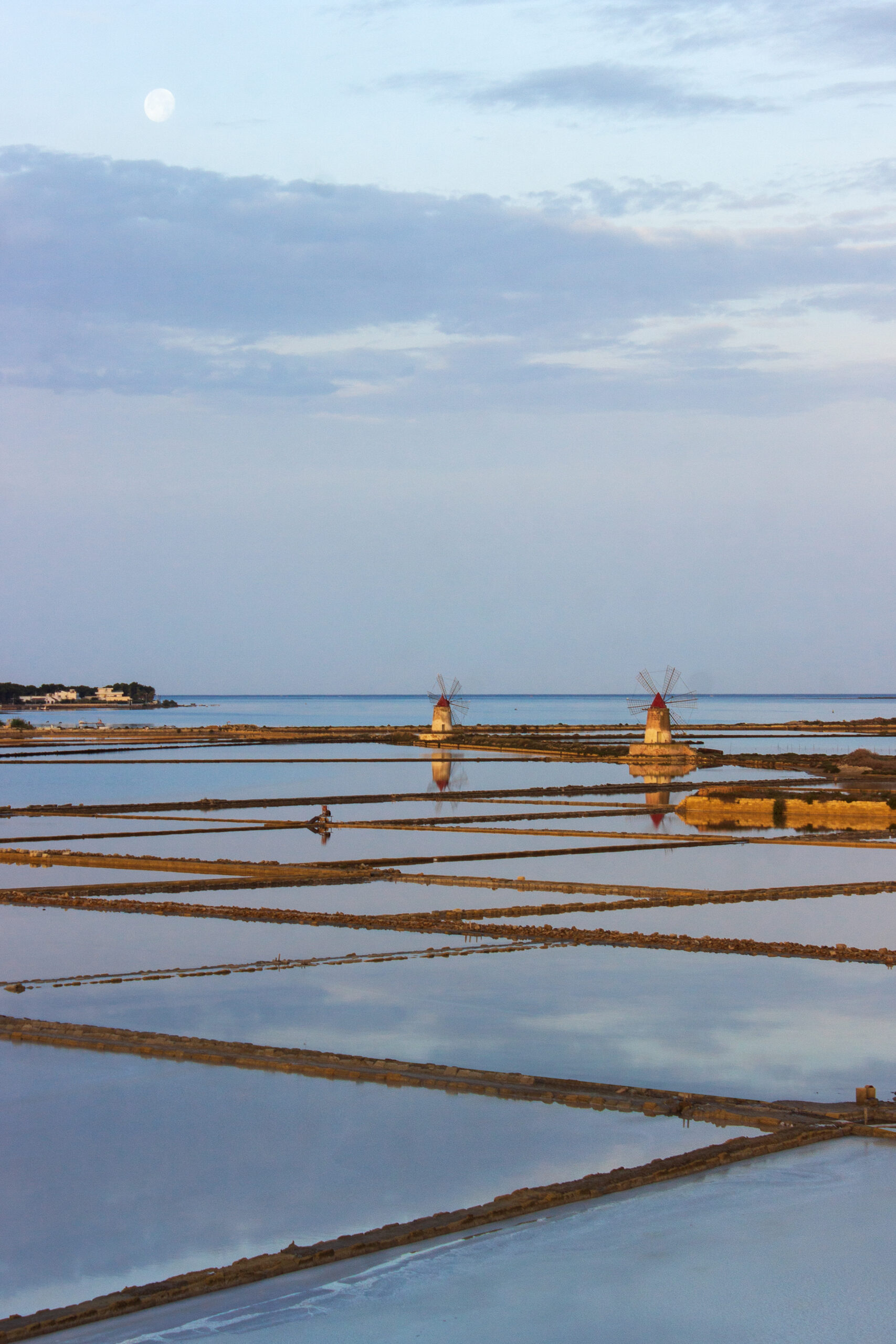
@giadaantonini_photography 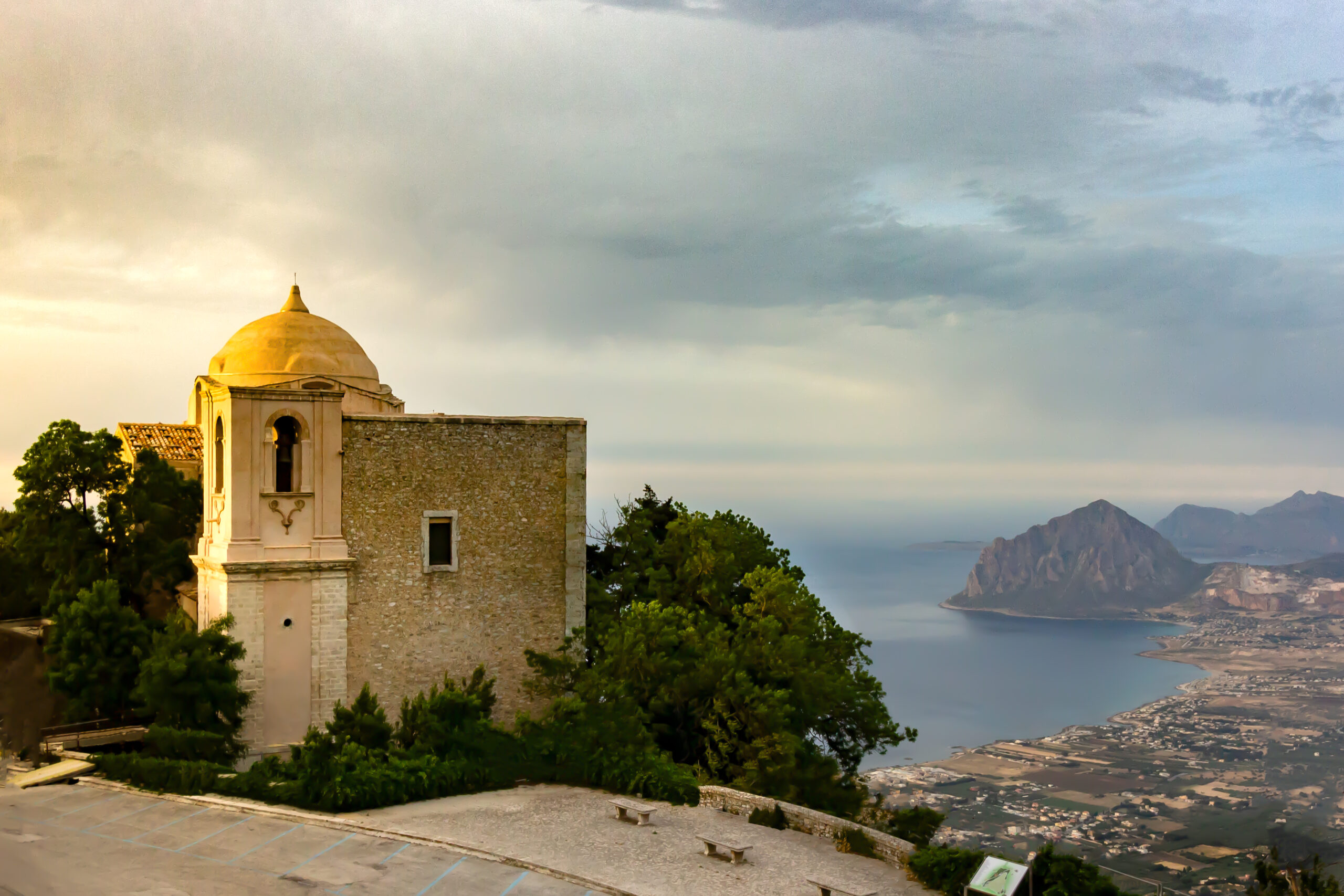
@giadaantonini_photography
Day 9: Trapani
- Morning: visit of the city
Trapani amazes with its colorful houses overlooking the sea and the old streets, where you can breathe the atmosphere of Sicily. Our advice is to go through the streets of the center, from Corso Italia, continue towards the Saturno Fountain, the Torre dell’Orologio and the Cathedral of San Lorenzo, until you reach the Torre di Ligny. Going back, choose the seafront roads via Mura di Tramontana Ovest and via Dante Alighieri, which offer spectacular views of the city and the sea.
![]() Compose your shoot with the coloured facades and the waterfront, then stop also to photograph the elegant city streets. Be careful to respect the vertical lines.
Compose your shoot with the coloured facades and the waterfront, then stop also to photograph the elegant city streets. Be careful to respect the vertical lines.
- Afternoon: the beaches
Even the beaches around Trapani are wonderful. Among these, the closest to the city is Lido San Giuliano, where you can relax before leaving again.
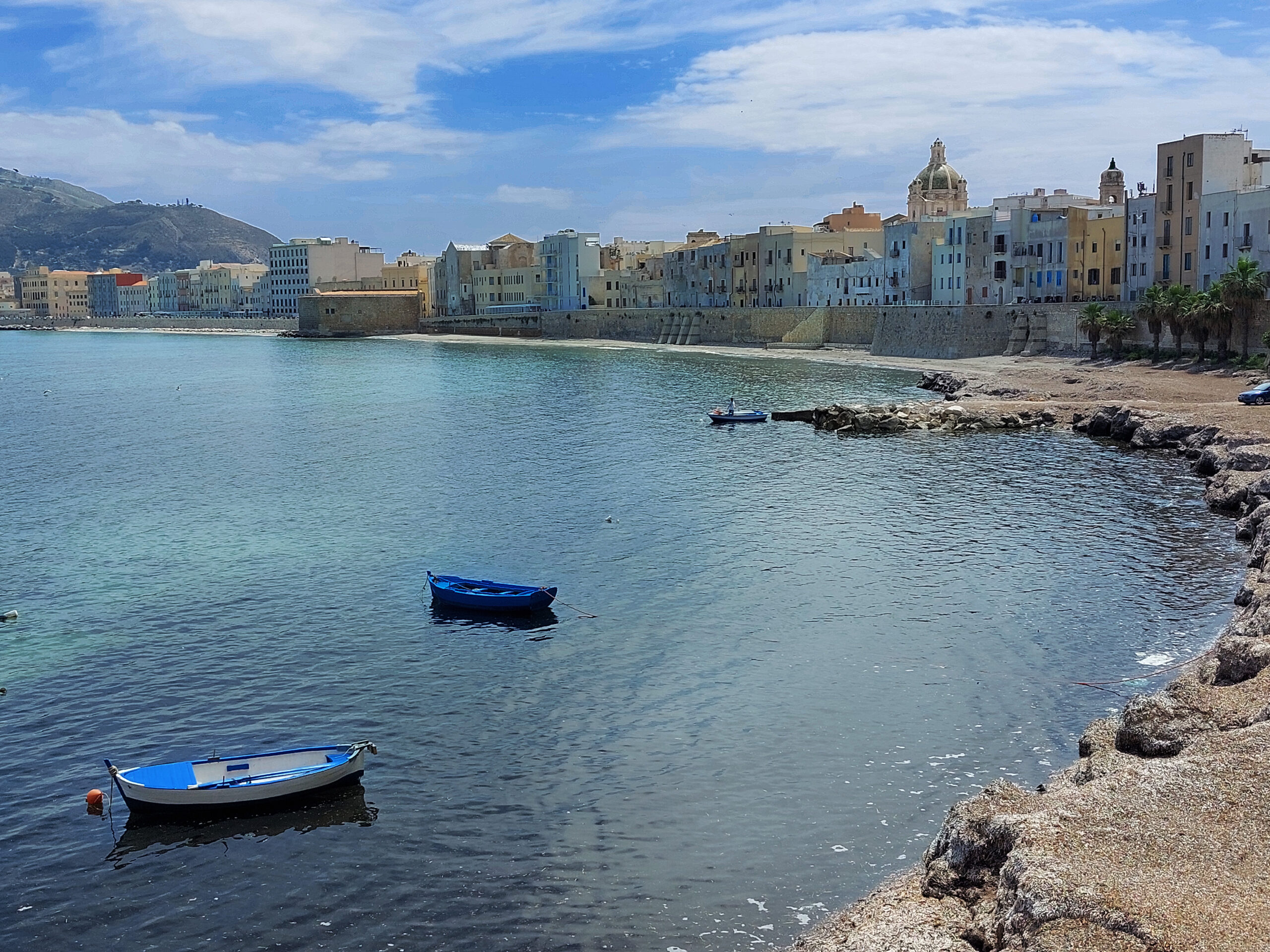
@giadaantonini_photography 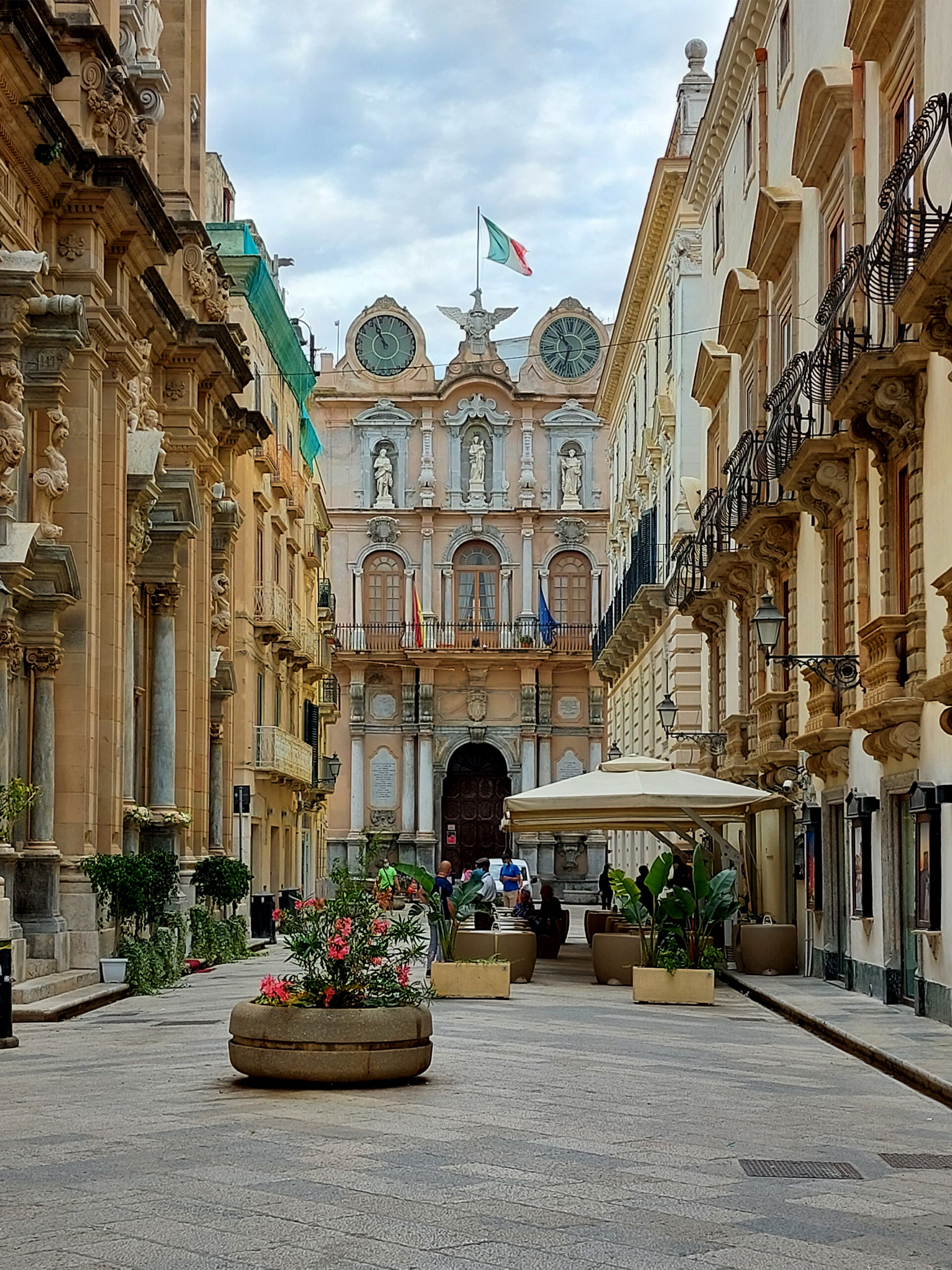
@giadaantonini_photography 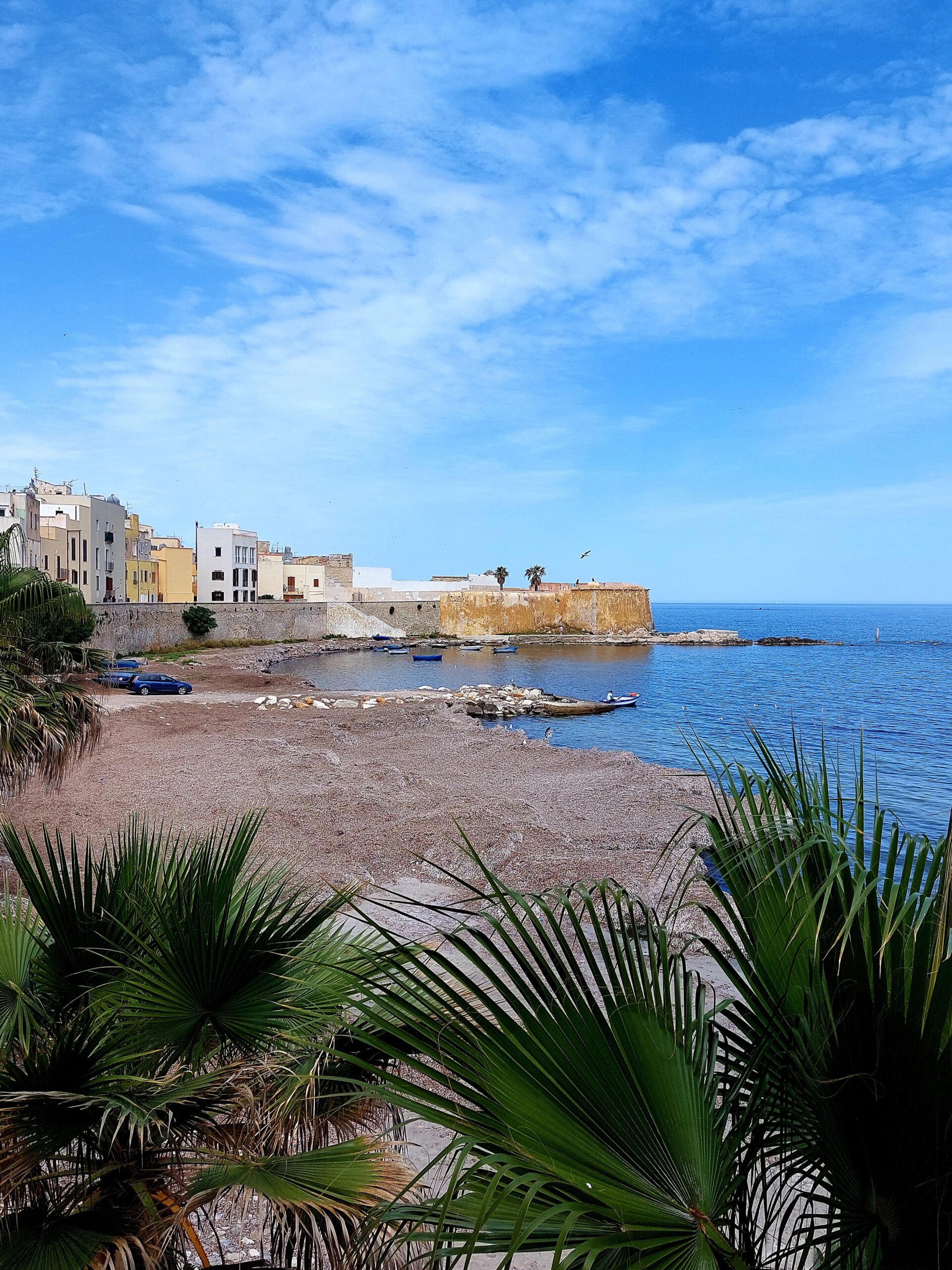
@giadaantonini_photography 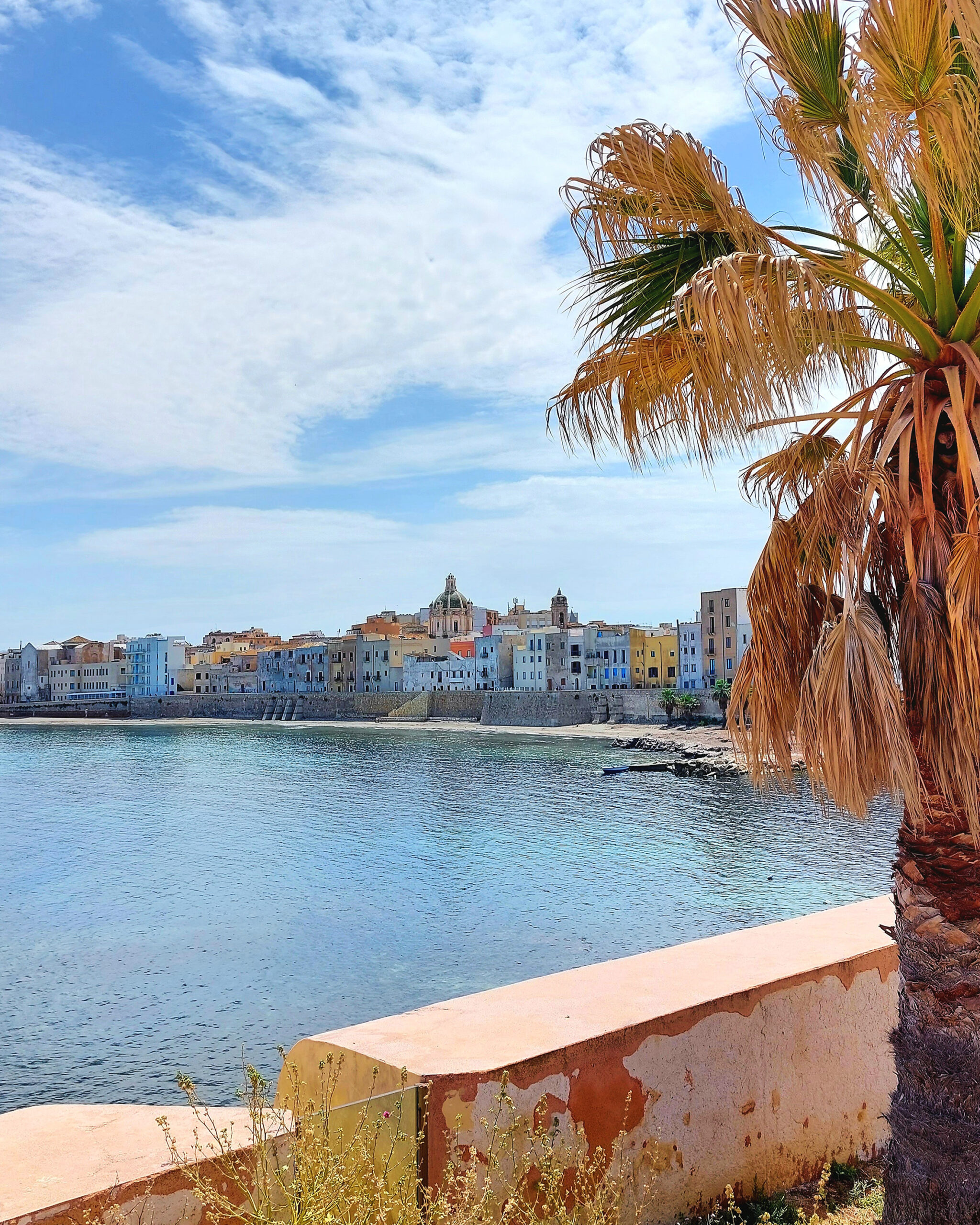
@giadaantonini_photography 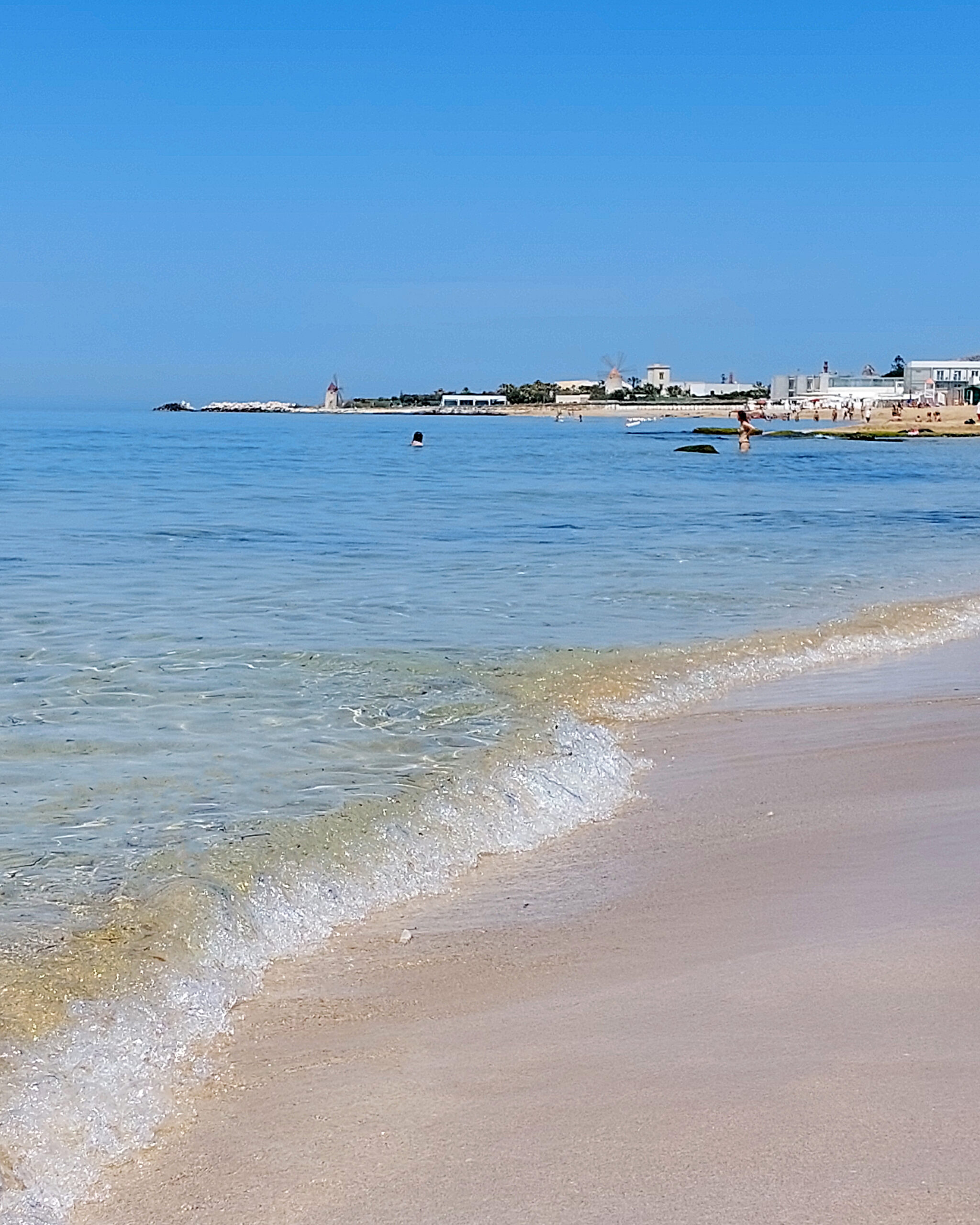
@giadaantonini_photography
Do you want to discover more?
For those who choose to stay a few more days and want to continue the itinerary, we recommend visiting the island of Favignana, with its crystalline sea, the area of San Vito Lo Capo and the Zingaro Nature Reserve, up to the wonderful city of Palermo. Nearby, don’t miss the majestic Cathedral of Monreale.
What are you waiting for?
Follow our tips and get ready for your next rip to Sicily!
If you like our article, write it in the comments and share it!
To not miss the next article and all the other travel and photography tips, subscribe to our newsletter!
Follow us on Instagram and Facebook and share your pics with the tag @imagomap or the hashtag #imagomap!

